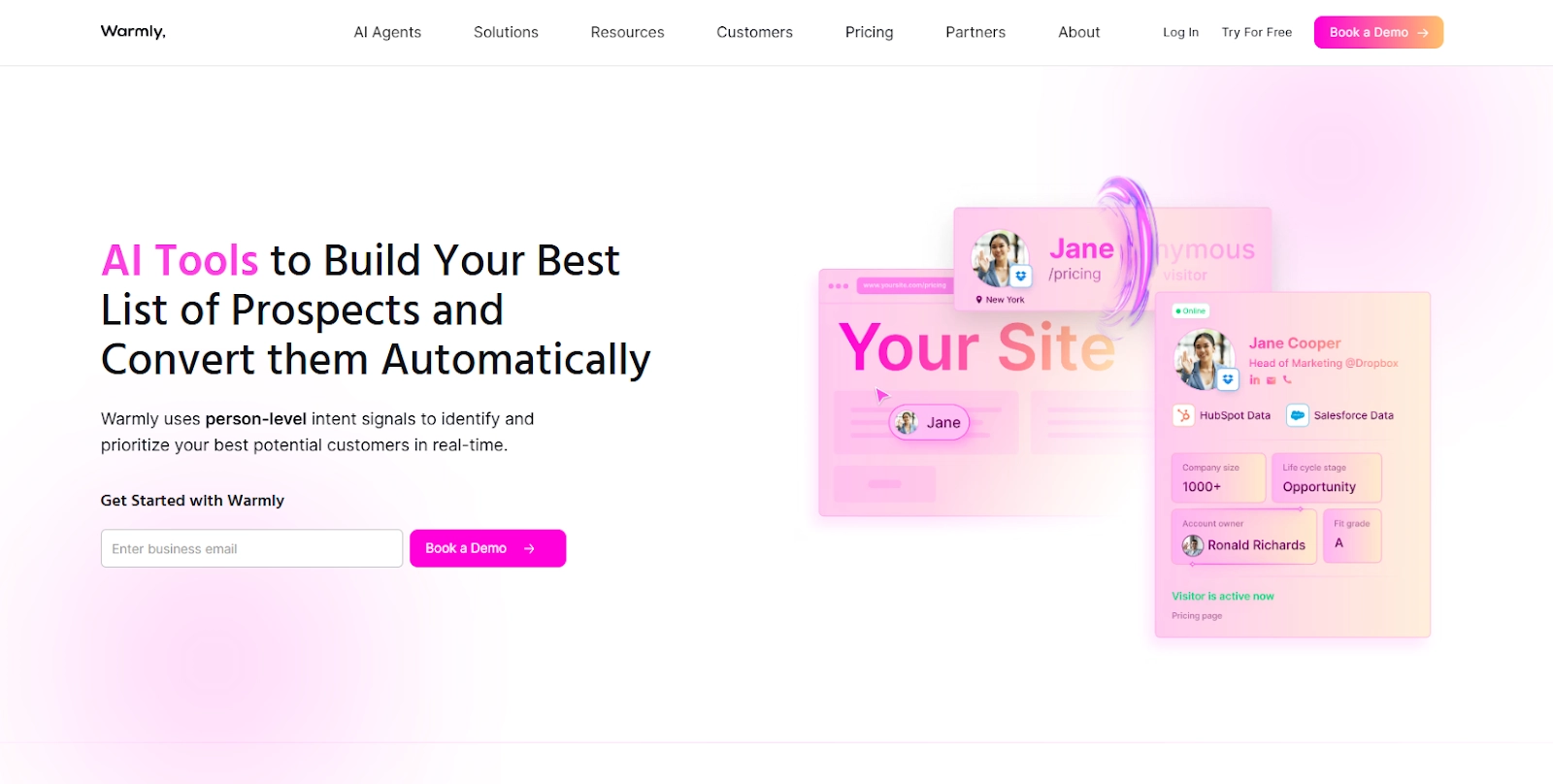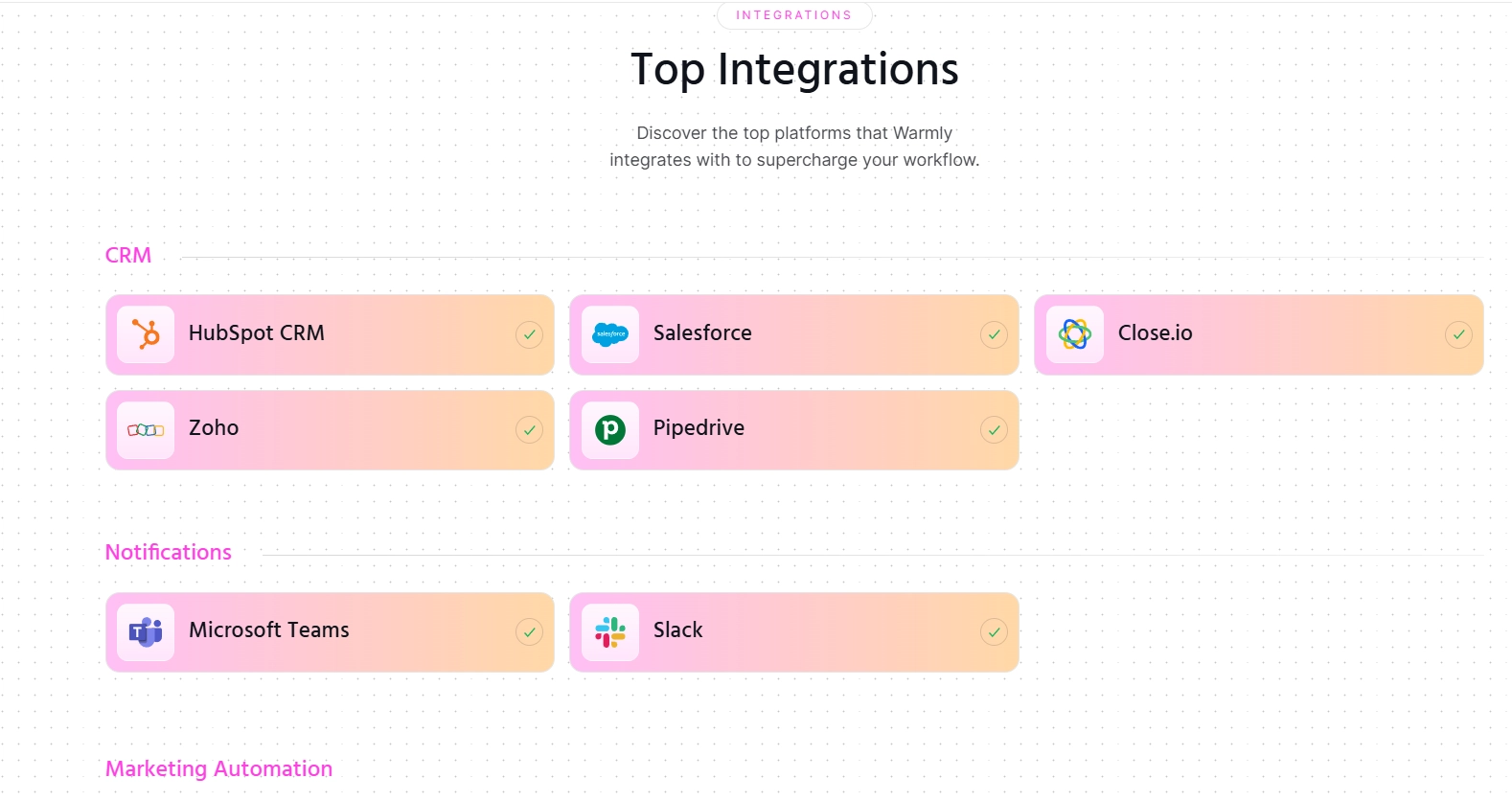![10 Best Skrapp.io Alternatives & Competitors [2026]](https://cdn.prod.website-files.com/6506fc5785bd592c468835e0/6933082ef8bdf9c510f74cc8_skrapp.webp)
10 Best Skrapp.io Alternatives & Competitors [2026]
It’s simple: plug in a profile, pull an email, export to your CRM or spreadsheet, repeat.
But once outbound scales and becomes more complex, a few questions usually pop up:
- Is Skrapp’s data accurate enough for the volumes you’re sending?
- Are you overpaying for just email finding when you also need enrichment, intent, or outreach?
- How many extra tools are you stitching together just to get a clean list you can actually use?
That’s when teams start looking for Skrapp alternatives that don’t just find emails, but help you build better-targeted, higher-intent lead lists, and plug them straight into outreach sequences or your CRM.
However, in the jungle of tools all promising to get you more qualified leads and closed deals, picking the one that’s right for your business isn’t the easiest of tasks.
That’s why I created this guide, which shortlists the 10 best Skrapp.io alternatives in 2026, covering what they do best, where they fall short, and which type of GTM or sales team they actually make sense for.
Buckle up, and let’s begin.
TL;DR
- Skrapp.io is great for simple email finding, but it starts to break at scale, as teams hit limits with inconsistent accuracy in some niches, shallow enrichment, basic filters, and lightweight integrations.
- If you want to spend more time with in-market buyers (not just more contacts), Warmly is the real upgrade. It de-anonymizes website visitors, scores and prioritizes accounts with multi-source intent, uses AI SDRs to trigger the right outreach across email/LinkedIn/ads, and taps into Coldly’s 200M+ validated contacts so you’re building pipeline, not just spreadsheets.
- Other Skrapp alternatives fall into two camps: classic email finders (Hunter, Dropcontact, GetProspect) for “give me an email fast” and data + outreach platforms (Snov.io, Apollo, Saleshandy, Lusha, Kaspr, ContactOut) for “find + send” from one place.
Why do some sales teams switch from Skrapp.io?
Skrapp.io has earned its place as a go-to email finder for B2B teams.
It’s fast, accurate for most industries, easy to use, and loved for its Chrome extension that pulls verified emails straight from LinkedIn or company domains.
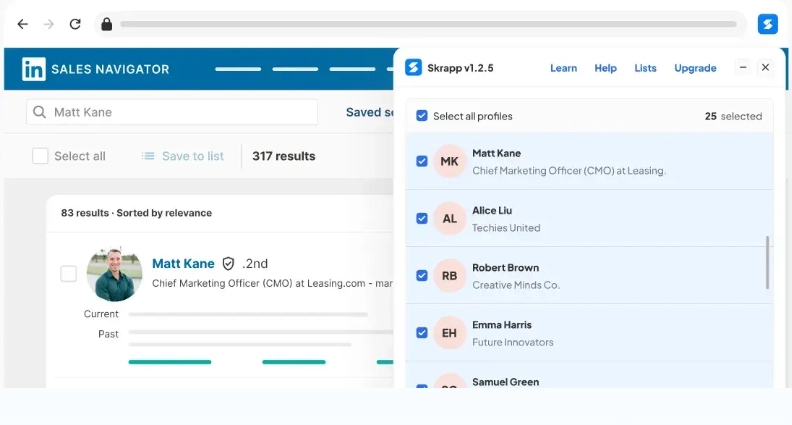
But once teams start scaling outbound or need deeper targeting, a few common limitations begin to show up. Here are the most cited reasons teams start exploring alternatives.
#1: Email accuracy can be inconsistent for certain industries
Even though Skrapp.io generally performs well, users mention occasional bounce issues, especially for niche markets, small-company domains, or less active LinkedIn profiles.
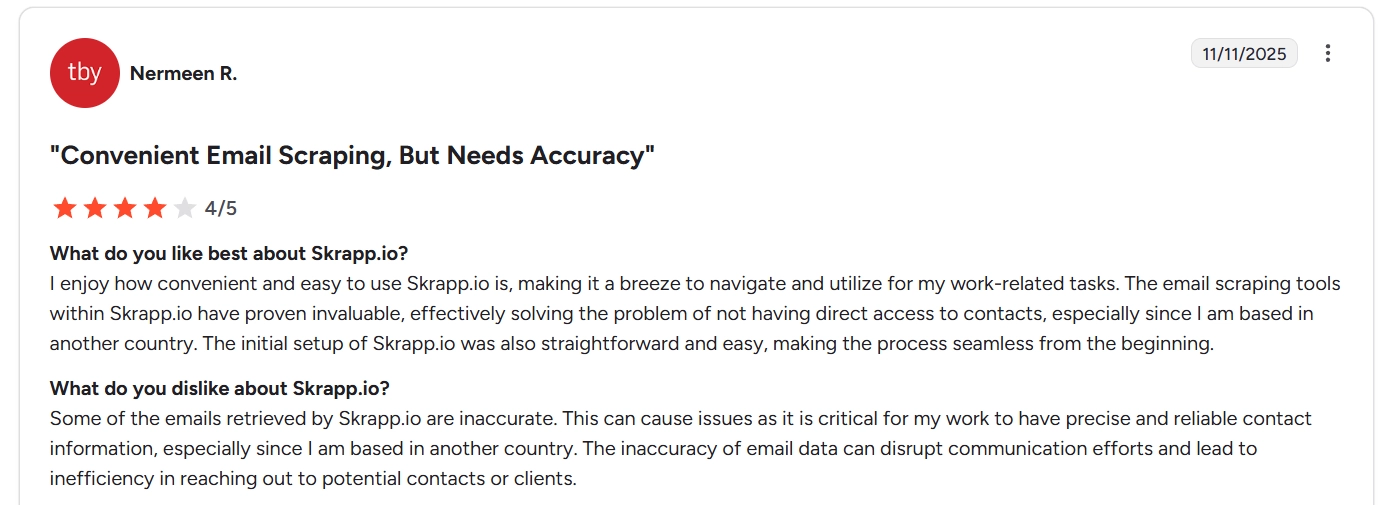
“Some of the emails retrieved by Skrapp.io are inaccurate. This can cause issues as it is critical for my work to have precise and reliable contact information, especially since I am based in another country. The inaccuracy of email data can disrupt communication efforts and lead to inefficiency in reaching out to potential contacts or clients.” - G2 Review
For high-volume senders, this inconsistency often means buying an additional verifier or pairing Skrapp with multiple tools.
#2: Limited enrichment beyond basic contact data
Skrapp.io is excellent at finding emails, but that also turns into its biggest constraint.
Many users say they wish the platform included deeper data like tech stack, company size, revenue bands, or additional personas inside the same account.
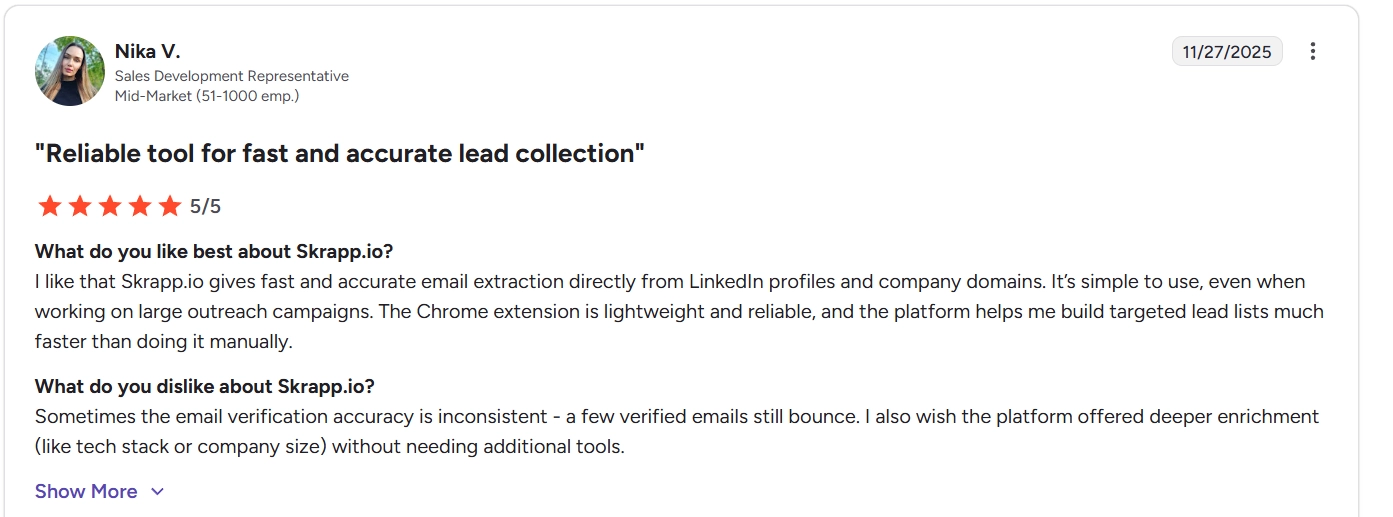
“Sometimes the email verification accuracy is inconsistent - a few verified emails still bounce. I also wish the platform offered deeper enrichment (like tech stack or company size) without needing additional tools.” - G2 Review
For GTM teams that want buyer intent, multi-source enrichment, or full ICP filtering, Skrapp typically becomes just one piece of the stack, not the core of it.
#3: Not enough advanced filters for precision targeting
Teams doing high-volume or account-based prospecting often want more granular filtering capabilities to avoid wasting credits.
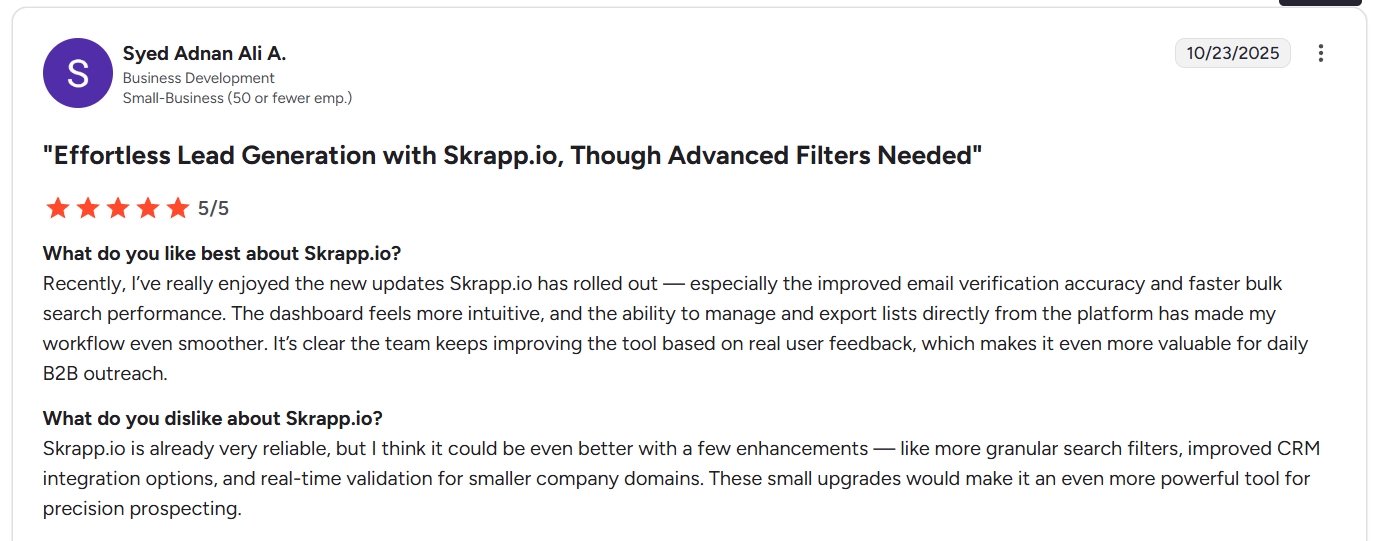
“...It could be even better with a few enhancements - like more granular search filters, improved CRM integration options, and real-time validation for smaller company domains.” - G2 Review
More detailed filtering means cleaner lists and less time spent cleaning data after exporting.
#4: Integrations are limited compared to other data platforms
Skrapp.io supports basic CRM syncing, but many users want deeper, event-based, or more automated integration workflows.
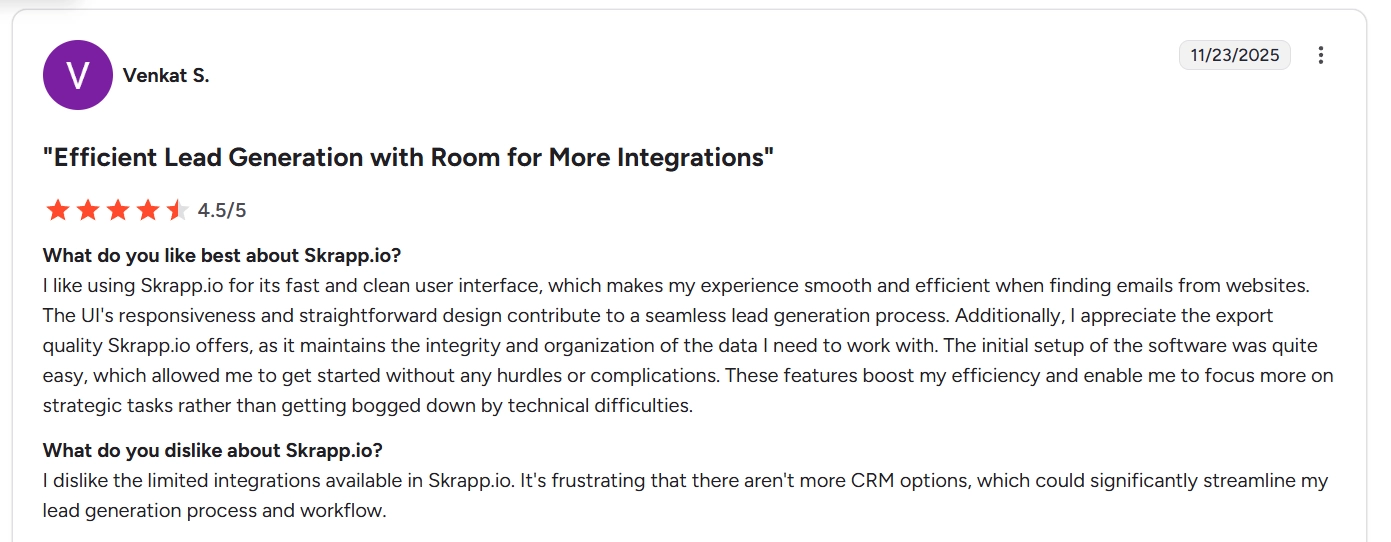
“I dislike the limited integrations available in Skrapp.io. It's frustrating that there aren't more CRM options, which could significantly streamline my lead generation process and workflow.” - G2 Review
As outbound stacks get more interconnected, this becomes a bigger deciding factor.
What are the best Skrapp.io alternatives & competitors in 2026?
The top three Skrapp.io alternatives are Warmly, Snov.io, and Hunter.io.
Here’s an overview of all 10 competitors:
| Tool | Use Case | Pricing |
|---|---|---|
| Warmly | Signal-based intent platform that identifies real people on your website, scores them with multi-source intent, and uses AI agents + a built-in contact database (Coldly) to turn high-intent buyers into pipeline across email, LinkedIn, chat, and ads. | Free plan (500 identified visitors/month); paid agents from ~$20,000/year (Inbound Engage), with Signals & Marketing Ops Agents on custom, usage-based pricing. |
| Snov.io | All-in-one cold outreach and email finder platform with lead search, verification, multistep campaigns, and a lightweight CRM for smaller sales teams and agencies. | Starter $39/mo, Pro from $99/mo (scales with credits & recipients), Ultra on custom pricing. |
| Hunter.io | Popular email finder that lets you search by domain or person and returns confidence-scored, verified emails with strong deliverability for classic outbound and link-building use cases. | Free (50 credits/month); Starter €49/mo, Growth €149/mo, Scale €299/mo, Enterprise custom. |
| Apollo | Full-stack B2B sales platform that combines a huge contact database with enrichment, email sequences, dialer, and basic intent data so teams can find, engage, and close in one place. | Free plan; paid tiers at $59 (Basic), $99 (Professional), and $149 (Organization) per user/month. |
| Lusha | Data platform focused on B2B contact details (especially in North America), giving you verified emails and direct dials from a large business database at competitive entry pricing. | Free (40 credits/month); Pro from $29.90; Premium from $69.90/mo; Scale on custom annual pricing. |
| Kaspr | LinkedIn-first prospecting tool that reveals emails and phone numbers directly inside LinkedIn / Sales Navigator, helping SDRs build lists and call-ready data without leaving their feed. | Free (15 B2B email + 5 phone + 5 direct email credits); Starter $65/user/mo; Business $99/user/mo; Enterprise custom with unlimited phone/email credits. |
| Dropcontact | GDPR-first email finder and enrichment engine that lives inside your CRM, cleaning, deduping, and enriching contacts automatically using proprietary algorithms instead of static databases. | Email Finder starts at €29 for 500 credits (1 credit = 1 email found) and scales up to €1,499 for 100,000 credits; CRM enrichment is priced separately on request. |
| Saleshandy | All-in-one outbound platform that combines a global B2B lead database with cold email automation and deliverability tools. | Cold email plans from $36/mo (Outreach Starter) to $299/mo (Outreach Scale Plus); Lead Finder from $35–$239/mo; Inbox Placement testing from $0–$199/mo, plus optional AI & verification add-ons. |
| GetProspect | LinkedIn email finder and basic lead management tool that lets you pull verified business emails via a Chrome extension and web app, then export to CSV/Sheets/CRMs. | Free (50 valid emails + 100 verifications); Starter $49/mo (1,000 emails); Pro $99/mo (5,000 emails); extra verification bundles from $29 for 10,000 verifications. |
| ContactOut | Email and phone finder with strong coverage of personal + work emails, widely used by recruiters and sales teams that need very high accuracy from a LinkedIn overlay. | Free (5 emails, 5 phones, 5 exports/day); Email $49/mo (unlimited emails, 300 exports); Email + Phone $99/mo (unlimited phones, 600 exports); Team/API on custom pricing. |
#1: Warmly
Warmly is the top Skrapp.io alternative in 2026 because it solves a bigger problem than just “finding an email.”
Instead of giving you a static contact that may or may not be ready to buy, Warmly uncovers the actual people engaging with your brand, scores them with multi-source intent, enriches them automatically, and triggers AI-led outbound and inbound engagement at the perfect moment.
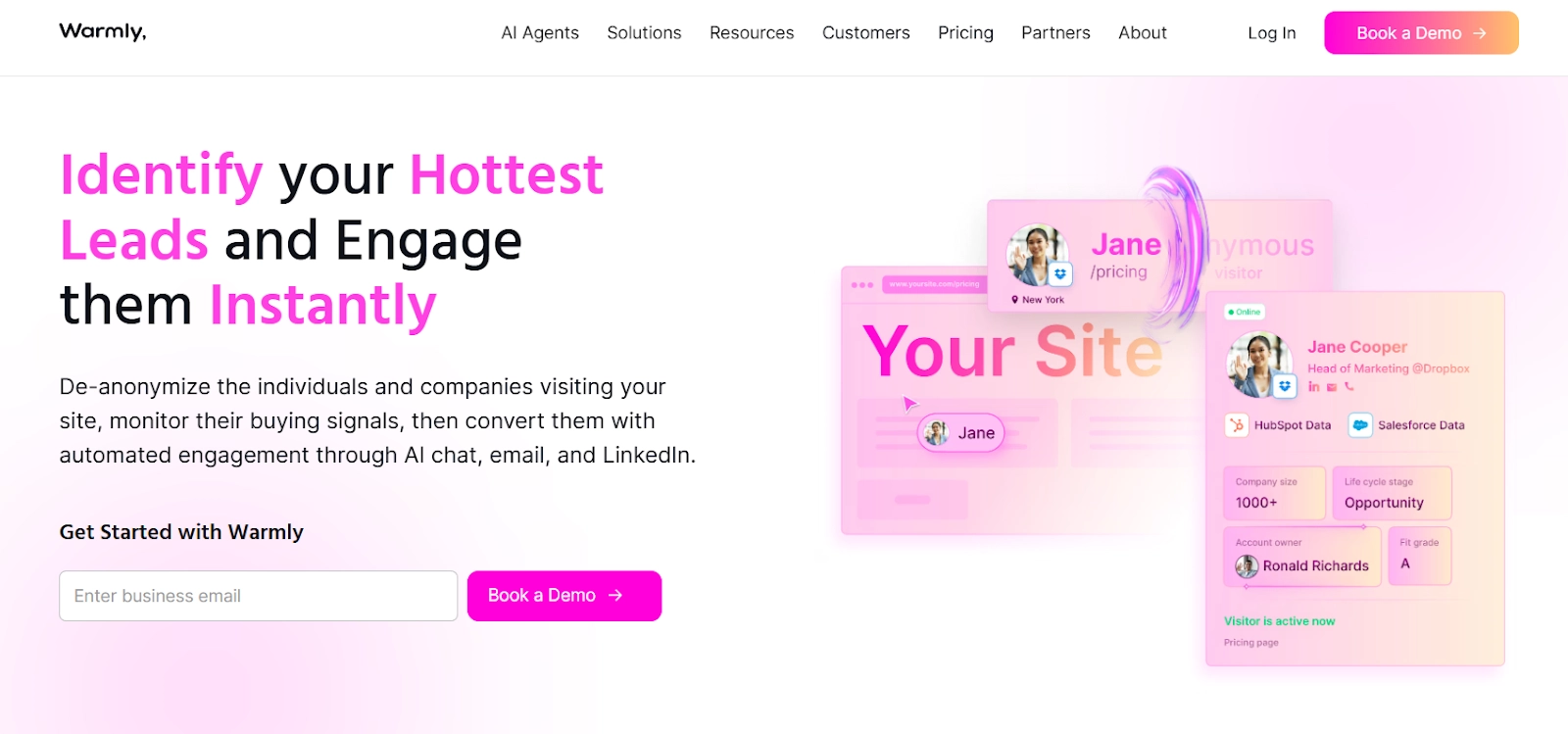
Disclosure: Yes, Warmly is our own product, but I’ll keep this review straightforward and focused on the practical reasons teams upgrade from pure email finders to signal-based platforms.
So while Skrapp.io focuses on extracting emails from LinkedIn or domains, Warmly helps you understand:
- Who’s in-market.
- Who to prioritize.
- Who else is involved in the buying committee.
- What signal should trigger your next move.
And all that without requiring a stack of other tools.
In other words:
If Skrapp.io helps you build a list, Warmly helps you build pipeline.
Up next, we’ll dive into the features that make Warmly fundamentally different from classic email finders, and why more teams upgrade to it once pure scraping stops being enough.
1. AI-powered ICP scoring and real-time lead prioritization
One of the biggest gaps with Skrapp.io is that it helps you find emails, but it doesn’t help you understand which prospects actually matter.
Warmly flips that completely.
Instead of relying on static lists or guesswork, Warmly uses an AI-driven Marketing Ops Agent to analyze your CRM, closed-won patterns, website behavior, and dozens of enrichment points to build a dynamic, always-improving model of your true ICP.
From there, every contact and account in your universe gets automatically scored and ranked based on:
- Fit (industry, size, role, tech stack, historical win patterns).
- Engagement with your resources (website activity, repeat sessions, pricing views).
- Social signals (LinkedIn posts, comments, competitor interactions).
- Third-party intent (Bombora surges across 5,000+ premium B2B sites).
- Buying committee activity across the entire account.
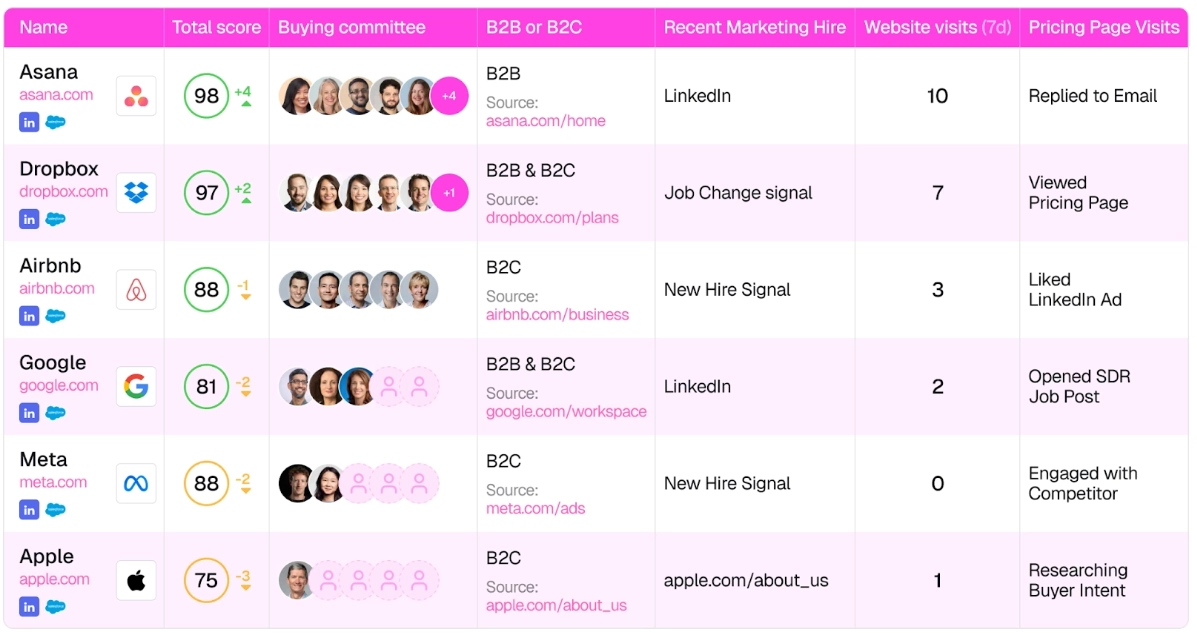
The result?
Your team no longer wastes time scraping random emails or uploading huge CSVs with mixed-quality prospects.
Warmly surfaces the people who look like your best customers and act like they’re in-market right now.
And because the scoring model updates in real-time, your highest-intent buyers automatically rise to the top the moment they show meaningful behavior.

This is the difference between building lead lists and building pipeline.
2. Person-level website de-anonymization + real-time intent signals
Skrapp.io helps you find emails for people you already know exist.
Warmly helps you identify the people you don’t know yet, but who are already researching you.
With enterprise-grade person-level de-anonymization, Warmly reveals exactly who is visiting your website in real time, not just the company.
When a prospect hits your homepage, pricing page, or product pages, Warmly can surface:
- Their name.
- Job title and seniority.
- Role in the buying committee.
- Verified email and mobile number.
- Detailed company intelligence, including tech stack, revenue, and headcount.

Match rates regularly exceed industry norms, with 25%+ person match and 65%+ company match, which is far beyond what traditional IP-based reveal tools can provide.
But identification is only half the story.
Warmly pairs this with multi-source intent tracking, so you can instantly understand not just who the visitor is, but how ready they are to buy.
It automatically monitors:
- 1st-party intent → pricing views, repeat sessions, chat engagement, feature exploration.
- 2nd-party intent → LinkedIn posts, comments, competitor interactions.
- 3rd-party intent → Bombora research surges across thousands of B2B sites.
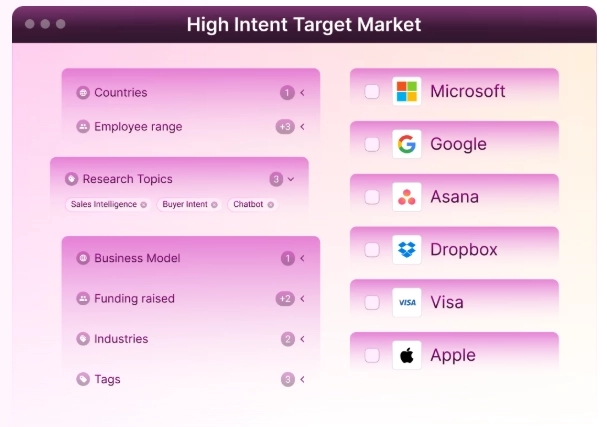
This gives your team a complete picture of buyer readiness the moment someone shows interest.
Instead of scraping lists and guessing who to reach out to, Warmly lets you activate outreach when intent is highest, and with full visibility into who the person is and why they’re worth engaging.
3. AI SDRs + orchestrated outbound workflows
Instead of relying on static, time-based sequences, Warmly uses AI SDRs and a full orchestration engine to trigger outbound the moment buyer intent appears.
That means every outreach touchpoint is driven by real behavior, not guesswork.
Warmly’s AI SDRs can:
- Write personalized emails and LinkedIn messages tailored to the prospect’s role, signal level, and account history.
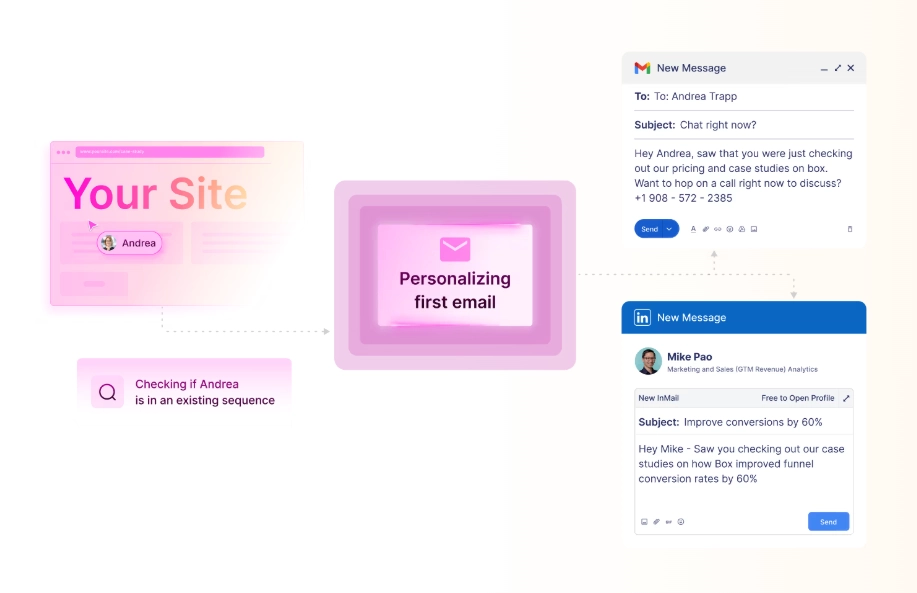
- Multithread outreach across the buying committee automatically.
- Route high-intent leads into different sequences based on score or signal type.
- Respond to behavior changes (pricing views, social engagement, email opens) in real time.
- Hand conversations off to a human rep the moment someone shows buying intent.

Instead of “upload list → run cadence,” Warmly builds always-on, intent-driven workflows, such as:
- A decision-maker visiting the pricing page triggers a 3-step high-intent email + a LinkedIn DM.
- Someone commenting on a competitor’s LinkedIn post gets added to a tailored outreach sequence track.
- A Bombora surge at an account automatically kicks off outreach to all relevant personas.
- Repeat website visitors get segmented into nurture vs. outbound vs. SDR-notification paths.
Every action is coordinated through Warmly’s orchestration rules, ensuring your outbound motion adapts instantly to what buyers are actually doing.
4. Build high-intent lists in minutes with Coldly
If Skrapp.io gives you email discovery on top of LinkedIn profiles or domains, Coldly gives you an entire universe of verified, enriched B2B contacts ready to plug straight into your GTM workflows.
Coldly is Warmly’s built-in, continuously updated database of 200M+ verified B2B contacts, each enriched with the details SDRs and marketers actually need to build high-converting lists.
Instead of relying solely on scraping or guesswork, Coldly provides:
- Verified work emails.
- Direct mobile numbers.
- LinkedIn URLs.
- Job titles & seniority mapping.
- Department + role relevance.
- Company insights (industry, headcount, revenue, tech stack, hiring signals).
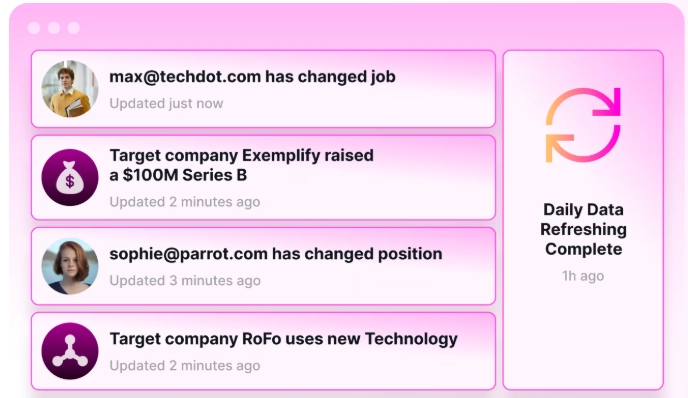
Coldly also comes with powerful filtering capabilities, allowing you to really drill down into the data you need and create high-intent lists within minutes.
Moreover, Warmly’s CRM integrations enable you to automatically enrich records in real-time, ensuring your CRMs are always populated with the freshest, most accurate data.
For teams who don’t just want “an email,” but want the right person, at the right account, with the right data, Coldly becomes a far more powerful foundation for outbound.
Warmly’s integrations
A common limitation of Skrapp.io is its shallow integrations.
Warmly, on the other hand, connects deeply with:
- CRMs (HubSpot, Salesforce, Pipedrive, etc.) → Automatically enriches records, updates scores, logs signals, and routes high-intent leads instantly.
- Outbound sequencers (Outreach, Salesloft, Apollo, Lemlist, etc.) → Pushes ICP-fit, in-market prospects directly into the right sequences based on intent.
- Ad platforms (LinkedIn Ads, Meta, Google Ads, etc.) → Syncs warm audiences so you retarget buyers already showing interest.
- Enrichment & identity (Demandbase, Clearbit, People Data Labs, etc.) → Multi-source matching creates a more accurate, complete contact profile.
- Various other tools (marketing automation, alerts, conversational AI, etc.)
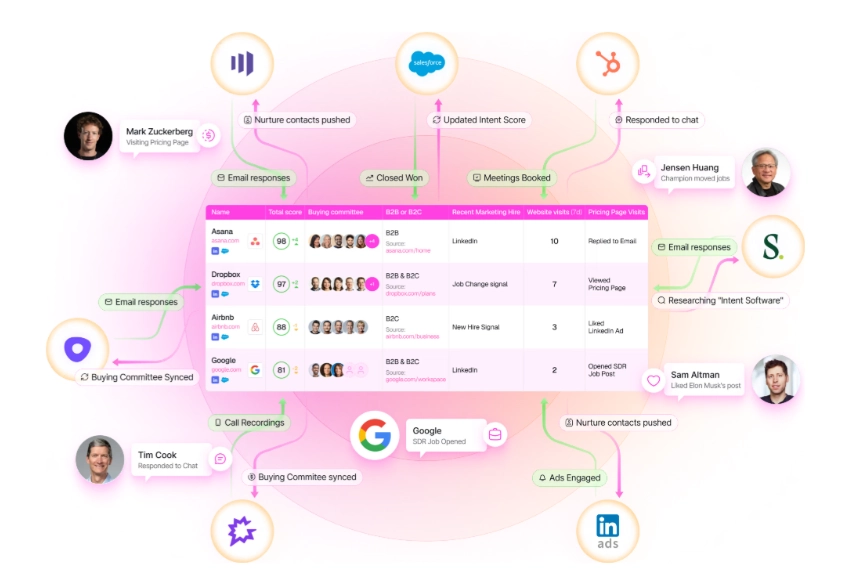
This way, every time a prospect visits your site, triggers intent, or interacts with a sequence, your entire stack knows instantly.
Pricing
Warmly keeps pricing simple and customizable.
With a free plan that identifies 500 visitors monthly, you can start without committing to a full suite.
From there, you only add the agents you need - inbound, outbound, signals, or ops - and pricing scales based on outputs, not inflated feature bundles.
There are 4 paid plans that you can choose from:
- Signals Agent: Custom pricing, which gives you access to 10,000 monthly credits, Person-Level Intent Signals (1st, 2nd, & 3rd Party), website de-anonymization capabilities, Warm lead alerts, and access to a contact database.
- Inbound Agent - Engage: Starts at $20,000/year, and adds AI Chat, native outbound email and LinkedIn automation, intent-powered pop-ups, lead routing with custom CRM fields, and the ability to push leads to sales sequencers.
- Inbound Agent - Scale: Starts at $30,000/year, and adds unlimited AI Chat agents, and the ability to push leads to Ad Audiences.
- Marketing Ops Agent: Custom pricing, which adds AI-powered account scoring, AI enrichments and custom signals, buying committee identification, real-time buying intent signal tracking, and automatic updates across all enrichments, signals, account and lead lists.
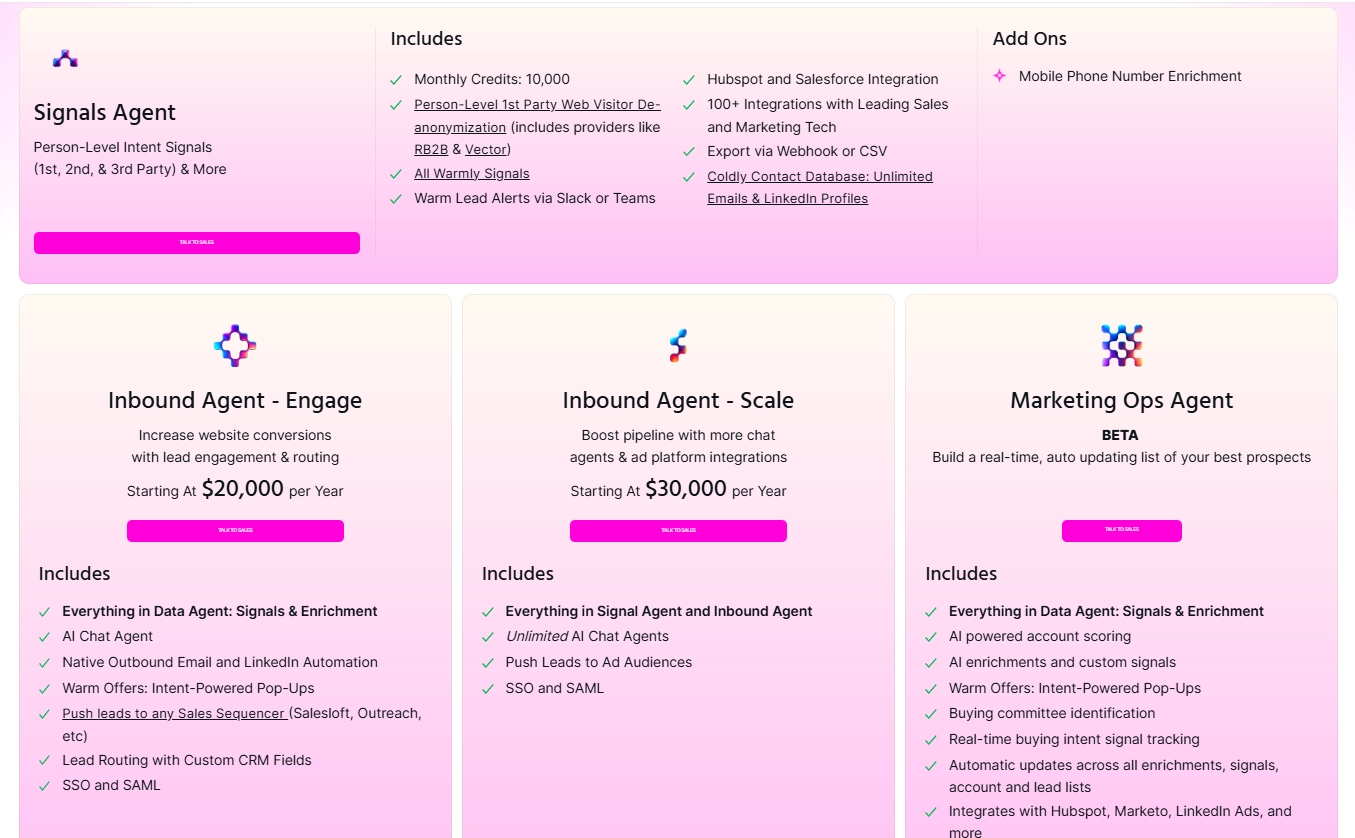
Every action, such as email, LinkedIn message, or signal trigger, draws from your monthly credit pool, keeping costs aligned with activity levels.
How is Warmly different from Skrapp.io?
Skrapp.io is excellent at what it’s built for - finding and verifying emails quickly, especially from LinkedIn and company websites.
But Warmly isn’t an email finder. It’s a signal-based revenue platform.
The difference comes down to this:
- Skrapp helps you find people to email.
- Warmly helps you understand who’s ready to buy, and engages them automatically.
Here’s how they differ, side by side:
| Category | Warmly | Skrapp.io |
|---|---|---|
| Core purpose | Full-funnel GTM intelligence + AI activation across inbound, outbound, and ads | Email finder + verifier for building basic prospecting lists |
| What you actually get | Buyer intent, scoring, website de-anonymization, AI SDRs, inbound chat, buying committee mapping | Verified emails pulled from LinkedIn, websites, or domains |
| Data depth | Multi-source enrichment (1st, 2nd, 3rd-party signals) + Coldly’s 200M+ contact database | Email + limited company info and person info (size, industry, domain, job role, gender) |
| ICP & prioritization | AI-driven scoring + real-time fit/intent ranking | None - all contacts are equal unless you manually segment |
| Website insights | Reveals the real people visiting your site + their intent | No website tracking or visitor identification |
| Outbound workflows | AI SDRs + signal-triggered sequences across email + LinkedIn + ads | No outreach capabilities; requires an external sequencer |
| Inbound workflows | AI chat, instant qualification, live handoff, video call | None |
| Ad audience activation | Syncs warm, high-intent segments to LinkedIn, Meta, and Google Ads | No advertising integrations |
| Integrations | Deep CRM, sequencer, and ad integrations with two-way sync | Basic CRM sync + CSV export |
| Pricing model | Modular, usage-based credits across inbound/outbound/intent agents | Credit-based email finding, priced by monthly credits |
| Free plan | 500 identified visitors/month | 100 email credits/month |
| Best for | Teams wanting a higher-intent outbound engine, not just email discovery | Teams needing a fast, simple email finder |
Pros & Cons
✅ Full funnel platform that combines discovery, intent tracking, enrichment, and outreach.
✅ AI-driven ICP scoring + multi-source intent tracking surfaces leads who are actually in-market.
✅ Real-time buyer identification.
✅ Automated outreach with AI SDRs + orchestration engine that enables personalized, multichannel outbound workflows triggered by behavior.
✅ Built-in contact database with 200M+ validated, constantly refreshed profiles and advanced filtering.
✅ Full-stack integrations.
✅ Inbound outreach features (AI Chat, live video chat, Warm Offers).
❌ Modular pricing.
#2: Snov.io
Best for: Startups, small sales teams, and agencies that want an affordable all-in-one email finder + outreach tool.
Similar to: Hunter.io, Saleshandy, Smartlead.
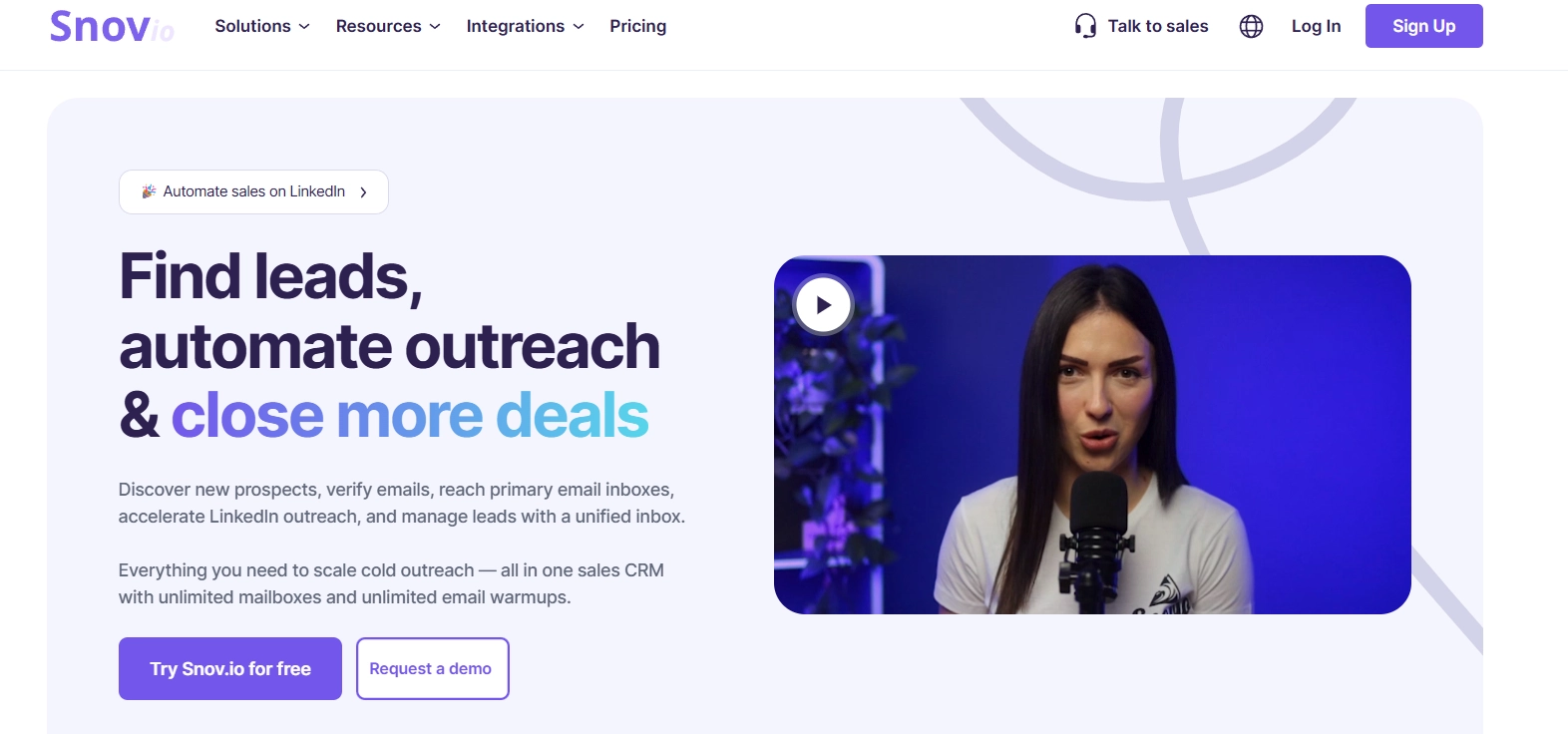
Snov.io is an all-in-one cold outreach platform that combines email finding, verification, and multistep sequencing in a single, easy-to-use workspace.
It’s designed for teams that want to go from discovering leads to enriching them and launching campaigns without juggling multiple tools.
Features
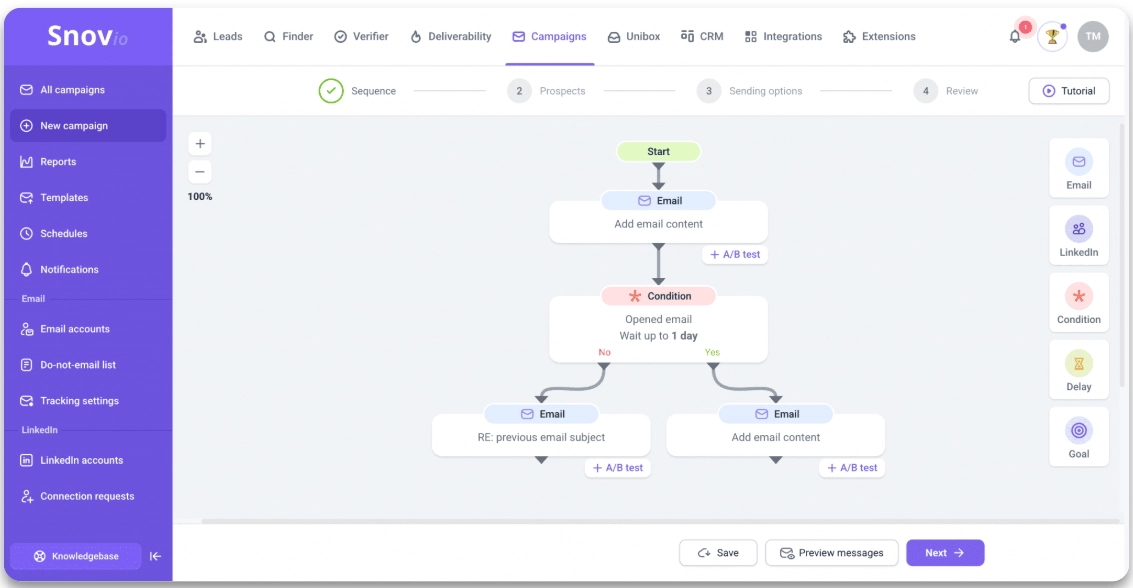
- Email finder & domain search: Pull verified emails from LinkedIn, domains, websites, or bulk lists.
- 7-tier email verification: Reduce bounces with real-time validity checks and robust verification logic.
- Multichannel sequences: Automate personalized email + LinkedIn steps using conditions, triggers, A/B tests, and dynamic variables.
Pricing
Snov.io has three essential pricing plans to choose from:
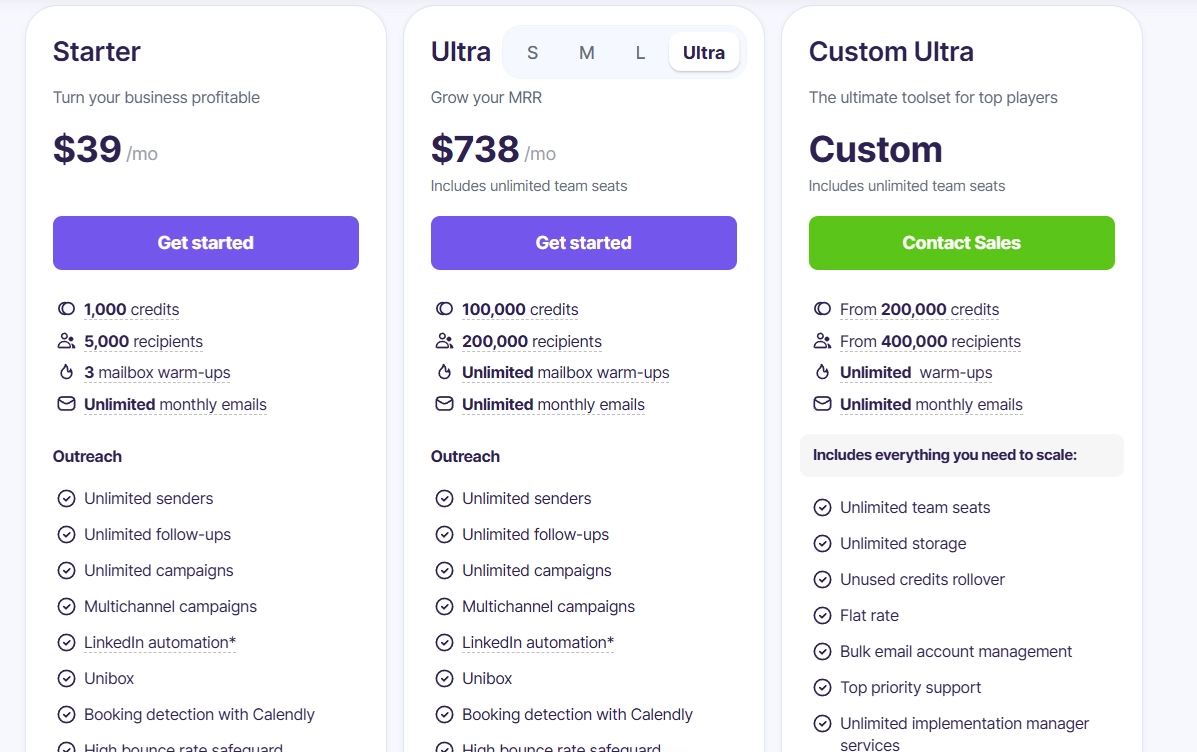
- Starter: $39/mo, includes 1,000 credits, 5,000 recipients, 3 mailbox warm-ups, multichannel campaigns, LinkedIn automation, Unibox, drill-down analytics, AI email builder, bulk prospecting, 7-tier email verification, warm-up tools, deliverability checks, CRM, tasks, etc.
- Pro: Starting at $99/mo (unlimited team seats) and going up to $738 depending on the number of credits and recipients you want, includes everything in Starter plus more credits and recipients, unlimited warm-ups, reply sentiment analysis, A/B testing, spintax & dynamic content, campaign prioritization controls, unlimited warm-up volume, team permissions, shared do-not-email lists.
- Custom Ultra: Custom pricing, includes 200,000+ credits, 400,000+ recipients, unlimited warm-ups/emails, unlimited seats/storage, credit rollover, flat-rate pricing, bulk email account management, top-priority support, and unlimited implementation services.
Pros & Cons
✅ Reliable LinkedIn extension.
✅ All-in-one email outreach platform, reducing the need for extra tools.
❌ Lower plans feel restrictive, as limits on automation and email verification can bottleneck teams that scale quickly.
#3: Hunter.io
Best for: Teams that want a simple, reliable, high-accuracy email finder for domain search, link-building, recruiting, or basic outbound.
Similar to: Snov.io, Dropcontact, GetProspect.
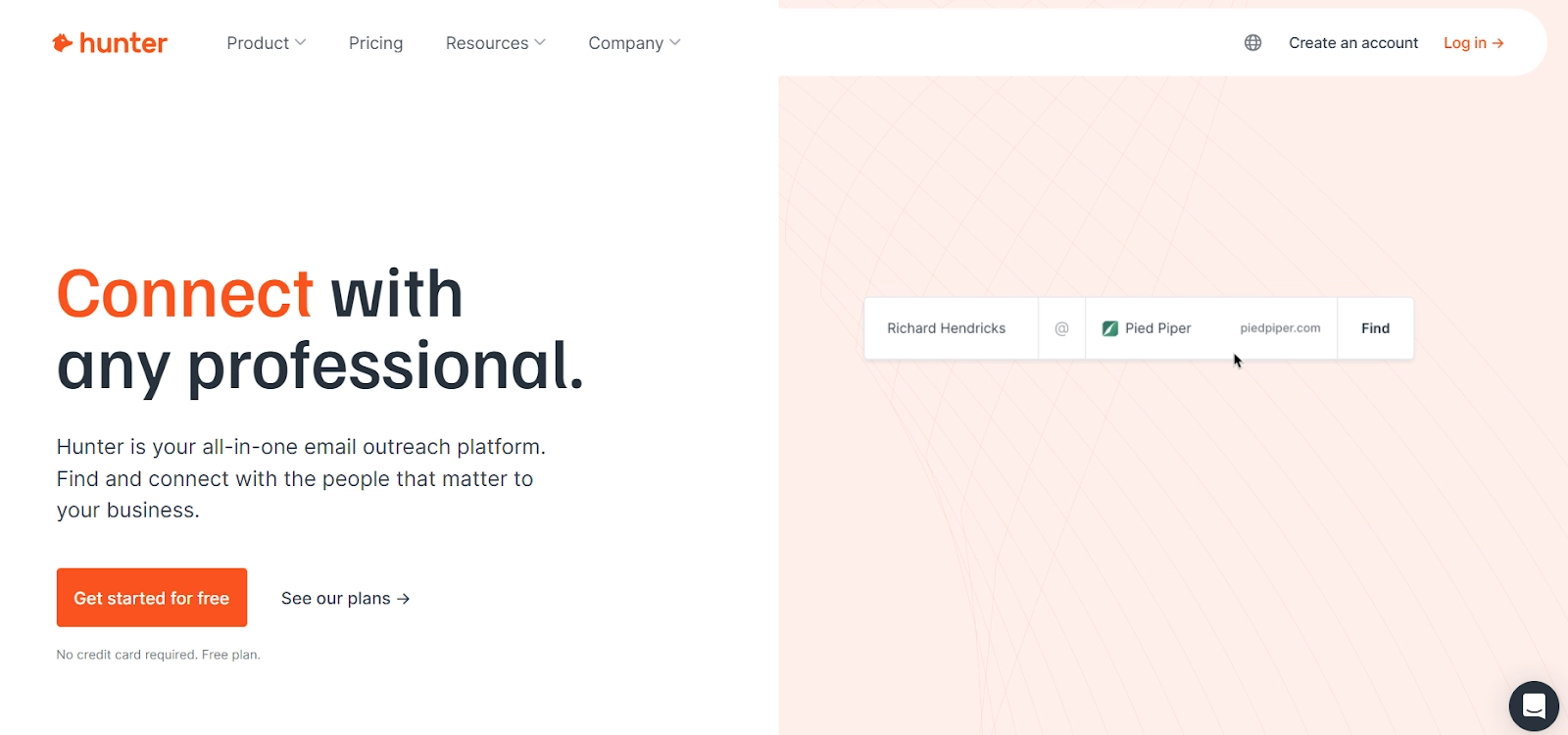
Hunter.io is one of the most widely used email finders thanks to its clean interface, strong deliverability, and fast domain-level search.
It’s designed for teams that want verified emails at scale with basic email outreach features.
Features
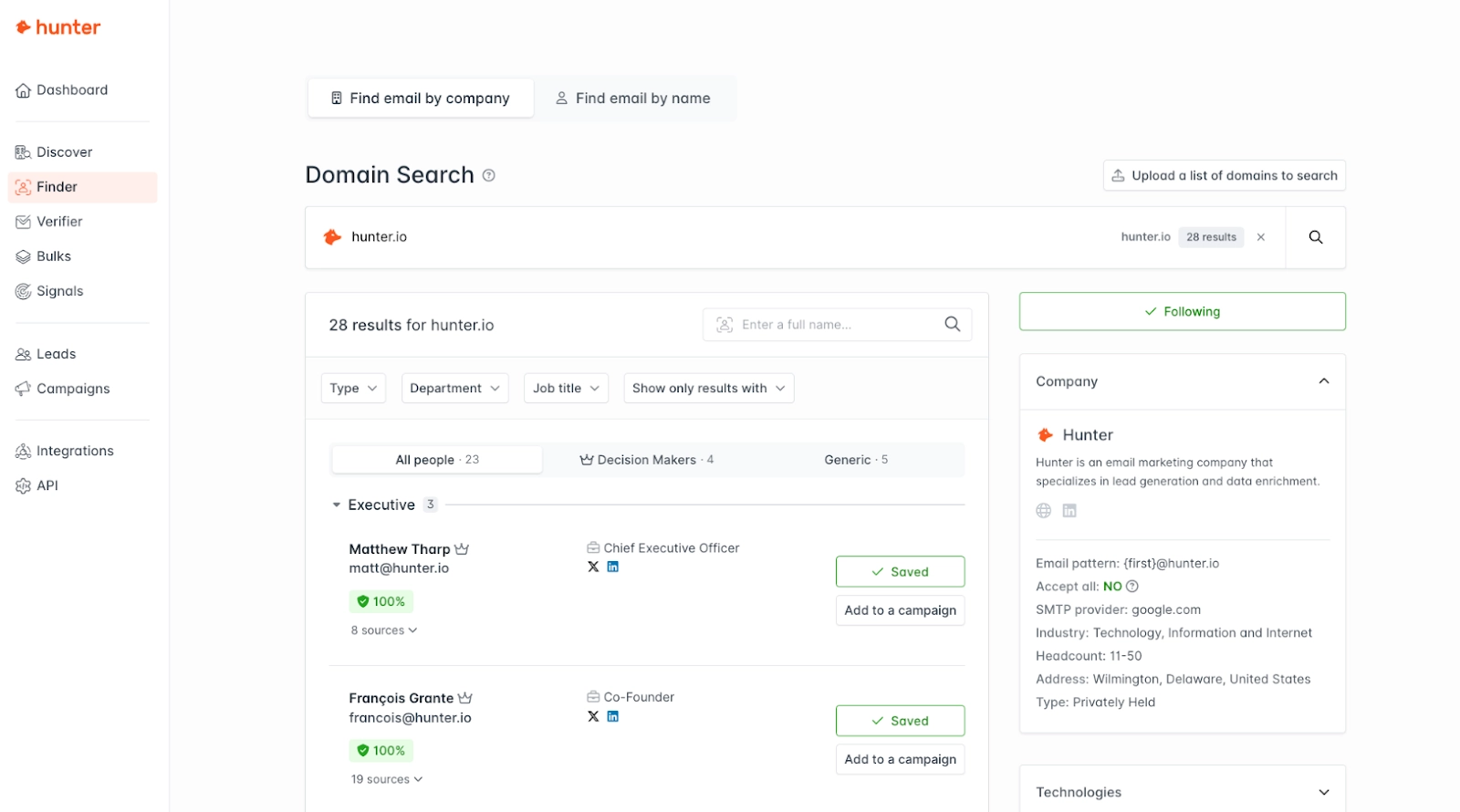
- Outbound campaigns: A simple cold-email tool that lets you create, personalize, and schedule outreach directly from your Gmail, Outlook, or SMTP/IMAP account, all inside a lightweight interface built for quick outbound execution.
- Domain search: Find all publicly available emails associated with a company domain, complete with sources and confidence scores.
- Discover: Hunter’s built-in B2B lead database lets you find qualified companies and contacts using firmographic, technographic, and intent filters.
Pricing
Hunter offers a credit-based pricing model with plans that scale by monthly credits, enrichment perks, and the number of connected email accounts for outbound campaigns.
All plans include unlimited team members, with higher tiers unlocking AI writing, advanced filters, and larger sending volumes:
- Free Forever: Includes 50 credits/month, basic Discover database filters, 1 email account, 500 recipients per campaign
- Starter: €49/month, includes 2,000 credits/month, auto-verification + lead enrichment, advanced Discover database filters, 3 email accounts, AI Writing Assistant, 2,500 recipients per campaign.
- Growth: €149/month, includes 10,000 credits/month, everything in Starter, 10 email accounts, 5,000 recipients per campaign.
- Scale: €299/month, includes 25,000 credits/month, everything in Starter, 20 email accounts, 15,000 recipients per campaign.
- Enterprise: Custom pricing, provides flexible credit packages, access to all features, and custom campaign recipient volume.
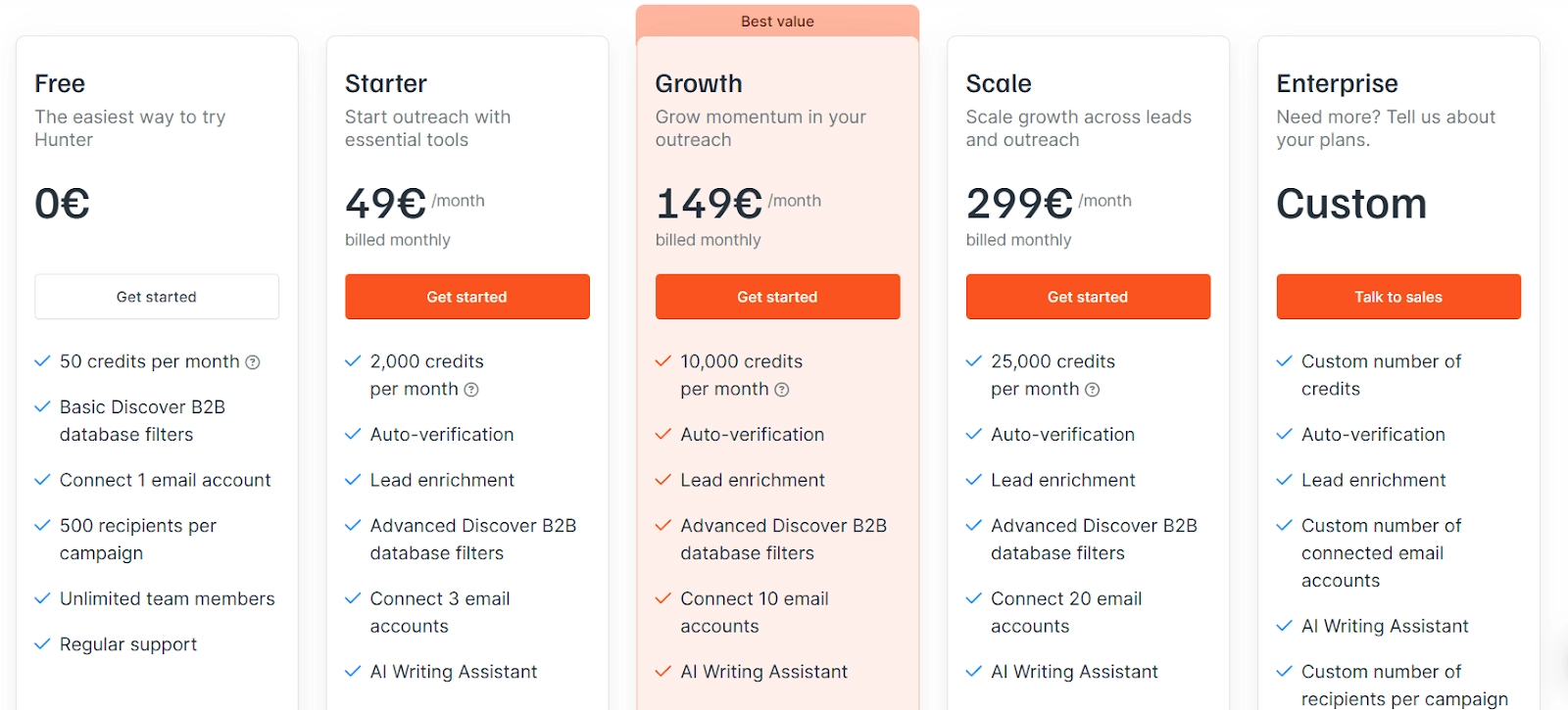
Pros & Cons
✅ User-friendly interface and Google extension.
✅ Good email accuracy.
❌ Not ideal for high-volume prospecting or complex workflows.
#4: Apollo
Best for: Teams that want a full-stack sales platform with a huge B2B database, enrichment, lead scoring, and built-in outbound sequences.
Similar to: ZoomInfo, Lusha, Outreach.
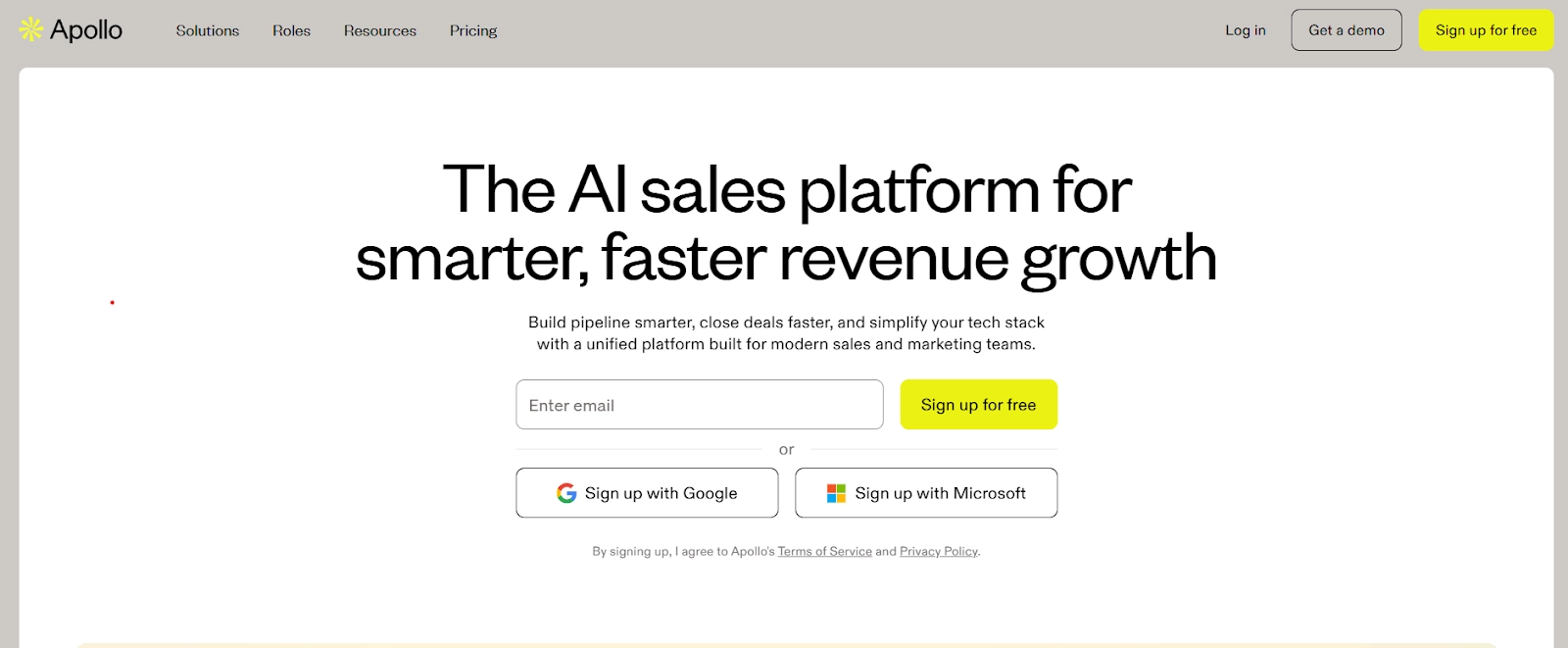
Apollo is one of the most widely used Skrapp.io alternatives because it combines a massive contact database with enrichment, sequencing, a dialer, basic intent data, and task automation all in one platform.
Instead of stitching together multiple tools, Apollo gives sales teams a single workspace to find, filter, engage, and track prospects across their entire funnel.
Features
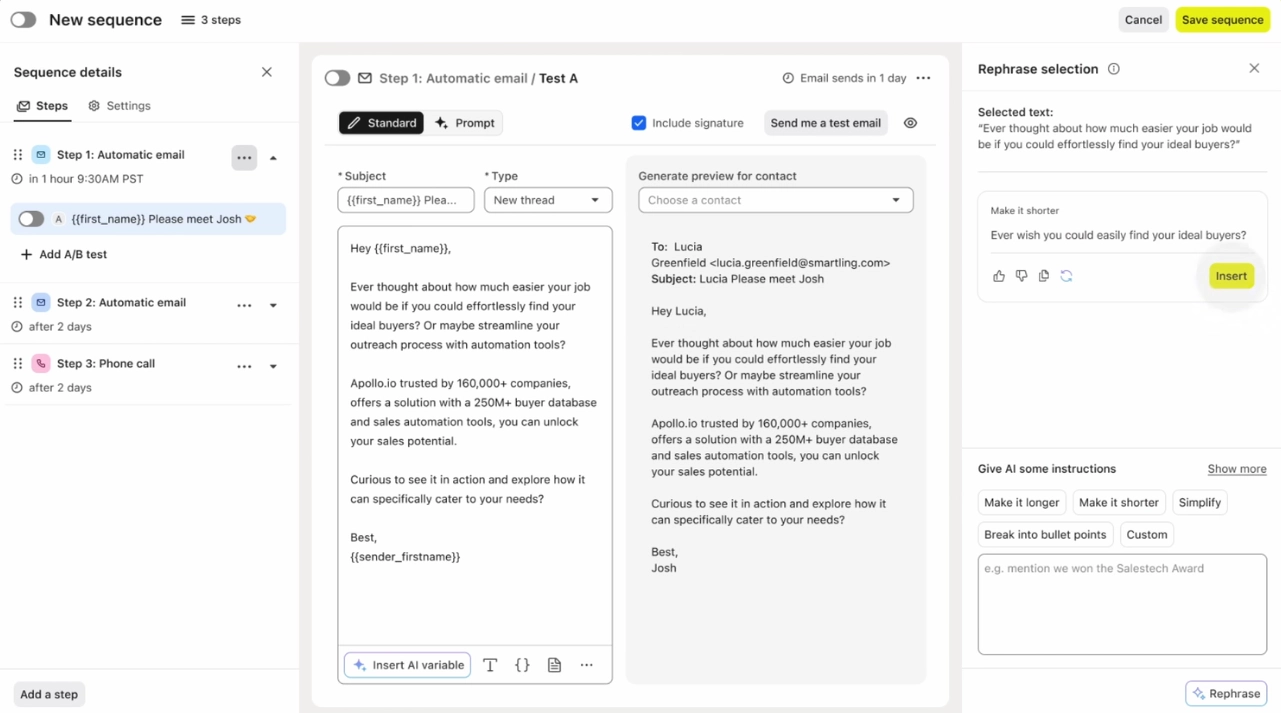
- Massive, high-accuracy B2B database: Provides one of the largest and most rigorously verified B2B datasets with 210M+ contacts and 65+ data filters powered by real-time updates and a 2M-source contributor network.
- Multichannel outbound engine: You can launch elaborate campaigns in minutes using AI list building, AI-written messages, built-in dialers, and workflow automation, all from Apollo’s engagement workspace.
- Inbound lead conversion: Apollo turns inbound traffic into pipeline by identifying anonymous visitors, enriching form submissions, qualifying leads with 65+ data points, and automatically routing them to reps.
Pricing
Apollo has a free forever plan that includes 100 email and mobile phone finder credits, basic filters and prospecting, and two sequences.
If you need more, you can upgrade to one of three paid plans:
- Basic: $59 per user per month.
- Professional: $99 per user per month.
- Organization: $149 per user per month.
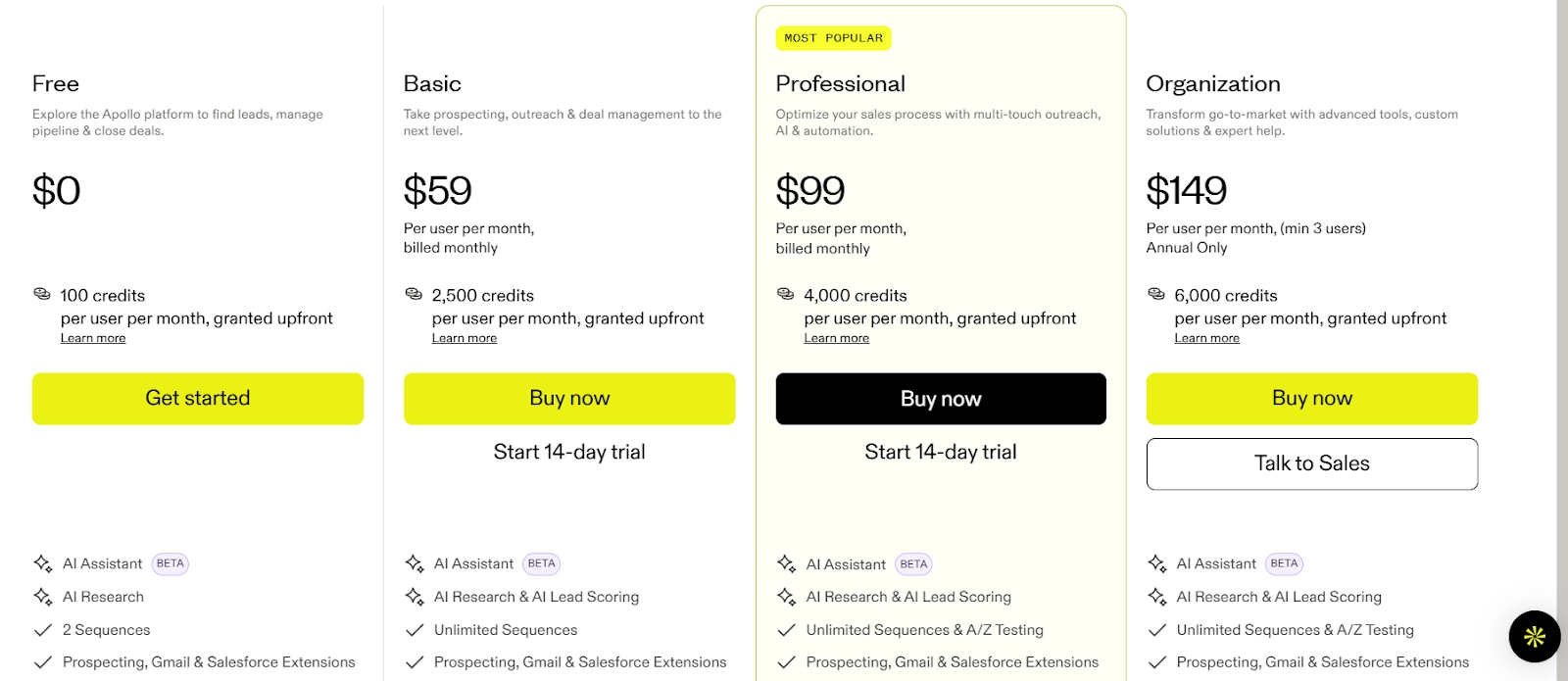
Pros & Cons
✅ Reliable email/phone verification and accessible data, even on lower tiers.
✅ All-in-one workflow that replaces multiple tools by combining data, sequencing, enrichment, and outreach in one platform.
❌ Credit-based pricing becomes expensive at scale, especially for teams sending high volumes.
#5: Lusha
Best for: SDRs and sales teams that need reliable phone numbers and direct dials fast, especially when outreach depends on calling or multichannel contact with decision-makers.
Similar to: Hunter.io, Clearbit, ZoomInfo.
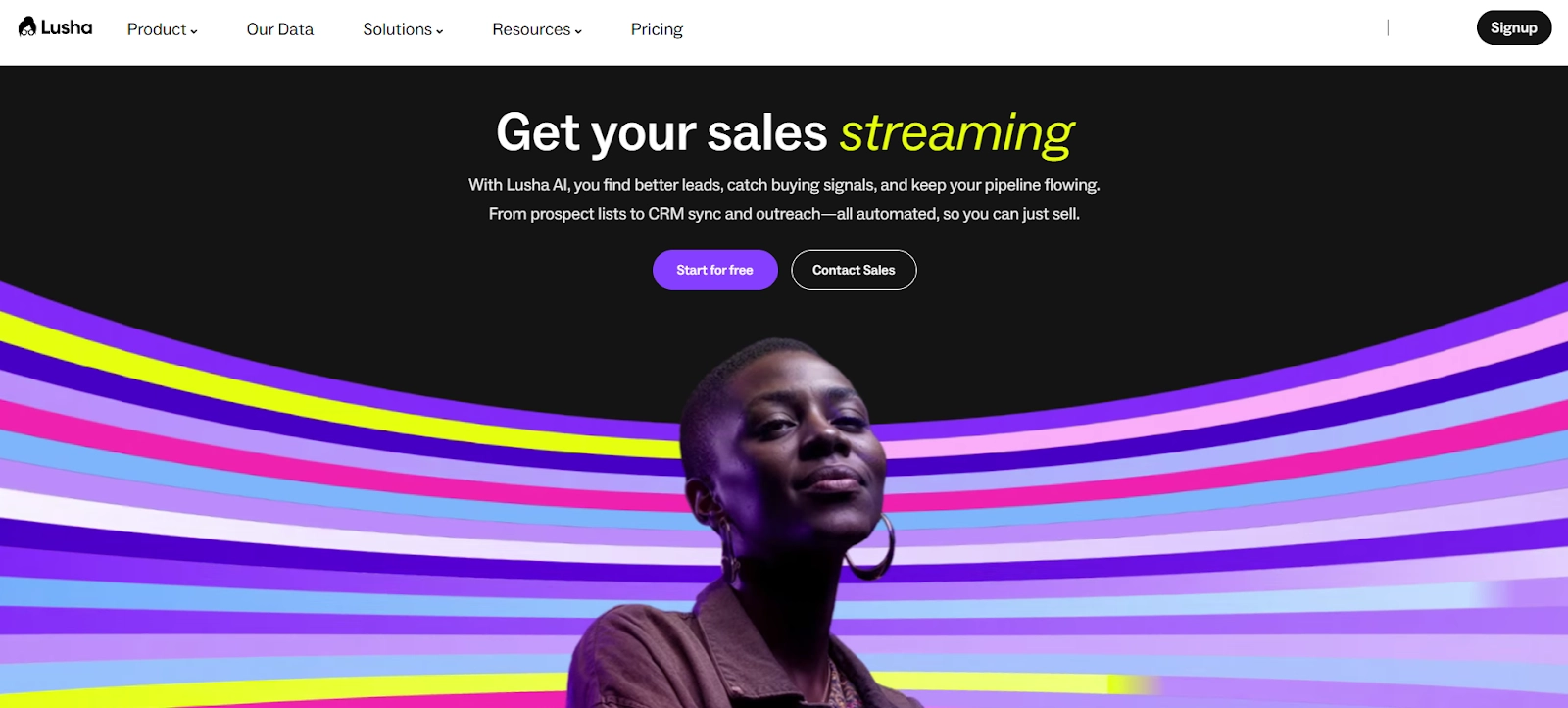
Lusha is a B2B contact-data platform best known for its fast, accurate direct dials and simple Chrome extension that helps SDRs pull contact info directly from LinkedIn.
It’s designed for teams that want reliable phone numbers, straightforward data enrichment, and easy list exporting without dealing with an overly complex sales-engagement layer.
Features

- Highly accurate, globally compliant B2B database: Provides AI-verified, crowdsourced contact and company data with full GDPR/CCPA compliance and coverage across 45M+ North American contacts and 21M+ European contacts.
- AI-powered lead recommendations: Delivers daily, high-potential prospects based on your ICP and your in-platform behavior, automatically surfacing decision-makers and new companies you wouldn’t find through manual searching.
- Warm outbound intent signals: Shows you which companies are actively researching solutions like yours, pairing company-level intent scores with real-time behavioral signals so you can prioritize accounts already in-market.
Pricing
Lusha uses a credit-based pricing model where 1 credit reveals an email and 5 credits reveal a phone number.
Plans differ mainly by credit volume, enrichment capabilities, and team features:

- Free: Includes 40 credits/month, verified emails, limited intent signals, basic filters, Chrome extension, CRM integrations, API access, email sequences, AI recommendations, and 1 page of intent results.
- Pro: Starts at $29.90/mo for 250 credits and goes up to $65.90/mo for 550 credits/mo, includes everything in Free and adds rollover credits (up to 2×), 3 seats, CSV enrichment up to 300 rows, bulk show for 50 contacts, basic analytics, tech + intent alerts, and shared credit pool.
- Premium: Starts at $69.90/mo for 600 credits and goes up to $747.50 for 7,500 credits, includes everything in Pro, plus 5 seats, CSV enrichment up to 500 rows, bulk show for 150 contacts, and advanced analytics.
- Scale: Custom annual plan, adds custom yearly credits, manager seat, CSV enrichment up to 10k rows, bulk show for 5k contacts, 25 intent topics, unlimited intent results, team controls, CSM, advanced support, SSO, and CRM enrichment.
Pros & Cons
✅ High-quality direct dials and verified emails.
✅ Seamless CRM integrations.
❌ Important filters or enrichment options are locked behind upper-tier plans.
#6: Kaspr
Best for: SDRs who live on LinkedIn and want fast, accurate prospecting without buying a complex, expensive data platform.
Similar to: Lusha, Snov.io.
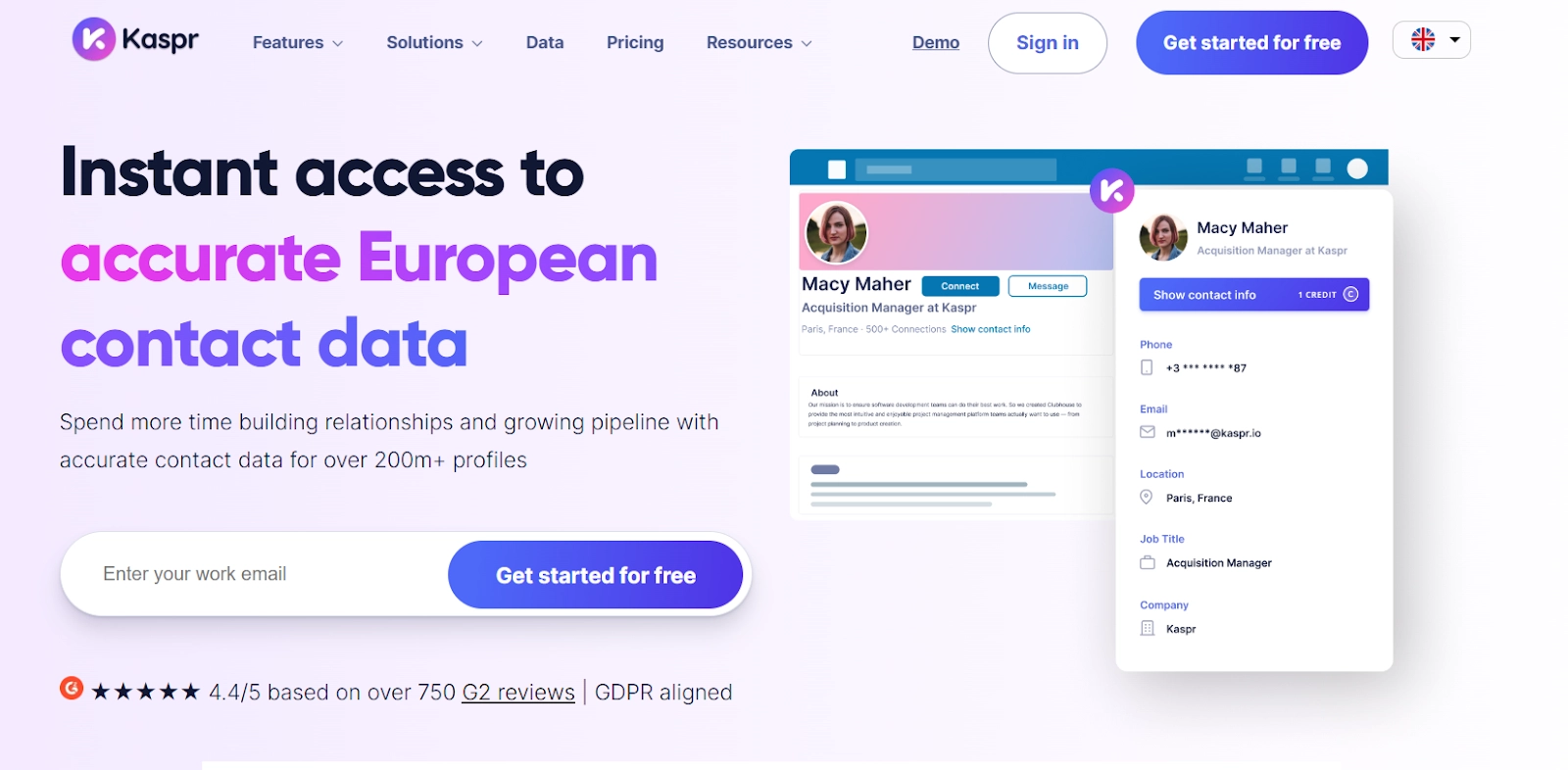
Kaspr is a LinkedIn-first prospecting tool that reveals verified emails and phone numbers directly inside LinkedIn and Sales Navigator, helping SDRs build call-ready lead lists without switching tabs.
It’s built for reps who want fast, on-the-go prospecting with automatic enrichment, list-building, and CRM syncing.
Features
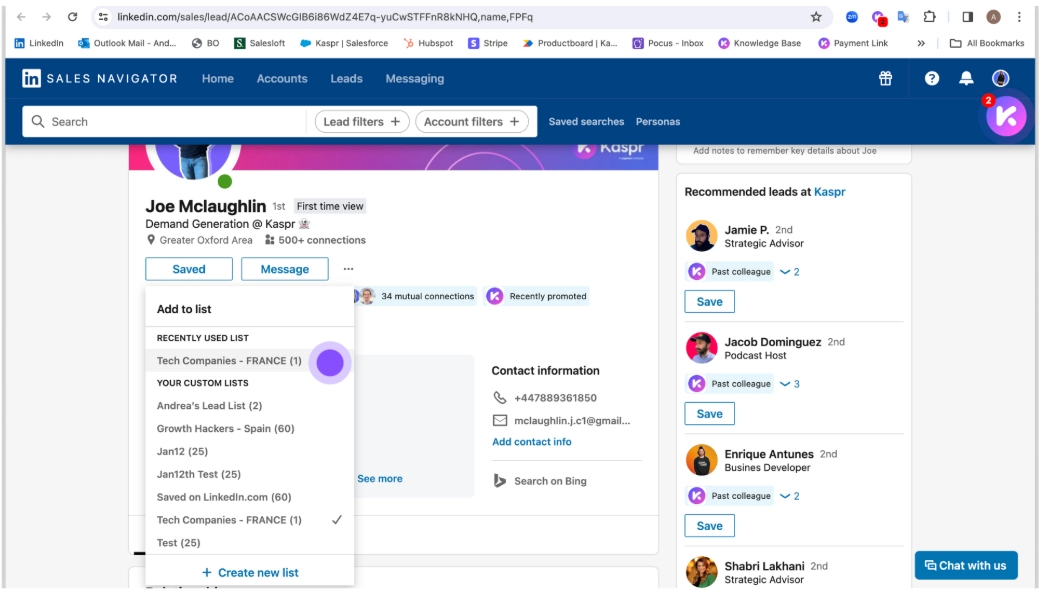
- European-first B2B data coverage: Gives sales teams access to over 200M+ verified European B2B contacts powered by 120+ reliable data sources.
- LinkedIn extension: Lets you reveal phone numbers, emails, and company data directly while prospecting on LinkedIn, Sales Navigator, and Recruiter Lite.
- Bulk lead enrichment: Teams can enrich lead data at scale either directly from LinkedIn or by uploading CSV files, so every record is complete with verified European phone numbers and emails.
Pricing
Kaspr uses a credit-based pricing model with four tiers, offering everything from a generous free plan to fully custom enterprise packages.
Phone numbers and direct emails consume credits, while B2B email credits are unlimited on paid tiers:
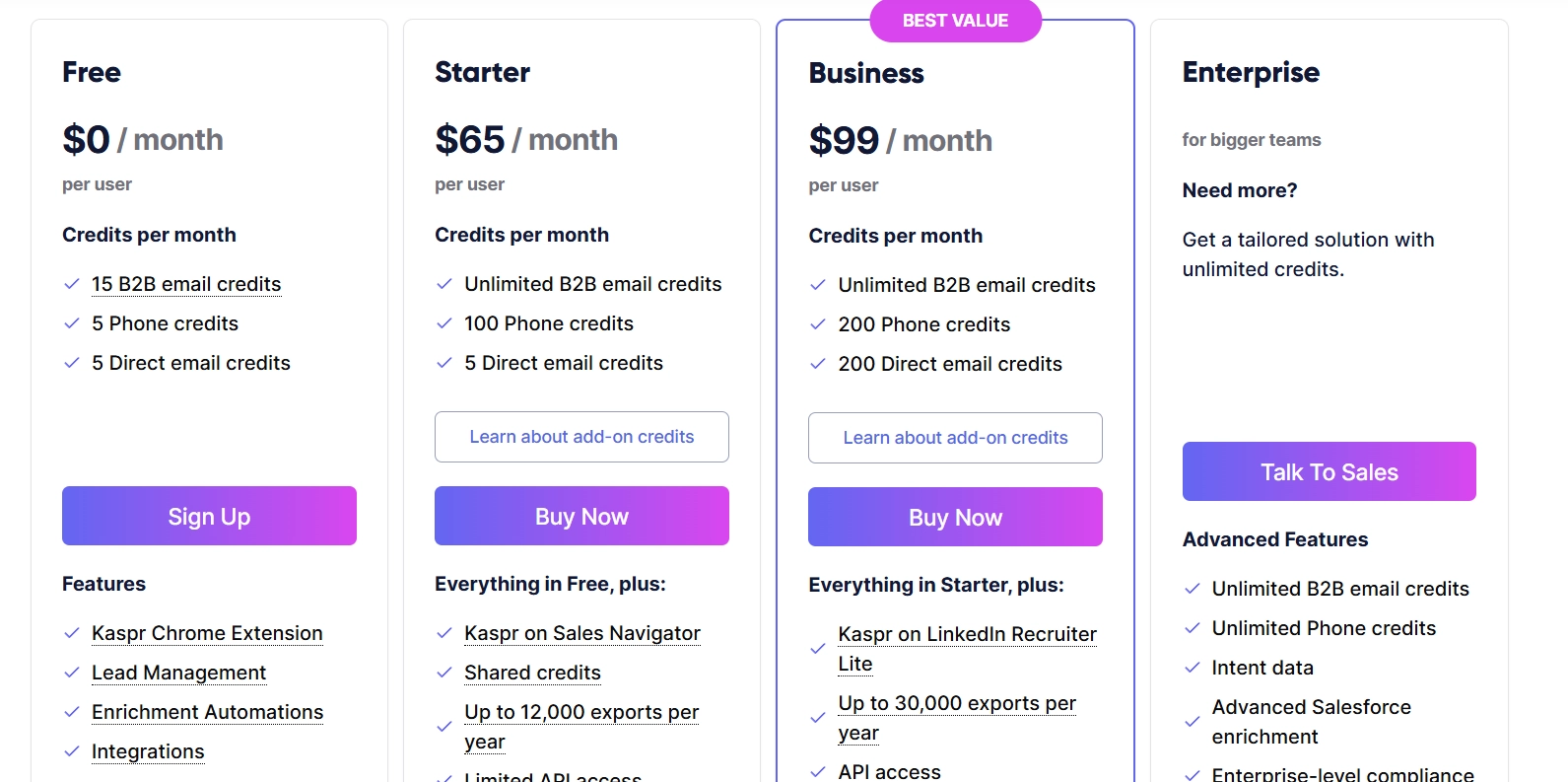
- Free: Provides 15 B2B email credits, 5 phone credits, 5 direct email credits and includes Kaspr Chrome Extension, lead management, and enrichment.
- Starter: $65/user/month, includes unlimited B2B email credits, 100 phone credits, 5 direct email credits, everything in Free, plus Kaspr enabled on Sales Navigator, shared credits across the team, team usage reports.
- Business: $99/user/month, includes unlimited B2B email credits, 200 phone credits, 200 direct email credits, everything in Starter, plus Kaspr on LinkedIn Recruiter Lite, up to 30,000 exports/year, and custom member permissions.
- Enterprise: Custom pricing, includes unlimited B2B email credits and phone credits, intent data, advanced Salesforce enrichment, and advanced security.
Pros & Cons
✅ Accurate EU-focused data.
✅ Unlimited B2B emails on all paid plans.
❌ Phone and direct email credits are limited and are spent fast in high-volume prospecting.
#7: Dropcontact
Best for: EU companies or global teams selling into Europe that need GDPR-strict enrichment.
Similar to: Clearbit, Hunter.io.
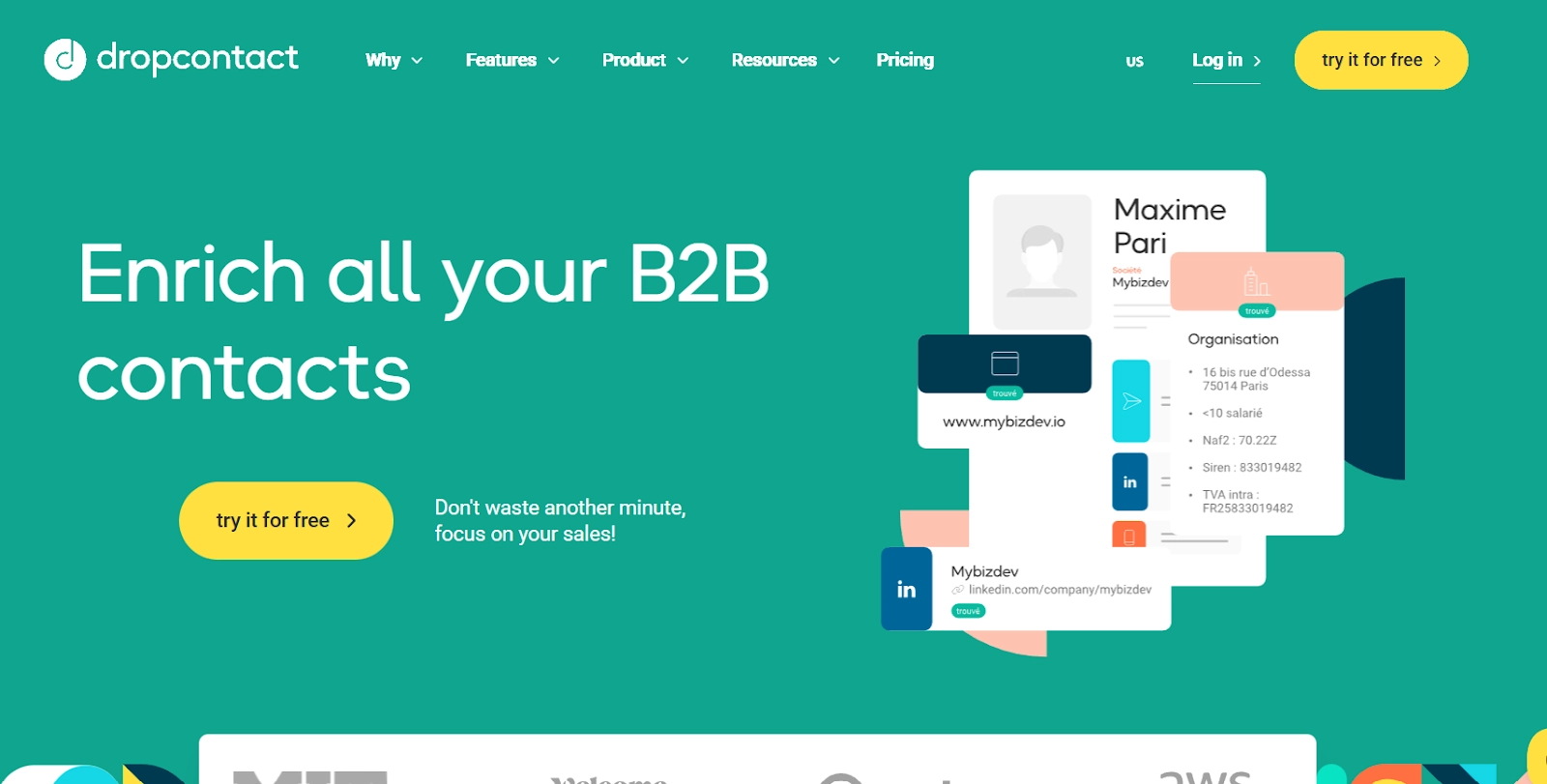
Dropcontact is an email enrichment and verification tool built specifically for teams that want clean, compliant, fully automated contact data without relying on third-party databases.
Instead of storing static records, Dropcontact generates and verifies emails in real time, making it one of the most privacy-safe options for B2B enrichment.
Features
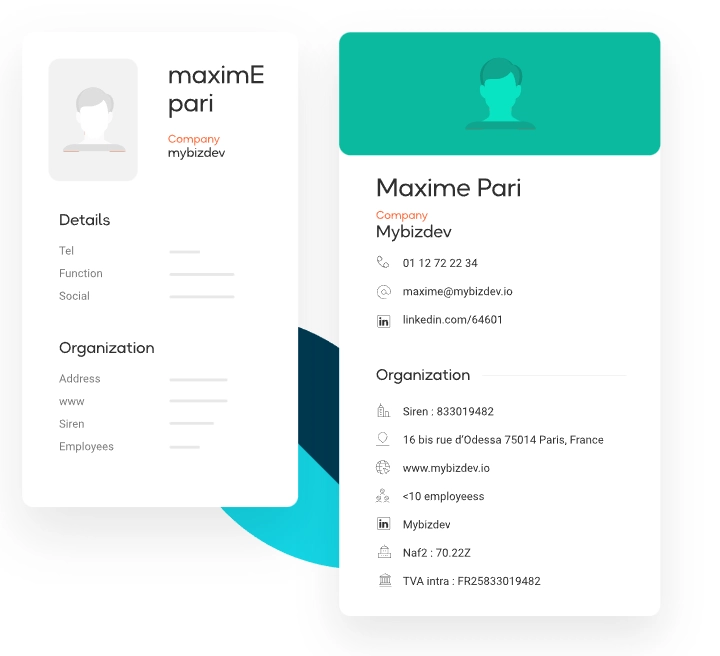
- GDPR-compliant email finder & enrichment: Finds B2B emails in real time, automatically enriching, deduplicating, and updating your CRM with fully GDPR-compliant contact and company data.
- Real-time email verification: Validates, corrects, and updates email addresses using proprietary, database-free algorithms.
- Company change tracking: Automatically detects when a prospect changes jobs, enriches their record with new verified contact details, and keeps your database continuously up to date.
Pricing
Dropcontact keeps pricing for its email finder solution simple with a single credit-based model.
Every 1 credit = 1 email found, and all searches include real-time enrichment, verification, and GDPR-compliant processing.
The pricing starts at €29 for 500 credits and can go up to 1,499€ for 100,000 credits.

If you want CRM enrichment, too, you’ll have to pay extra.
The prices for this solution are not published, so you’ll have to contact Dropcontact’s sales team for more details.
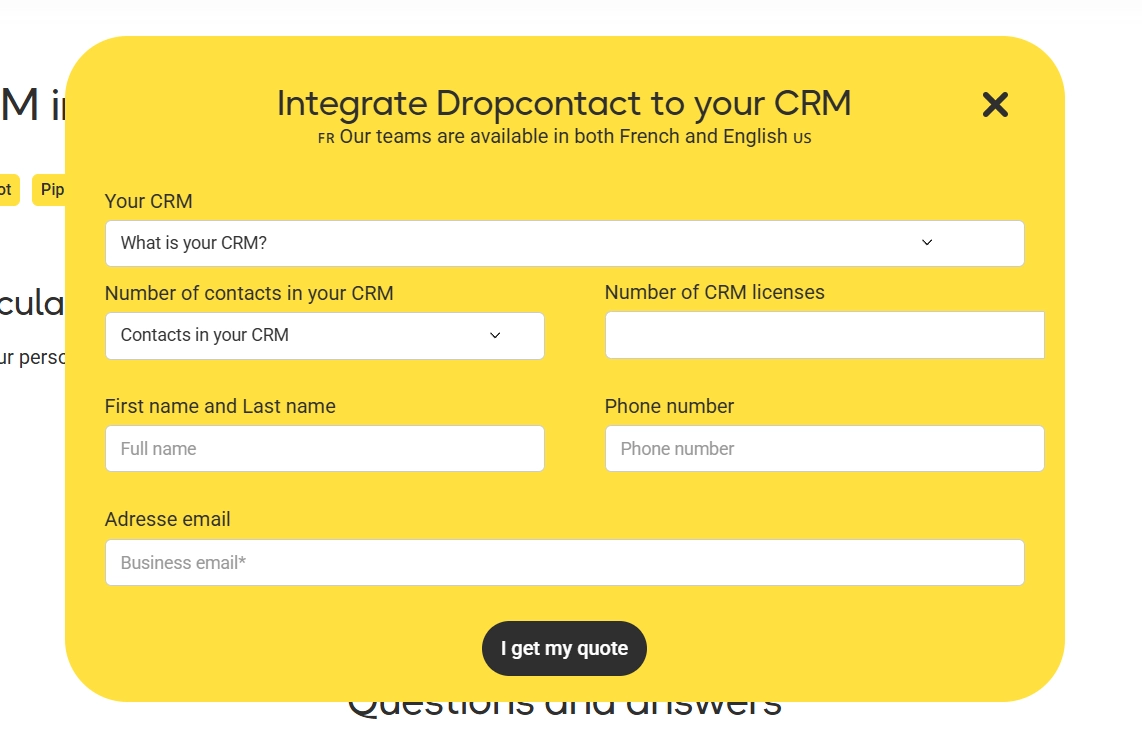
Pros & Cons
✅ Exceptionally accurate, GDPR-compliant email enrichment.
✅ Fast, automated enrichment at scale.
❌ Focused on EU emails only.
#8: Saleshandy
Best for: Teams who want one platform for both lead generation and email outreach, and agencies running high-volume outbound for multiple clients.
Similar to: Apollo, Lemlist, Snov.io.
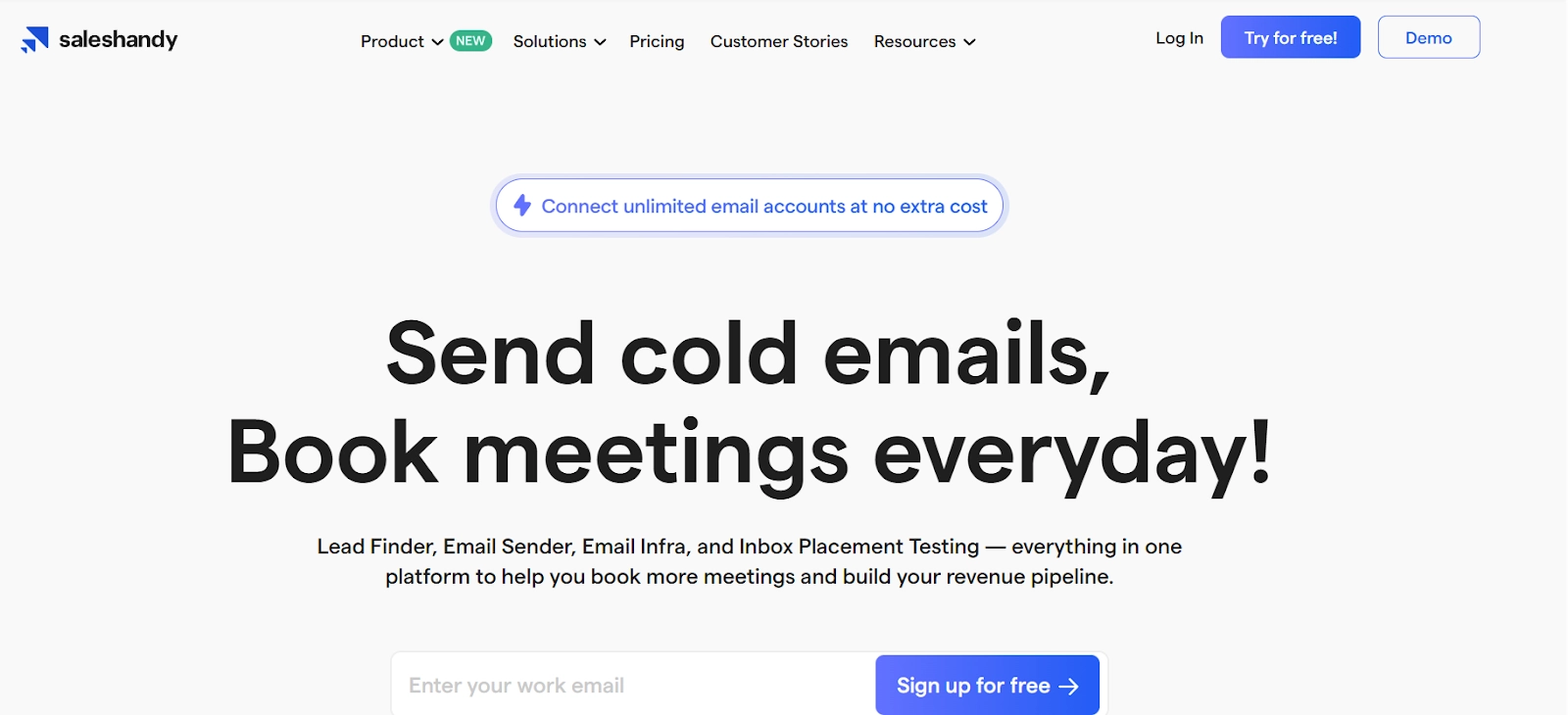
Saleshandy is an all-in-one outbound platform that combines a large B2B lead database with cold email automation, deliverability tools, and analytics.
With it, you can tackle the entire outreach process, from prospecting to outreach, in a single interface.
Features
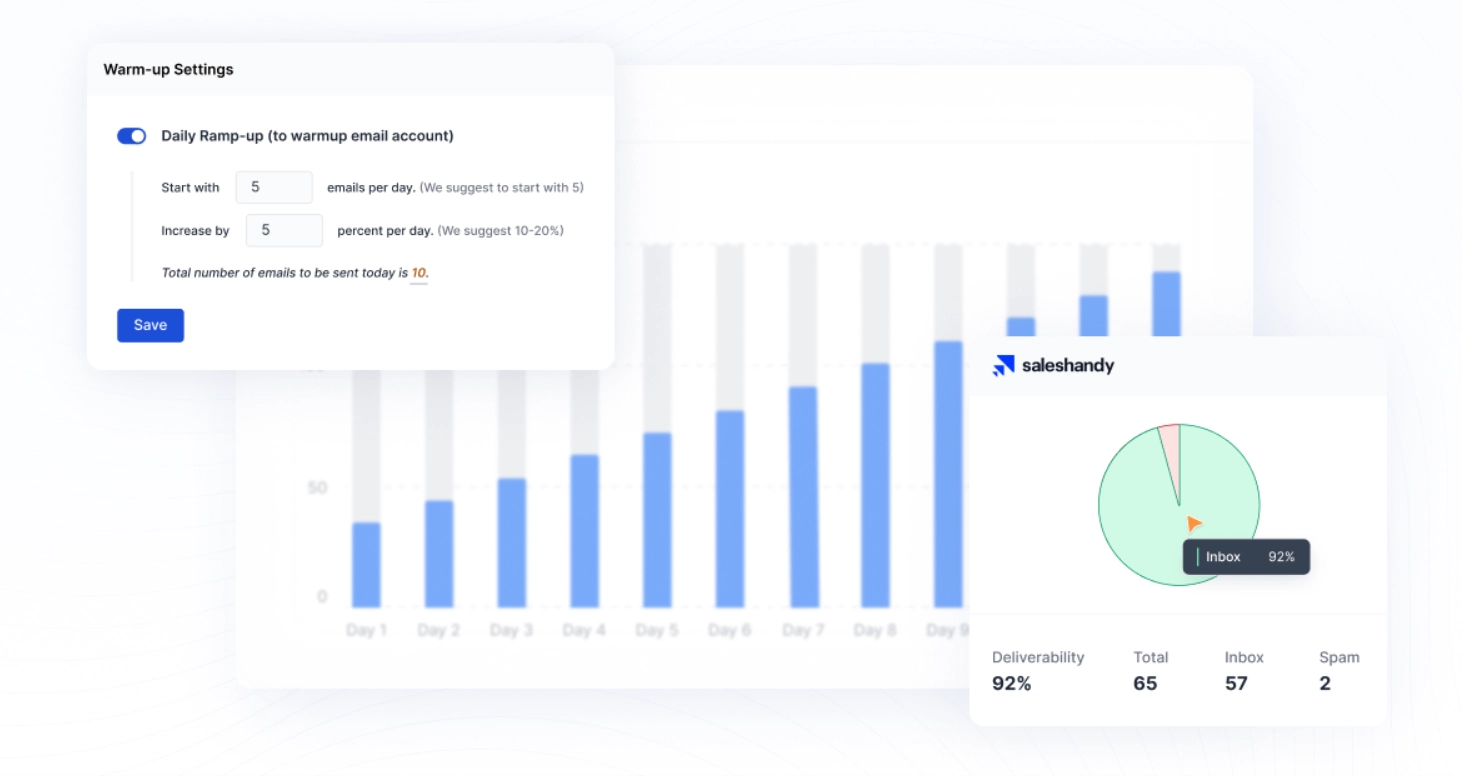
- Lead Finder: Rich database that gives you access to 700M+ contacts and 60M+ companies with filters like job title, industry, location, company size, and technologies.
- Cold email sequences: Create multi-step personalized email cadences with automated follow-ups, custom sending schedules, and merge tags, all designed for higher reply rates.
- Built-in email deliverability tools: Includes inbox warm-up, bounce protection, spam-checking, and smart sending logic to help your campaigns land in the primary inbox instead of spam.
Pricing
Saleshandy uses a modular pricing model with separate plans for Cold Emailing, B2B Lead Finder, and Inbox Placement Testing.
This lets teams pay only for what they use and scale each component independently.
Cold Emailing Plans:
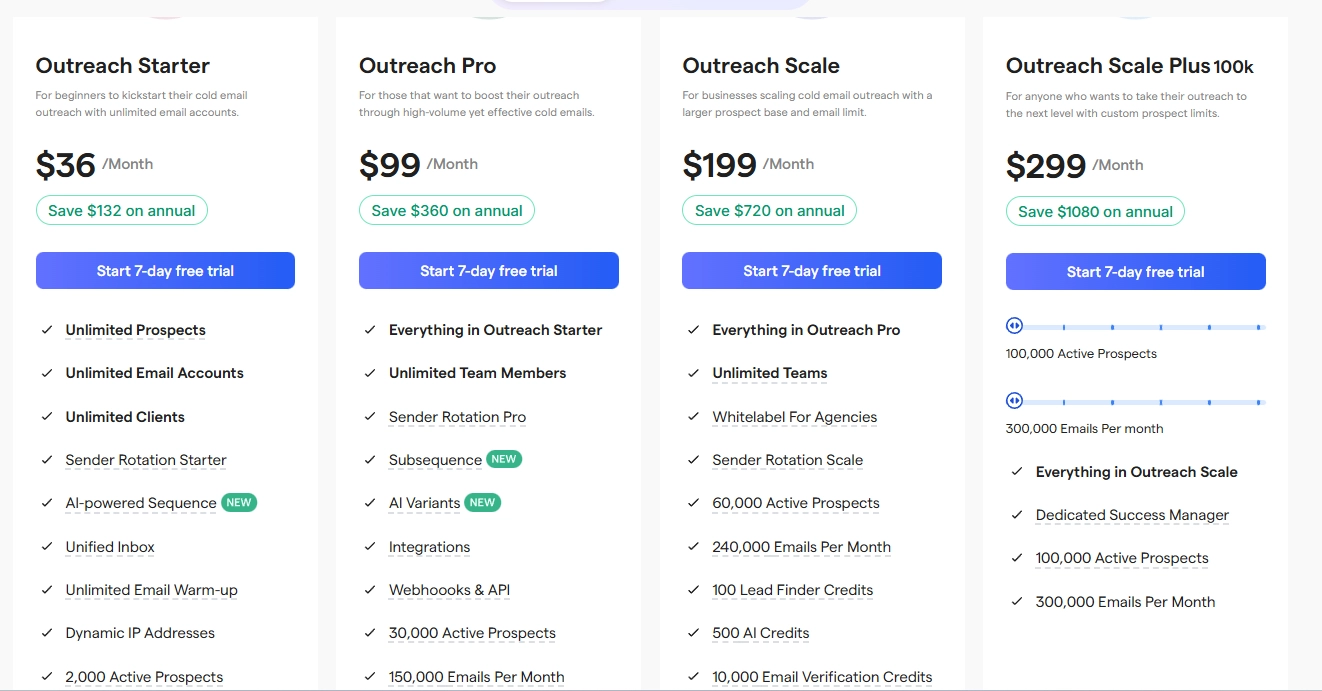
- Outreach Starter: $36/month, includes unlimited email accounts, AI-powered sequences, dynamic IP address, unlimited email warm-up, 2,000 active prospects, 6,000 emails/month, 50 Lead Finder credits, 1,000 email verification credits.
- Outreach Pro: $99/month, includes everything in Starter, unlimited team members, integrations/API, 30,000 active prospects, 150,000 emails/month, 5,000 verifications, follow-up sequences, advanced sender rotation.
- Outreach Scale: $199/month, includes everything in Pro, plus unlimited teams, whitelabeling, 60,000 active prospects, 240,000 emails/month, 10,000 verifications.
- Outreach Scale Plus: $299/month, includes everything in Scale, plus 100,000 active prospects, 300,000 emails/month, dedicated success manager.
There are also a few add-ons:
- AI Credits: You can purchase 5,000 for $10 and 1M for $2,000
- Email Verification: 30,000 emails for $79.
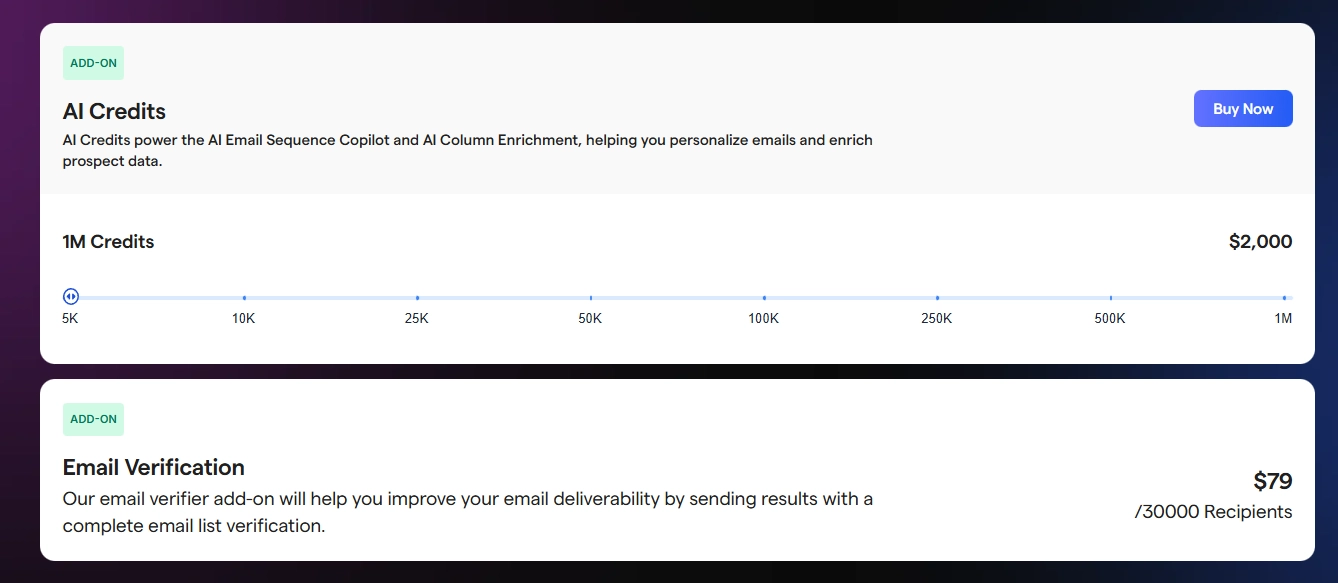
Lead Finder Plans:
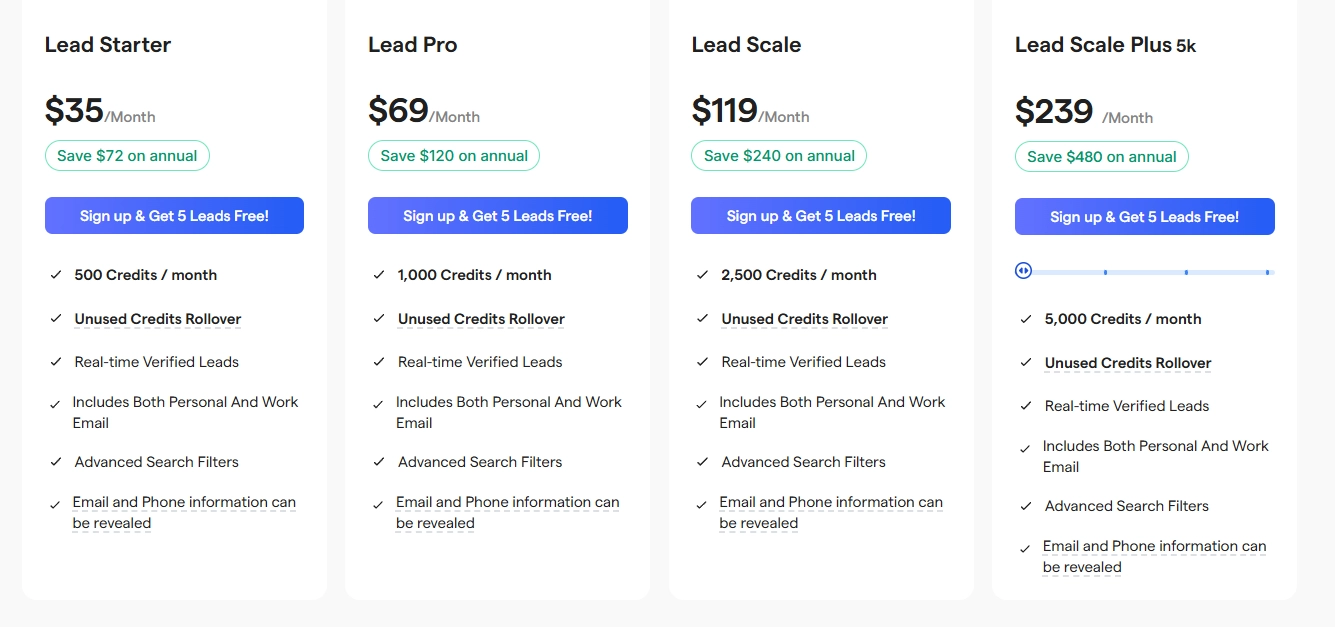
- Lead Starter: $35/month, includes 500 monthly credits + rollover, real-time verified leads, personal & work emails included, advanced search filters.
- Lead Pro: $69/month, includes everything in Starter plus 1,000 monthly credits.
- Lead Scale: $119/month, everything in Starter plus 2,500 monthly credits.
- Lead Scale Plus: $239/month, everything in Starter plus 5,000 credits.
You can also buy one-time credits, with the price starting at $57 for 1,000 credits and going up to $5,655 for 100k credits.

Inbox Placement Testing Plans:
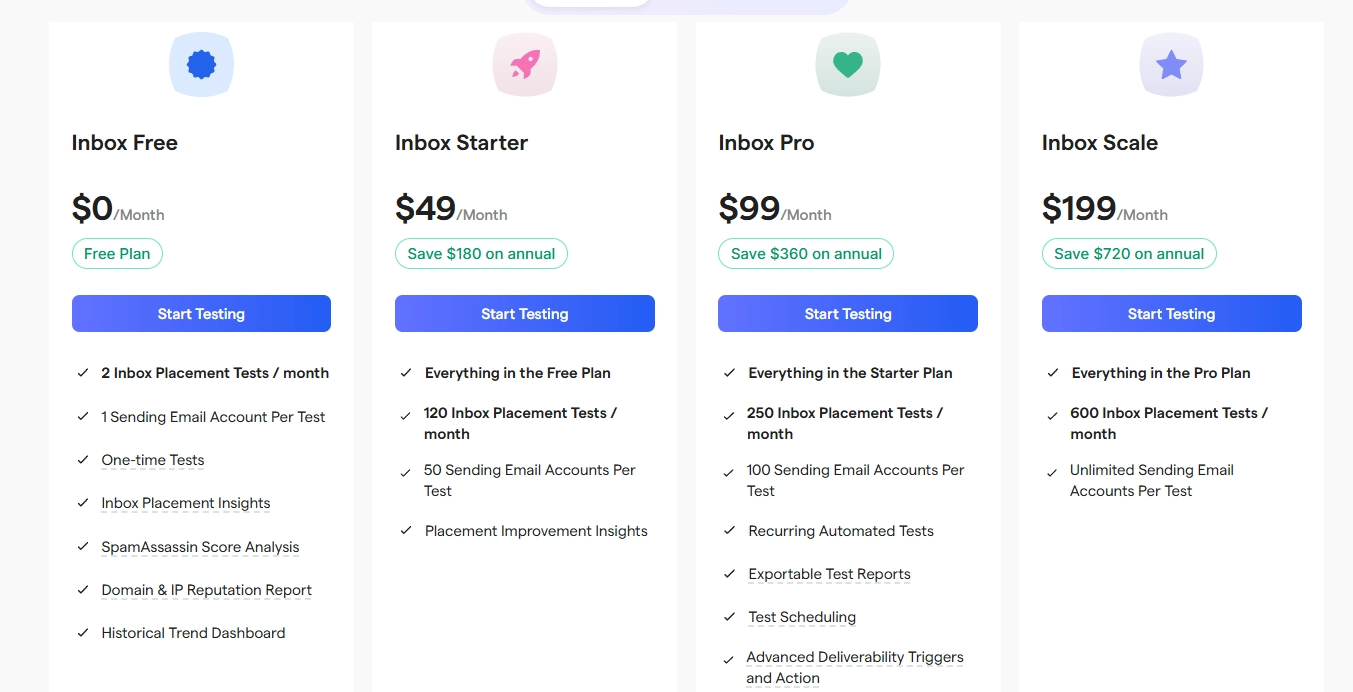
- Inbox Free: Includes 2 tests/month with deliverability reports, SpamAssassin score, and domain/IP reputation report.
- Inbox Starter: $49/month, includes everything in Free, plus 120 tests/month + up to 50 sending accounts per test, and placement improvement insights.
- Inbox Pro: $99/month, includes everything in Starter, plus 250 tests/month, automated recurring tests, exportable reports, and test scheduling.
- Inbox Scale: $199/month, includes everything in Pro, plus 600 tests/month + unlimited sending accounts per test, advanced deliverability automations.
Pros & Cons
✅ Strong deliverability features.
✅ Accurate real-time analytics for opens, replies, clicks, and bounce-rate optimization.
❌ Advanced email personalization and enrichment still require external tools.
#9: GetProspect
Best for: Teams that need a simple and affordable email finder.
Similar to: Lusha, Kaspr, Dropcontact, Snov.io, Hunter.
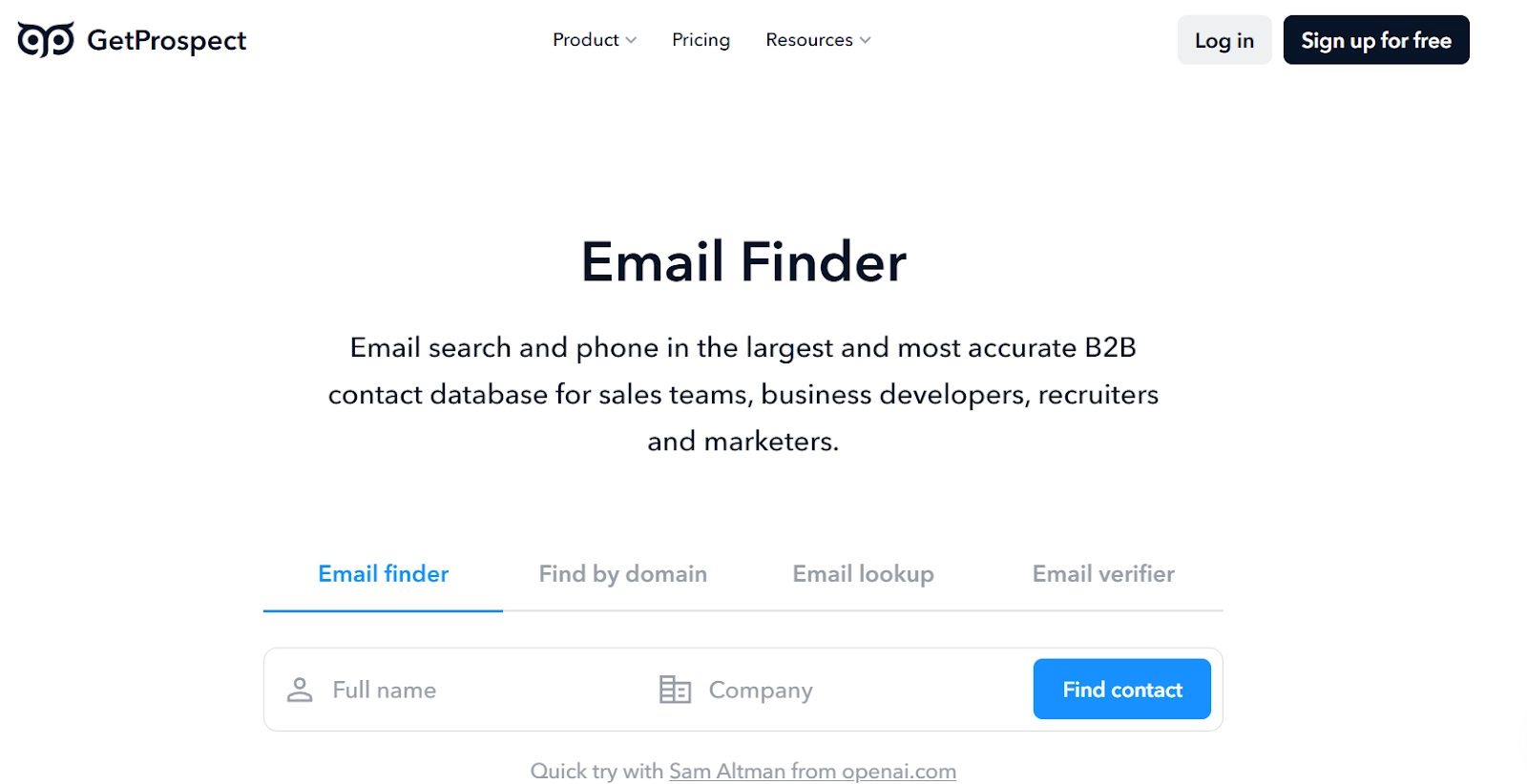
GetProspect is a B2B email finder and lead-generation tool that lets users extract contact data directly from LinkedIn, company websites, or via bulk list uploads.
It focuses on simple prospecting workflows, list management, and fast enrichment for sales teams that don’t need an all-in-one outbound platform.
Features
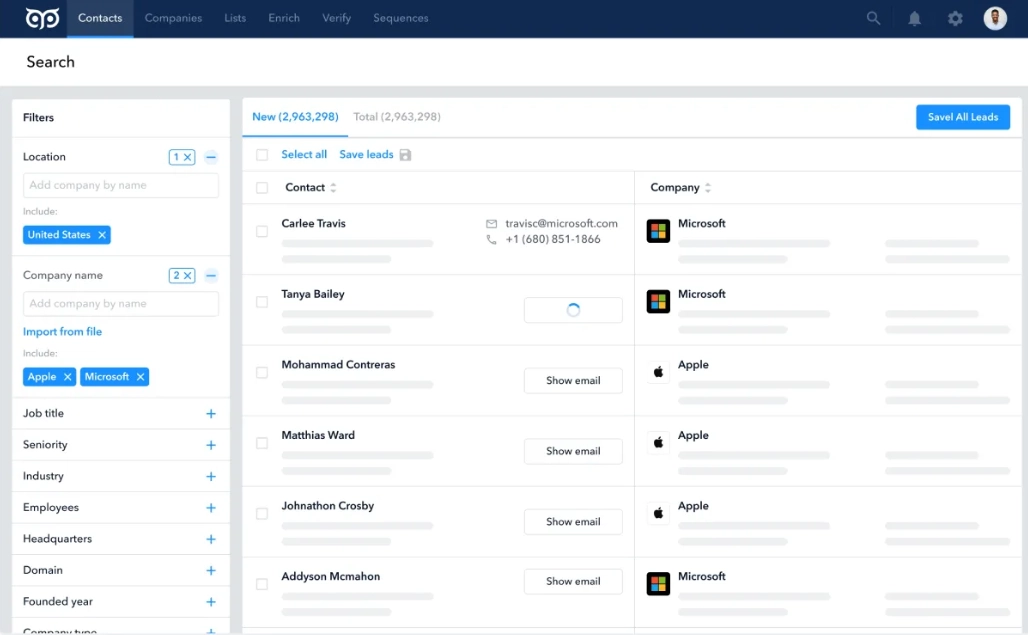
- B2B contact database: A large, continuously updated B2B database with 230M+ corporate emails, 26M companies, and 130M mobile numbers, allowing users to source new prospects without relying solely on LinkedIn scraping.
- Chrome extension: Lets you extract verified emails directly from any LinkedIn profile, LinkedIn group, or website.
- Reverse email lookup: Uncovers full lead profiles from a single email address, instantly revealing name, company, job title, industry, location, website, and more.
Pricing
GetProspect has three plans:
- Free: Includes 50 valid emails, 100 verifications, LinkedIn extension, advanced filters, CSV/XLSX export.
- Starter: $49/month, includes everything in Free, plus 1,000 valid emails, 2,000 verifications, 5 phone numbers, CSV enrichment, dashboards & reports.
- Pro: $99/month, includes everything in Starter, plus 5,000 valid emails, 10,000 verifications, 5 phone numbers, native integrations.
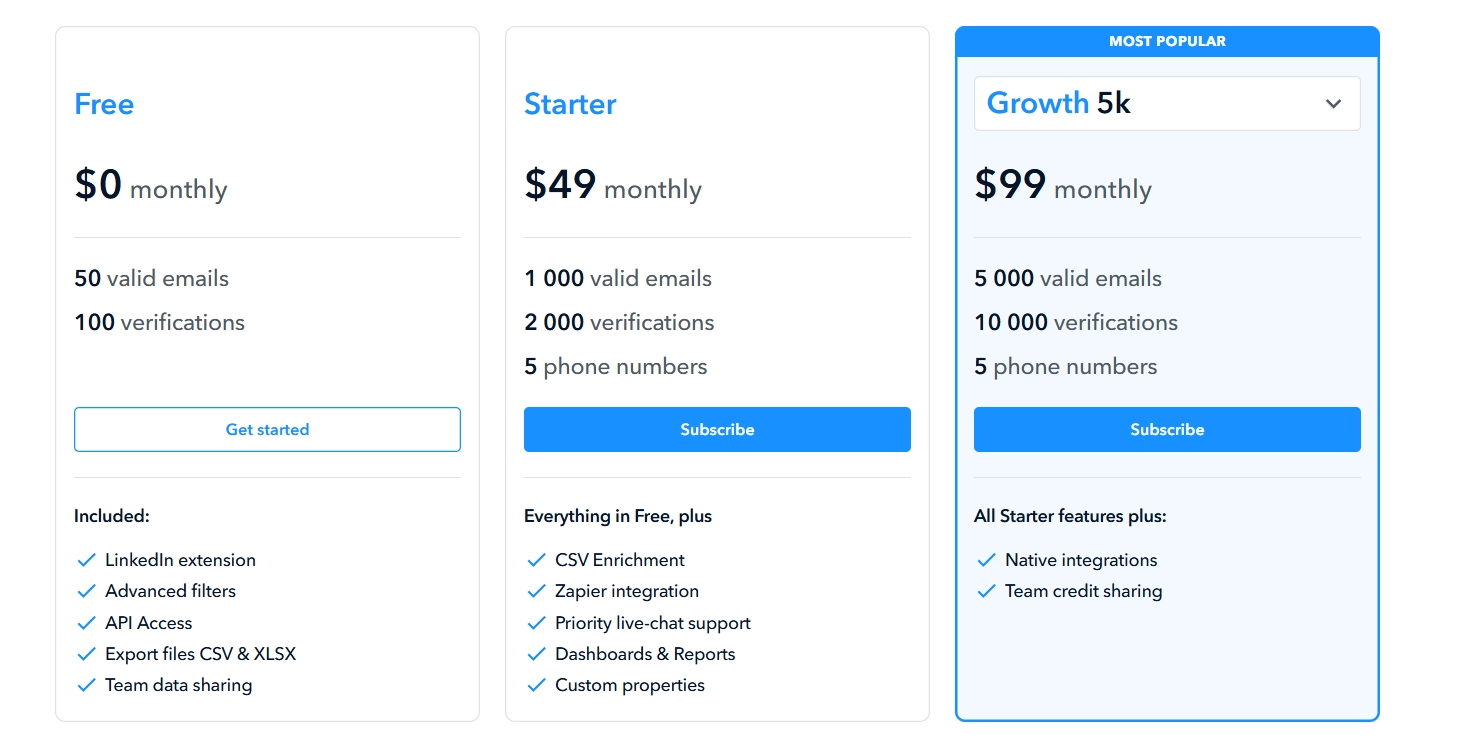
If you need more phone credits, you can purchase them at a price starting at $49/month for 150 monthly credits.
Extra email verification credits can also be bought. The price starts at $29 for 10,000 verifications and goes up to $2499 for 10M verifications.
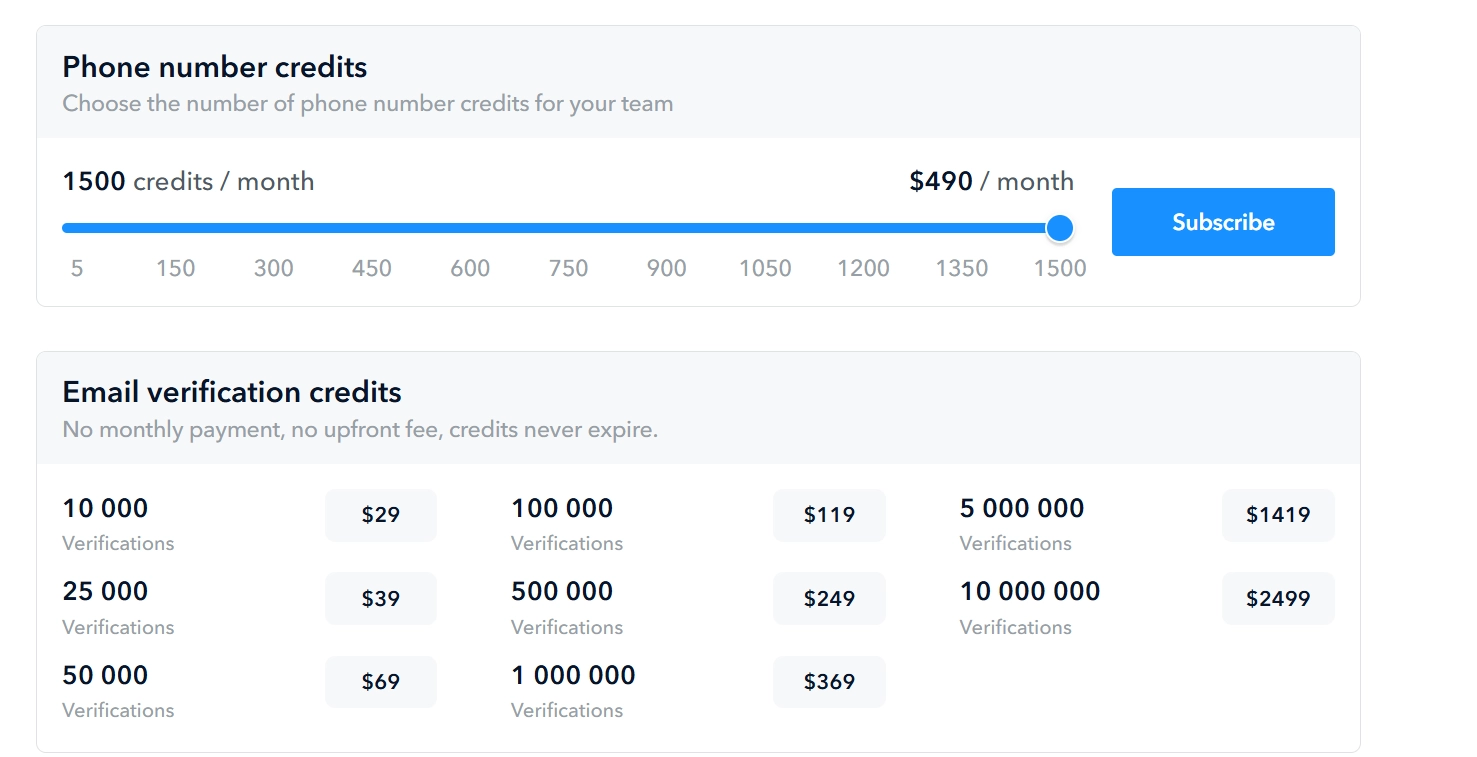
Pros & Cons
✅ Simple, intuitive UI.
✅ Chrome extension makes it effortless to pull emails and profiles directly from LinkedIn and other web sources.
❌ Database coverage is smaller than major competitors, so some industries and regions require extra manual digging.
#10: ContactOut
Best for: Recruiters, talent sourcers, and B2B teams who need highly accurate personal emails and phone numbers pulled directly from LinkedIn profiles.
Similar to: Lusha, RocketReach, and HireEZ.

ContactOut is an email and phone number finder built primarily for recruiters and B2B teams who rely heavily on LinkedIn for sourcing talent and prospects.
It focuses on providing highly accurate personal and professional contact details, often surfacing data that competitors miss.
Features
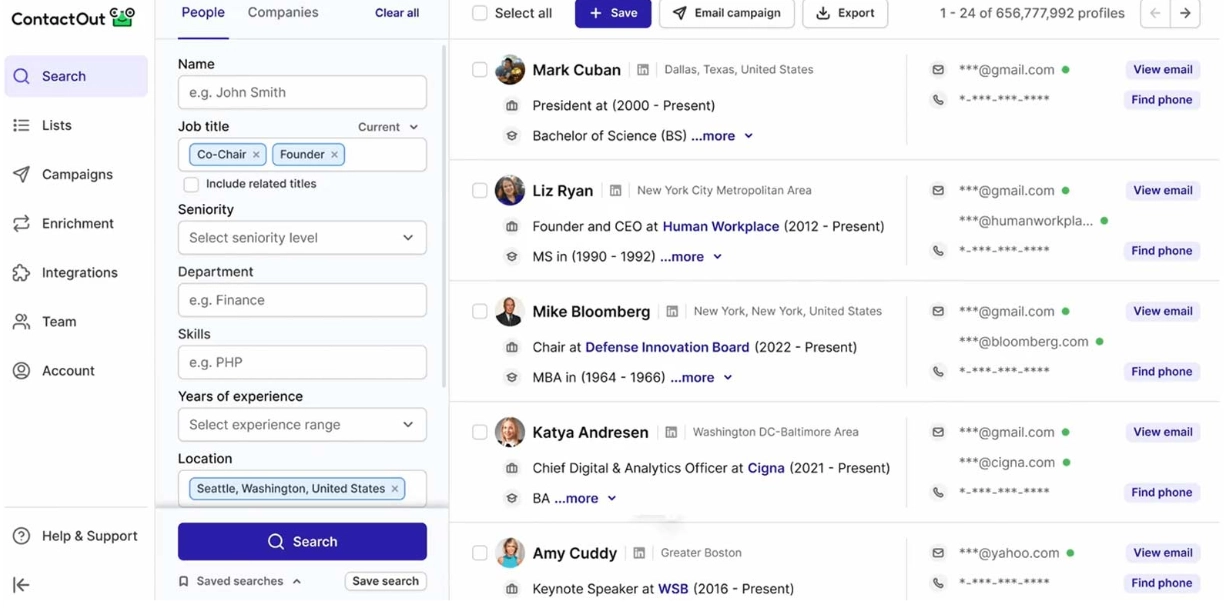
- Chrome extension: Reveals emails, phone numbers, and social profiles directly on LinkedIn and company websites.
- Large B2B database with strong personal email accuracy: Provides instant access to 350M professionals across 36M companies, enriched with 20+ filters including seniority, department, technologies used, and more.
- Automated email campaigns: Send outreach and follow-up sequences directly from the platform, which makes it useful as a lightweight outreach tool for both sales and recruiting teams.
Pricing
ContactOut has several tiers designed to accommodate teams of various sizes and needs:

- Free: Includes 5 emails, 5 phone numbers, and 5 exports/day, browser extension, search portal, and trial of premium features
- Email: $49/month, includes everything in Free, plus unlimited emails, 300 exports/month, email campaigns, list builder
- Email + Phone: $99/month, includes everything in Email, plus unlimited phone numbers, 600 exports/month, data enrichment, and AI Email Writer
- Team/API: Custom pricing, includes everything in Email + Phone, plus 20% more data coverage, 700M+ profiles with bulk access, works with Recruiter Pro, Salesforce + ATS integrations, team management + reporting.
Pros & Cons
✅ Highly accurate personal & work emails.
✅ Quality validation, with many users highlighting that ContactOut’s verified lists outperform alternative tools in accuracy.
❌ Provides too few credits for the price.
Final thoughts: Which Skrapp.io alternative actually moves the needle?
Most Skrapp.io alternatives fall into one of three buckets:
- Email finders (Skrapp, Hunter, Dropcontact, GetProspect) - perfect for “give me an email fast,” but still leave you guessing who to prioritize.
- Data + outreach platforms (Apollo, Snov.io, Saleshandy, Lusha, Kaspr, ContactOut) - better for “find + send,” but still mostly blind to intent and real-time buying signals.
- Signal-based intent platforms (Warmly) - built for “who’s actually ready to talk right now, and how do we turn that into pipeline automatically?”
So the real question isn’t “Which tool finds the cheapest emails?”
It’s:
“Which tool helps my team spend more time with in-market buyers and less time sifting through cold lists?”
If you’re happy with classic list-building and manual cadences, any of the more traditional Skrapp.io competitors in this guide will do the job.
But if you want to:
- Know who’s on your site right now (and whether they match your ICP),
- See real buying intent across your website, LinkedIn, and 3rd-party research,
- Let AI SDRs trigger the right email, DM, or ad at the exact right moment,
- Build high-intent lists with Coldly’s 200M+ validated contacts instead of random scrapes,
…then it probably makes sense to look beyond email finders and into a signal-based revenue platform like Warmly.
If you’re curious how this looks in your own funnel, with your traffic, your ICP, and your existing tools, the easiest next step is to see it live.
Book a Warmly demo, and we’ll walk you through exactly how to create more qualified opportunities from the buyers already raising their hands.
Read More
- 10 Best VoilaNorbert Alternatives & Competitors [Nov 2025] - Find out which email finders and enrichment tools actually outperform VoilaNorbert on data accuracy, pricing, and real-world outbound results.
- How To Successfully Do ABM At Scale In 2025 - A practical playbook for turning ABM from a slide-deck idea into a scalable, signal-driven motion that consistently creates pipeline from your highest-value accounts.
- 10 Best Sales Engagement Tools & Software [November 2025] - Compare the top sales engagement platforms side by side so you can choose the one that helps your reps send fewer, smarter touches, and close more deals.
- 8 Sales Plays For GTM That Work In 2025 [Expert-Sourced] - Steal 8 proven, expert-sourced sales plays you can plug straight into your GTM motion to warm up accounts, multithread deals, and accelerate opportunities already in your pipeline.
- 10 Best Success AI Alternatives & Competitors [Nov 2025] - Explore 10 Success AI competitors that go beyond generic “AI outreach” and help you personalize at scale, protect deliverability, and book more meetings with real intent.
- How To Do Lead Scoring In Clay In 2025? - Learn exactly how to build, automate, and iterate a lead-scoring system inside Clay so your sales team sees your highest-intent, highest-fit accounts at the top of the queue every day.



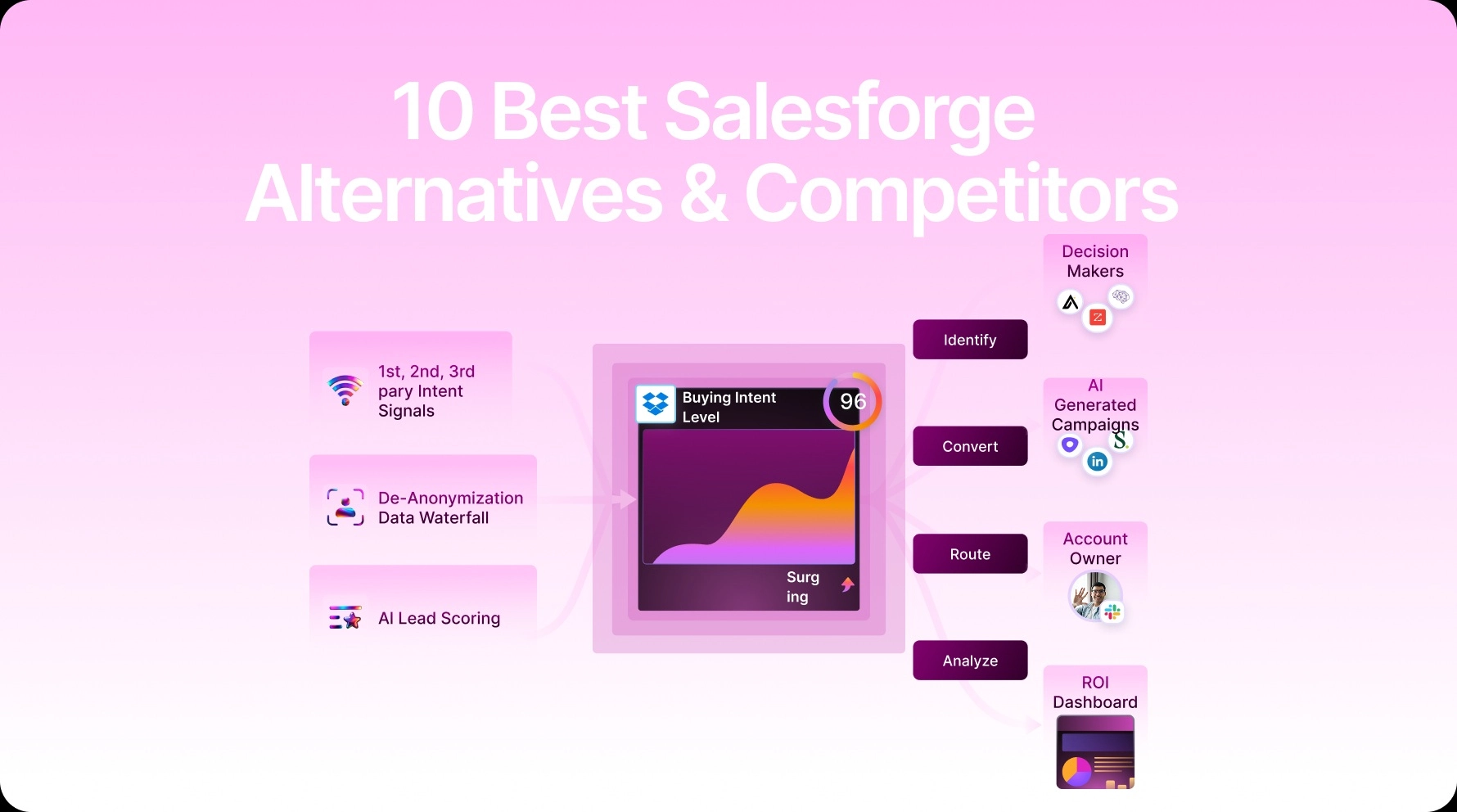
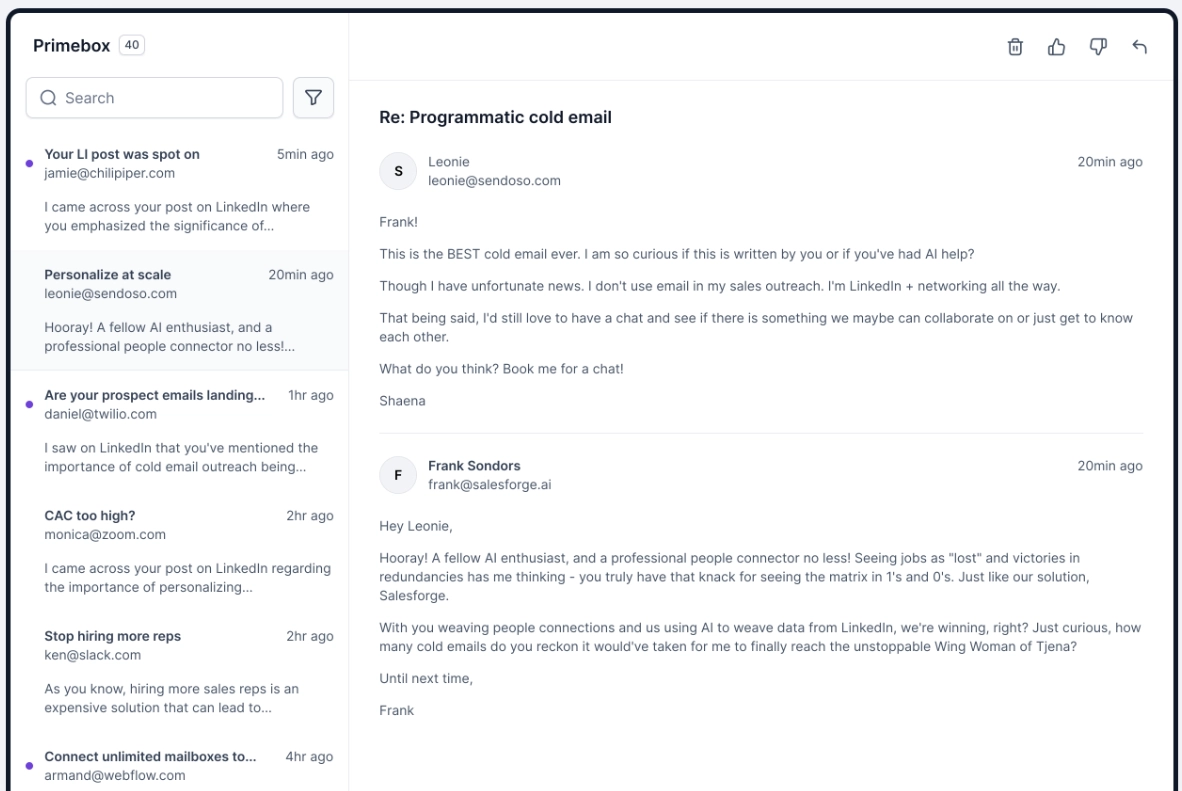
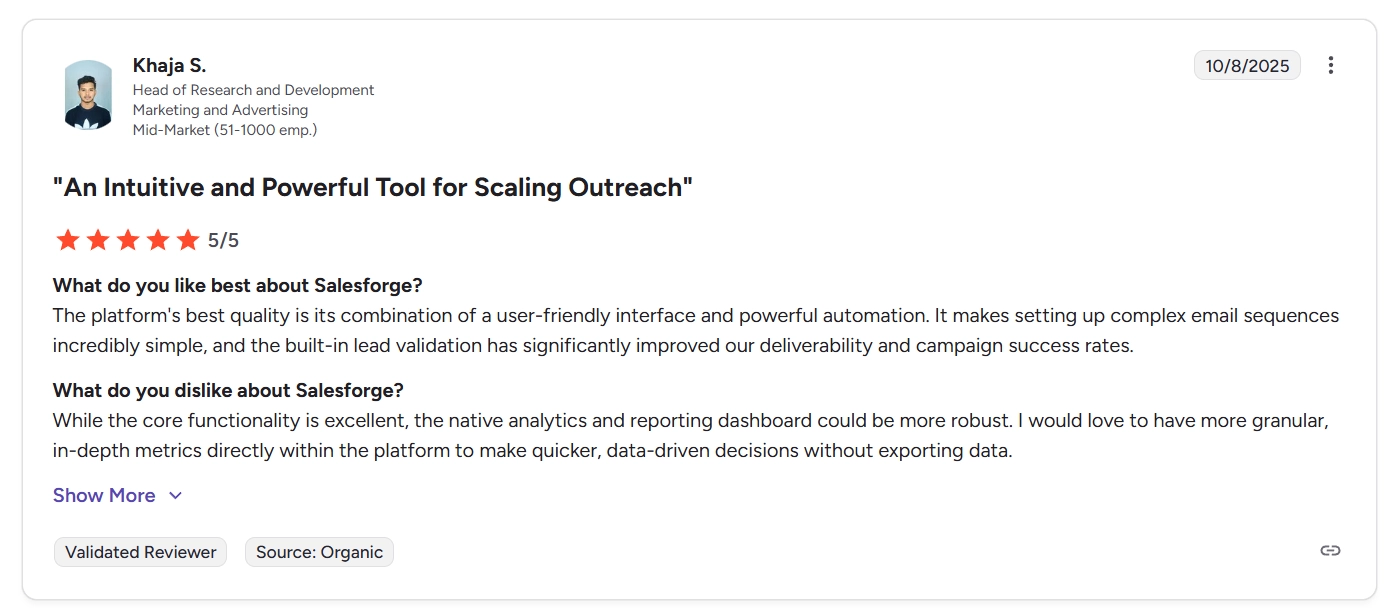
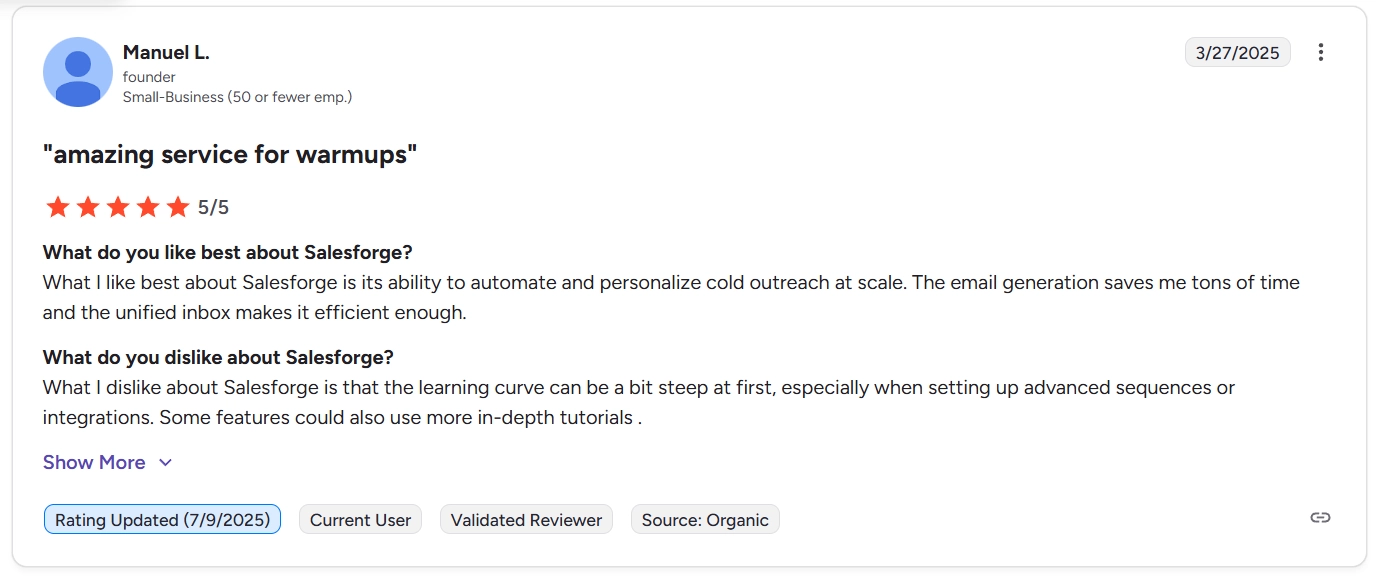
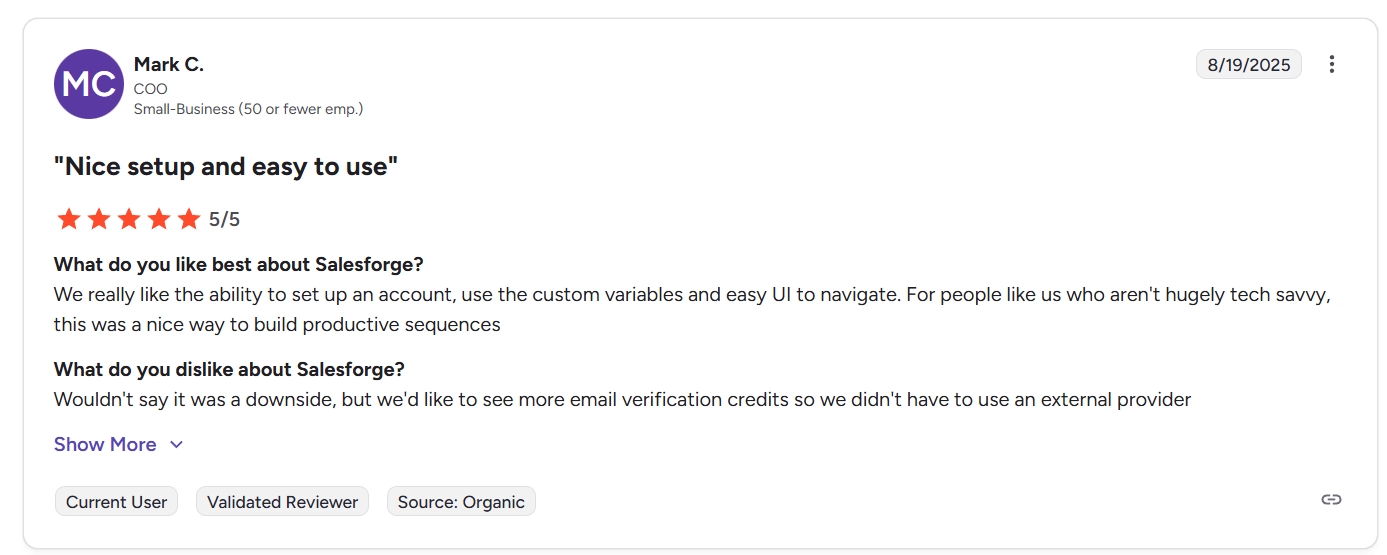
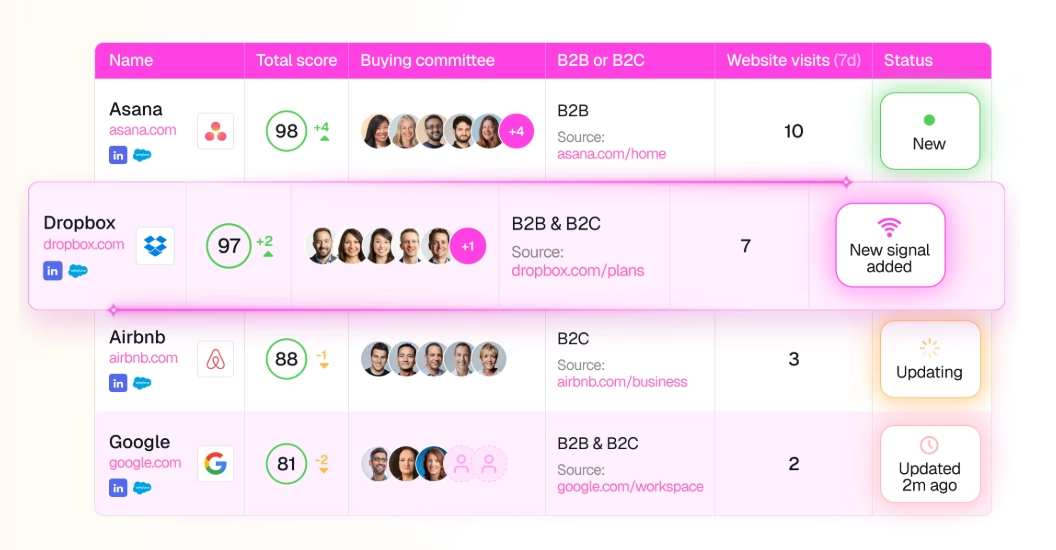
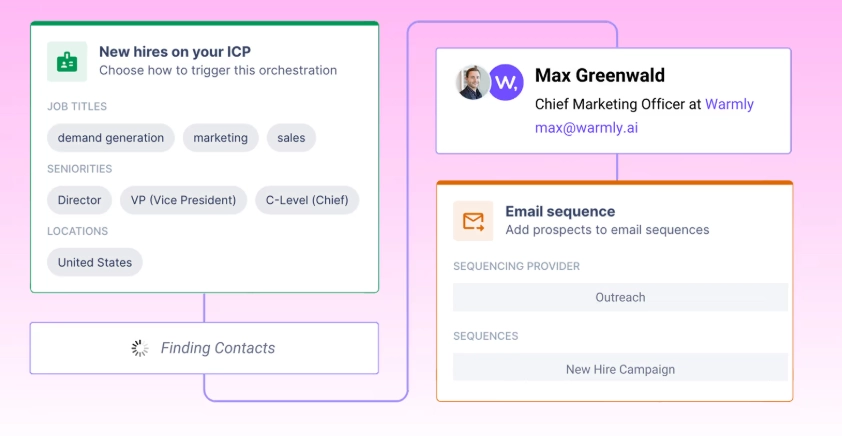
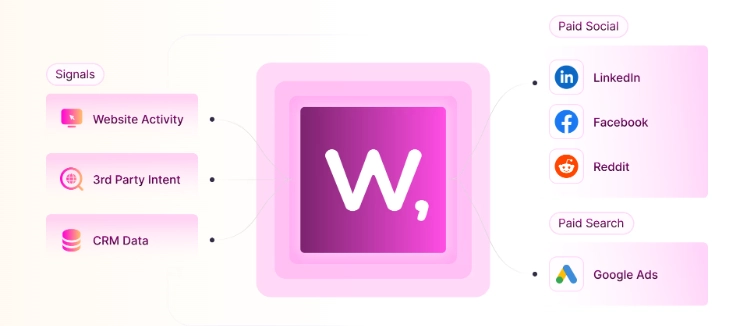
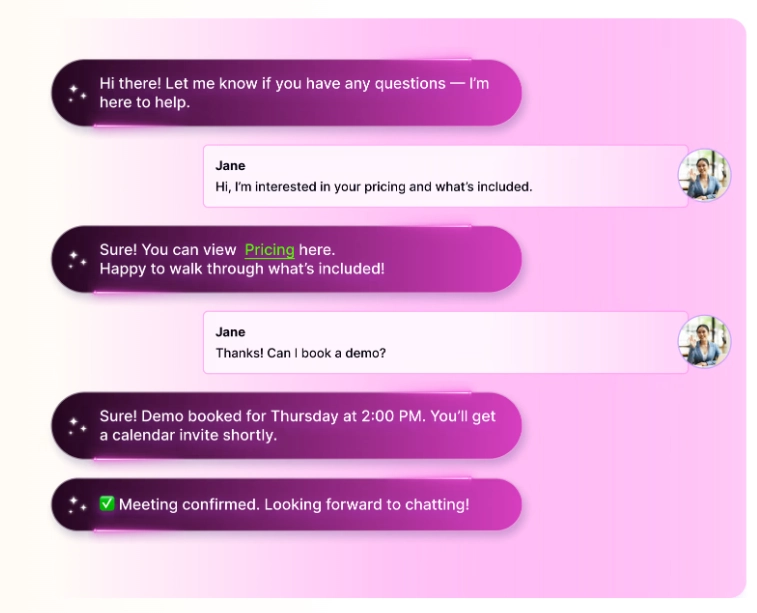
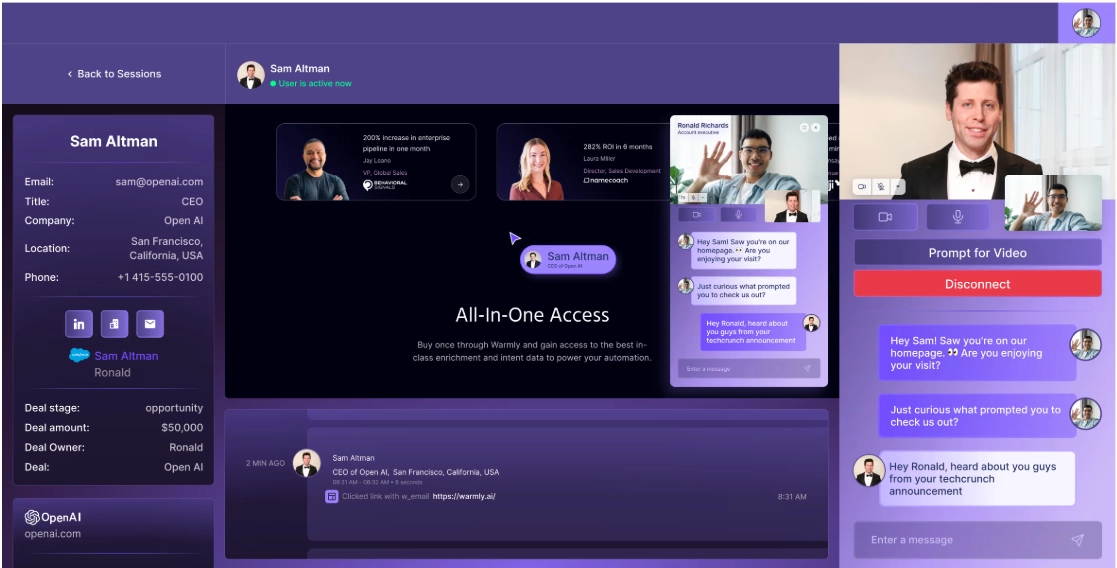
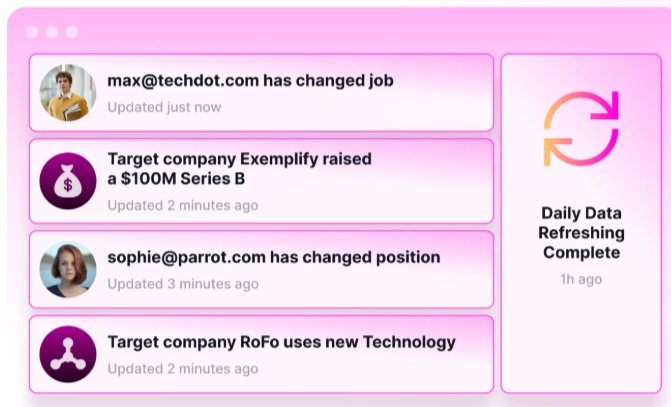
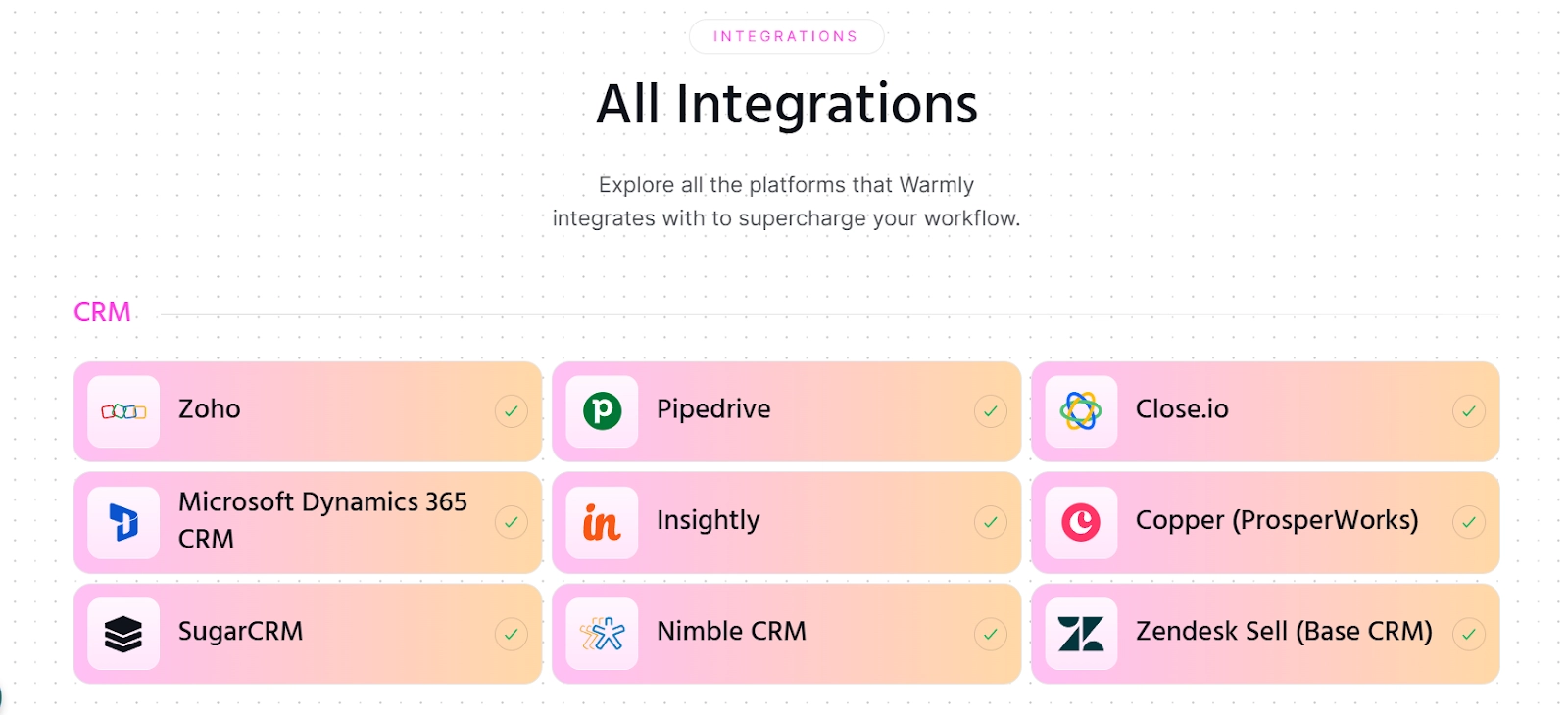
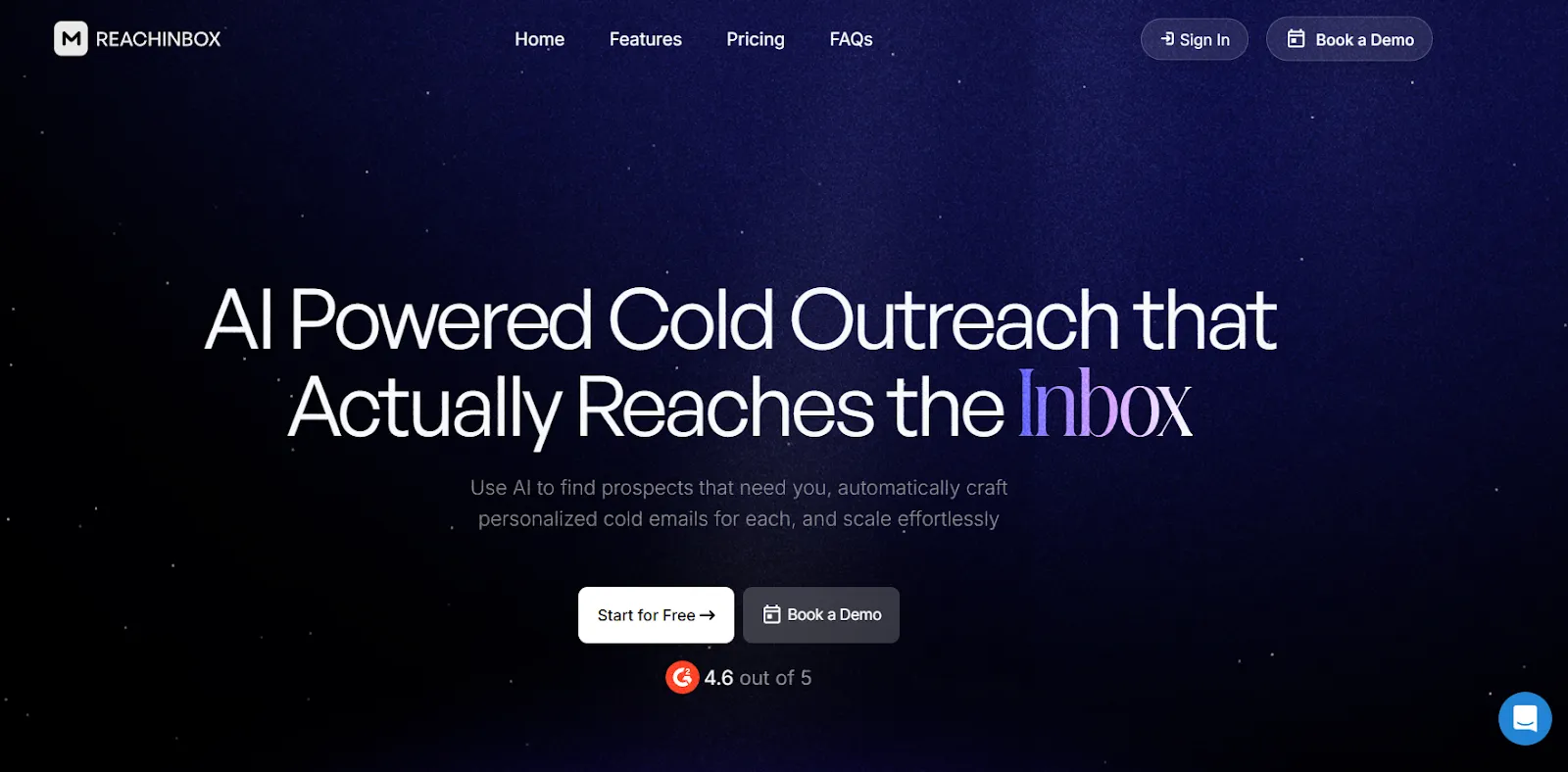
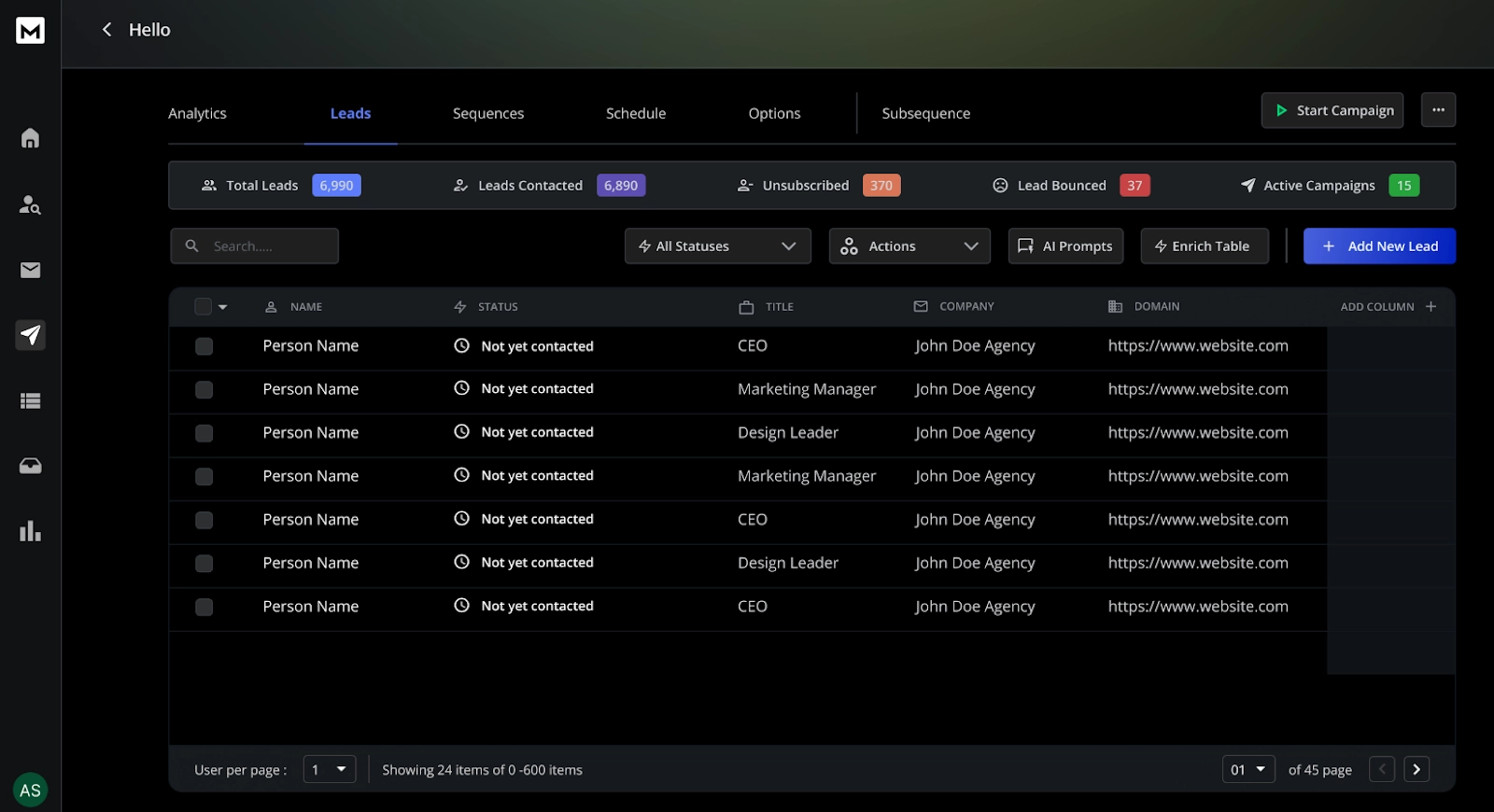
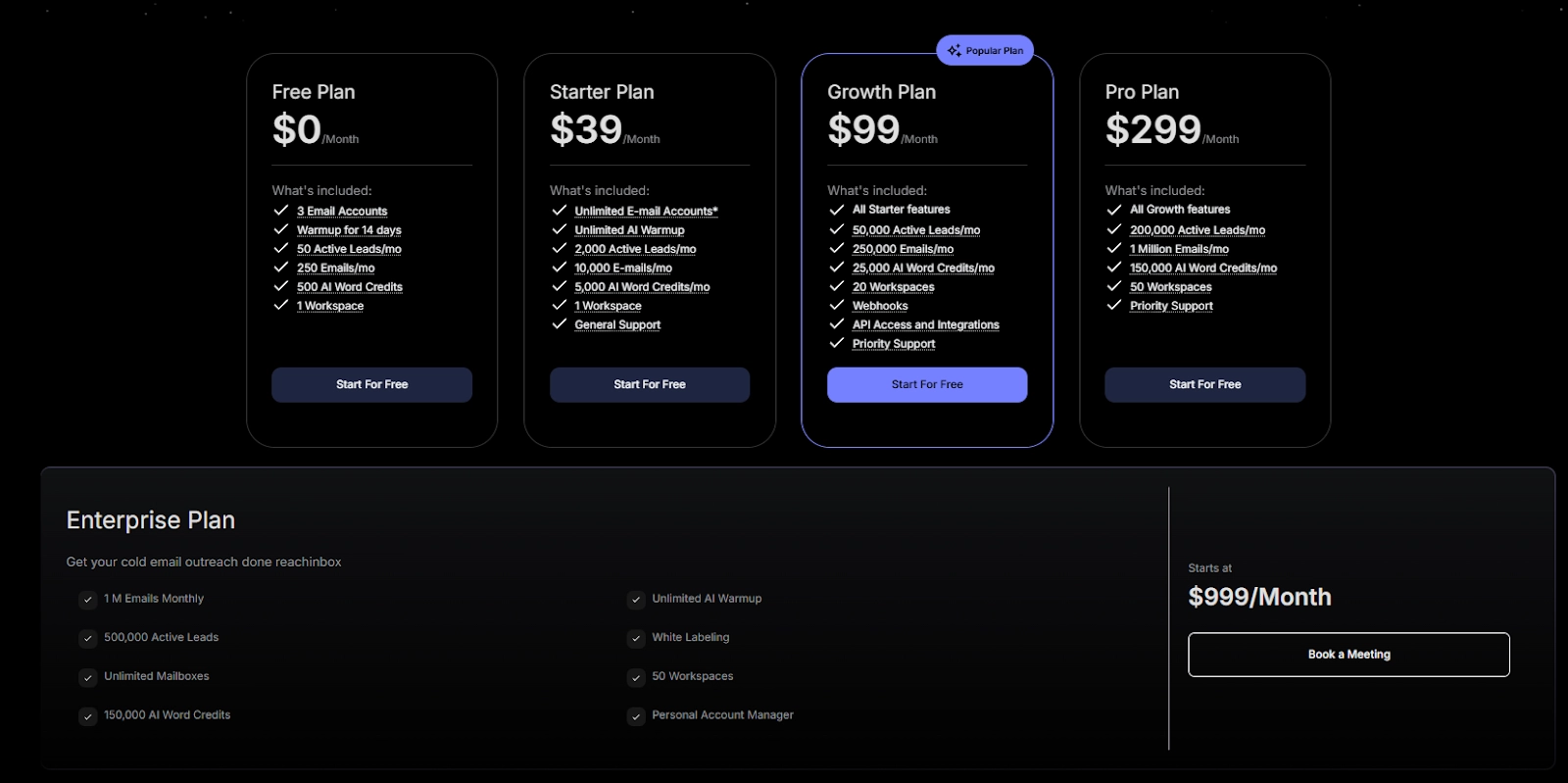

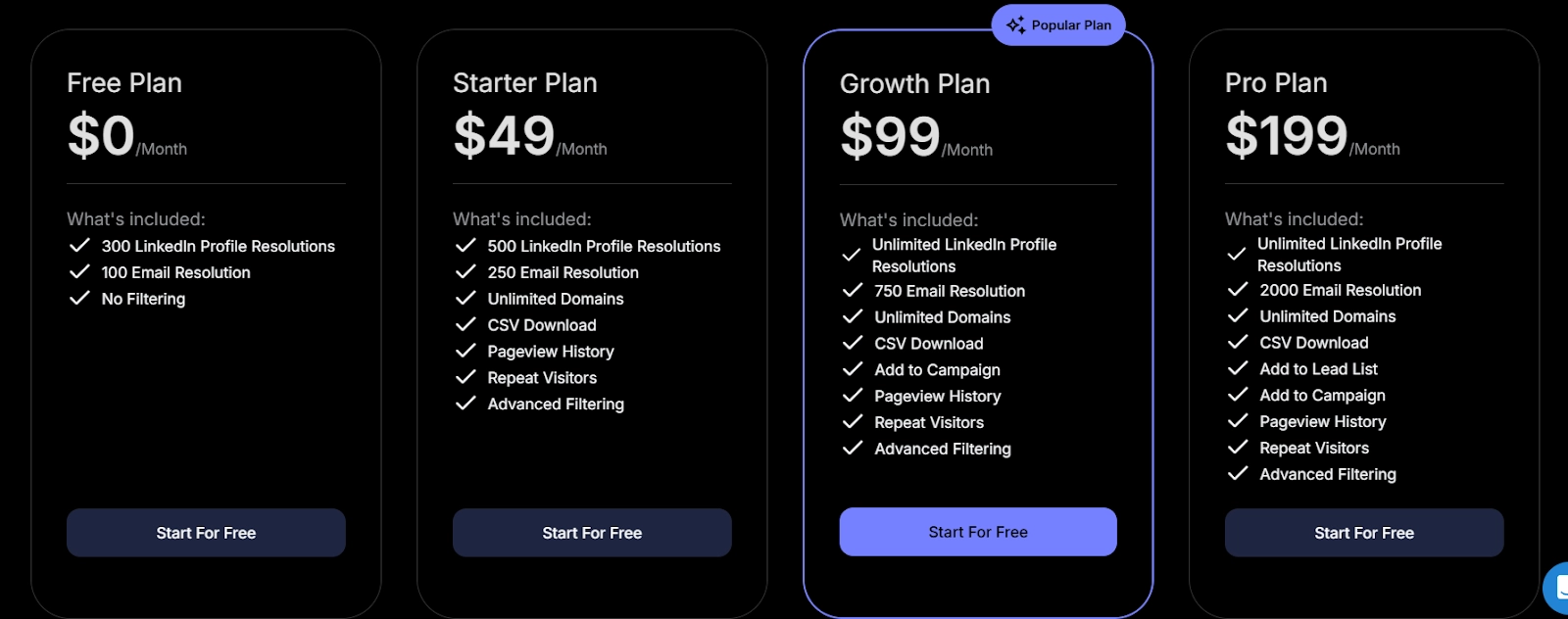
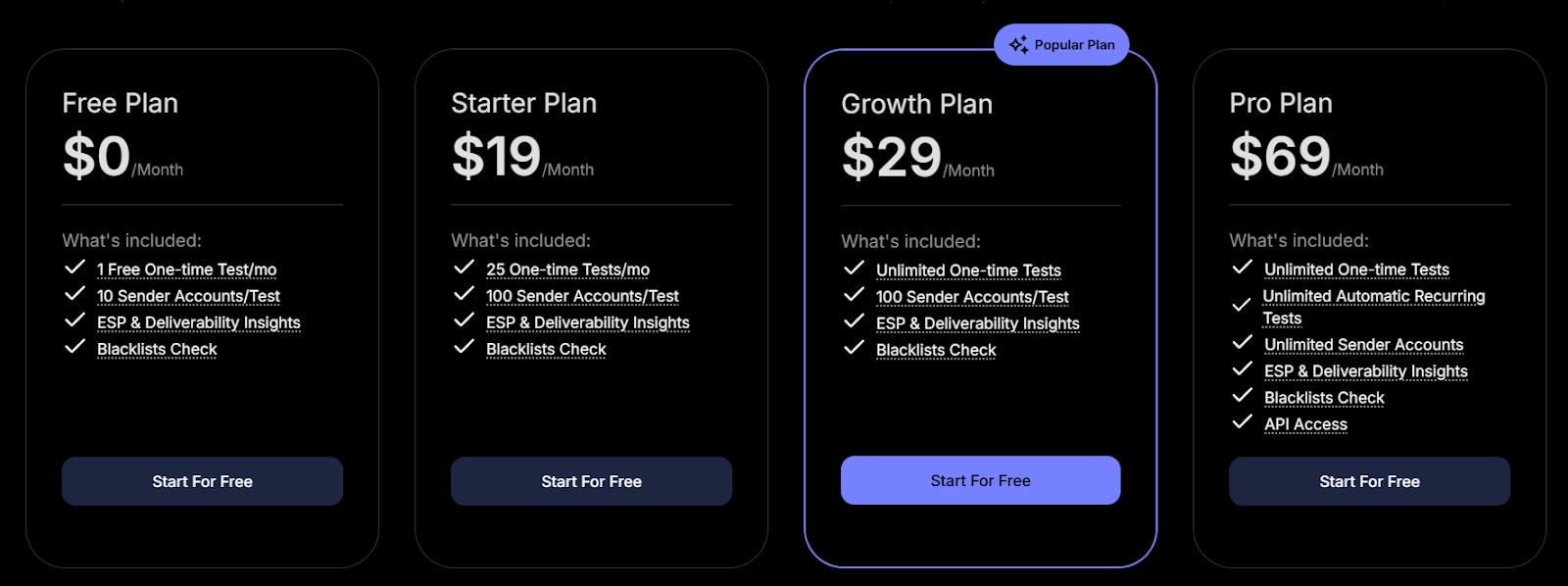
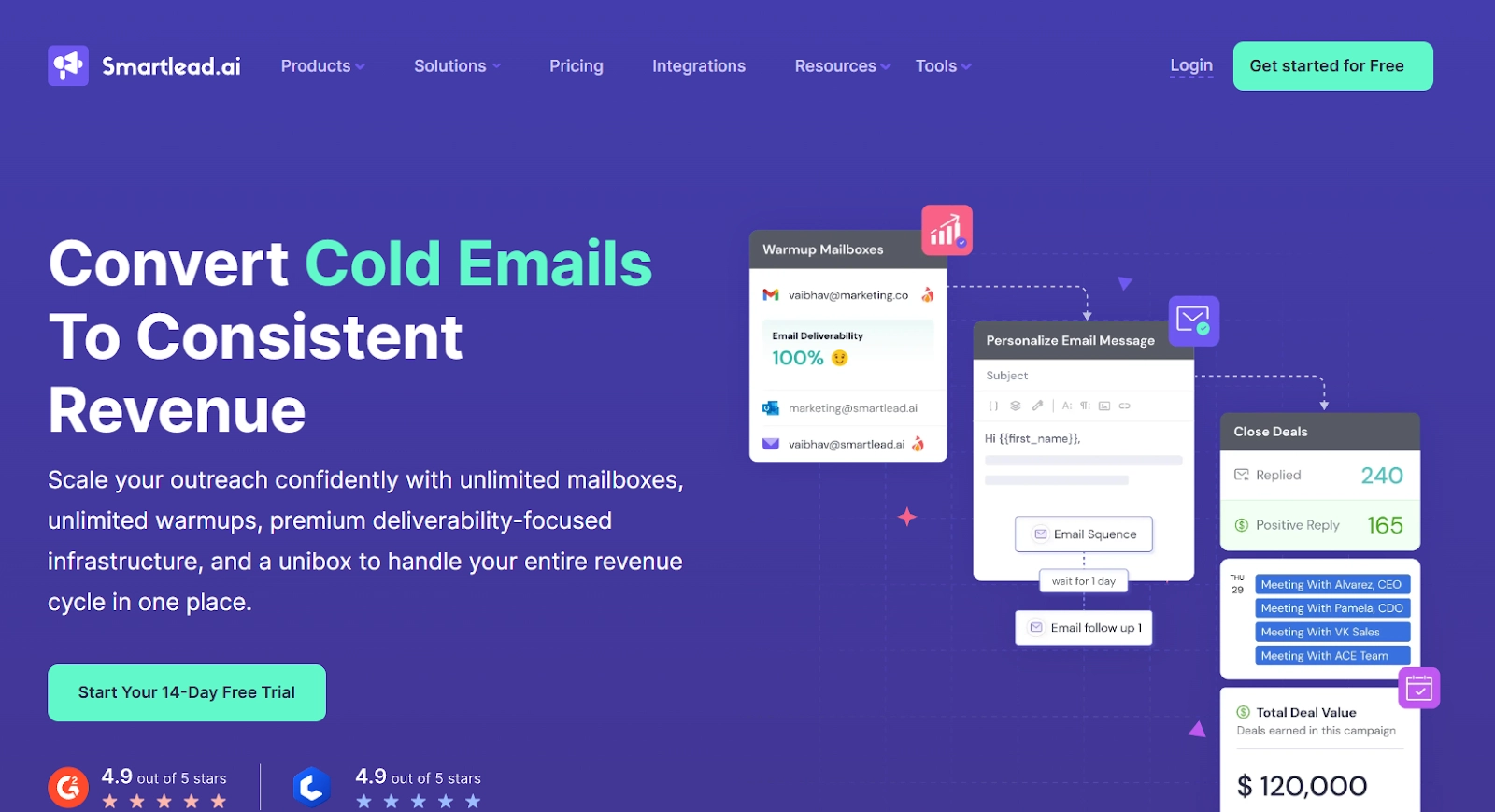
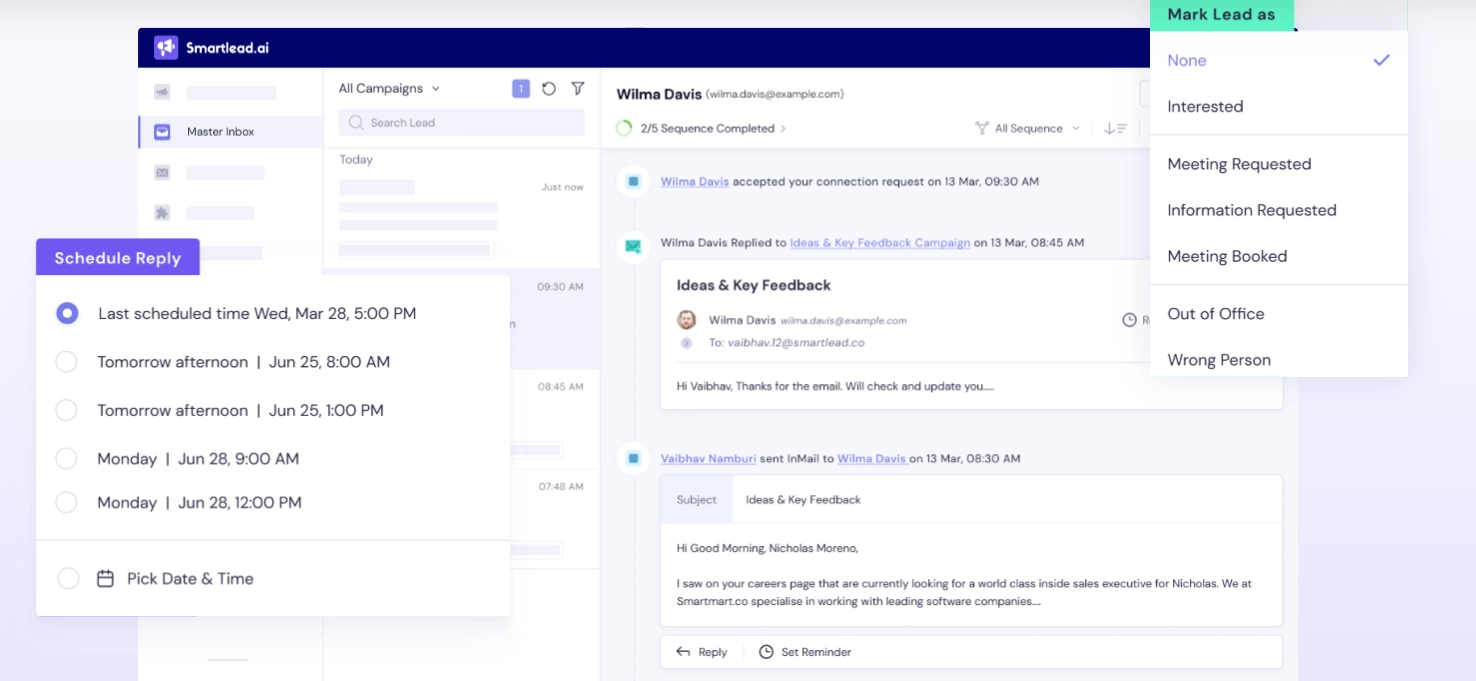
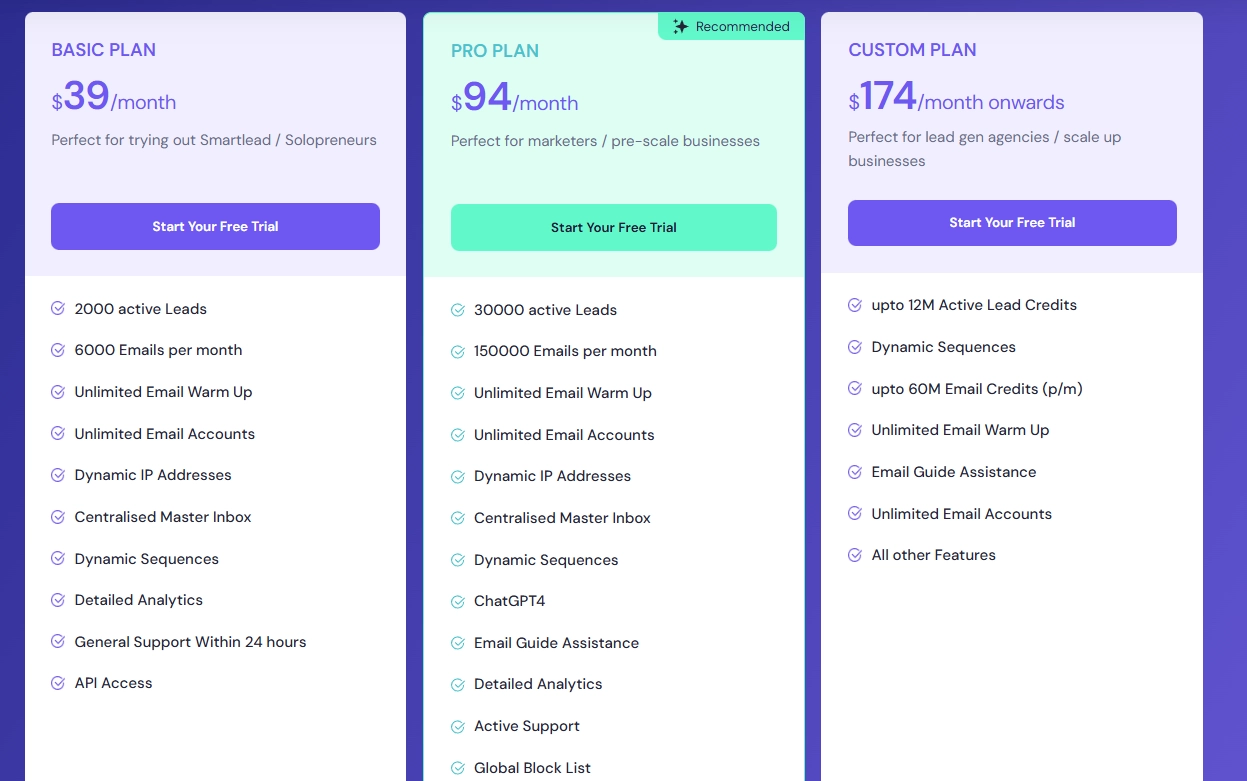
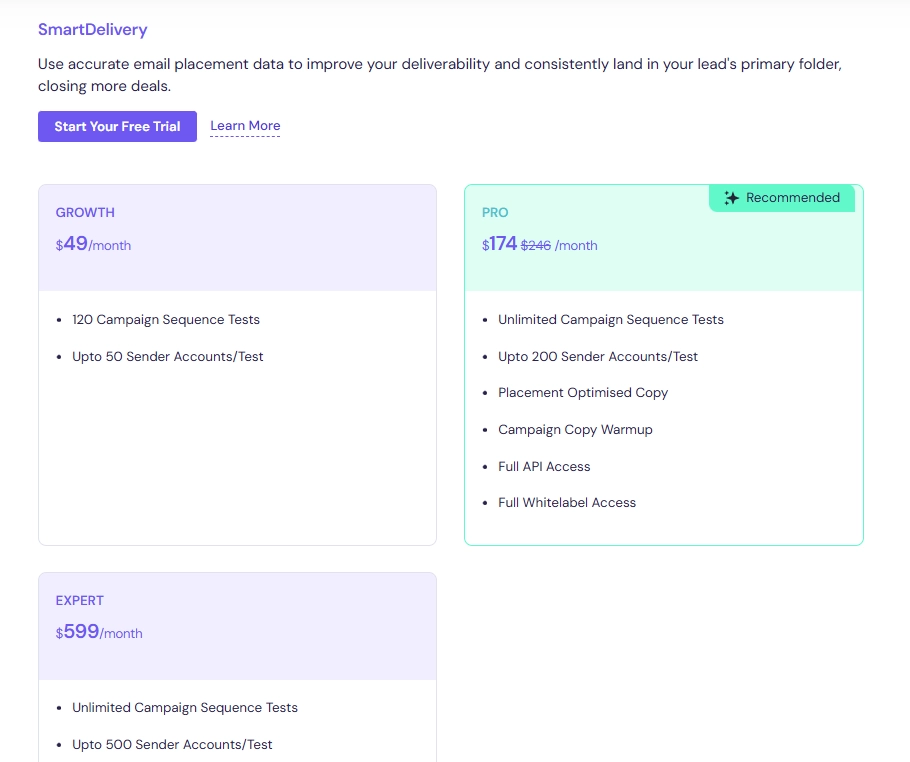
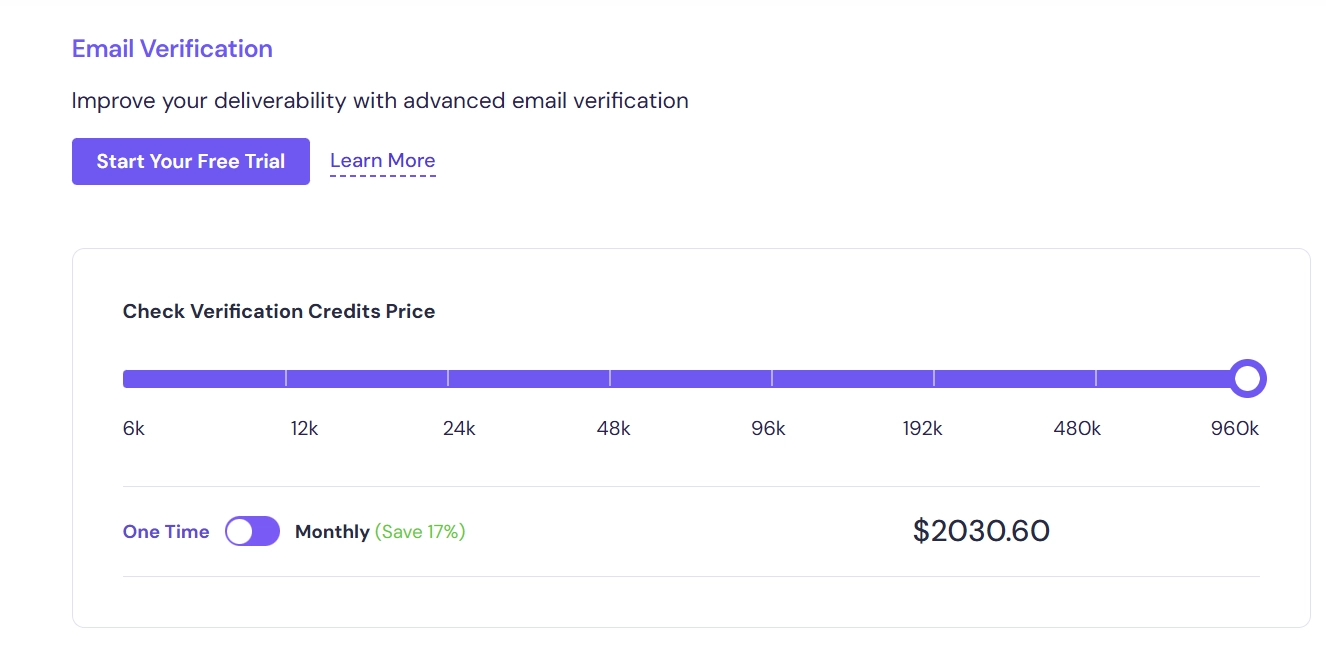
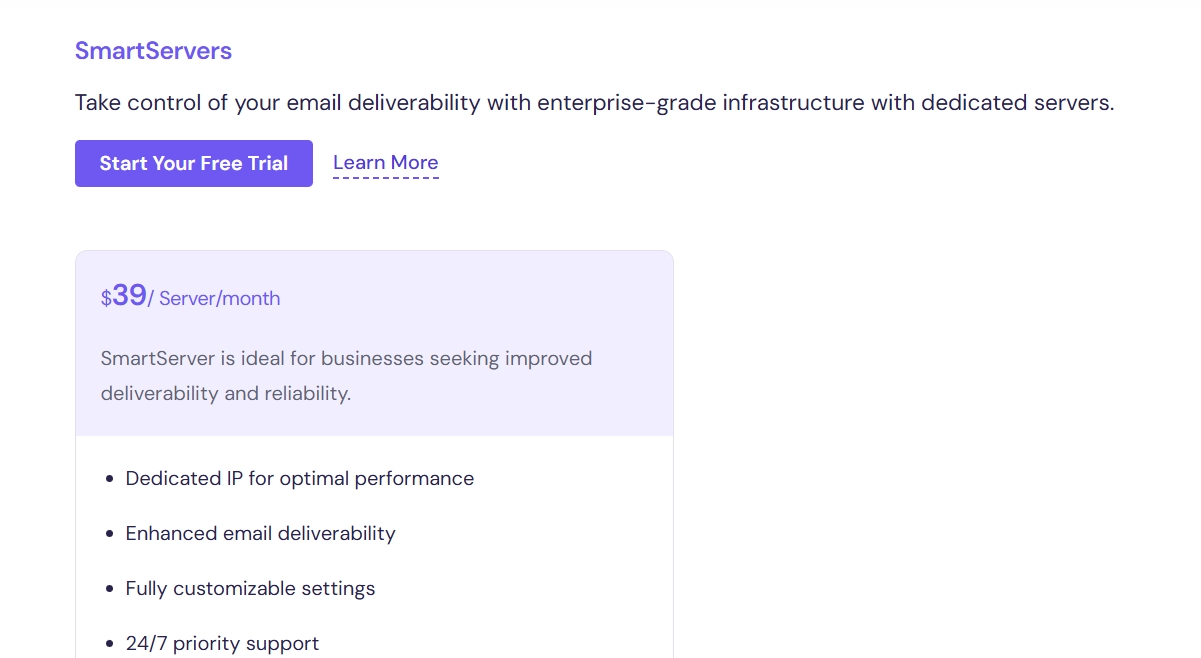
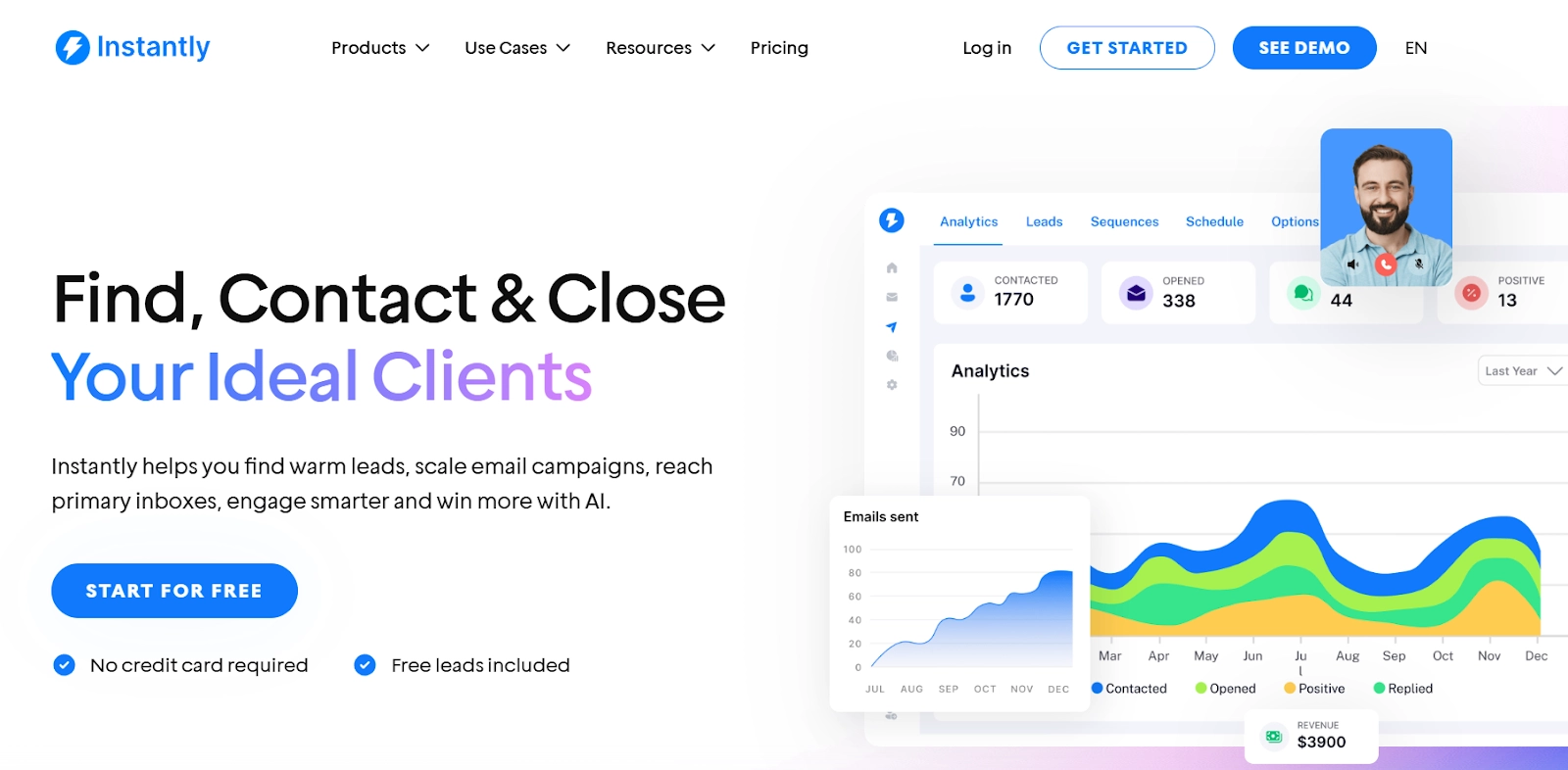
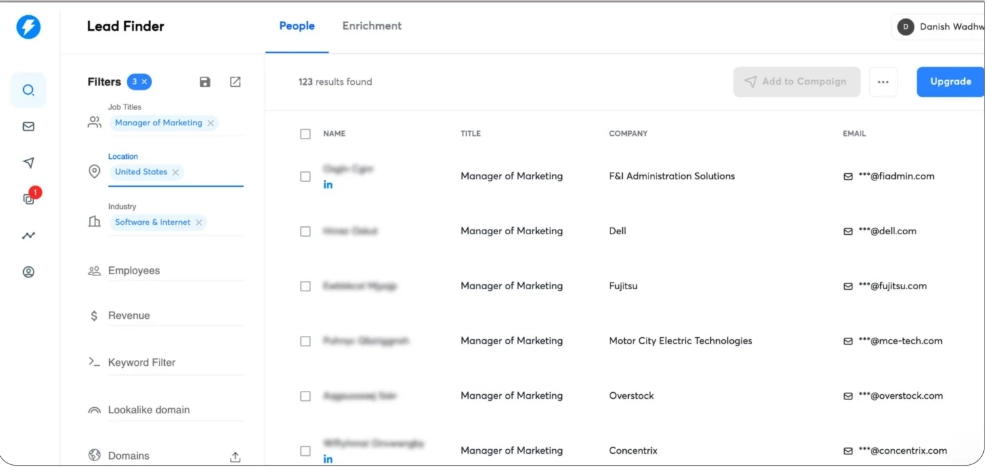
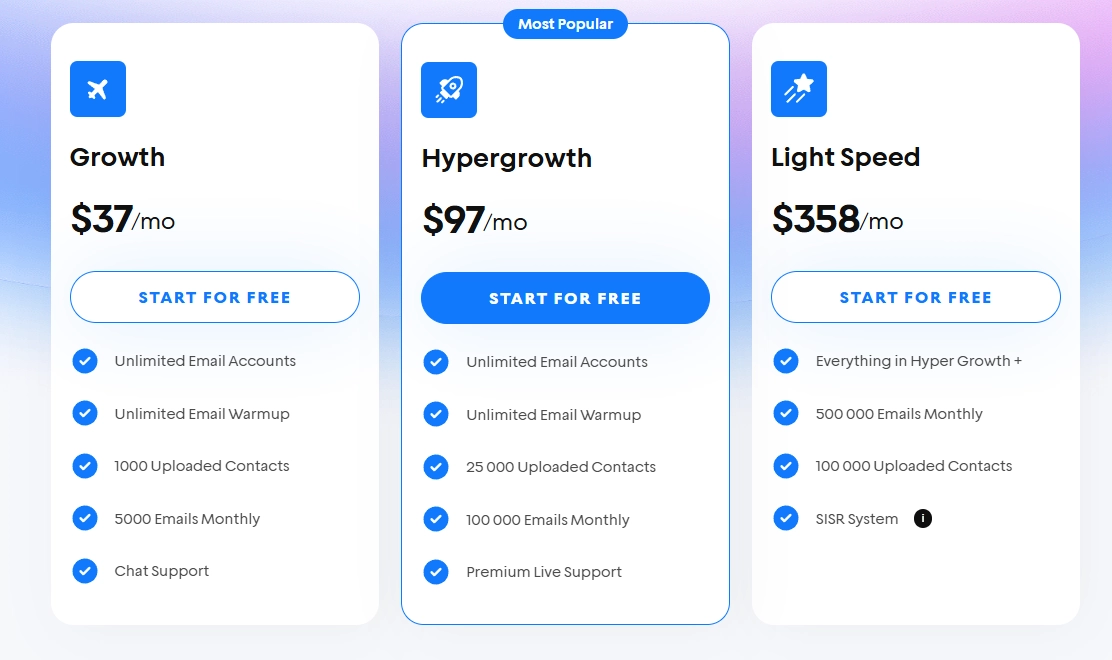
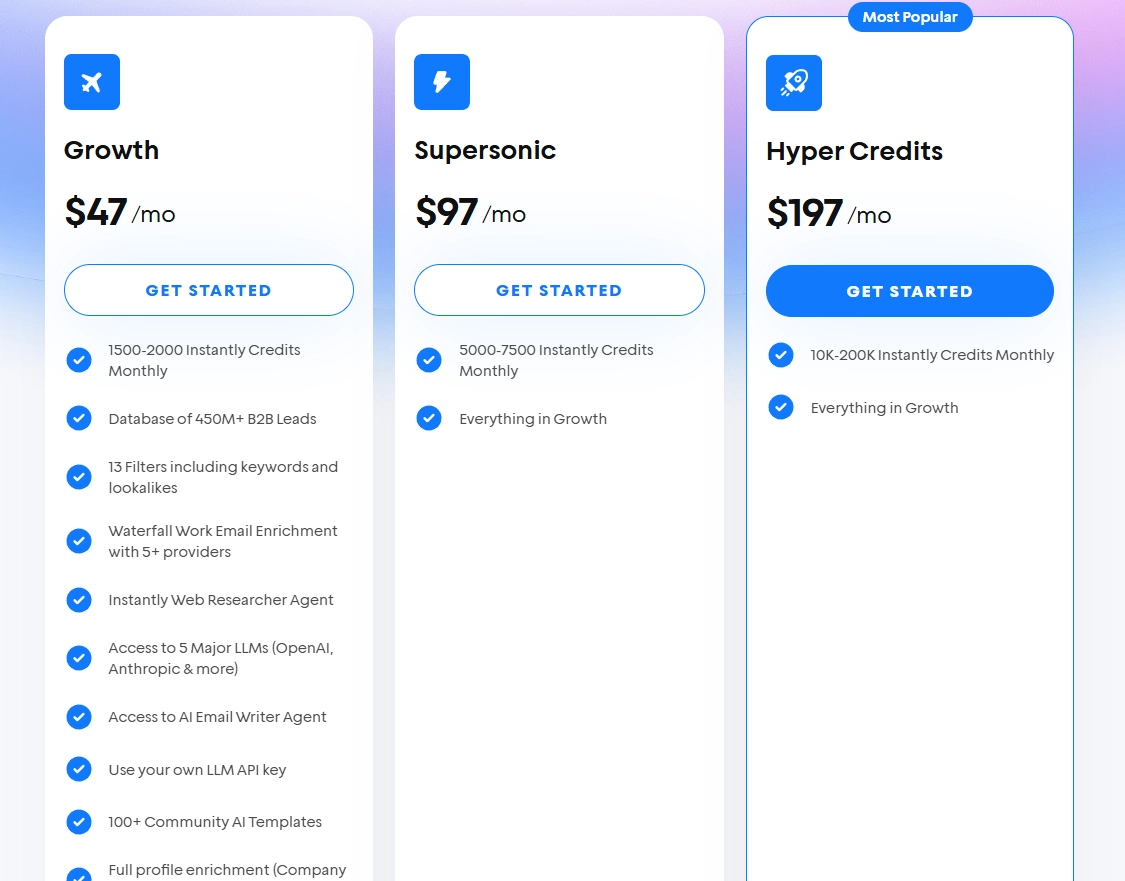
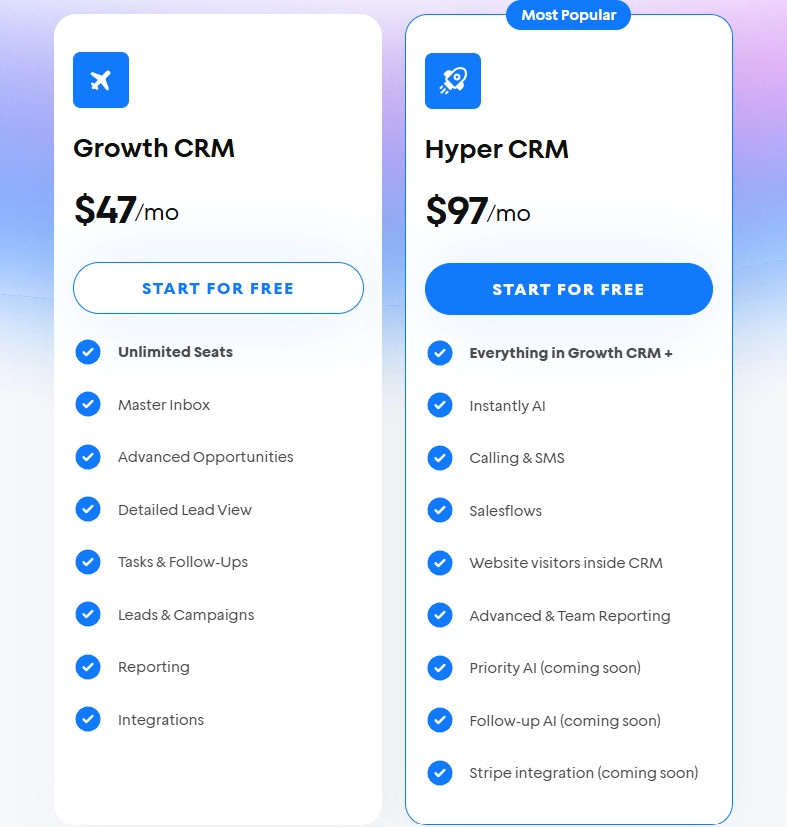
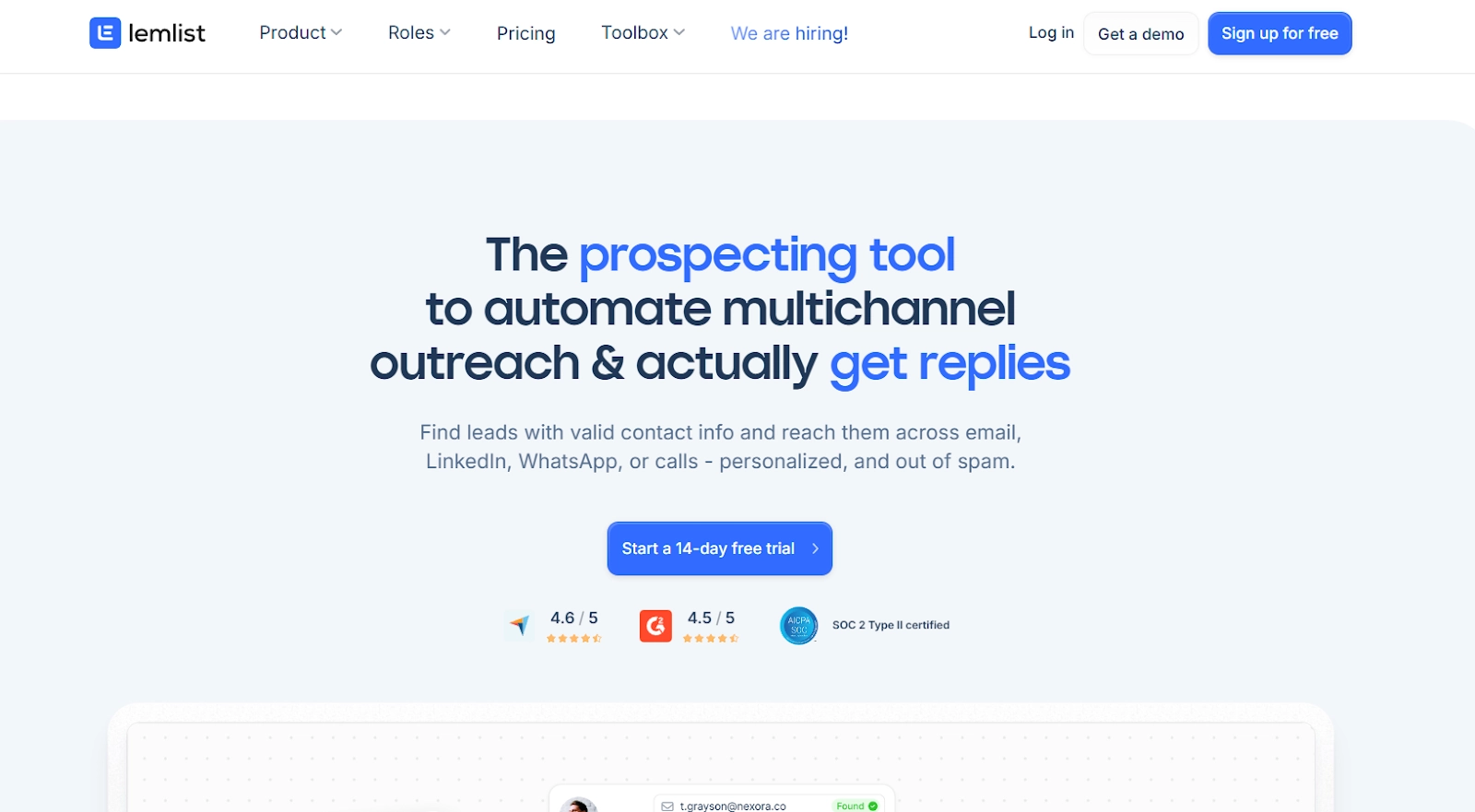
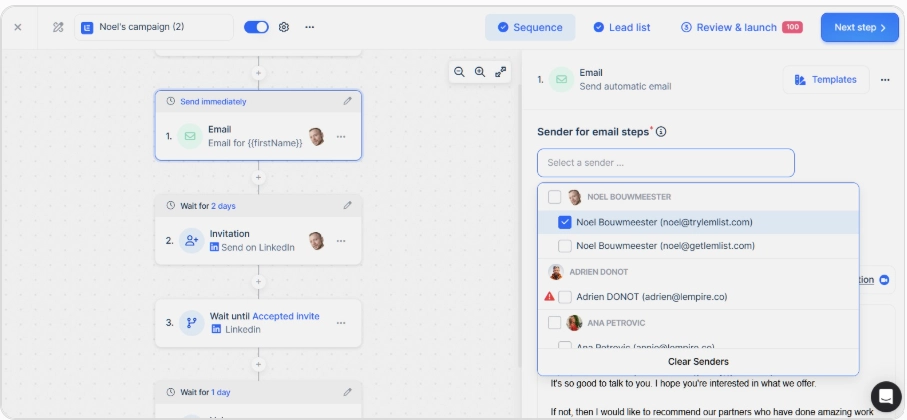
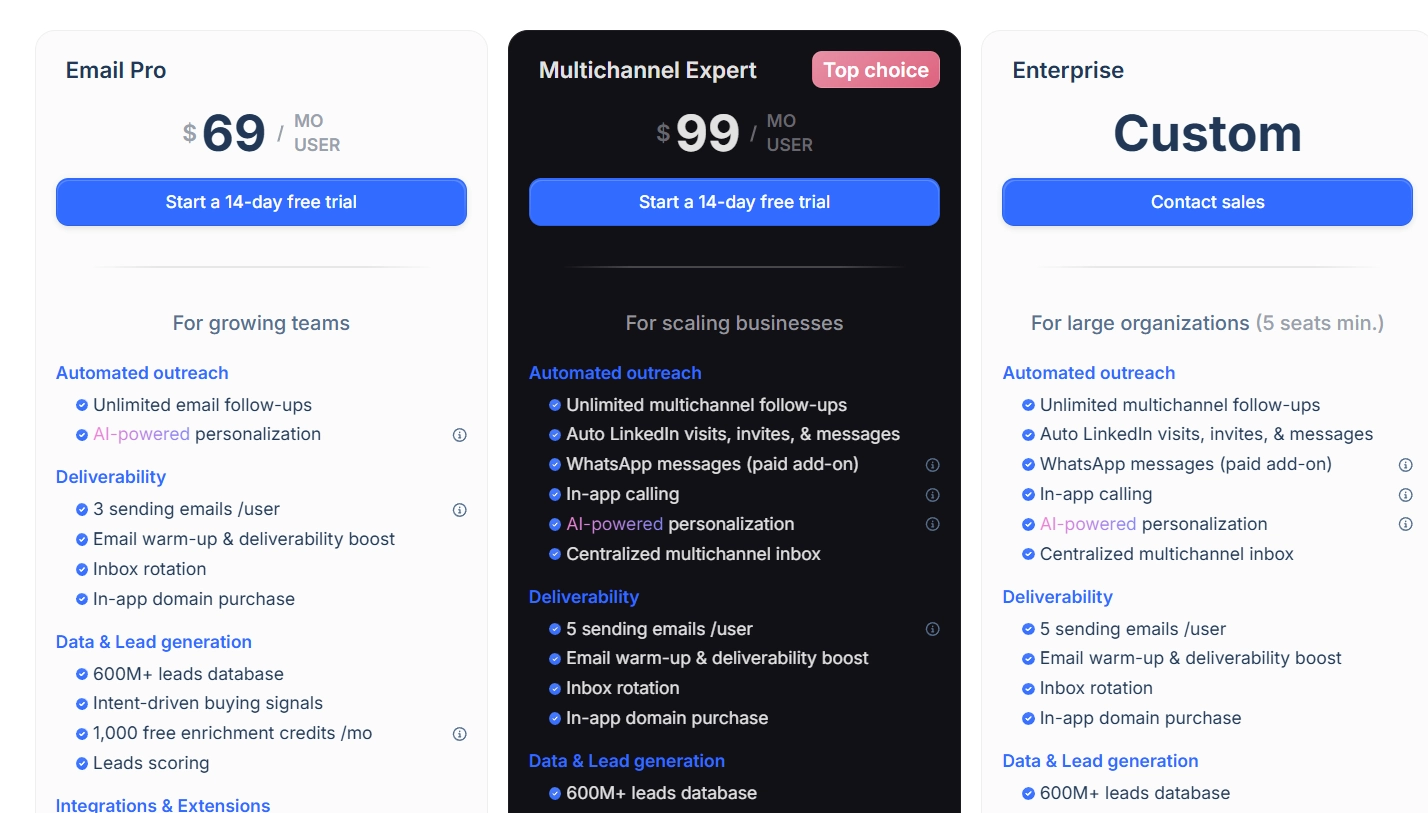
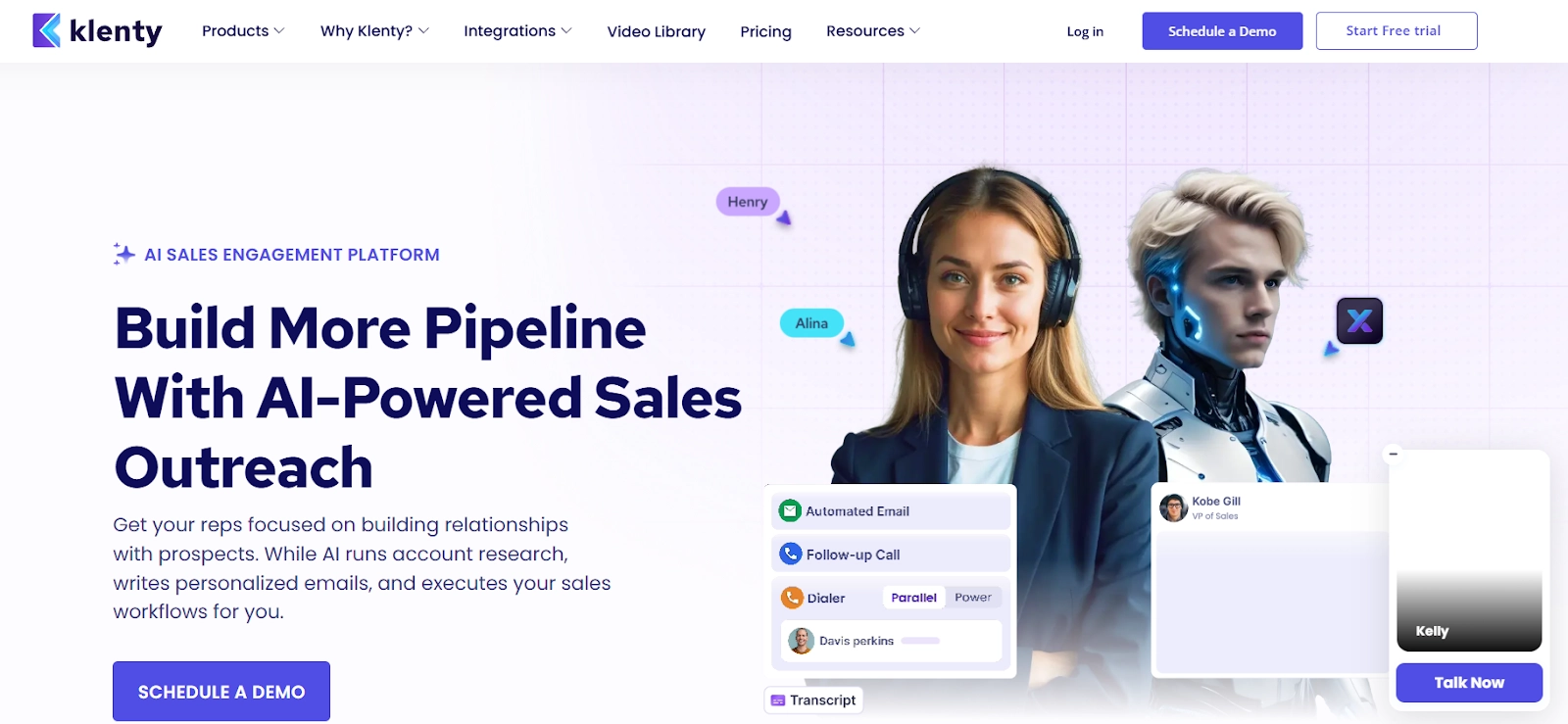
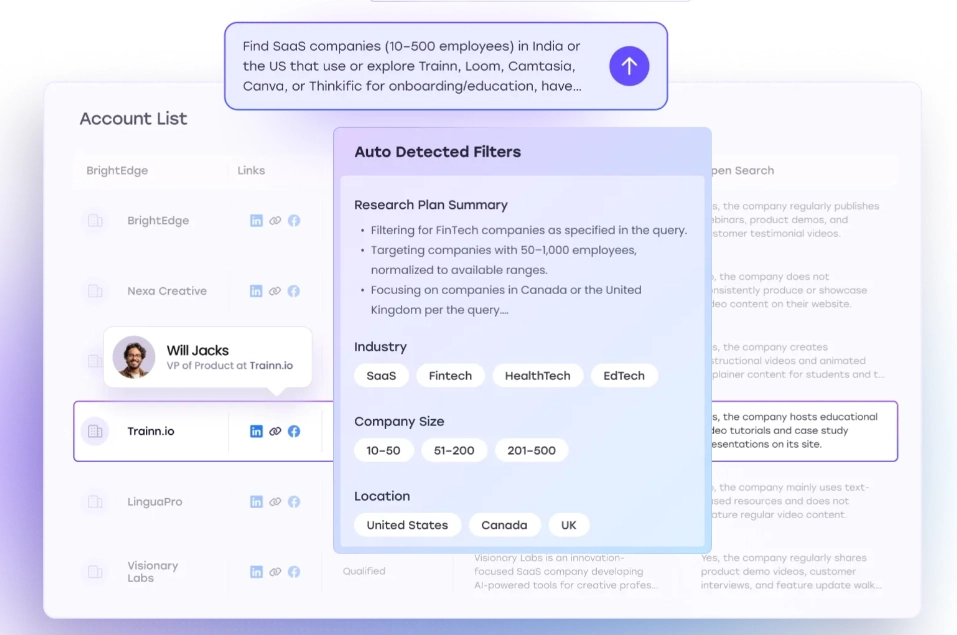
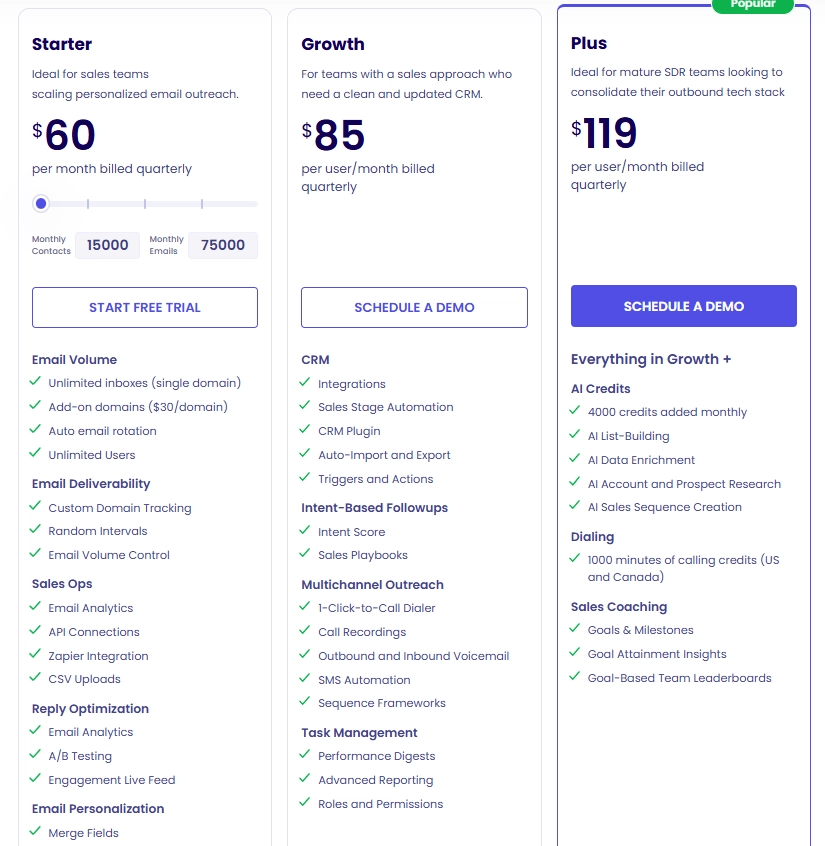
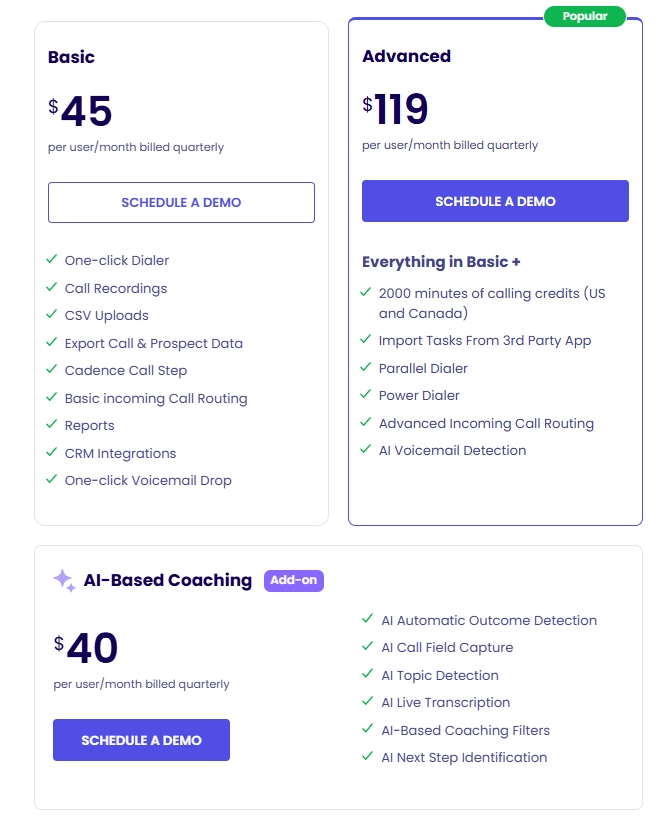
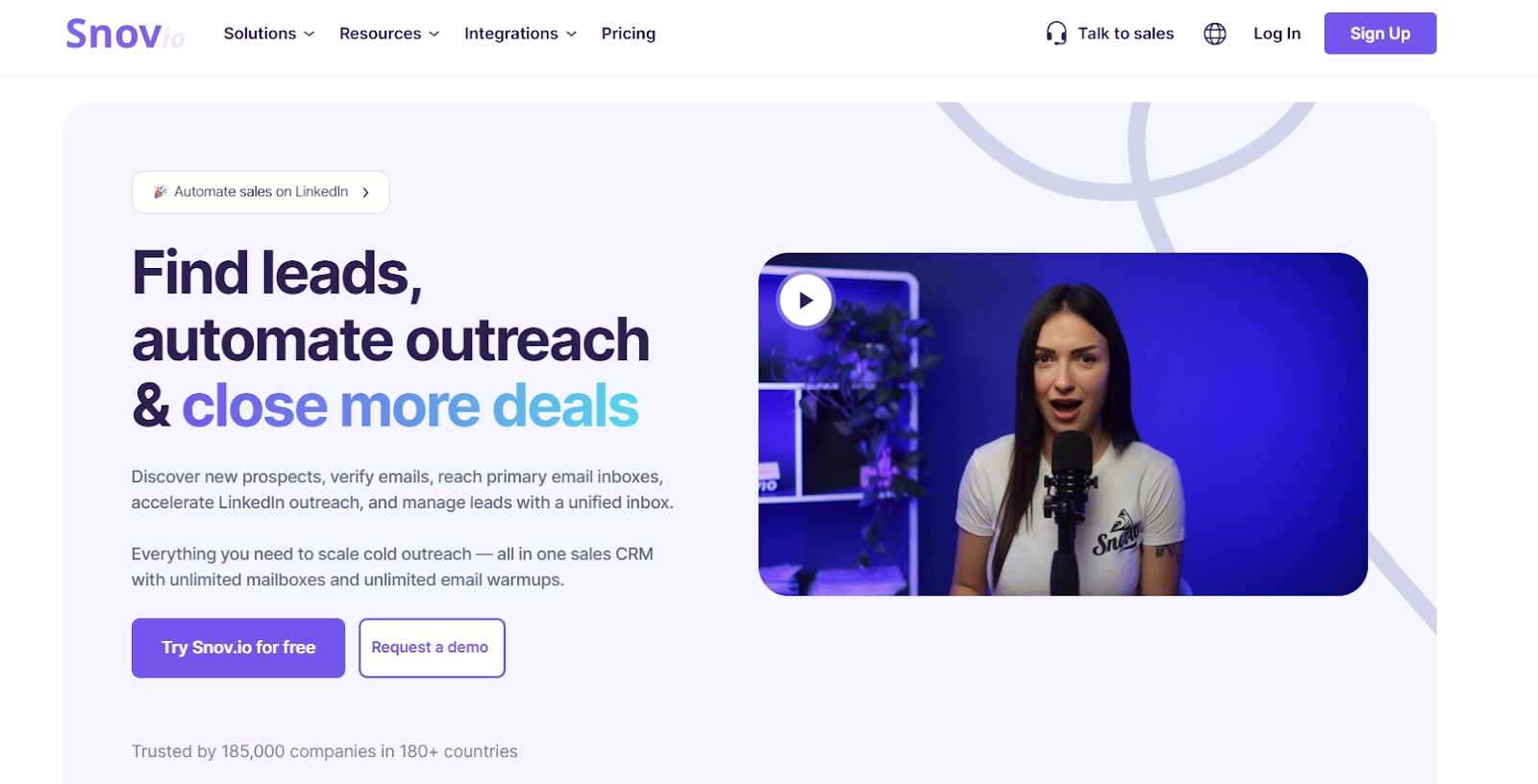
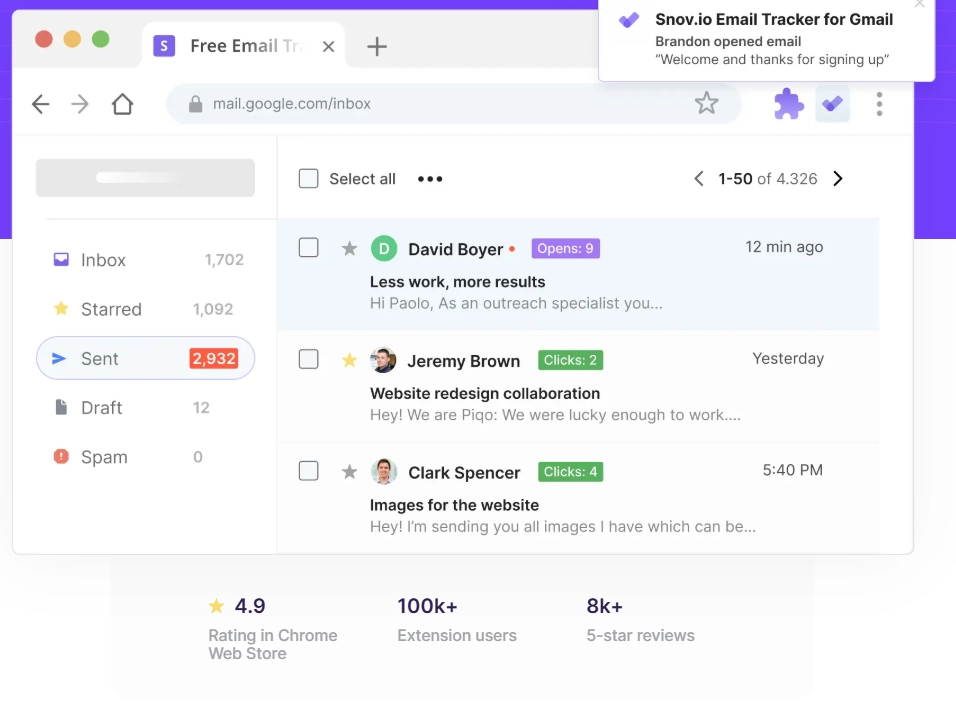
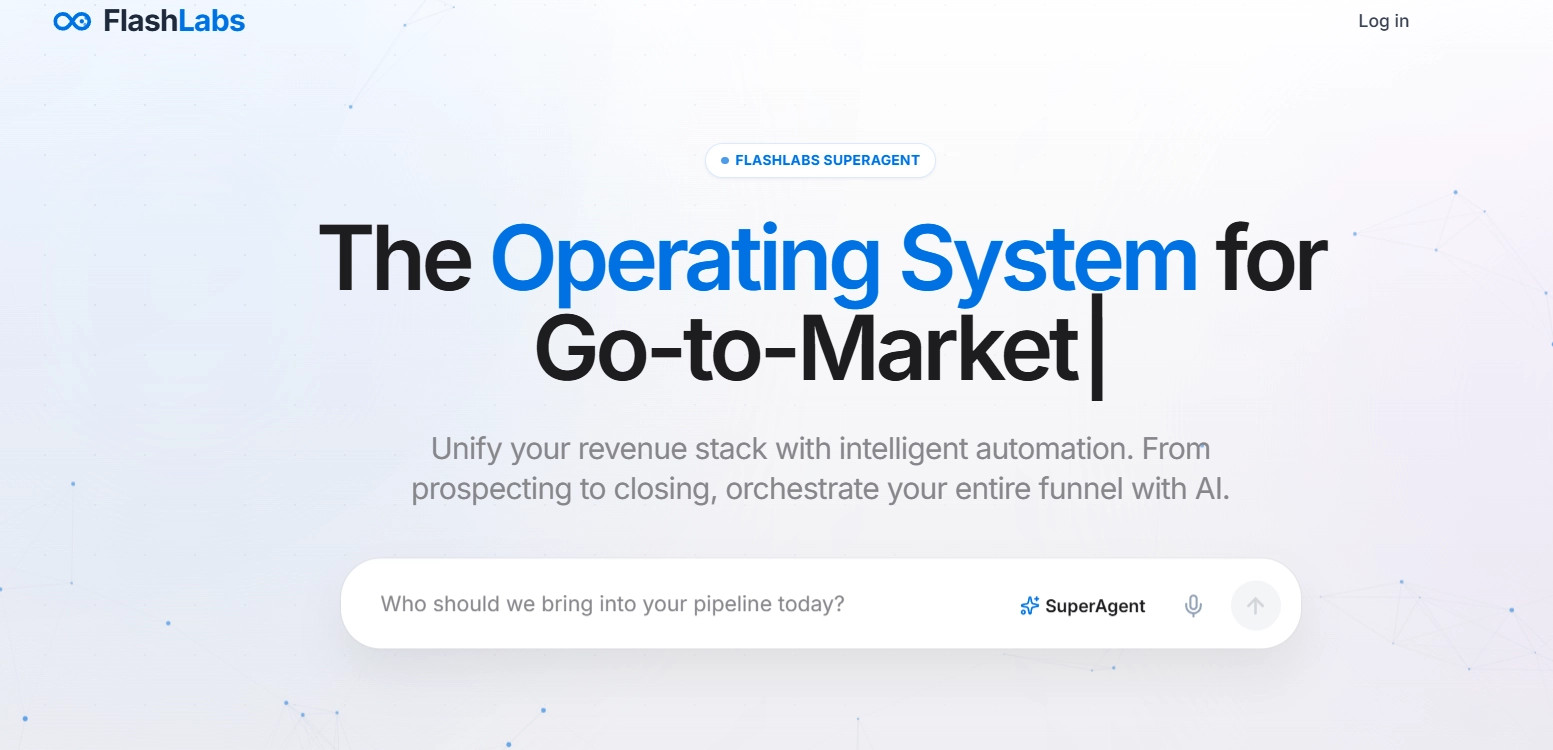
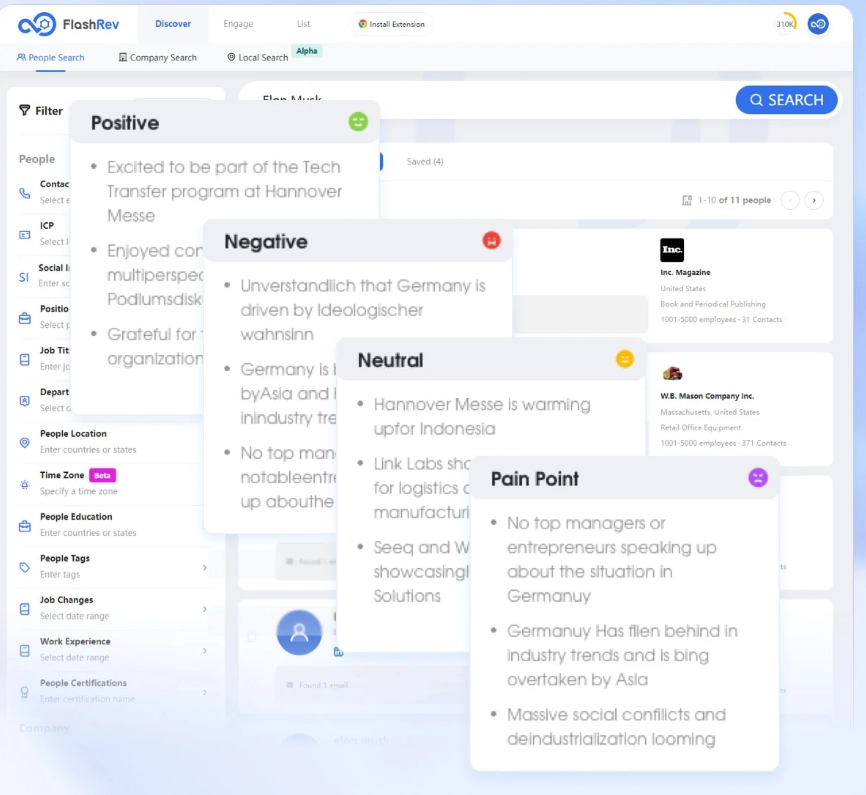
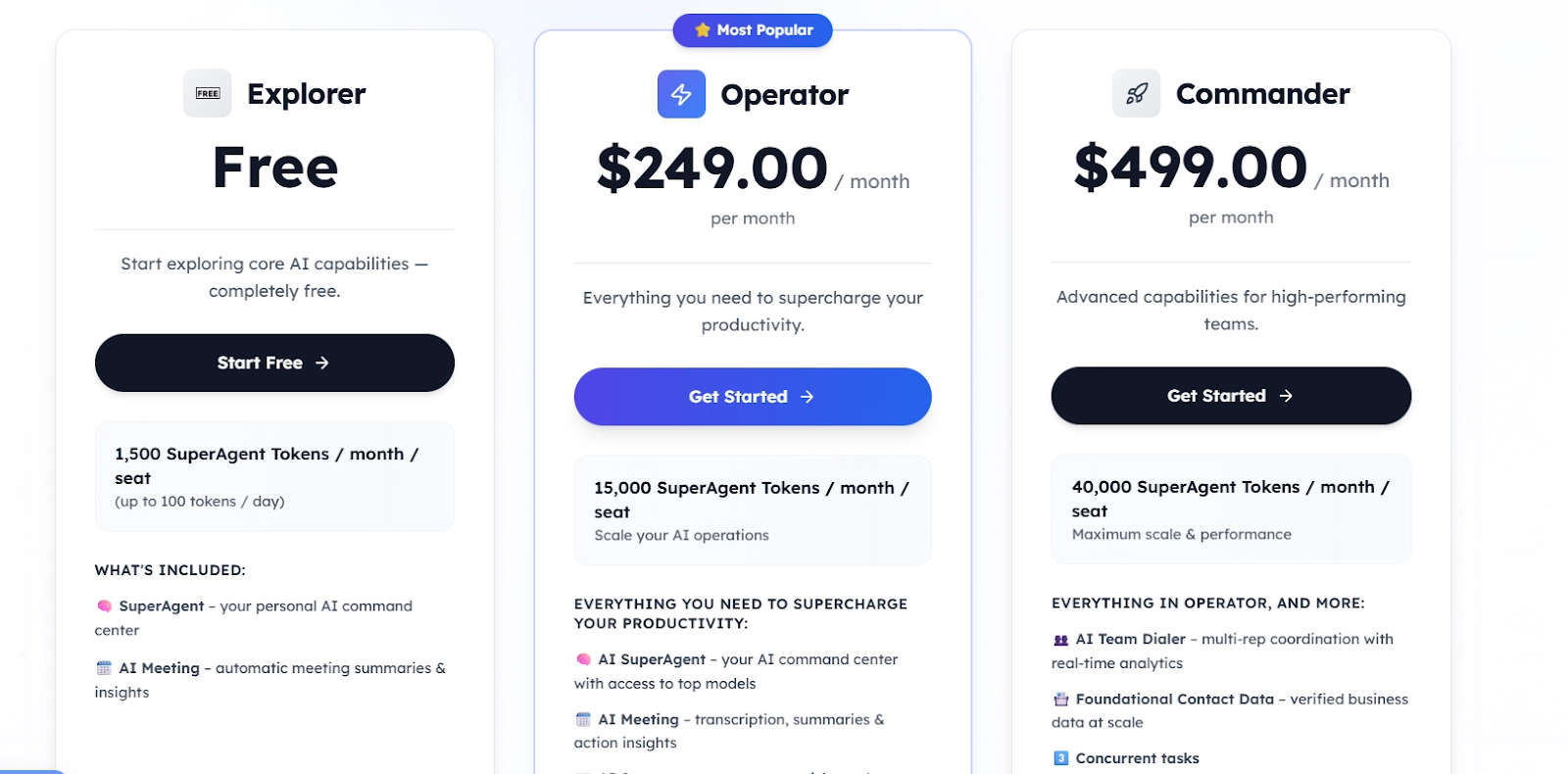
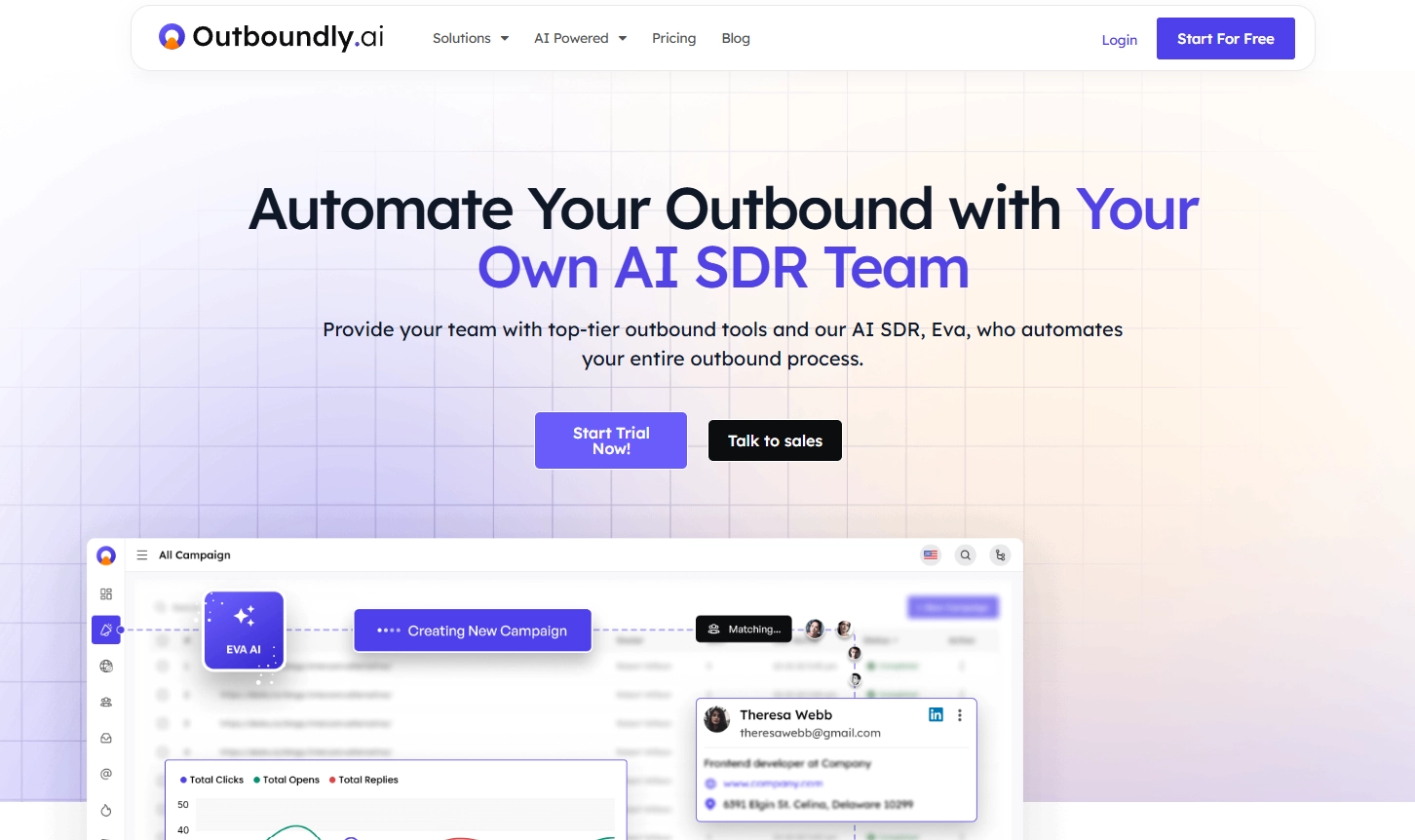
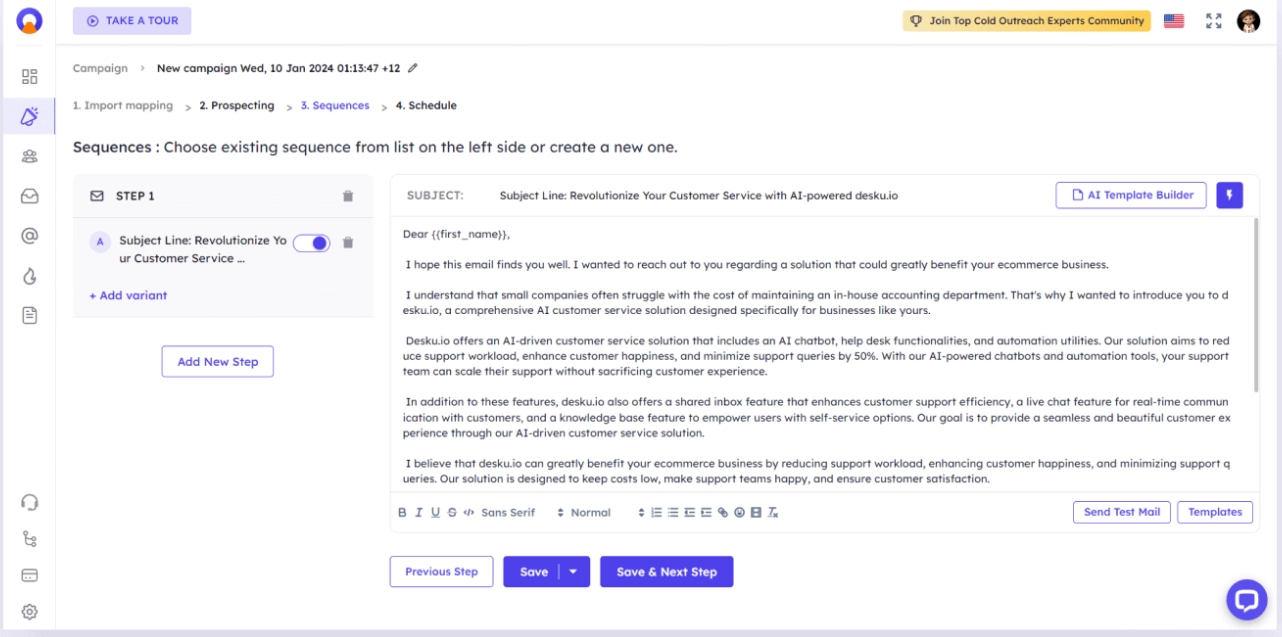
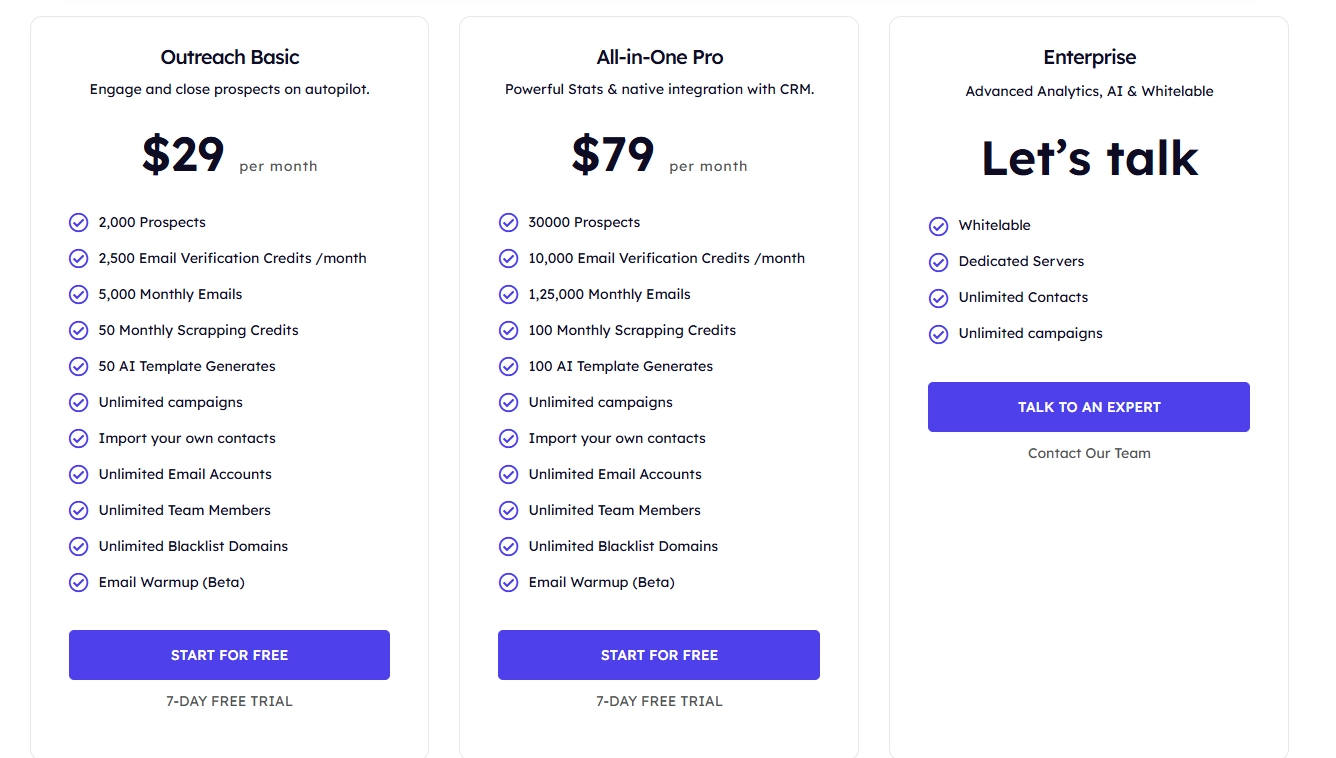
![10 Best Saleshandy Alternatives & Competitors [2026]](https://cdn.prod.website-files.com/6506fc5785bd592c468835e0/6920761401af6b425dfbfacd_saleshandy_alternatives.webp)

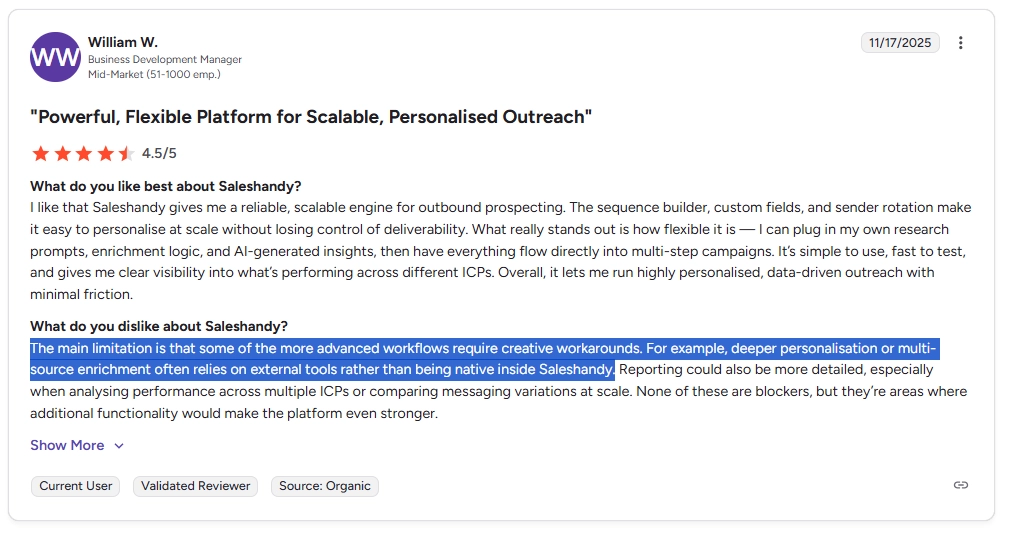
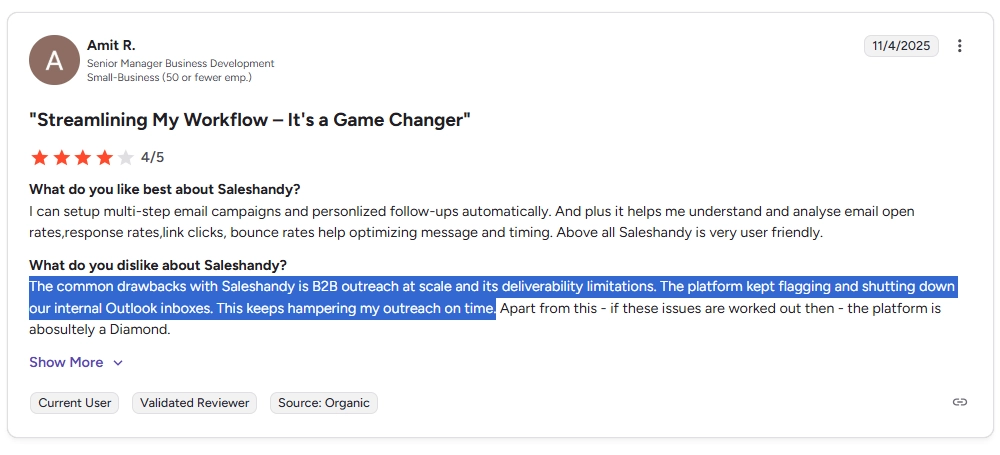
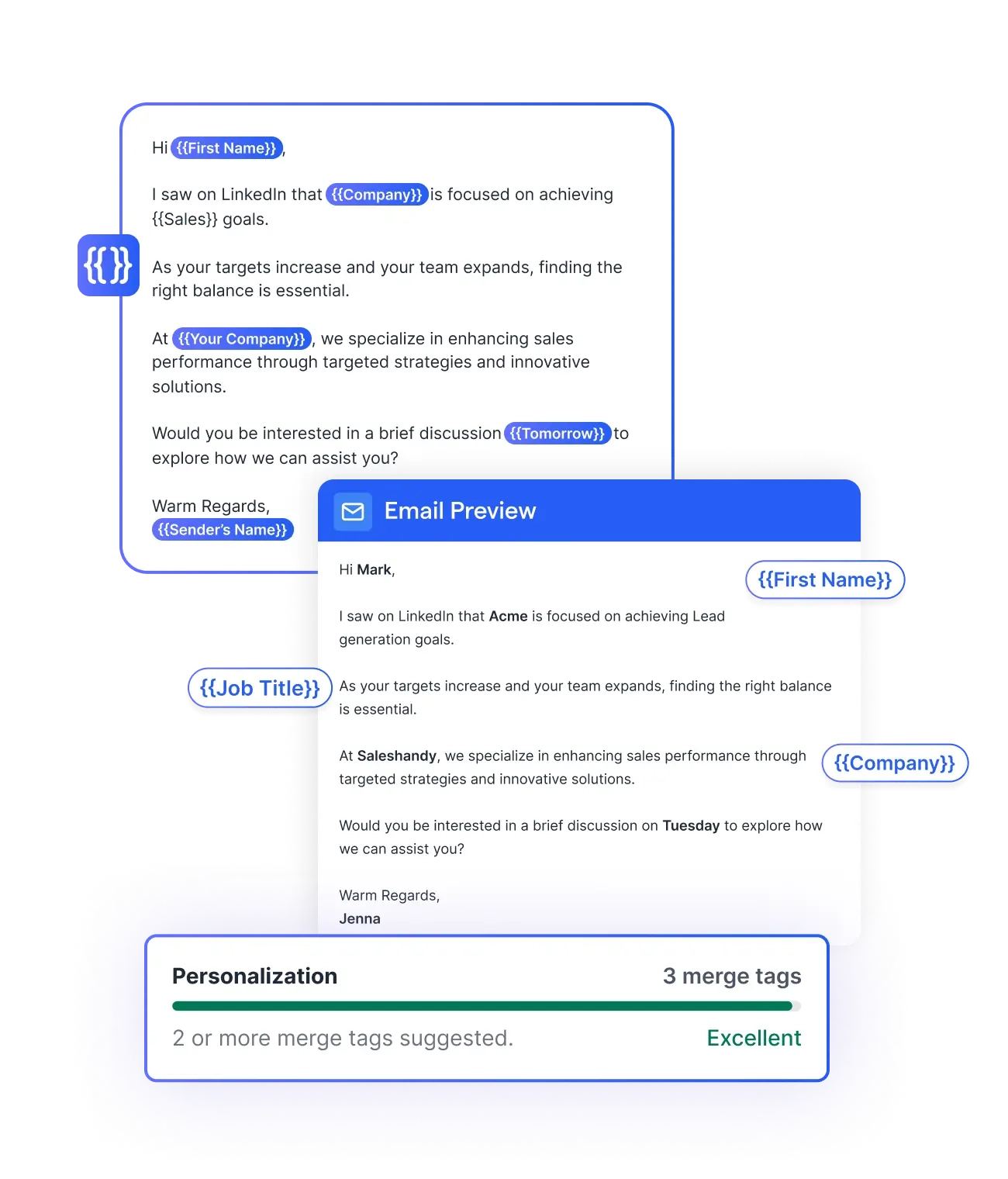
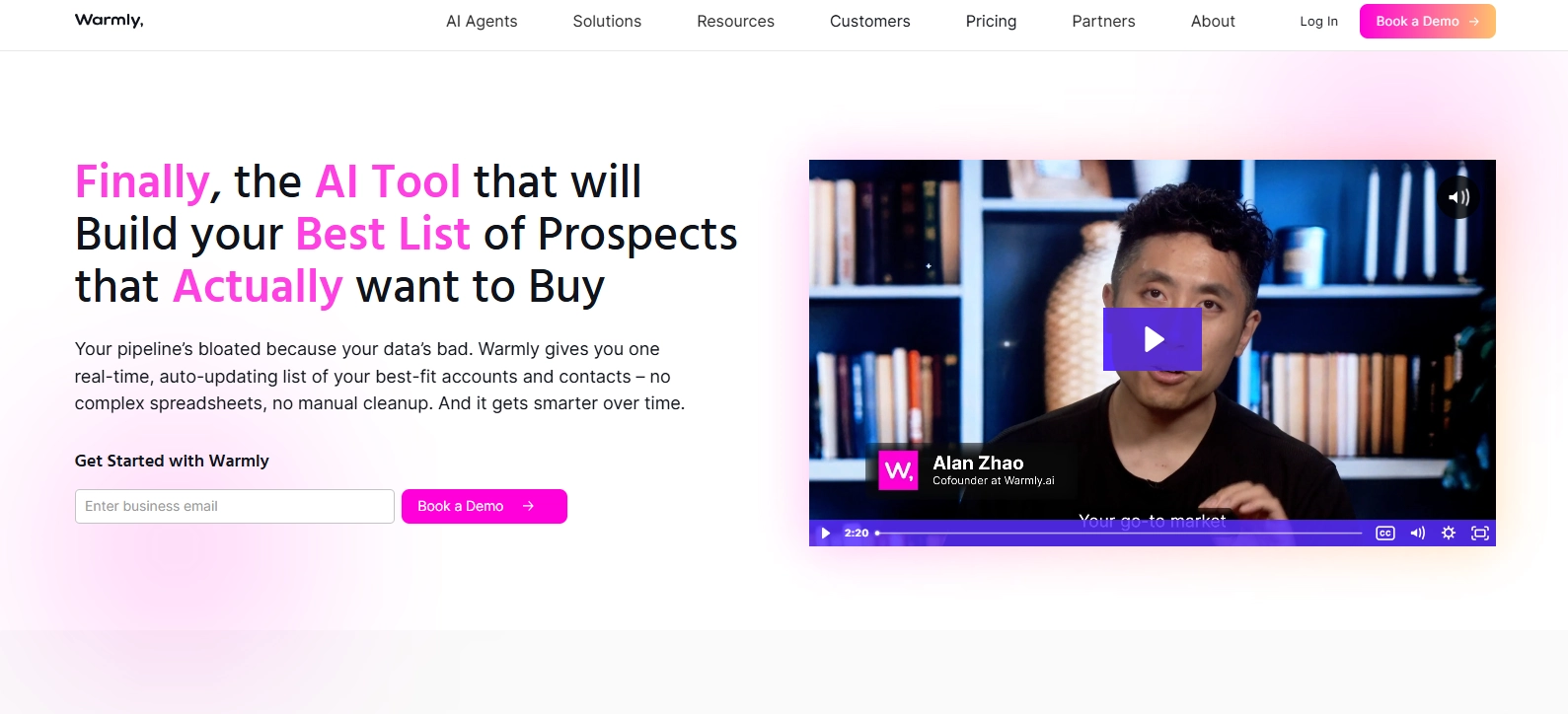
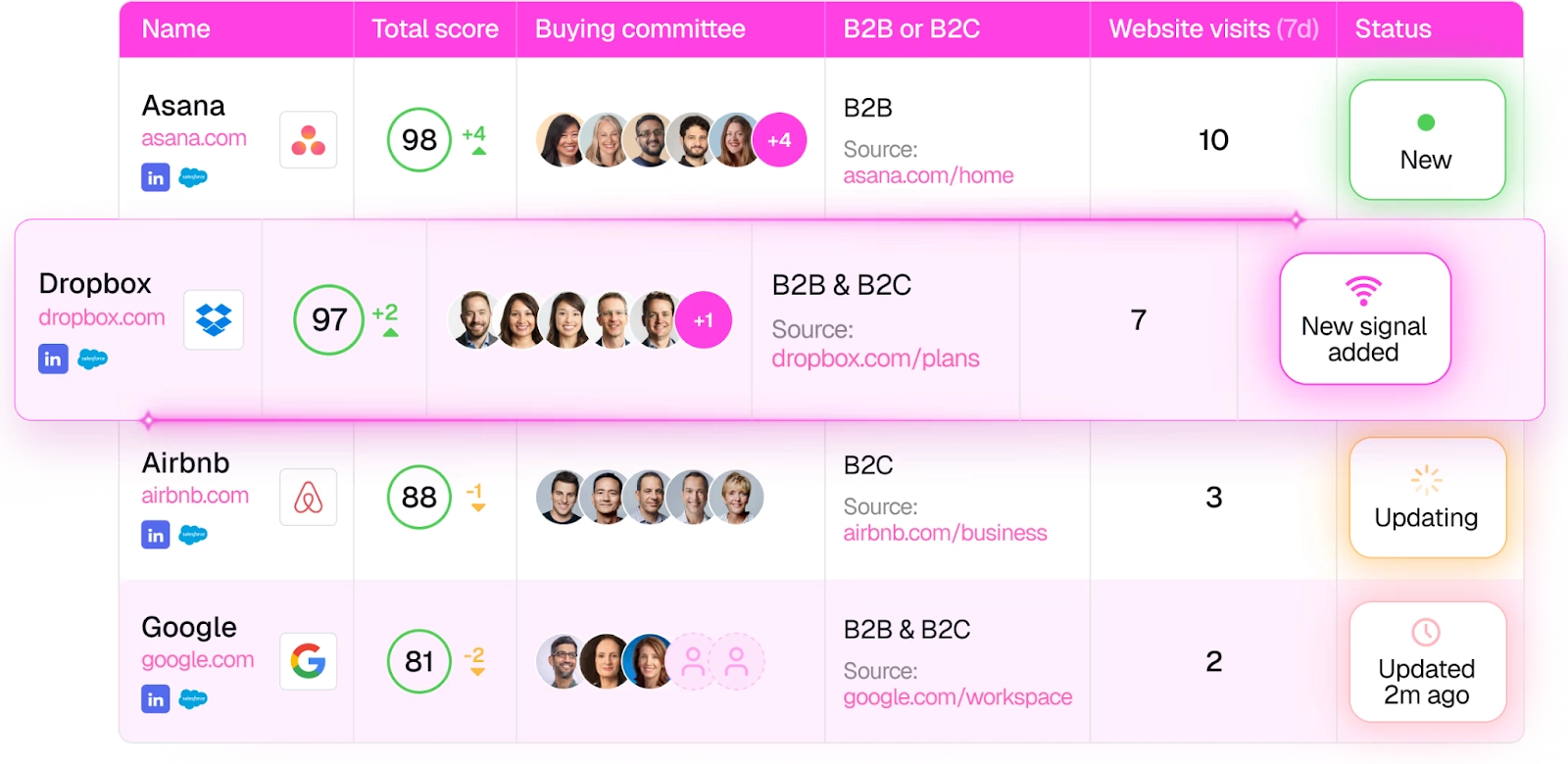
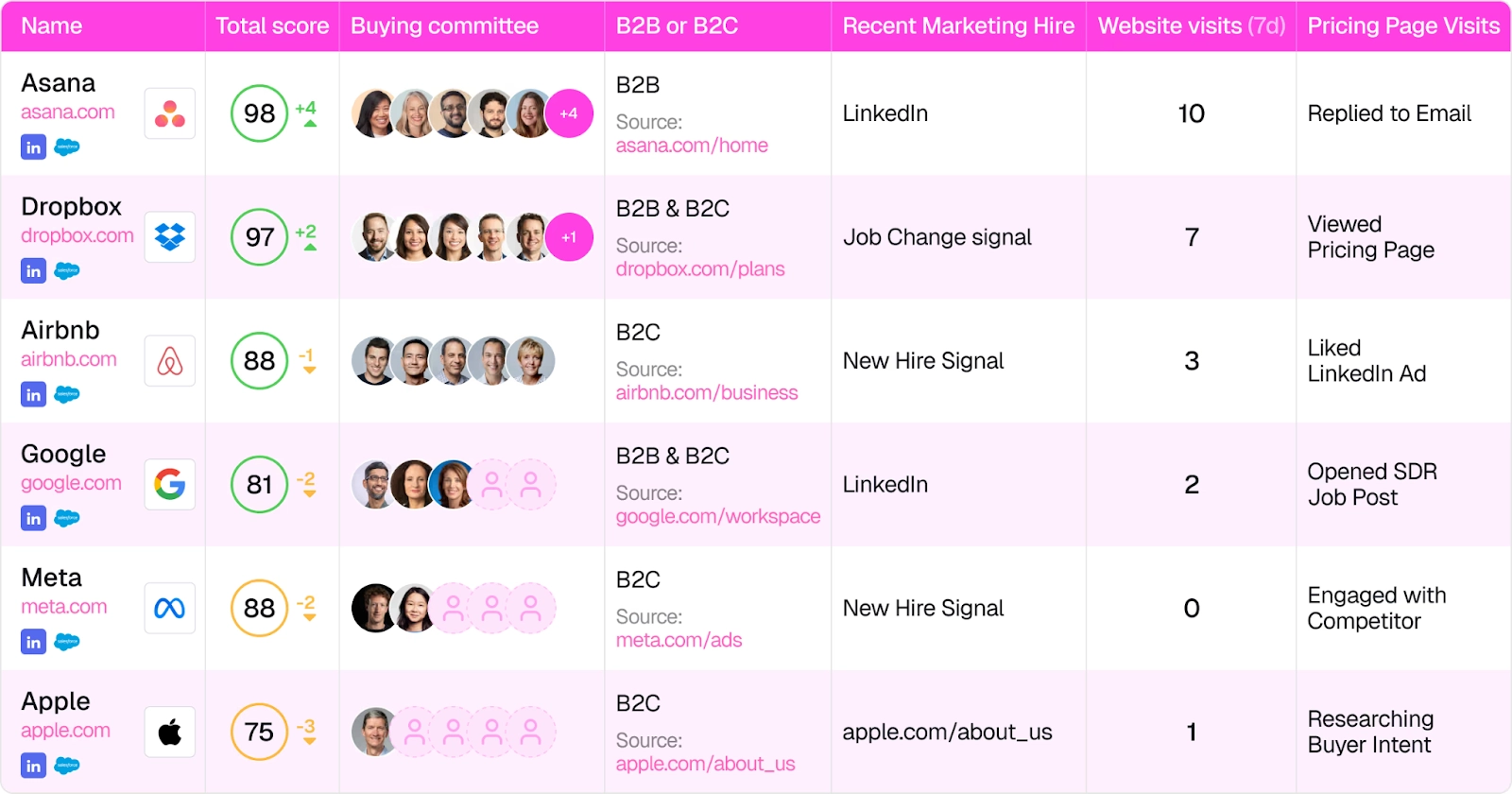
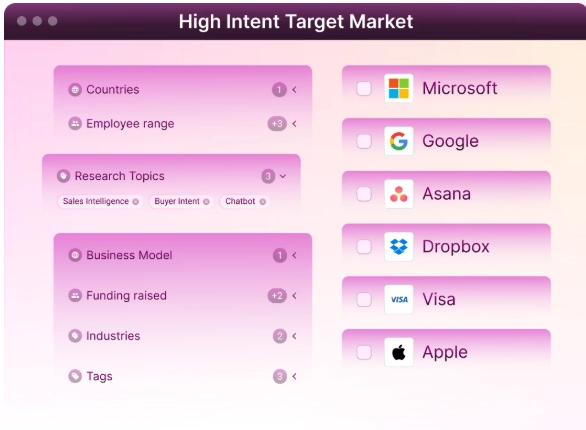

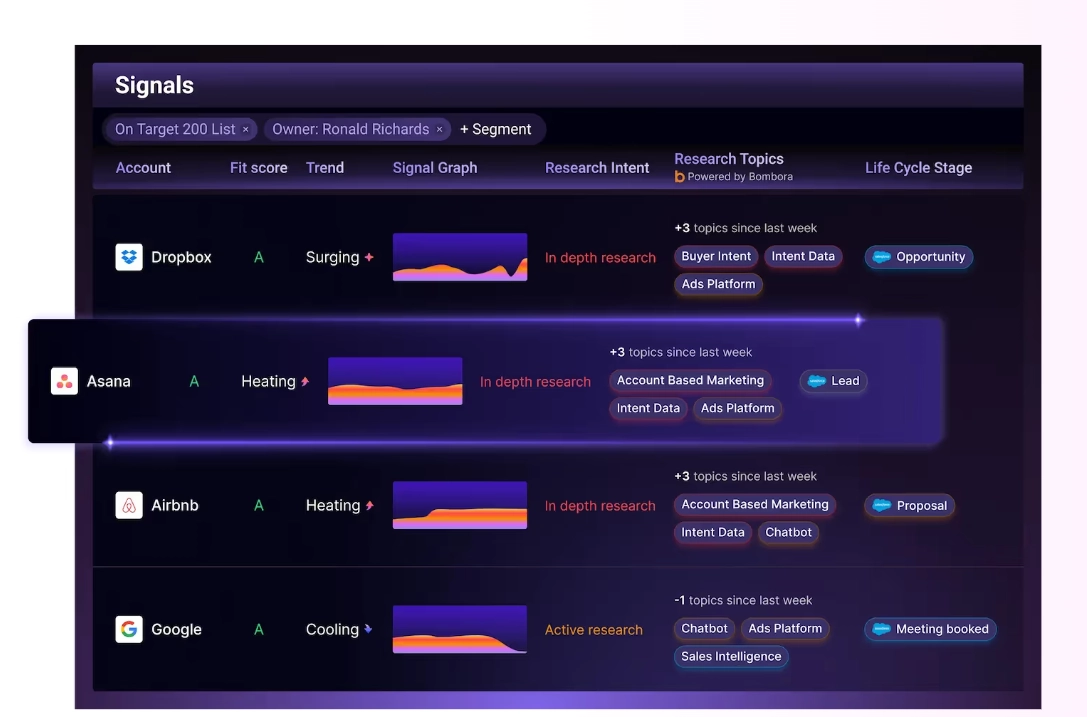
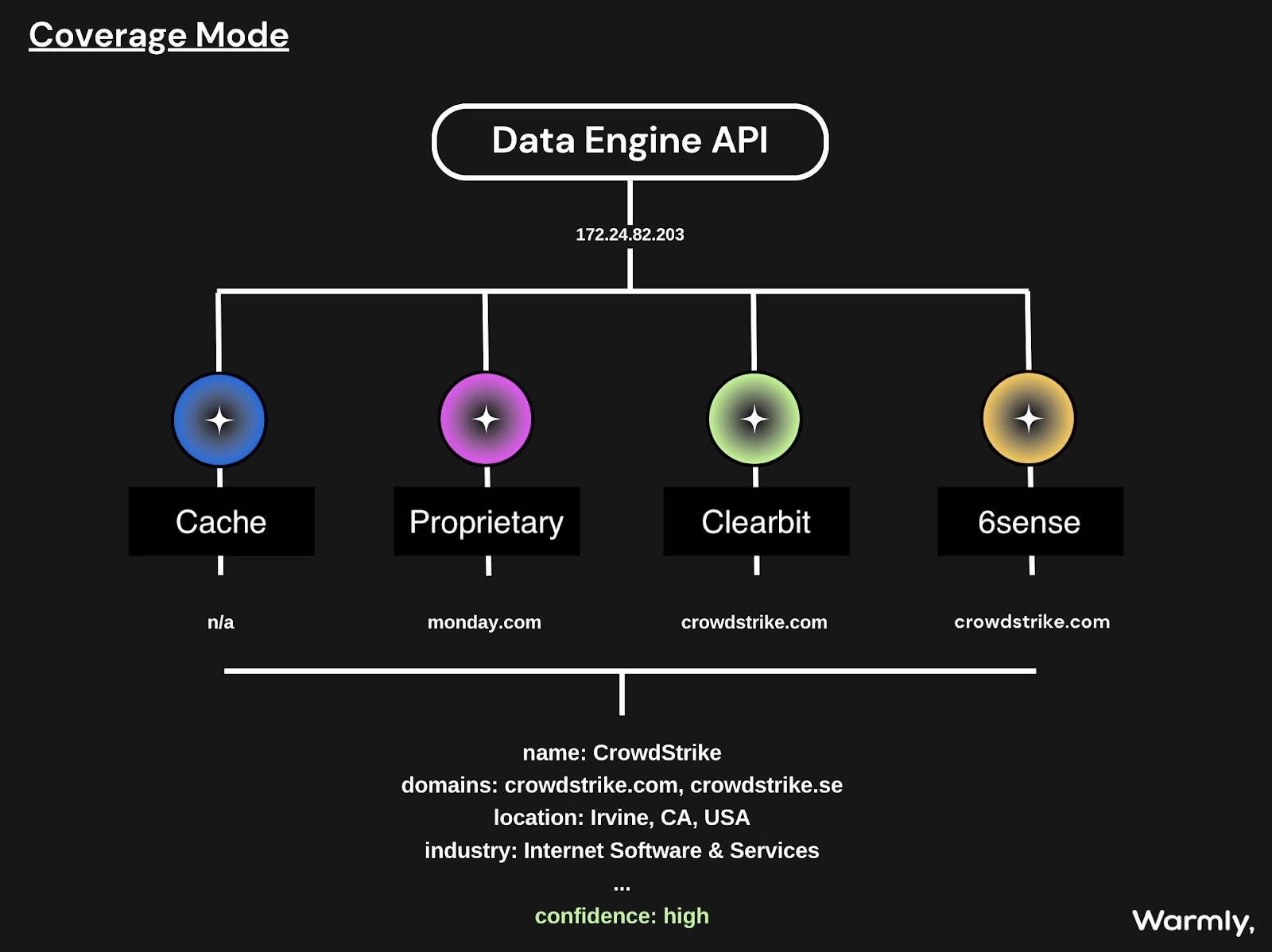
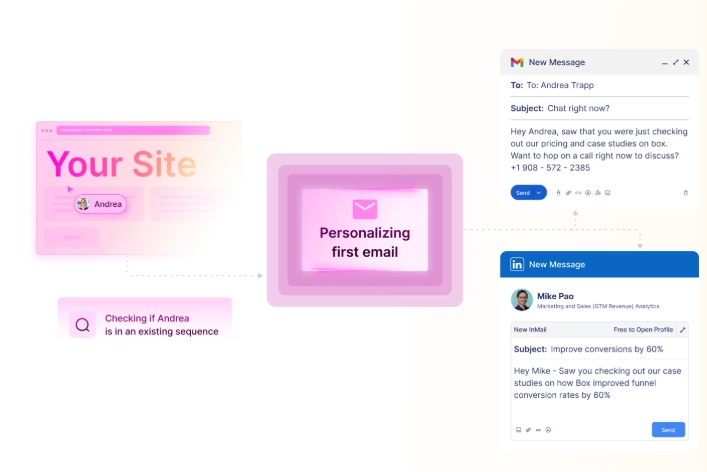
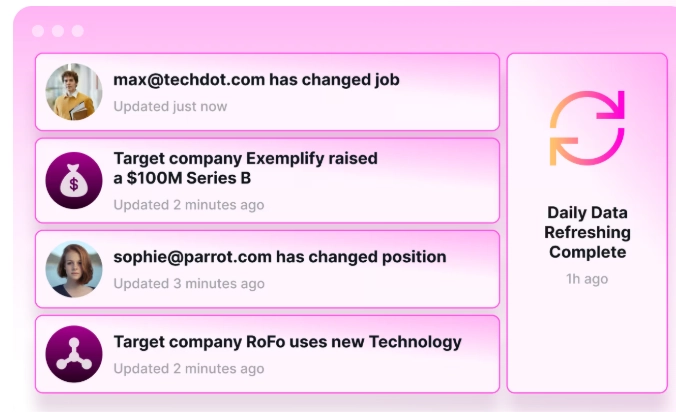
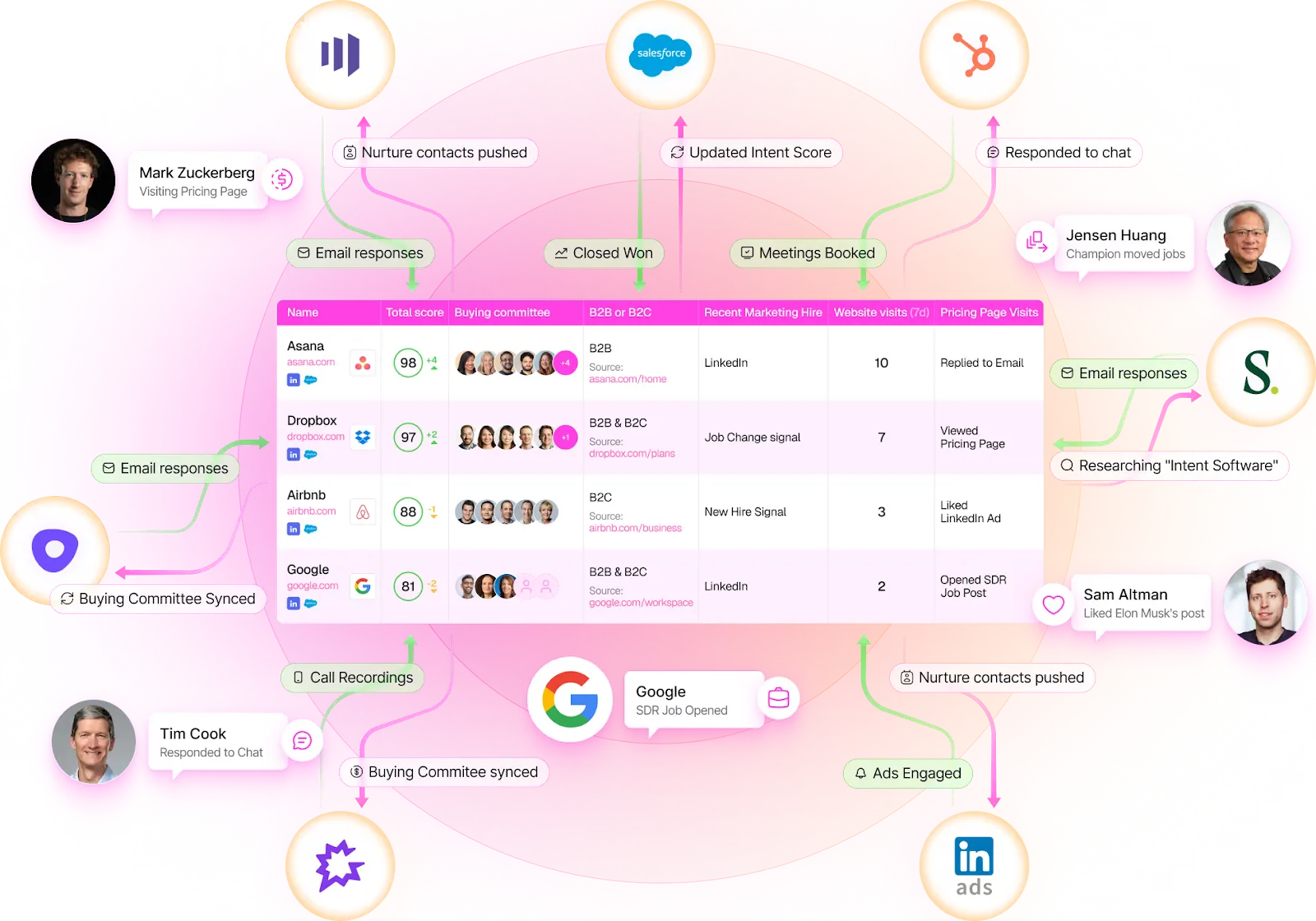
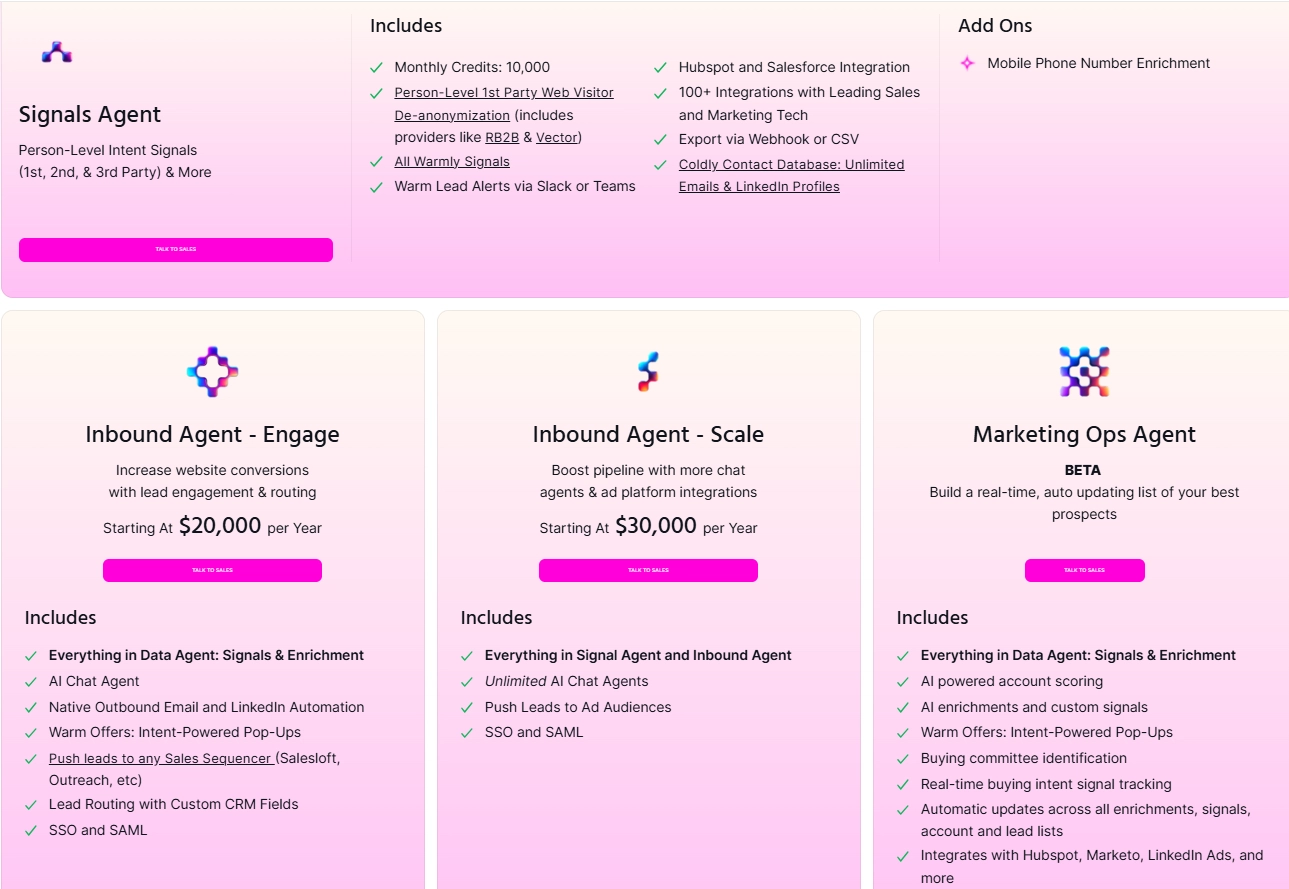








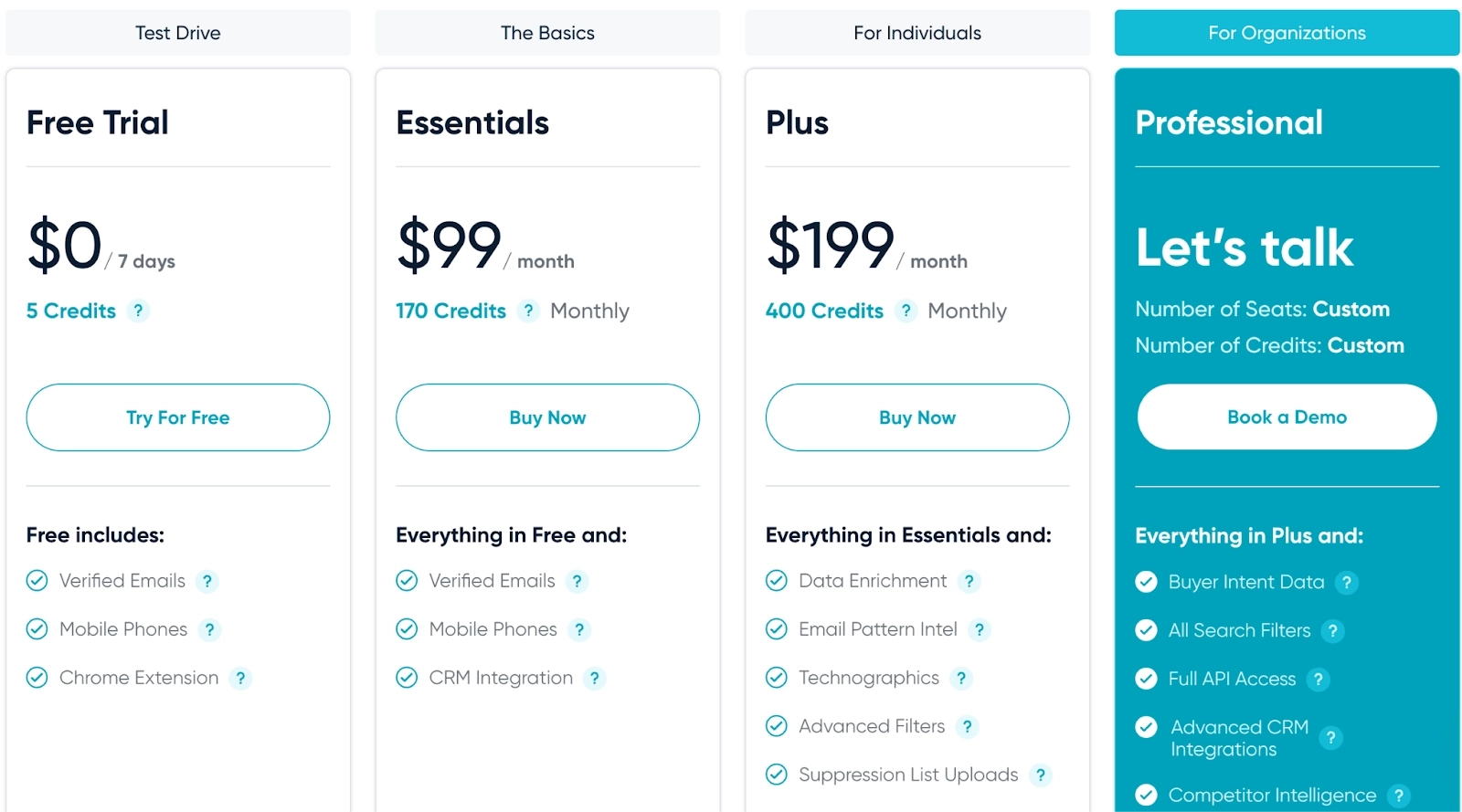



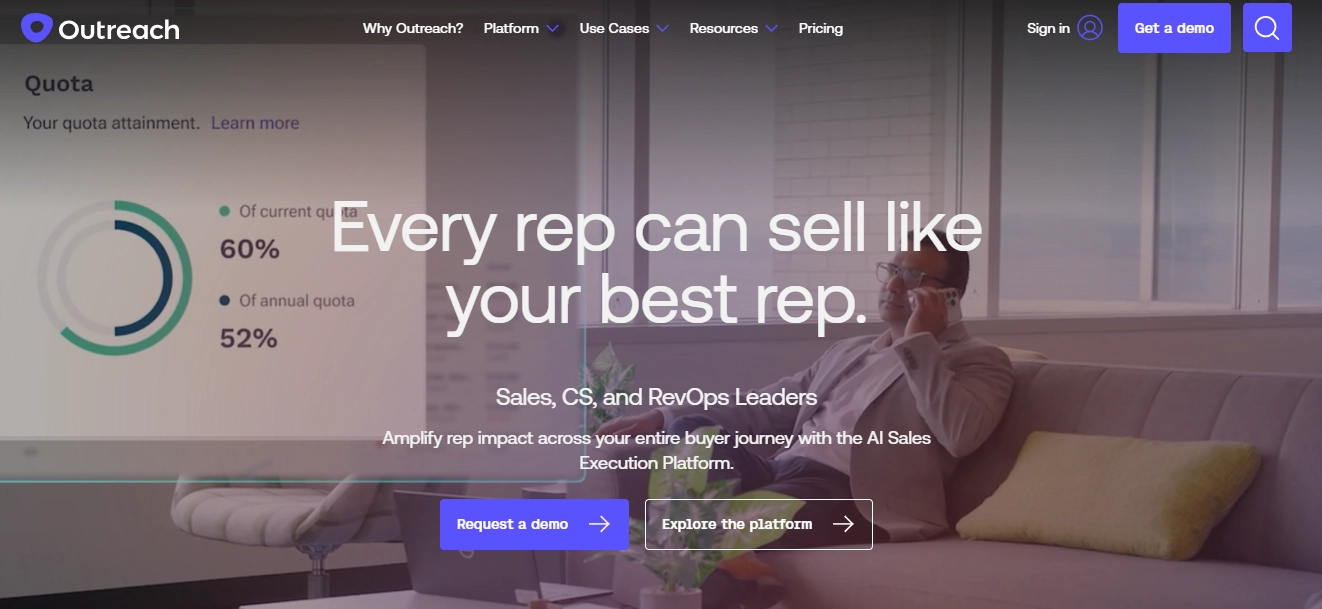






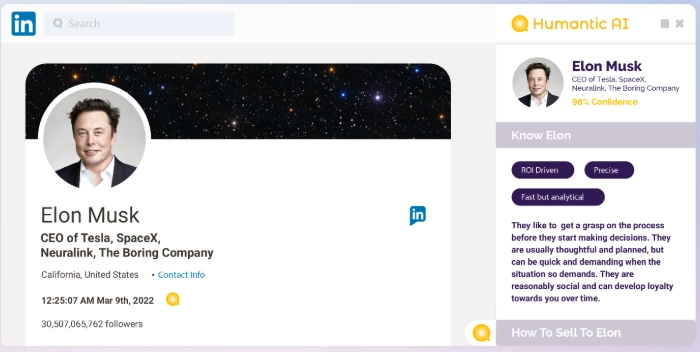


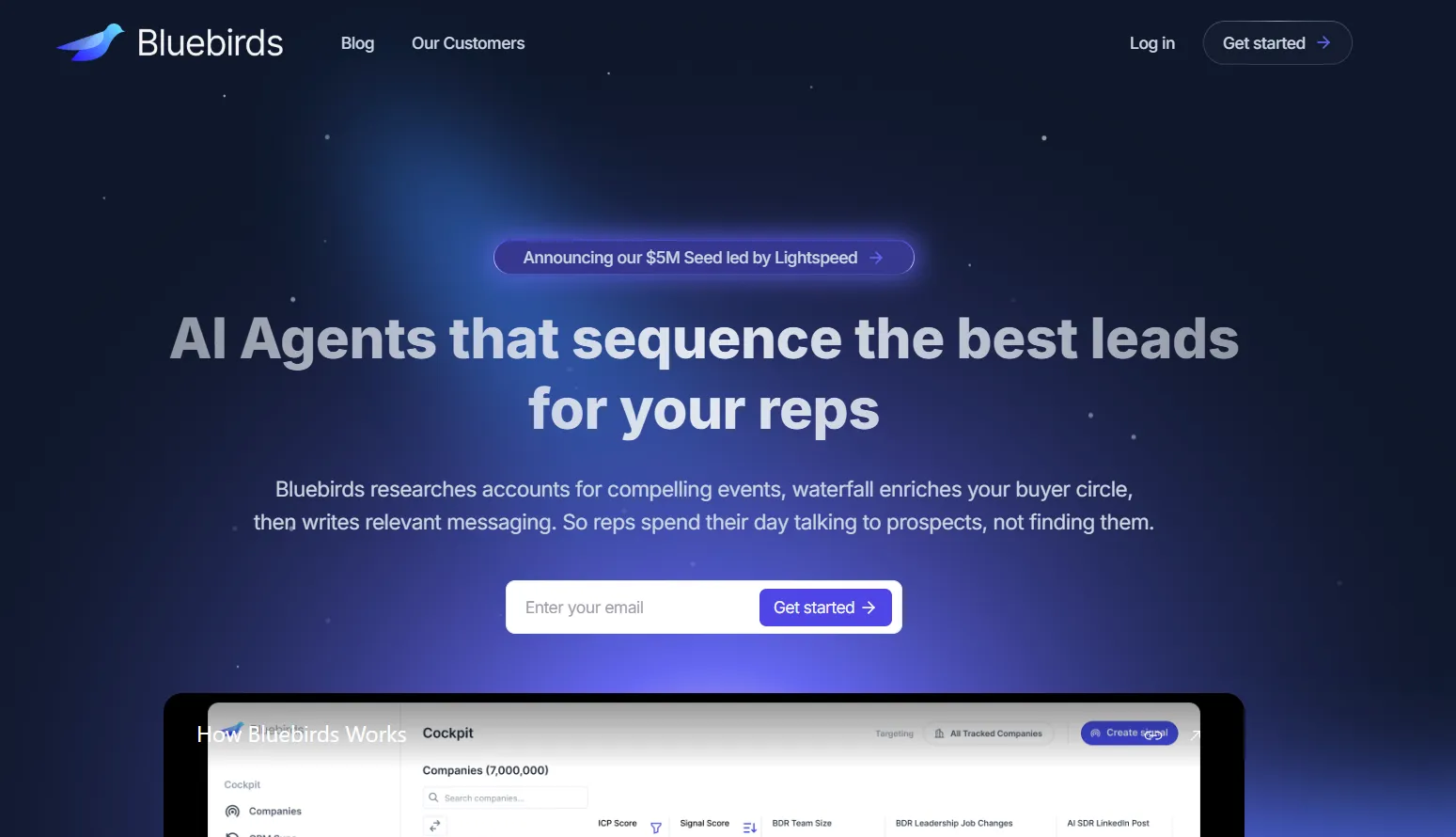





![10 Best Lemlist Alternatives & Competitors [2026]](https://cdn.prod.website-files.com/6506fc5785bd592c468835e0/6920732970771167b03cd862_lemlist_alternatives.webp)
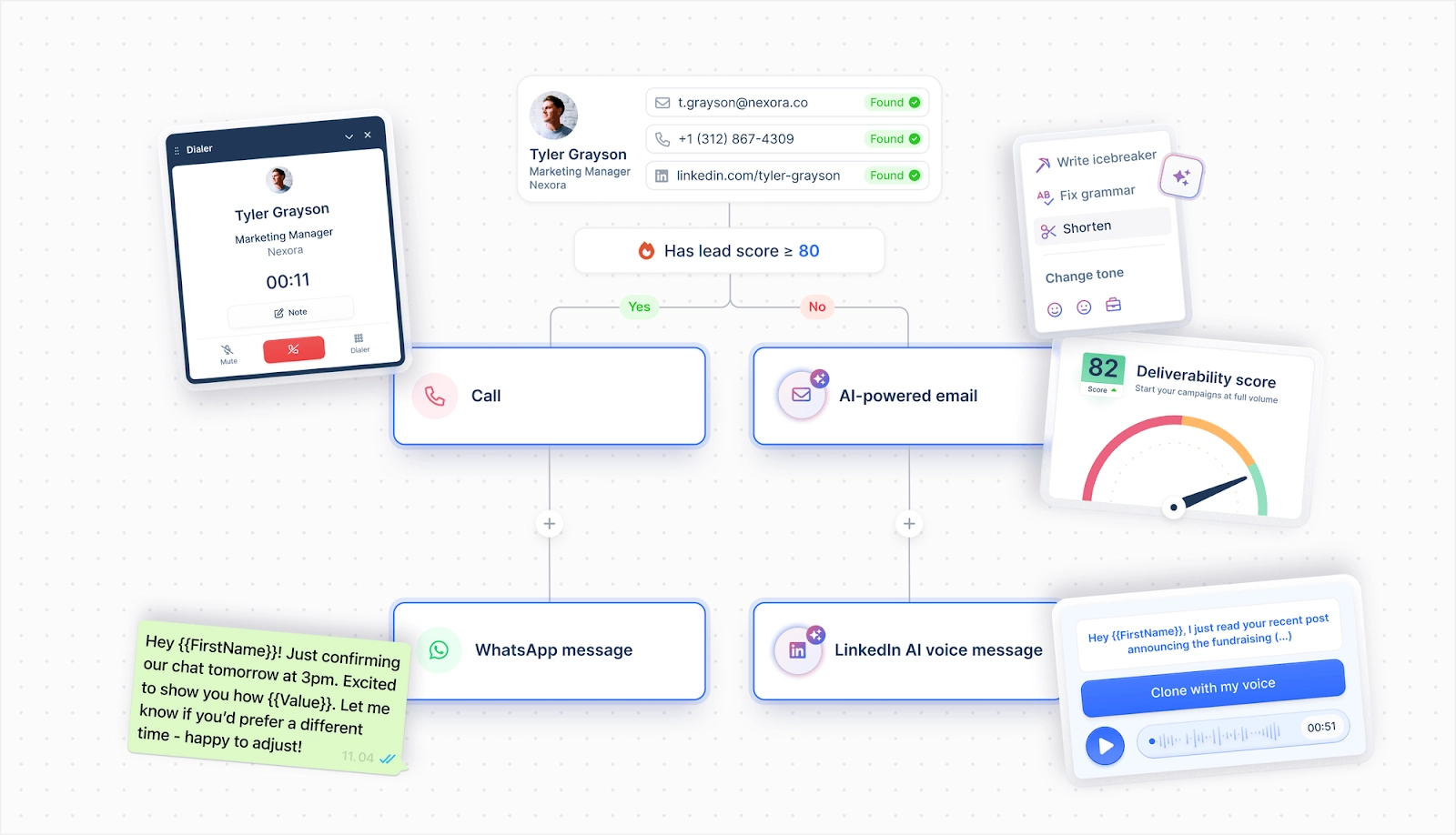
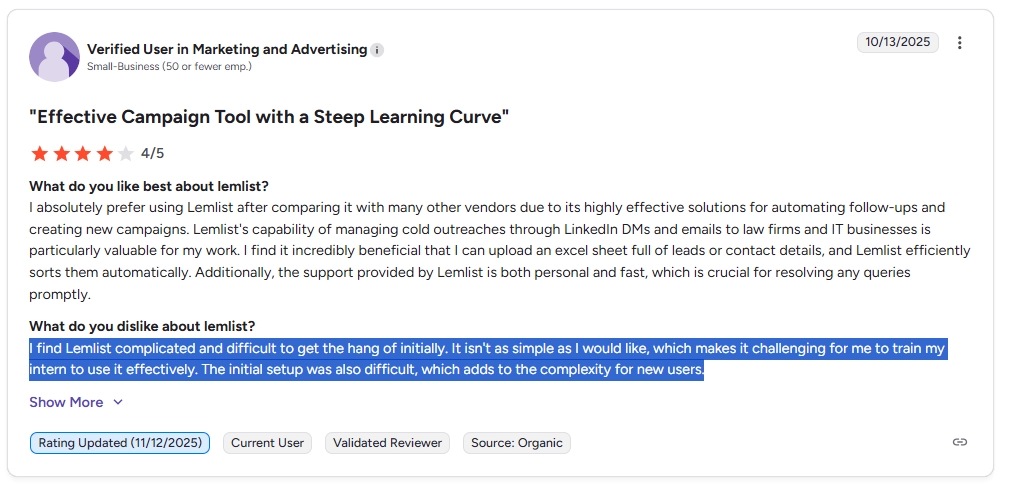
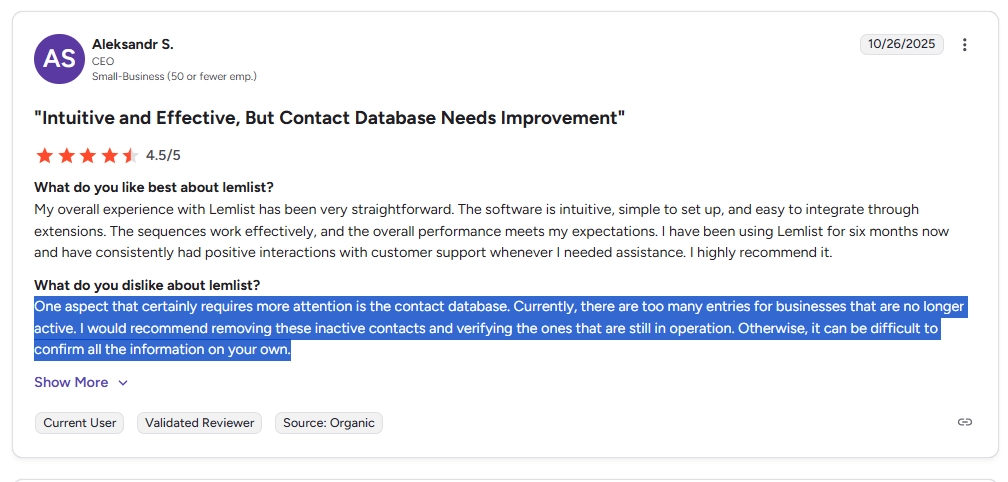
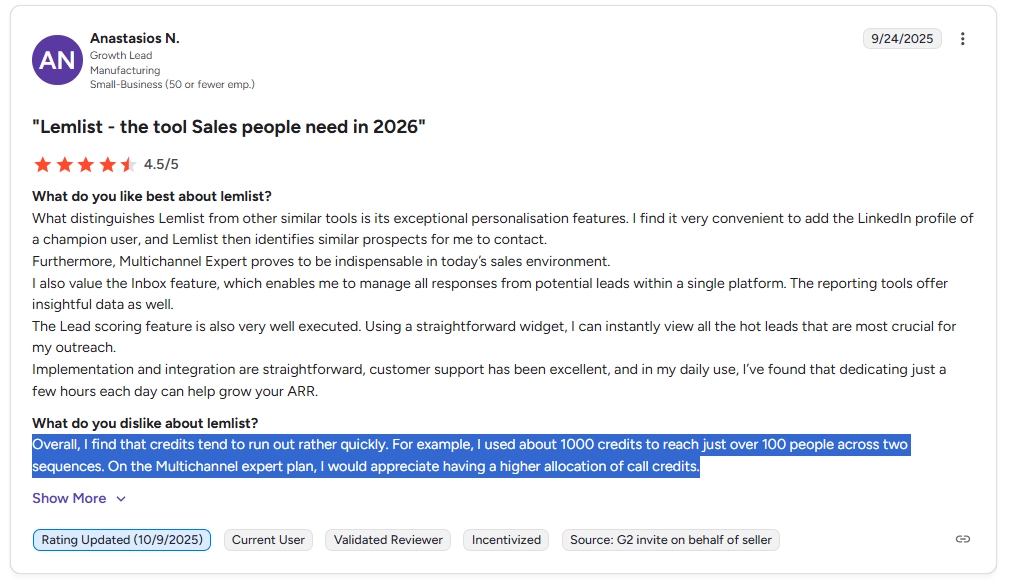
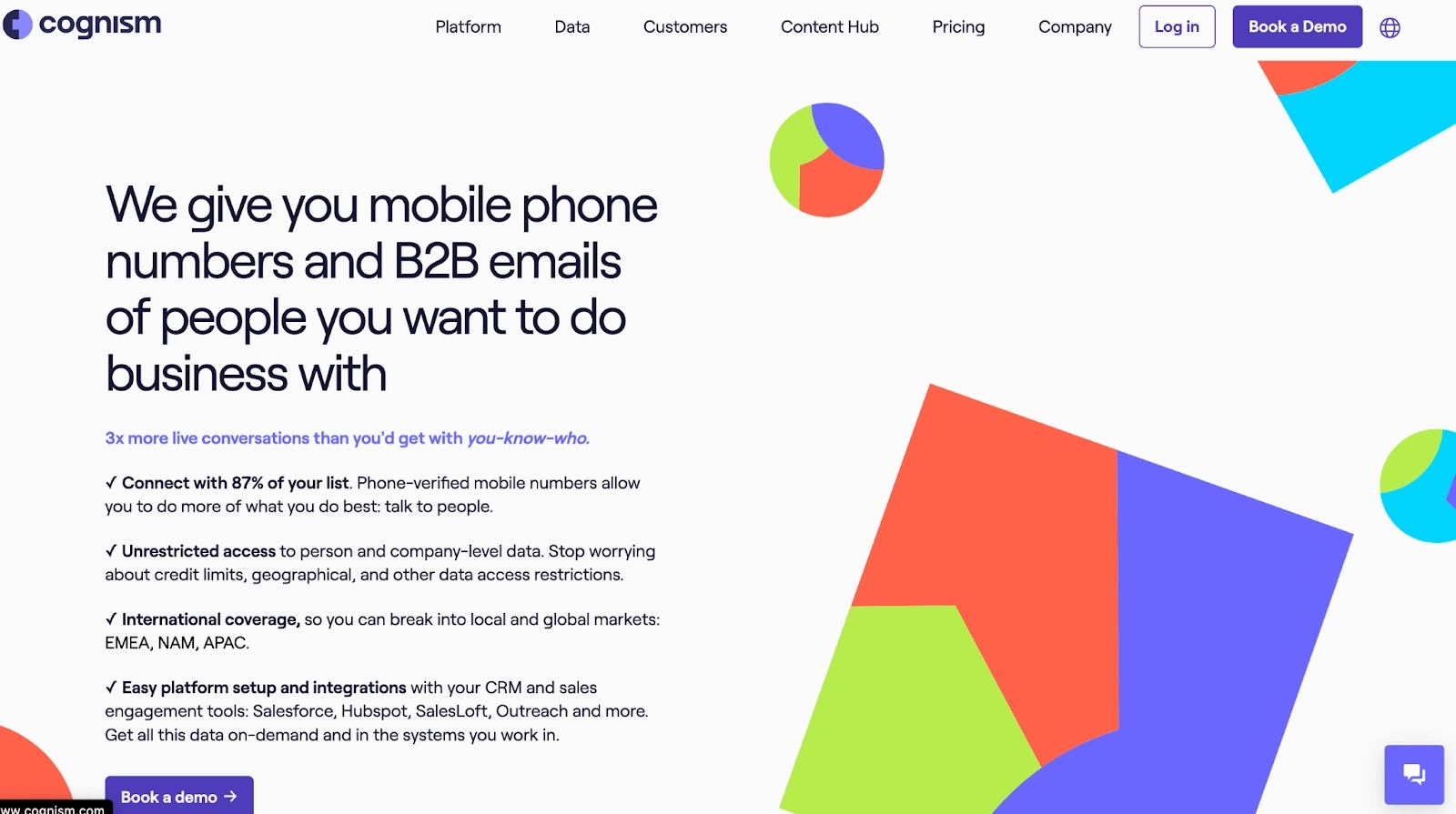
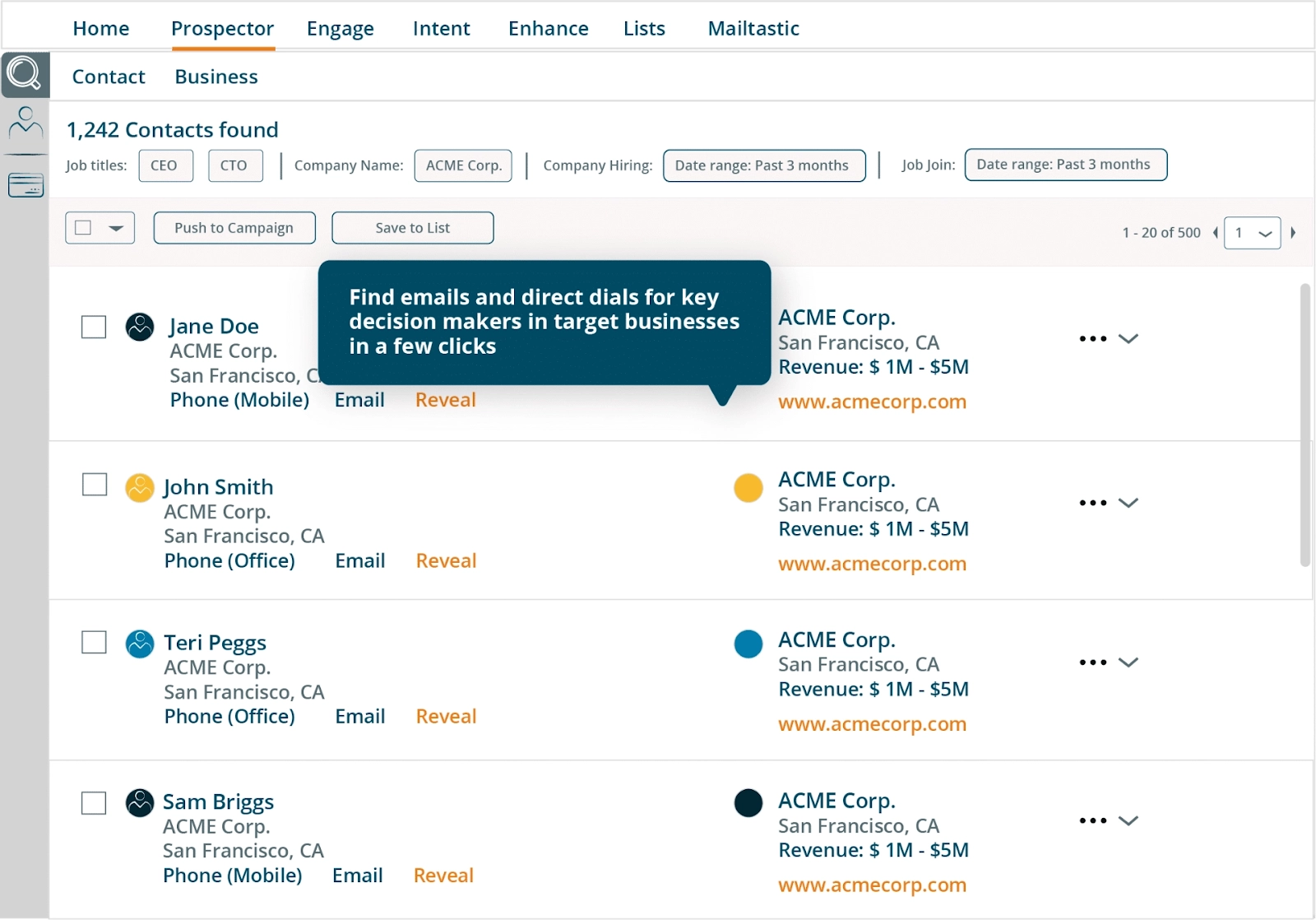
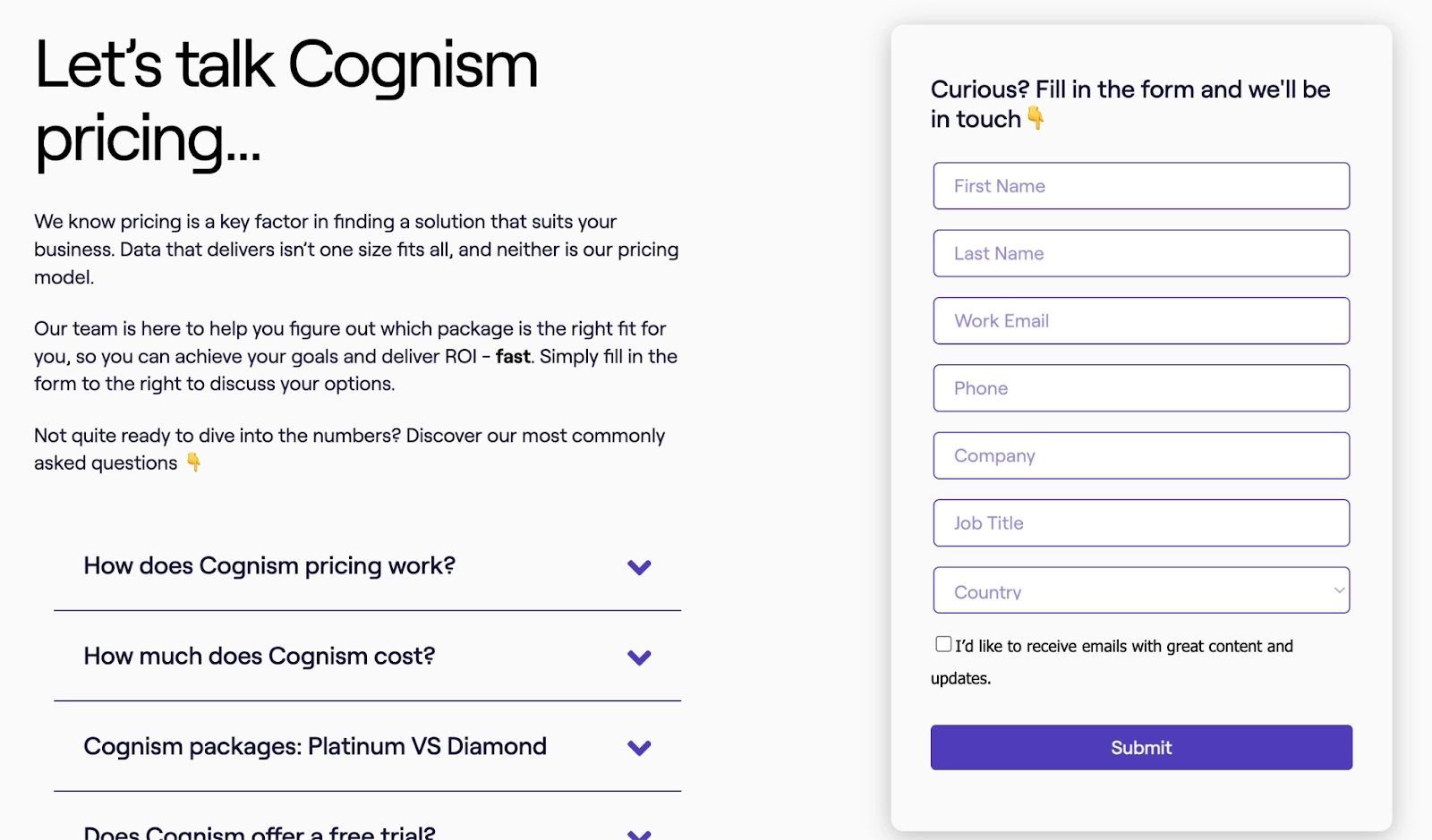
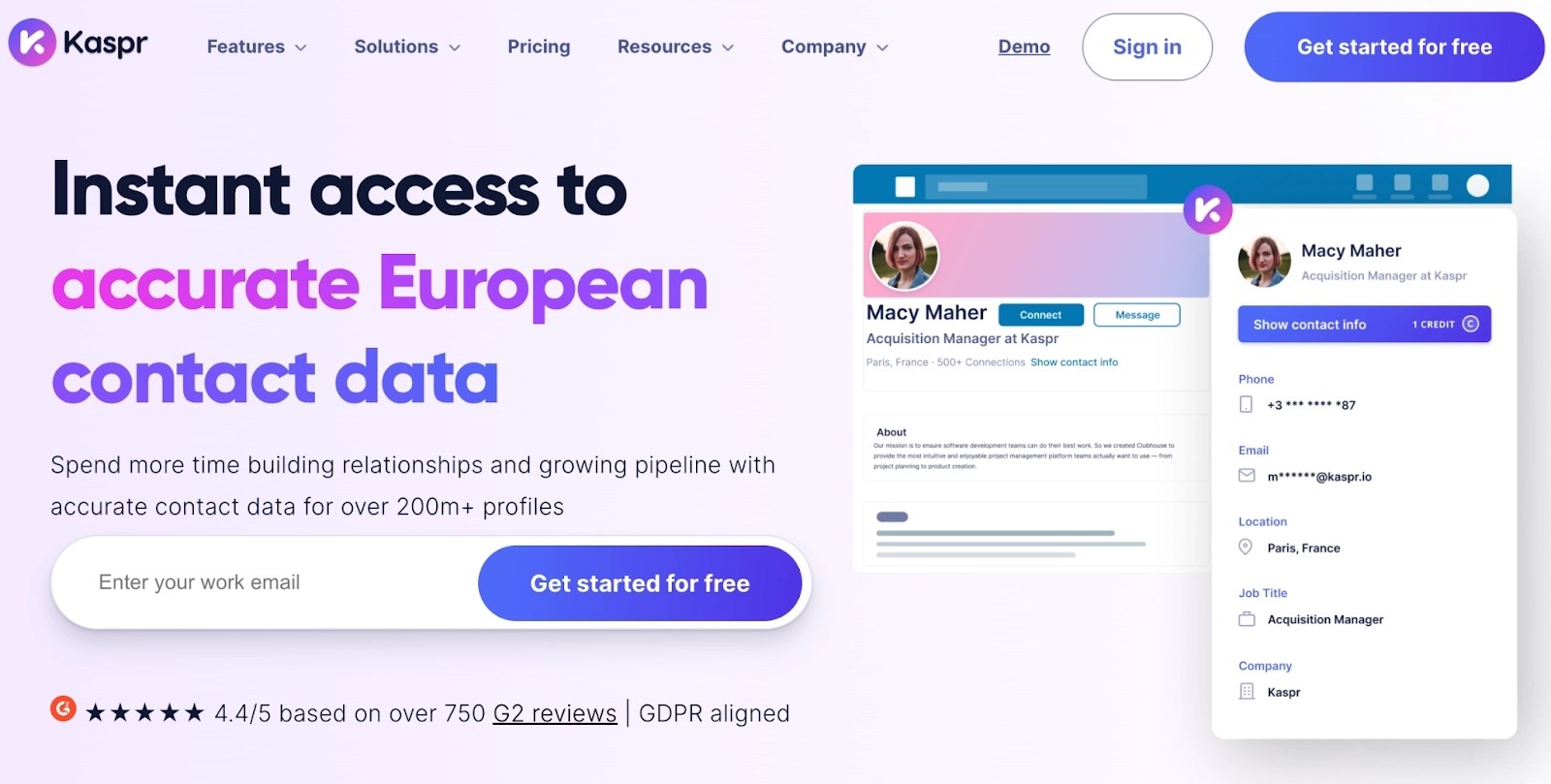
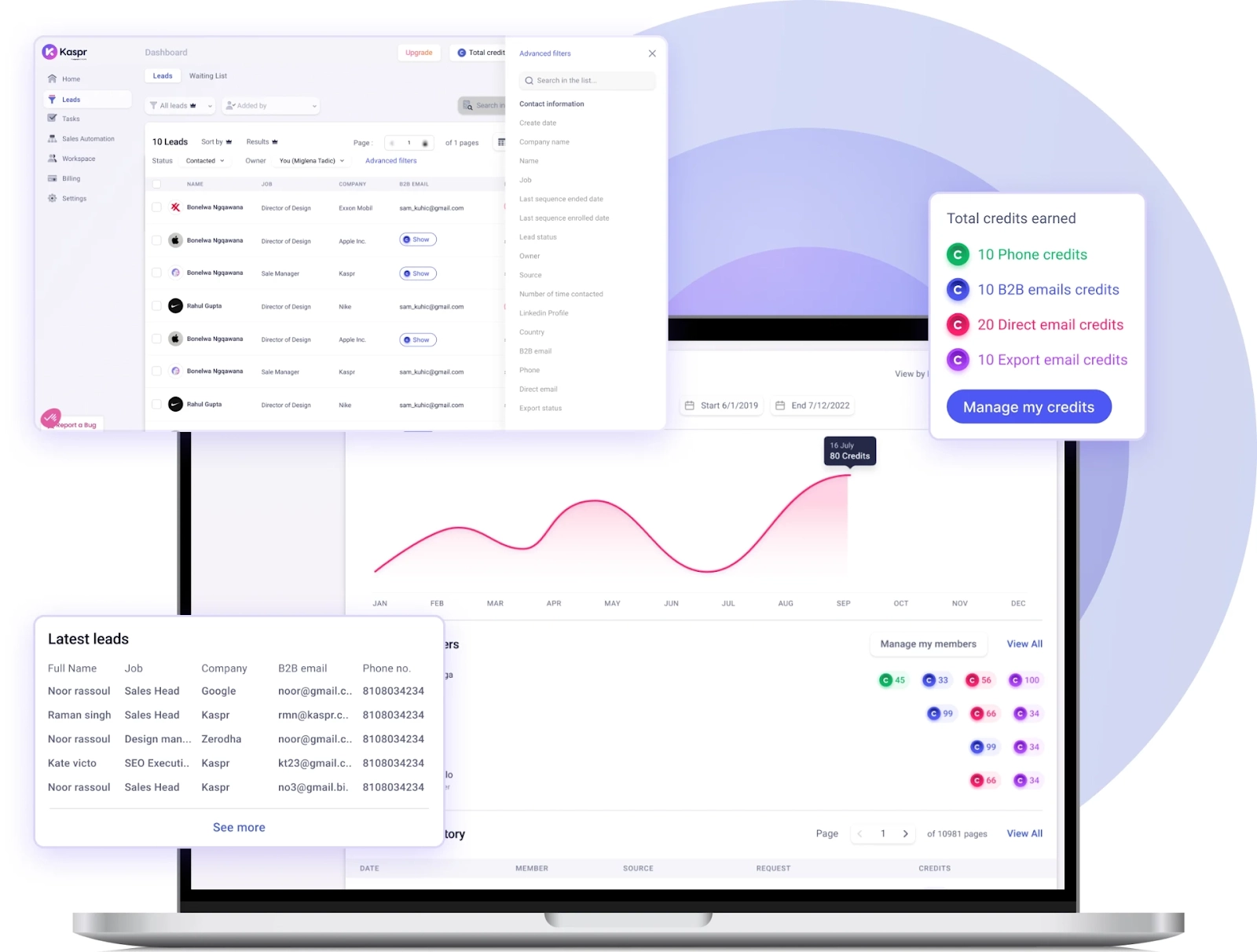
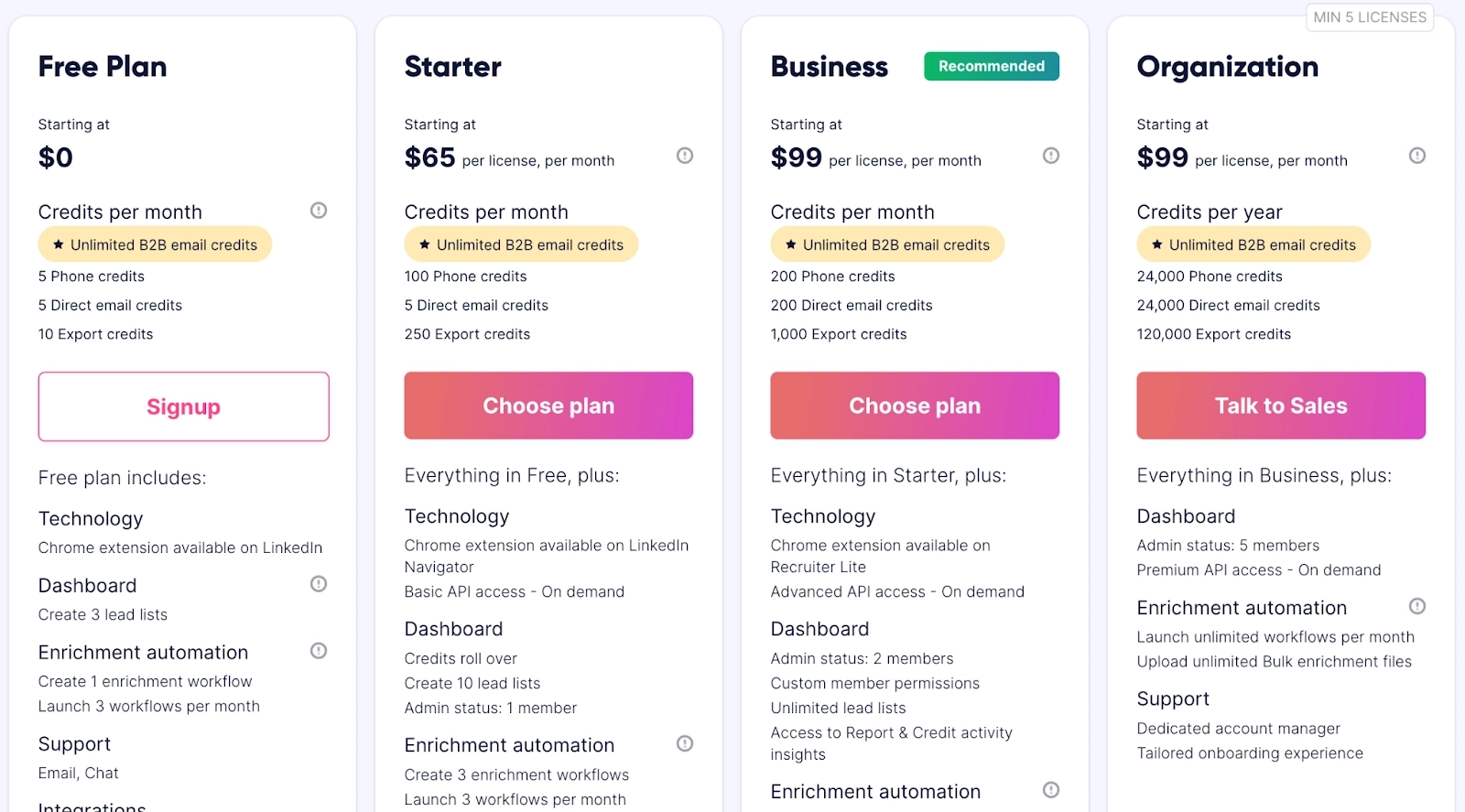
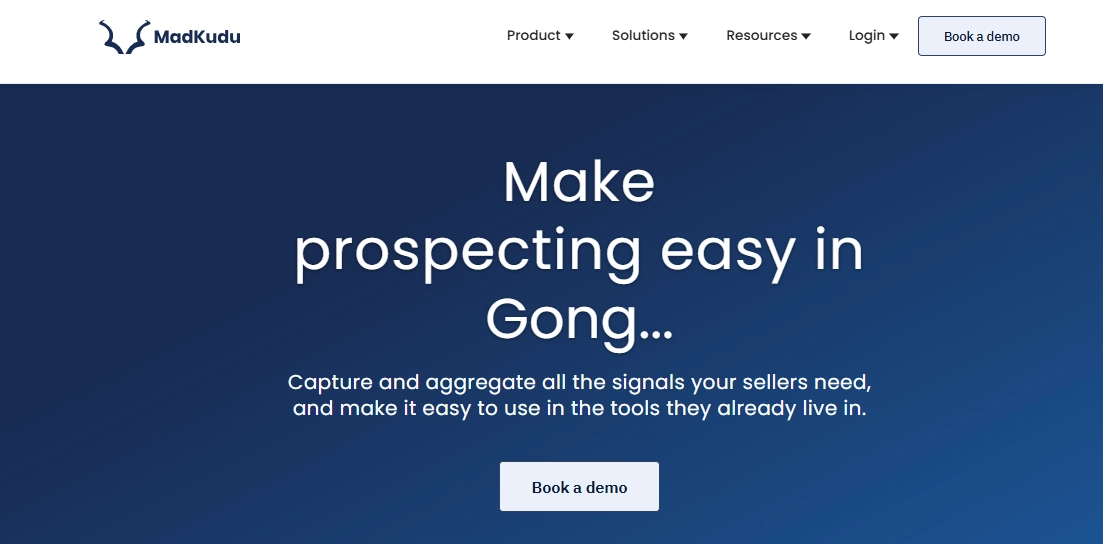



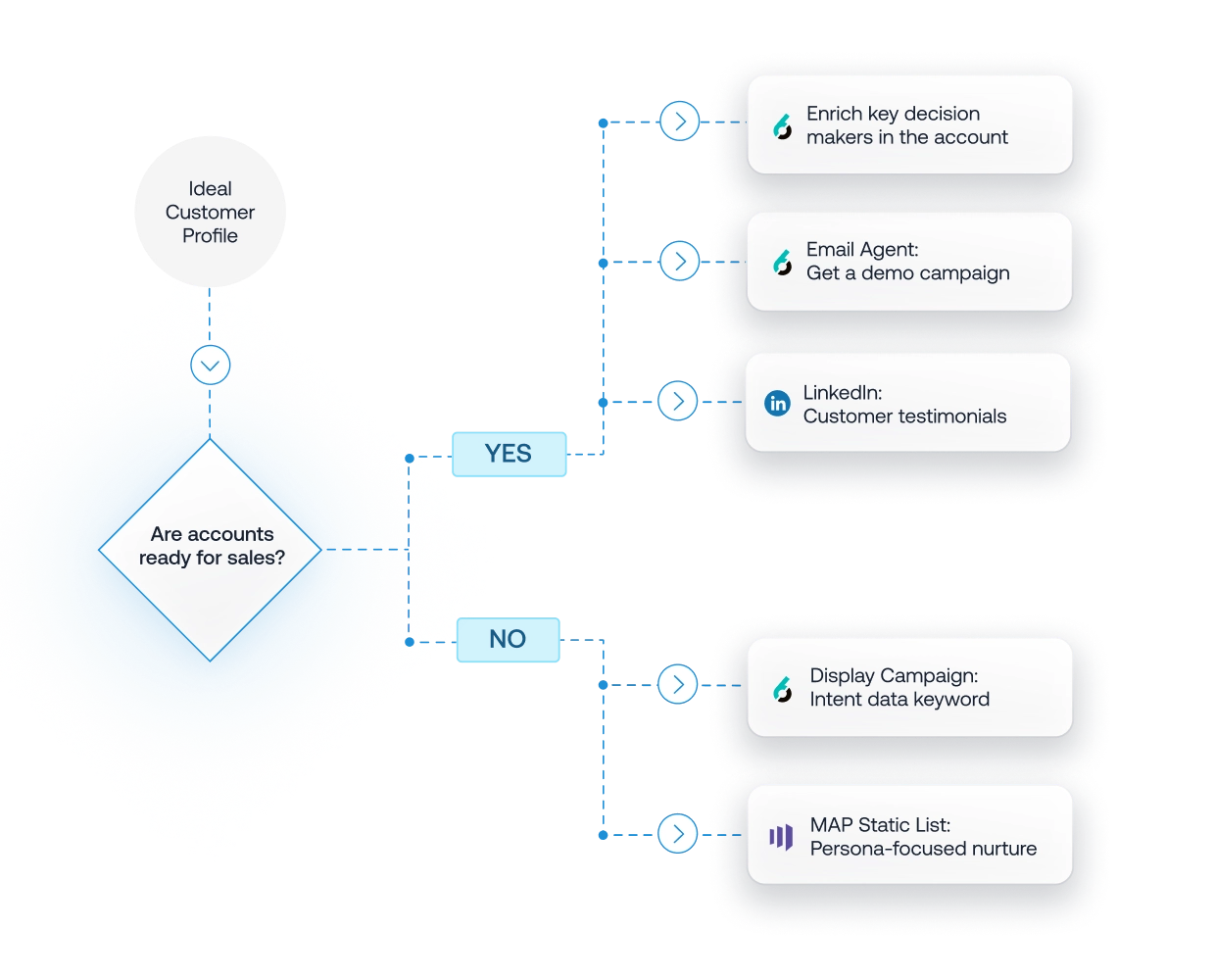

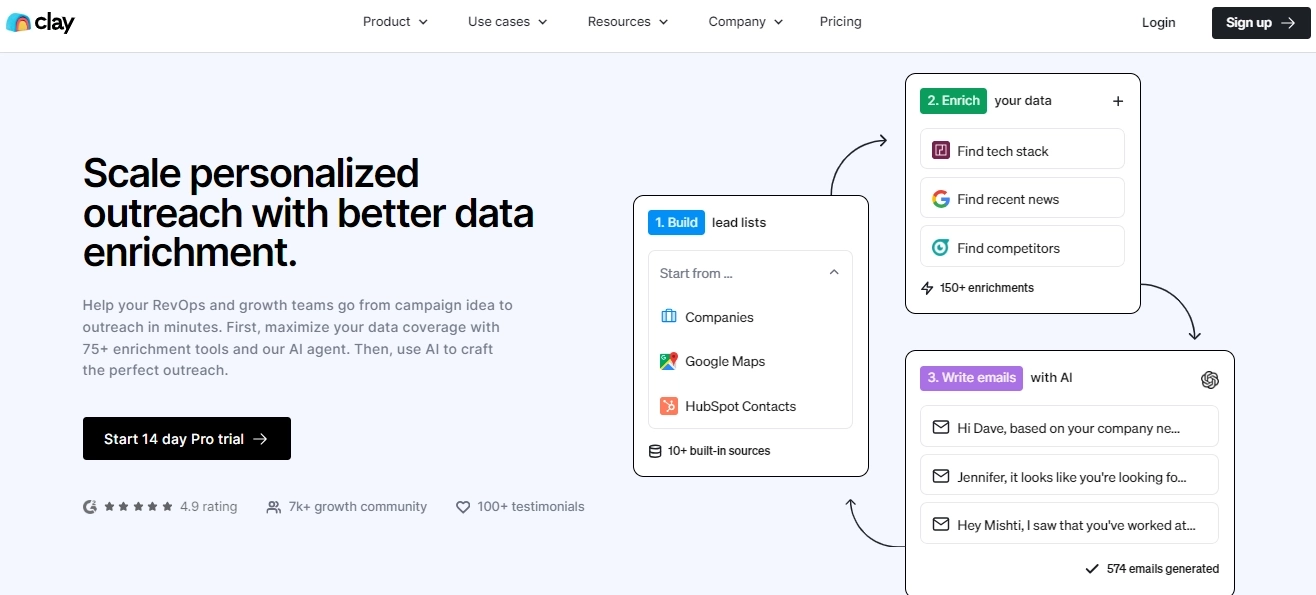
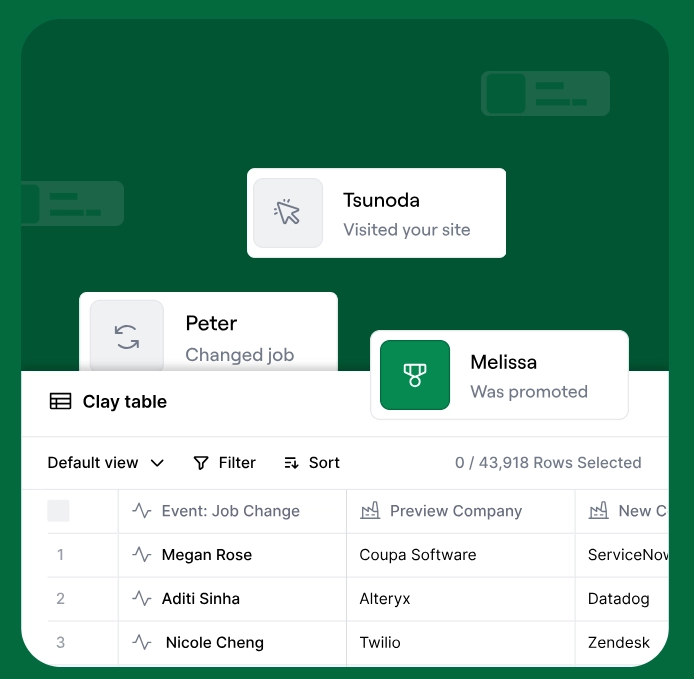
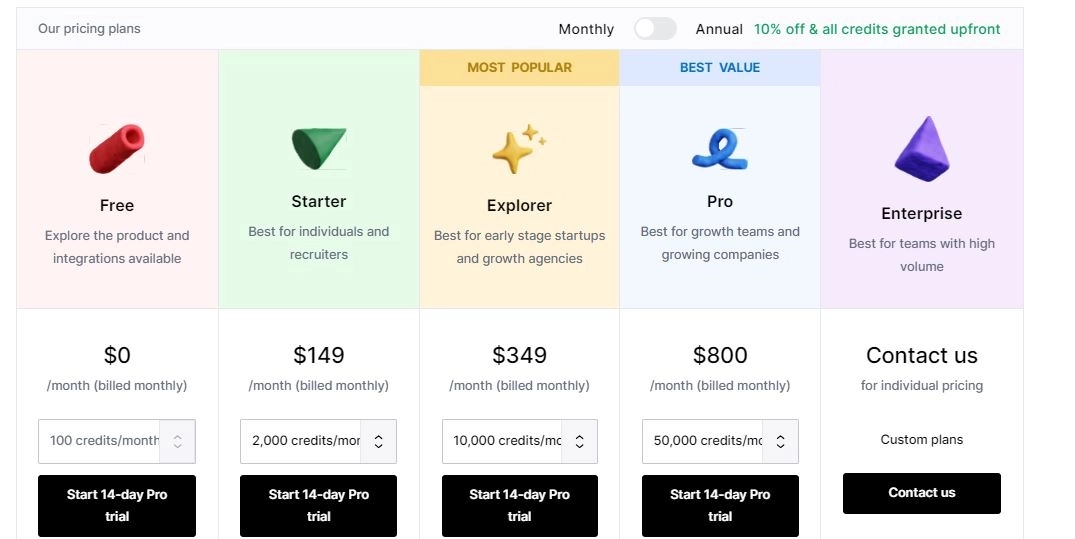



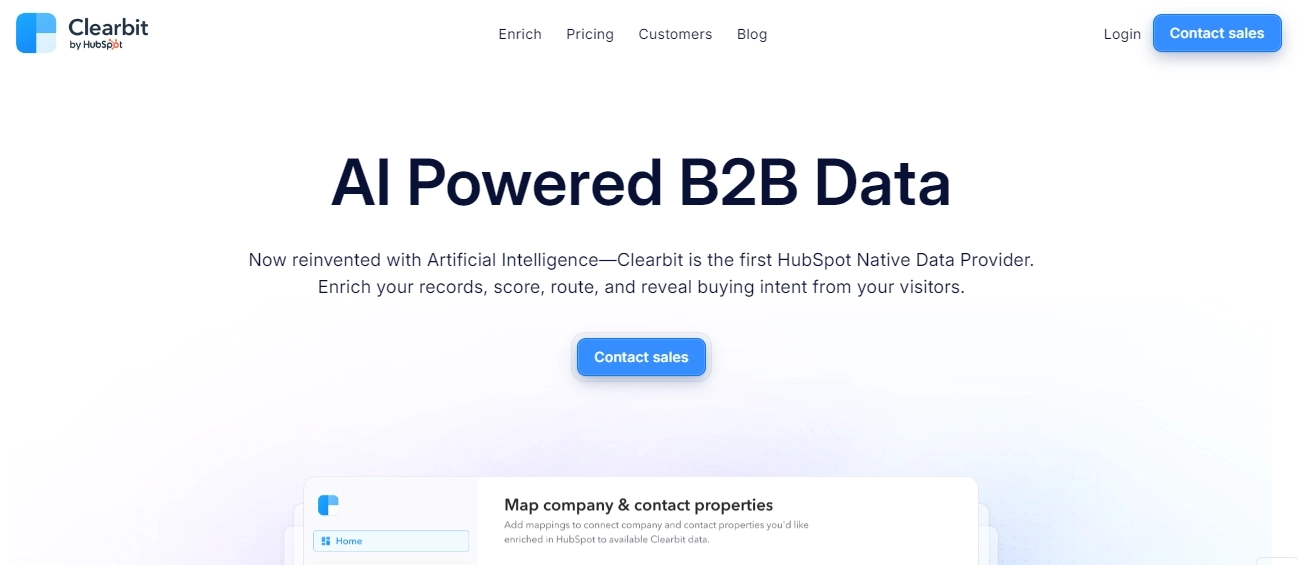
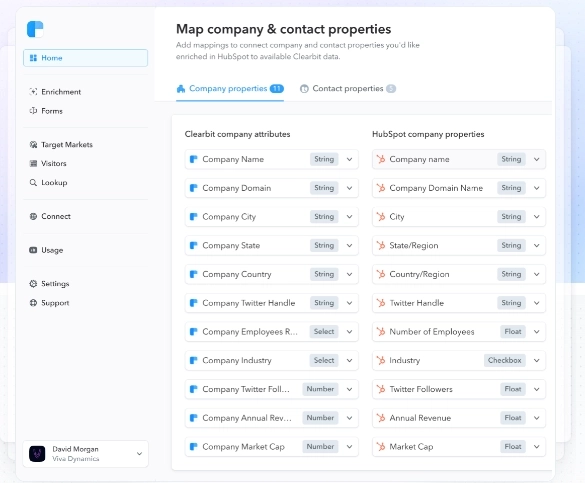

![10 Best VoilaNorbert Alternatives & Competitors [2026]](https://cdn.prod.website-files.com/6506fc5785bd592c468835e0/69206f4845730ed39b1dfe17_voilanorbert.webp)
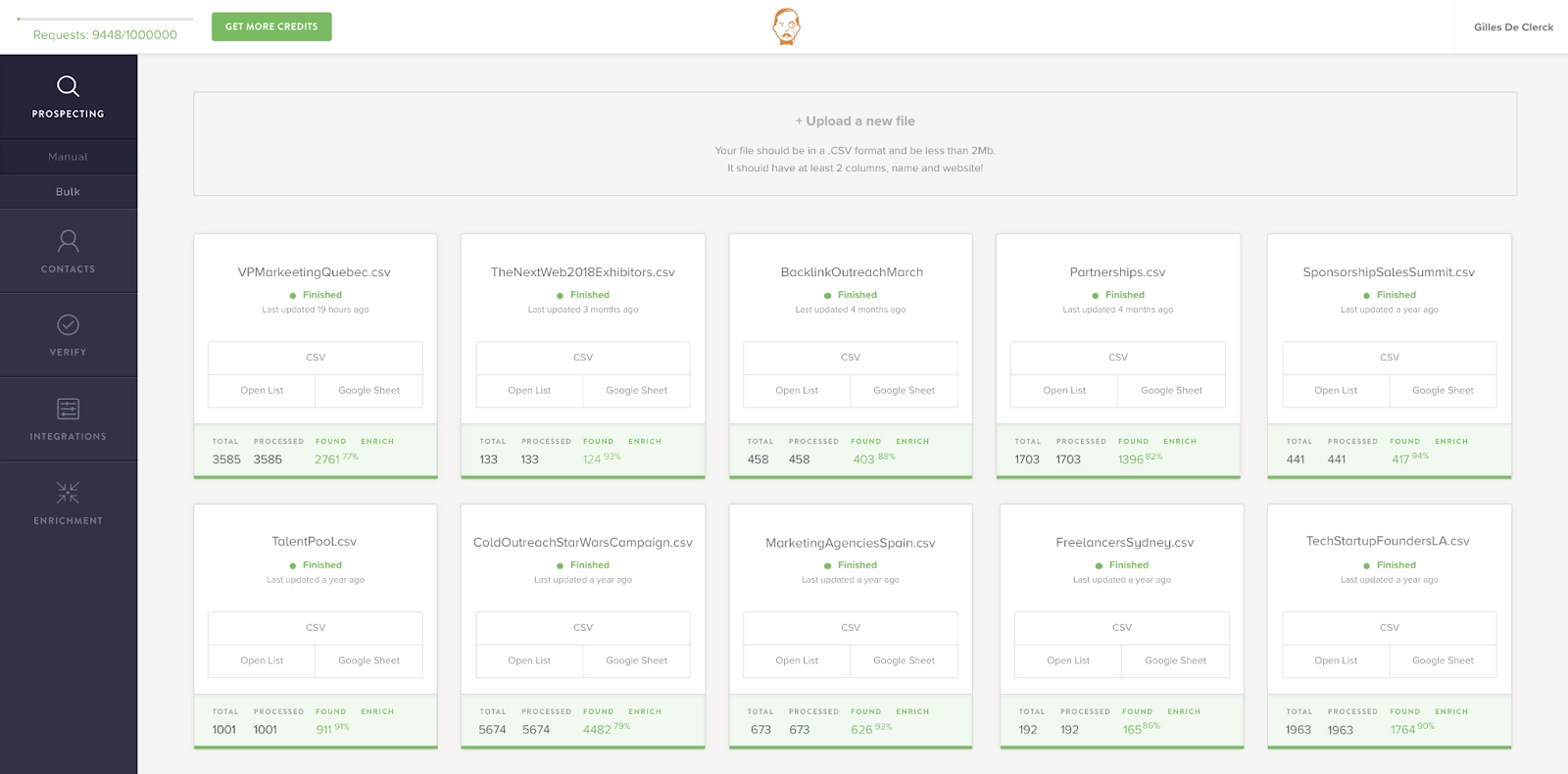
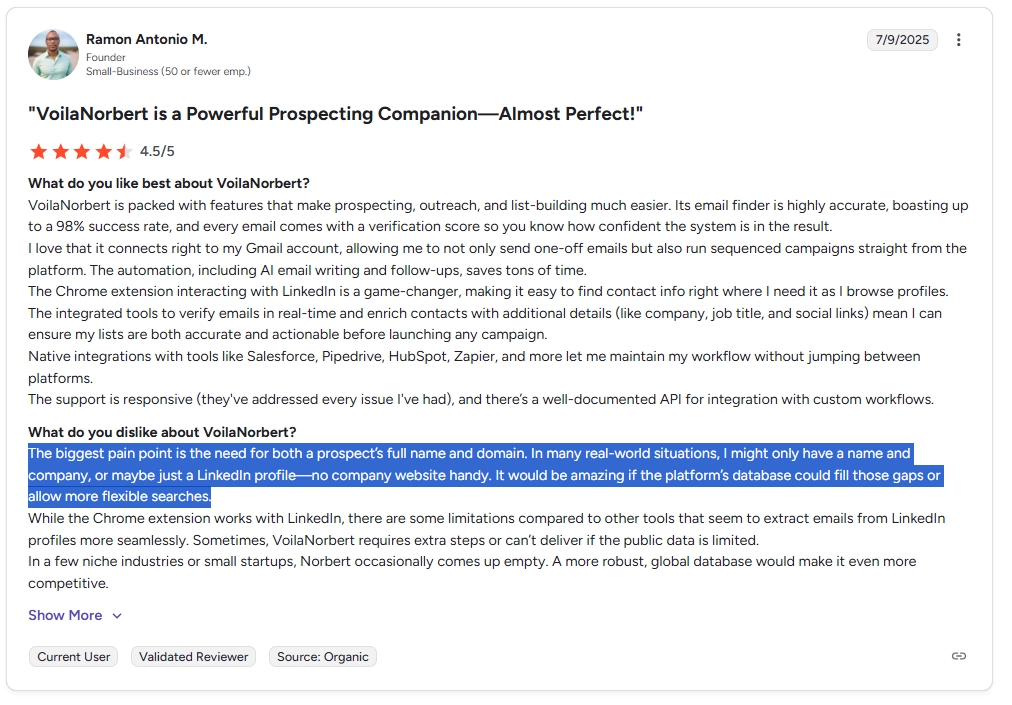
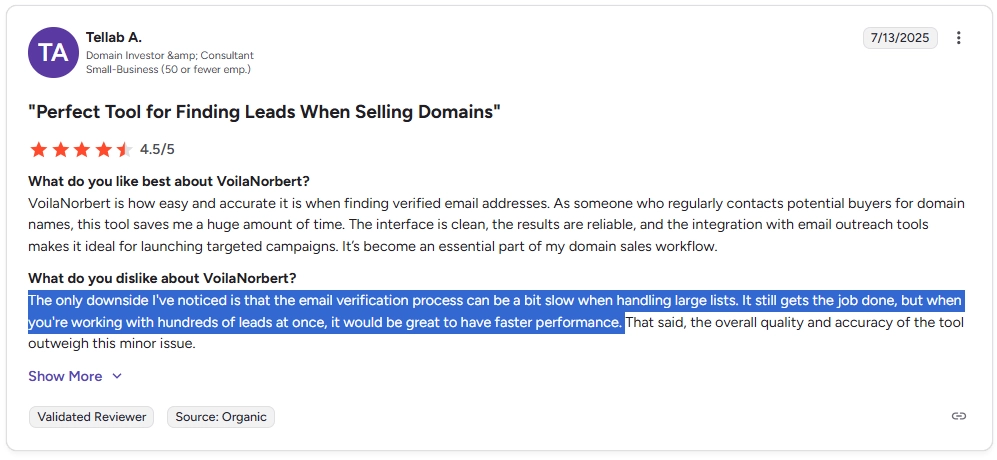
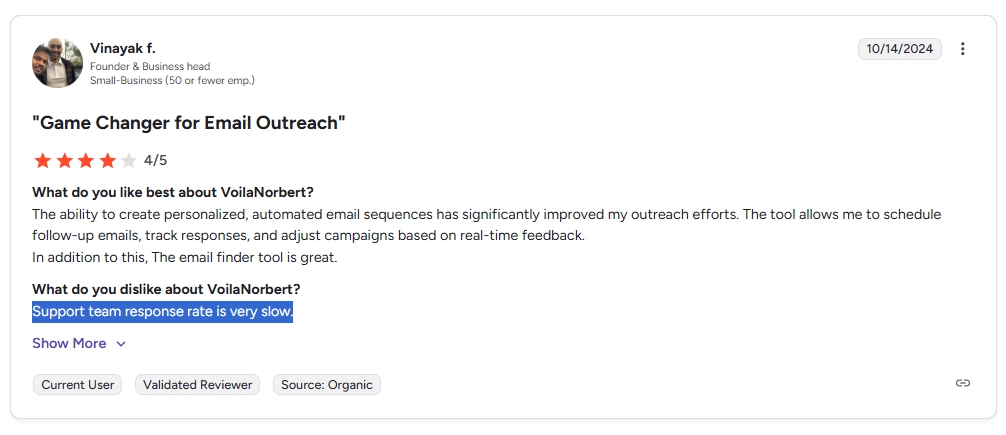
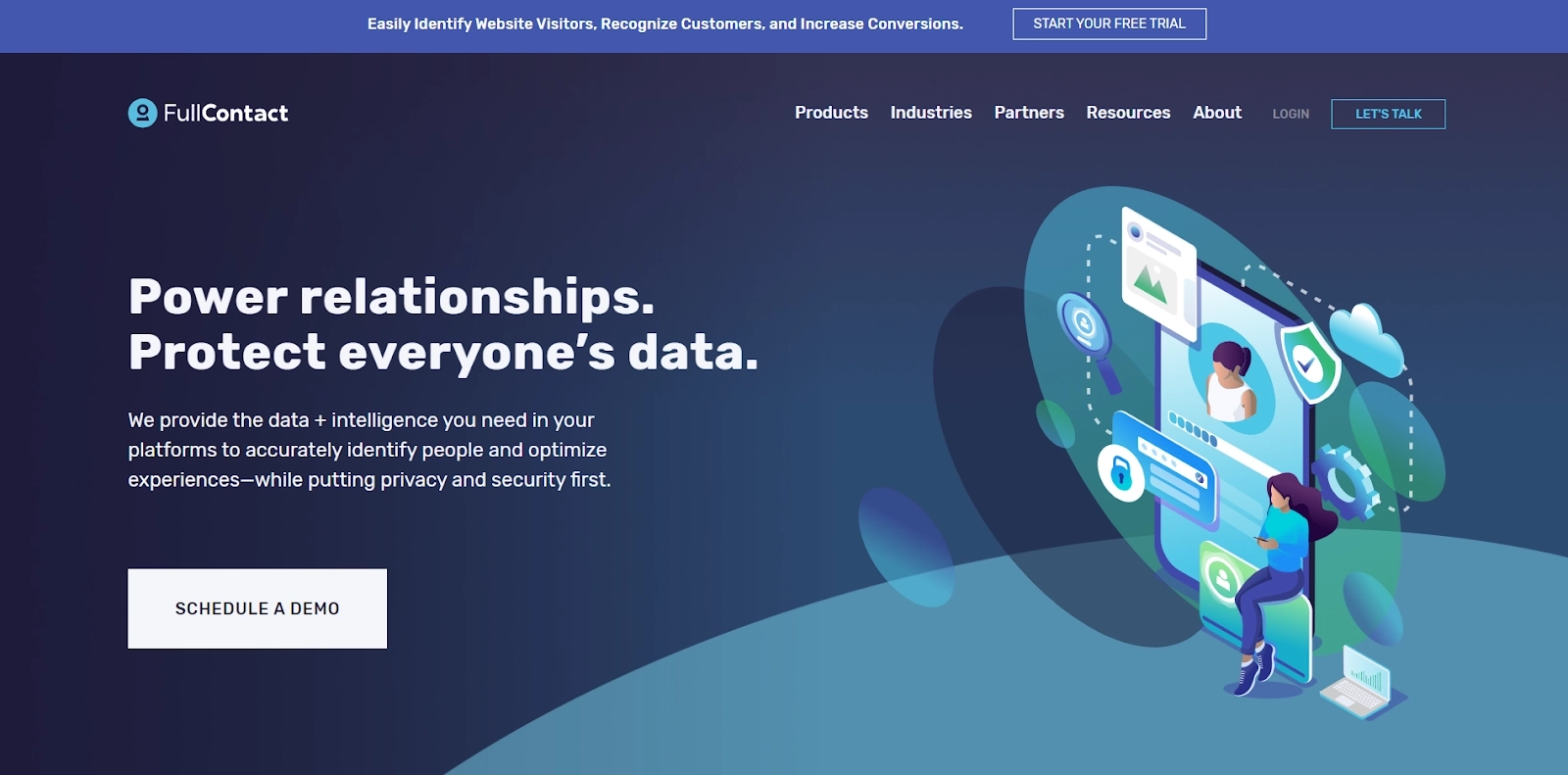


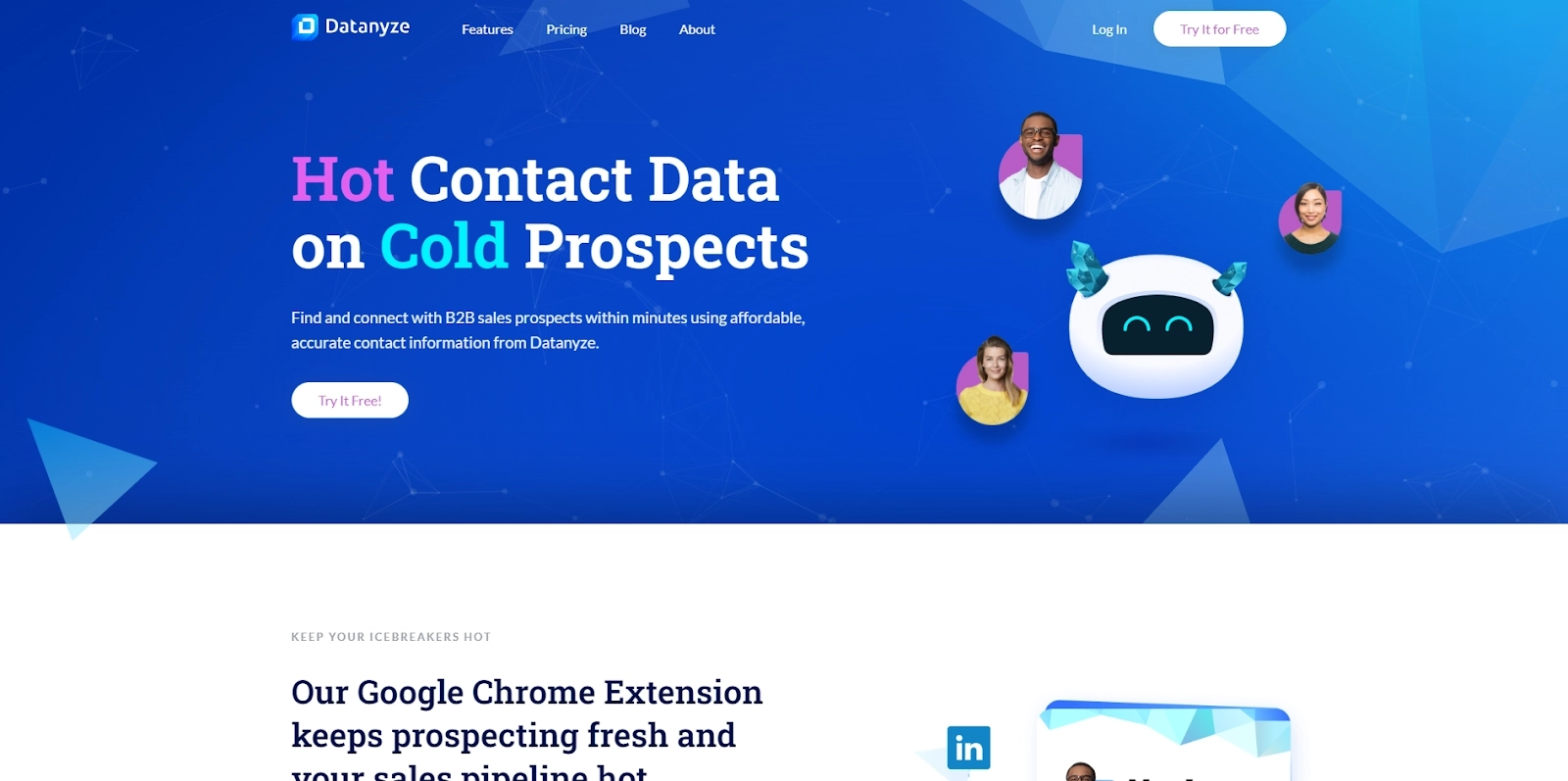

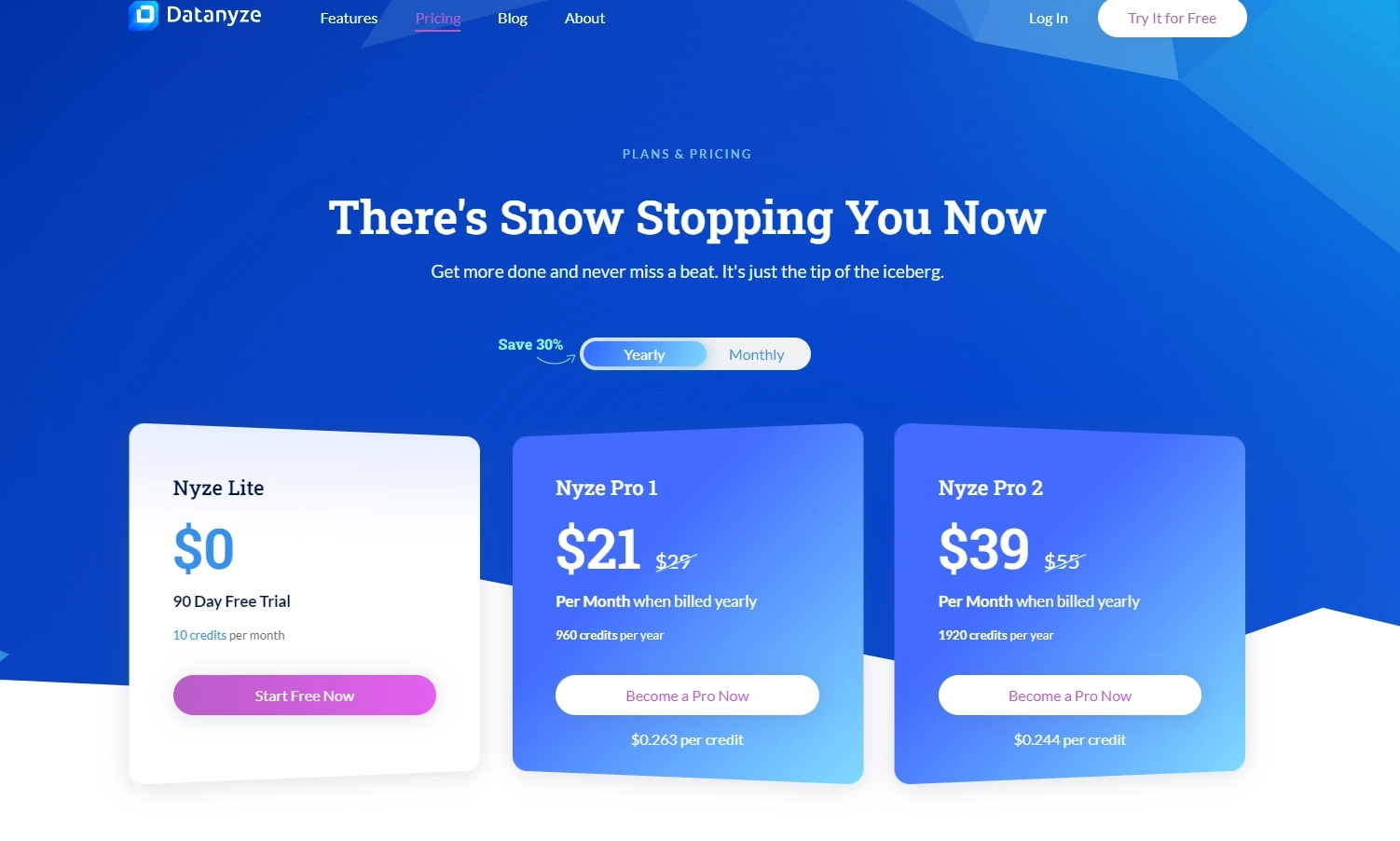

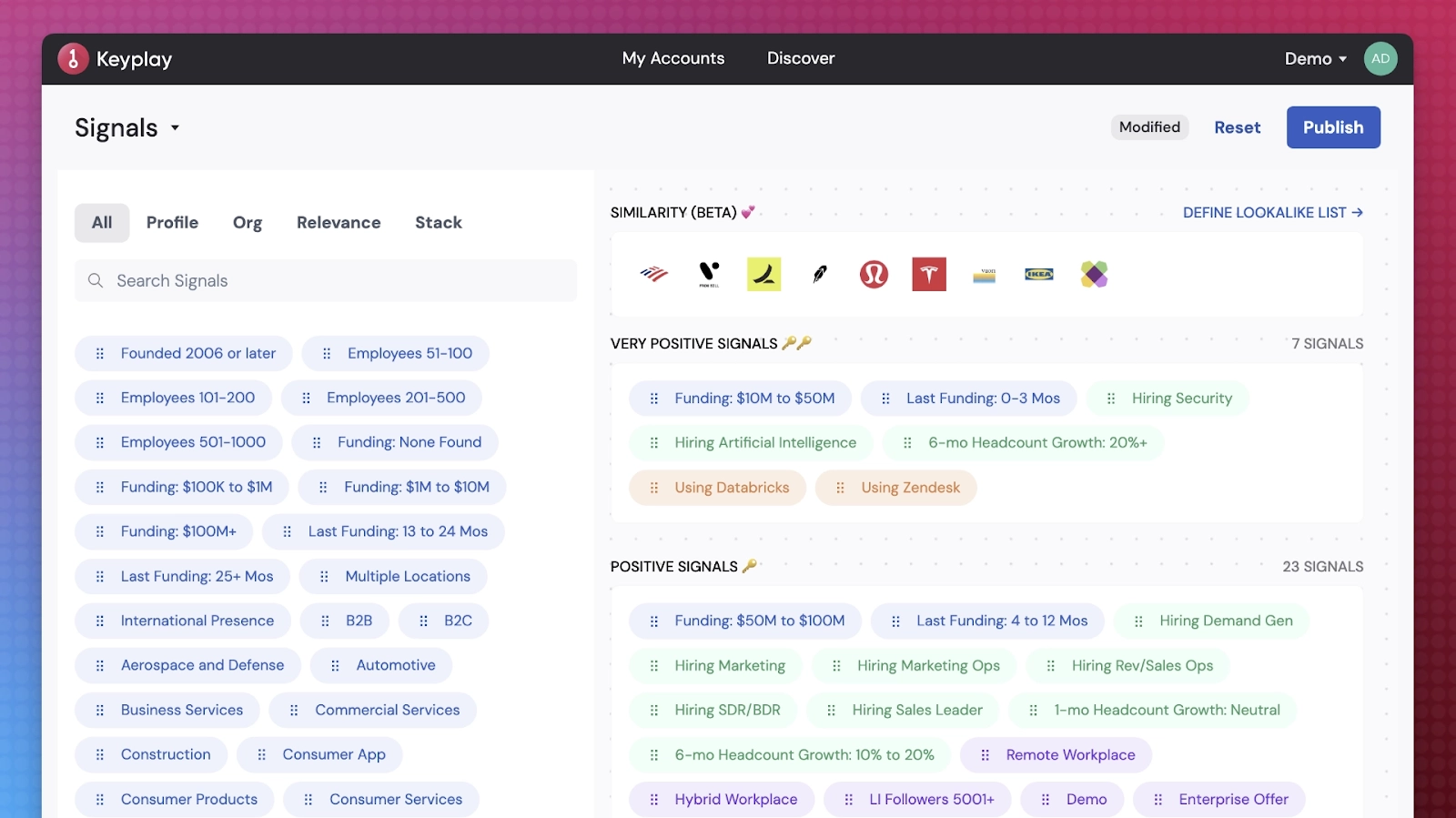
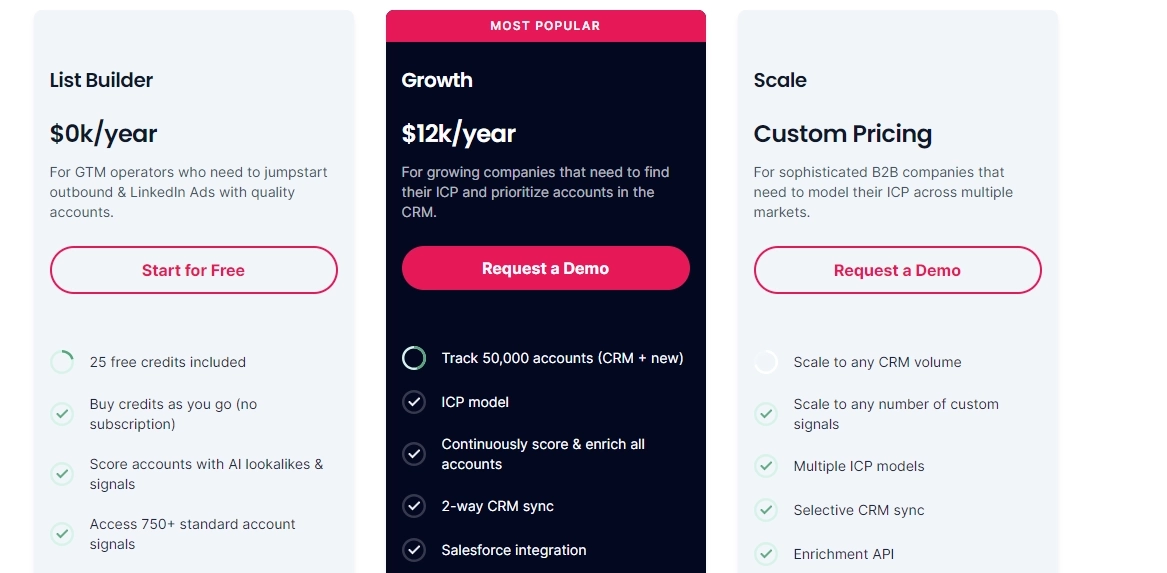


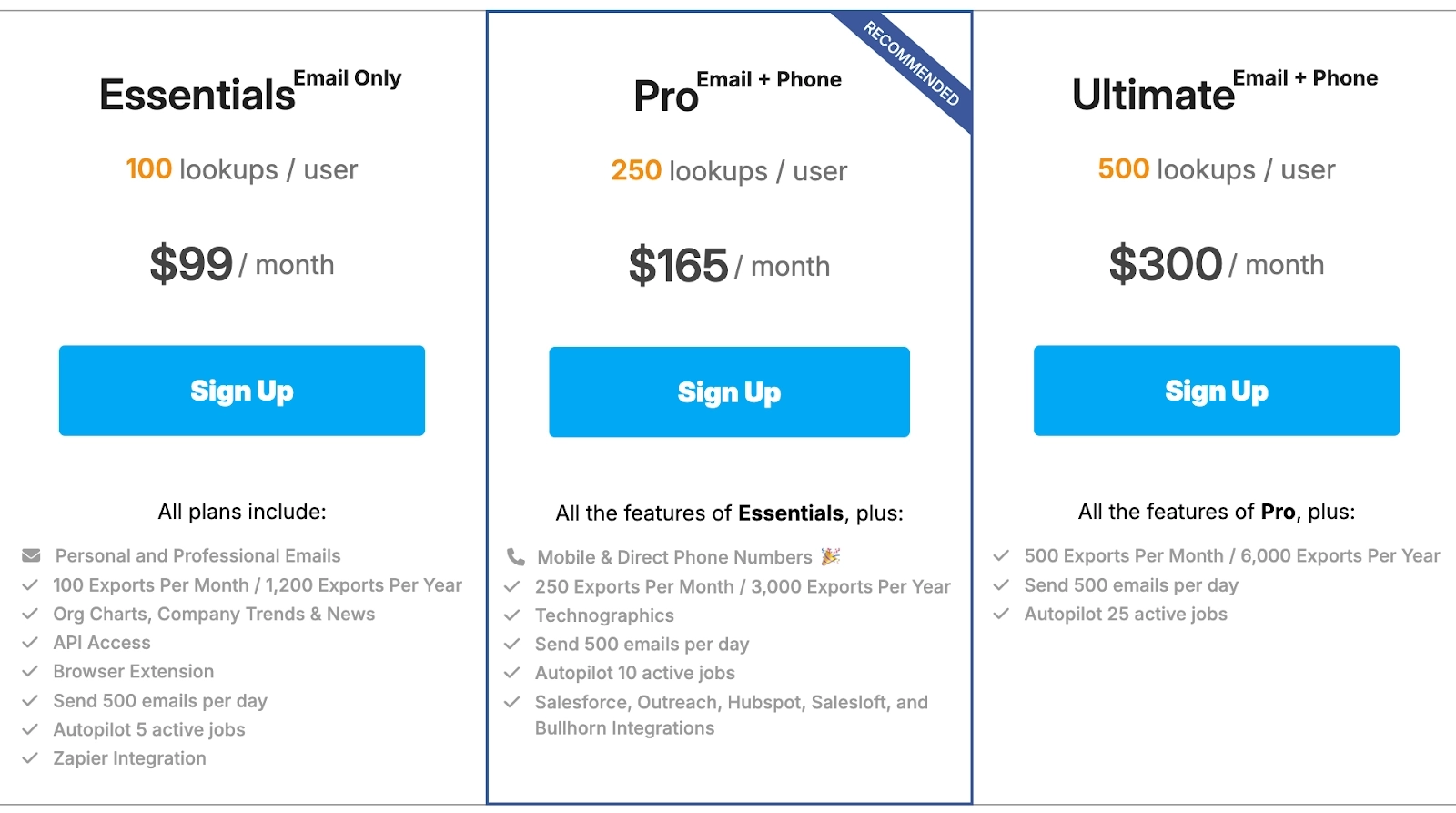
![10 Best Kaspr Alternatives & Competitors [2026]](https://cdn.prod.website-files.com/6506fc5785bd592c468835e0/69206ce3d0323e79451740cd_kaspr_alternatives.webp)
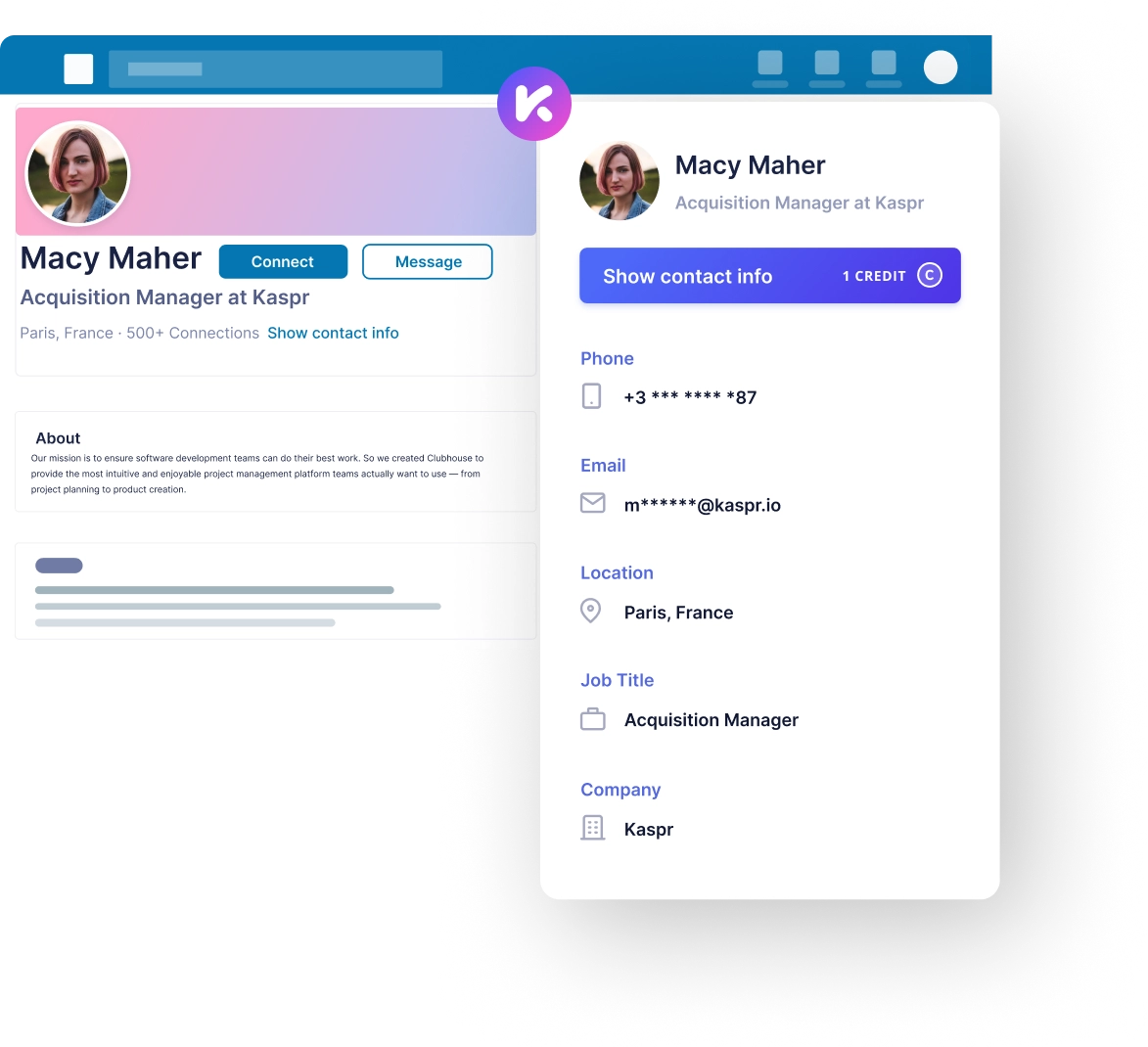
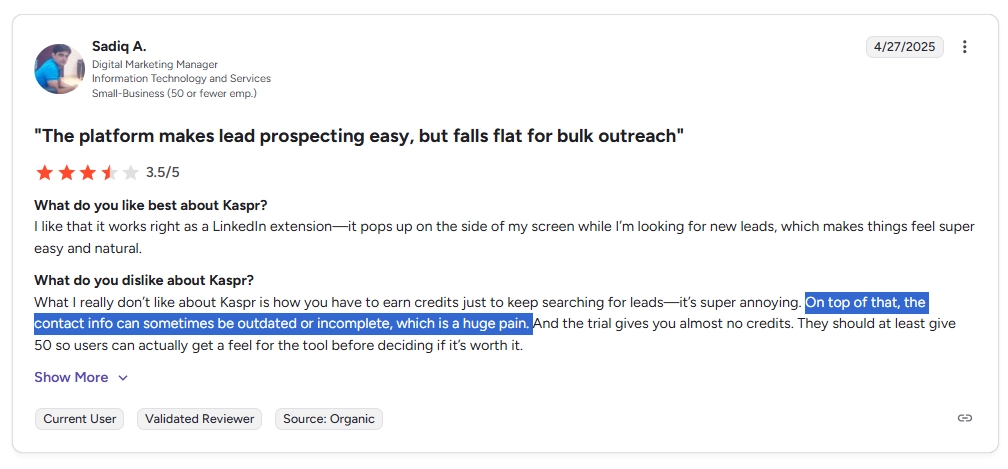
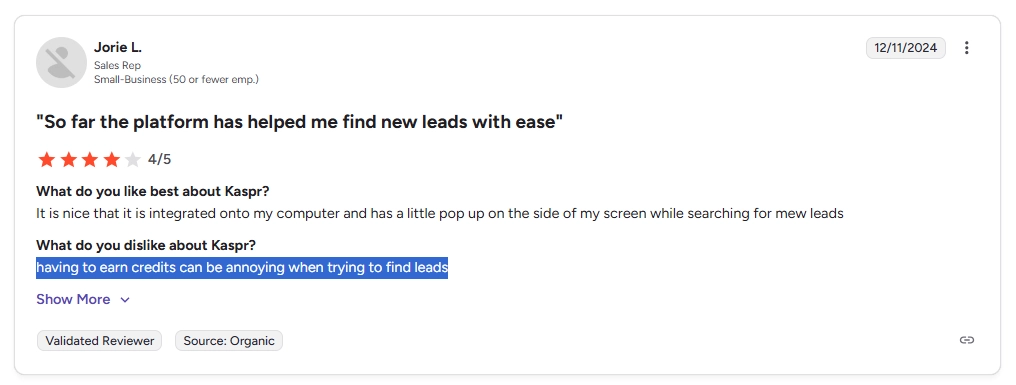
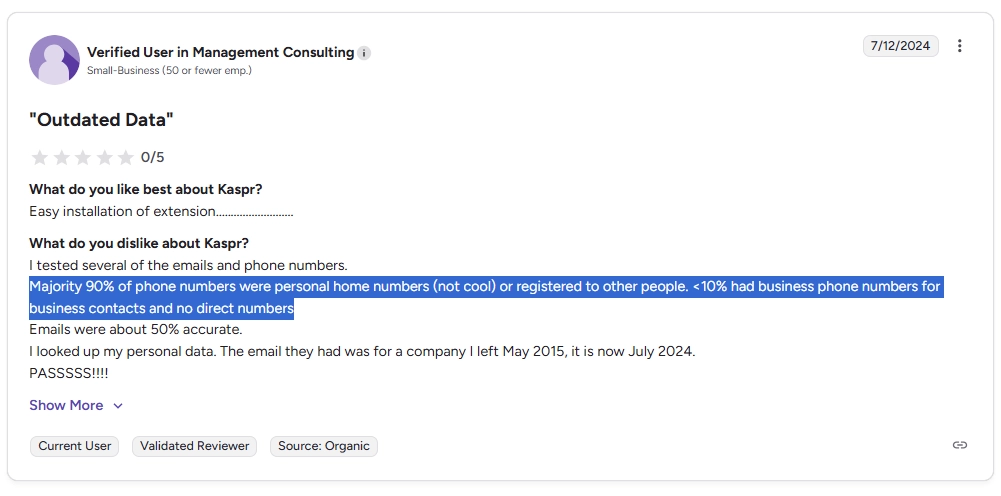
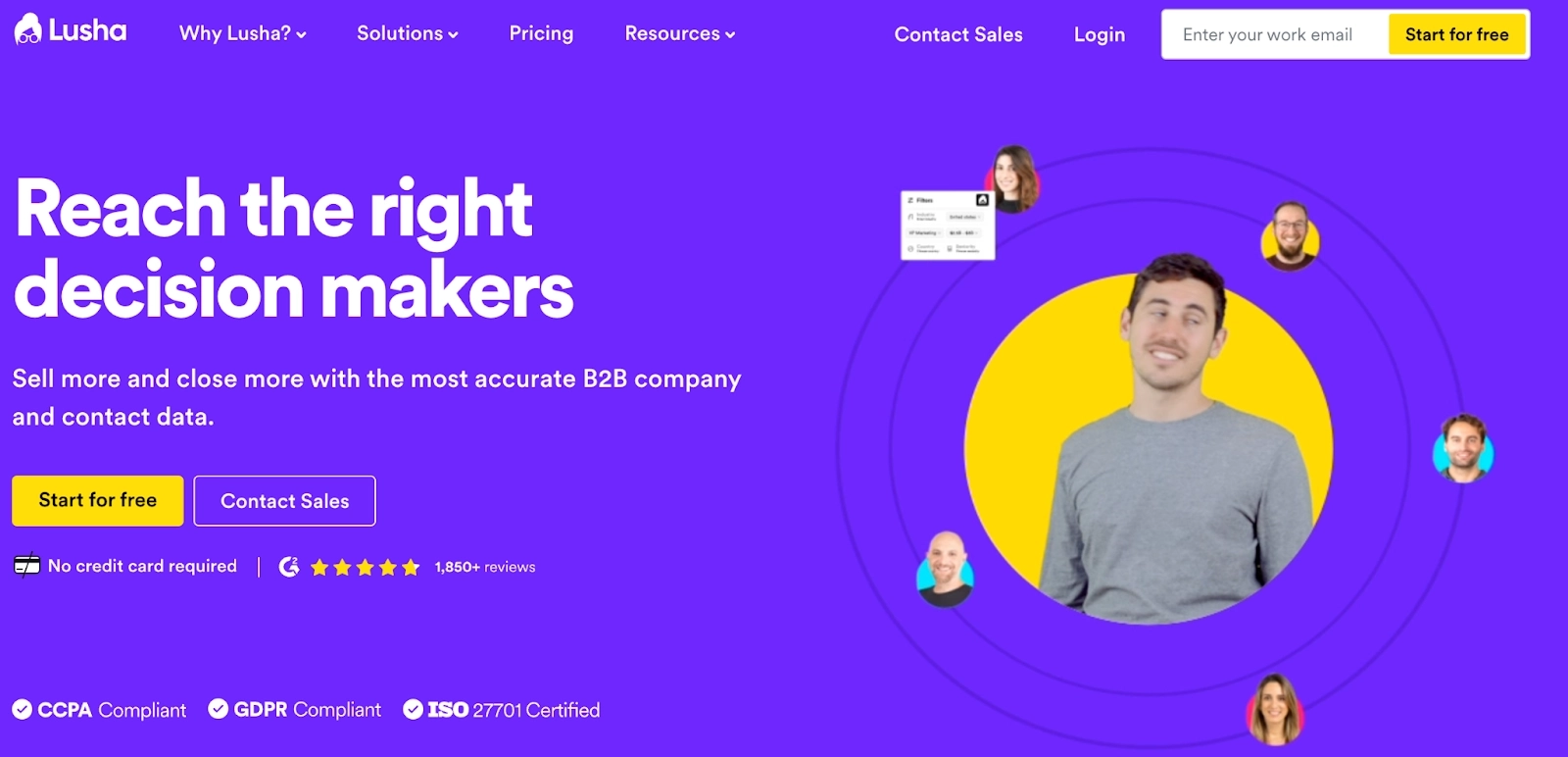

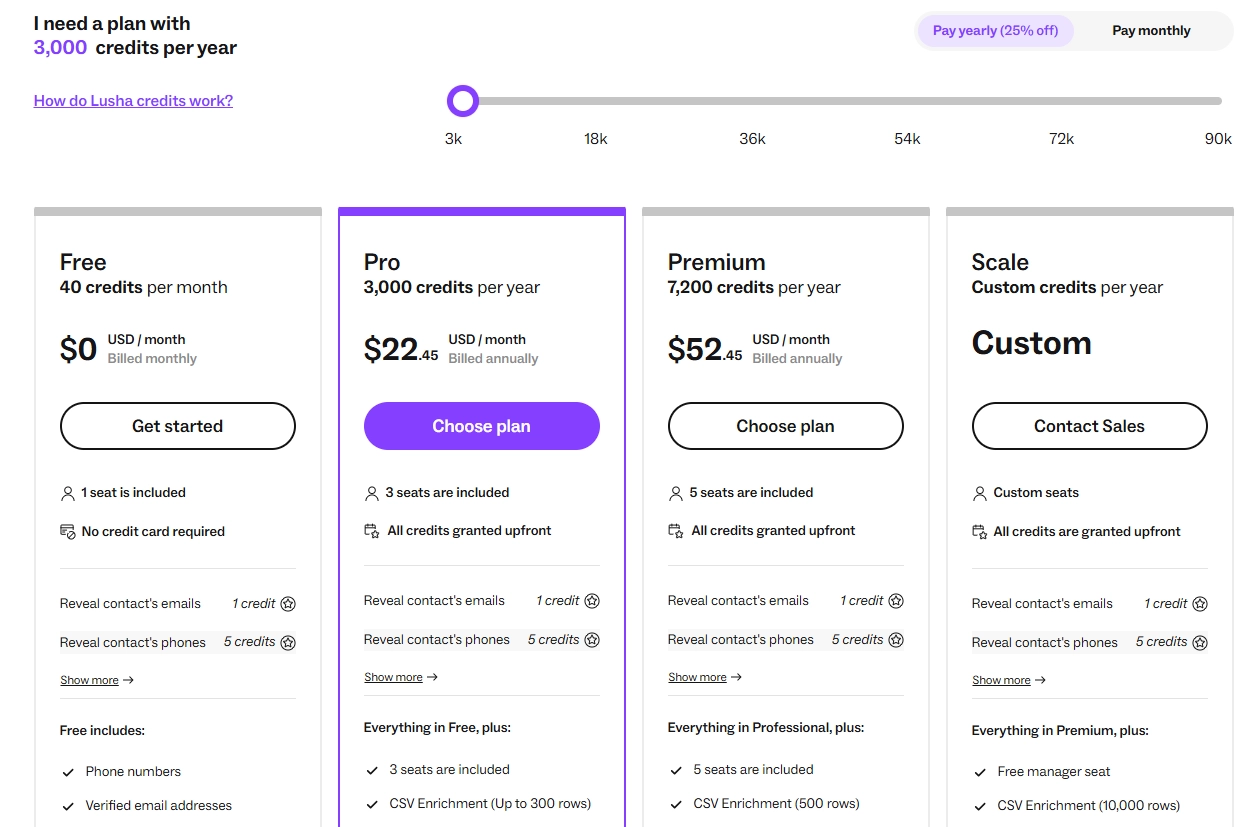
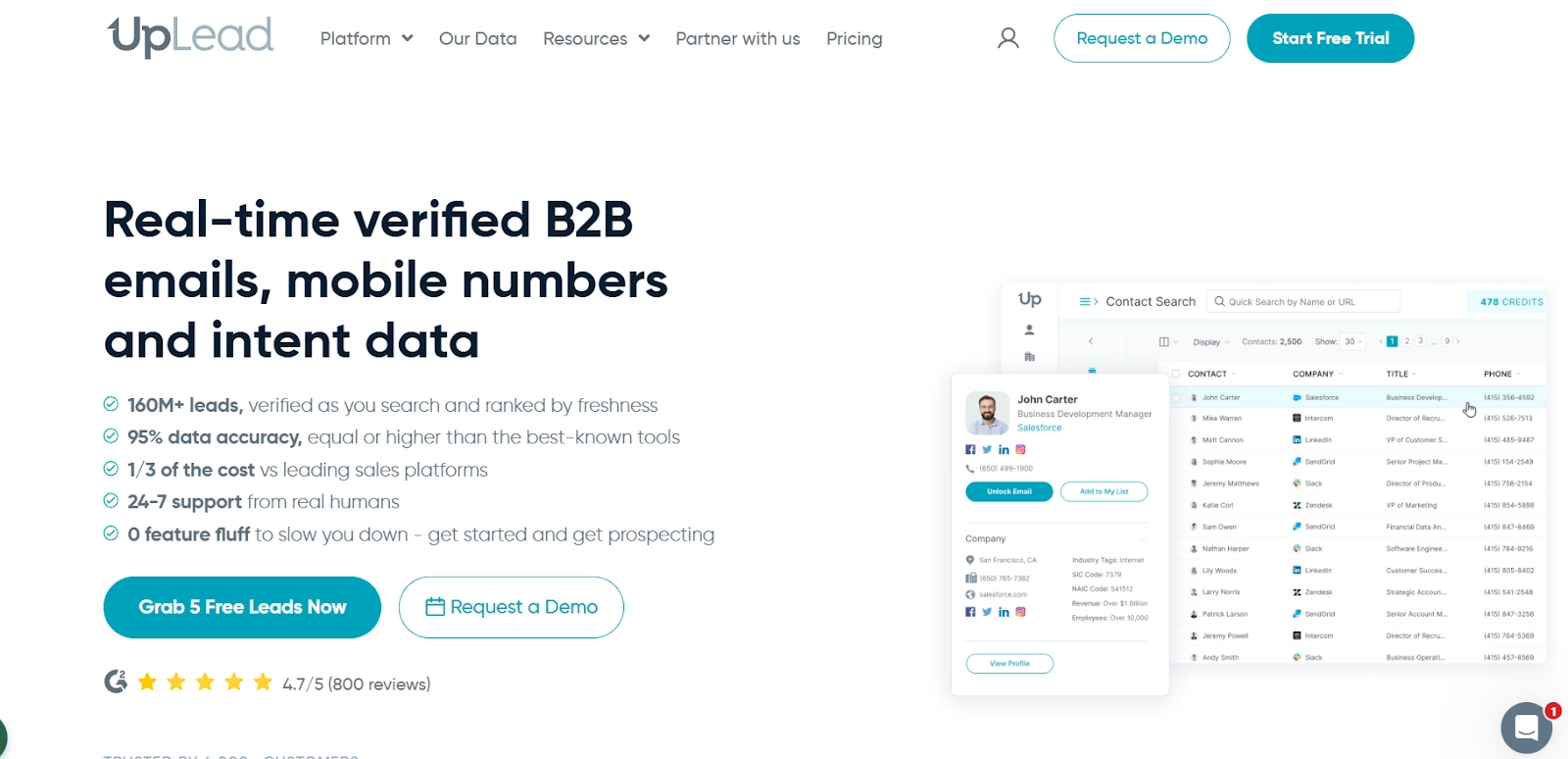
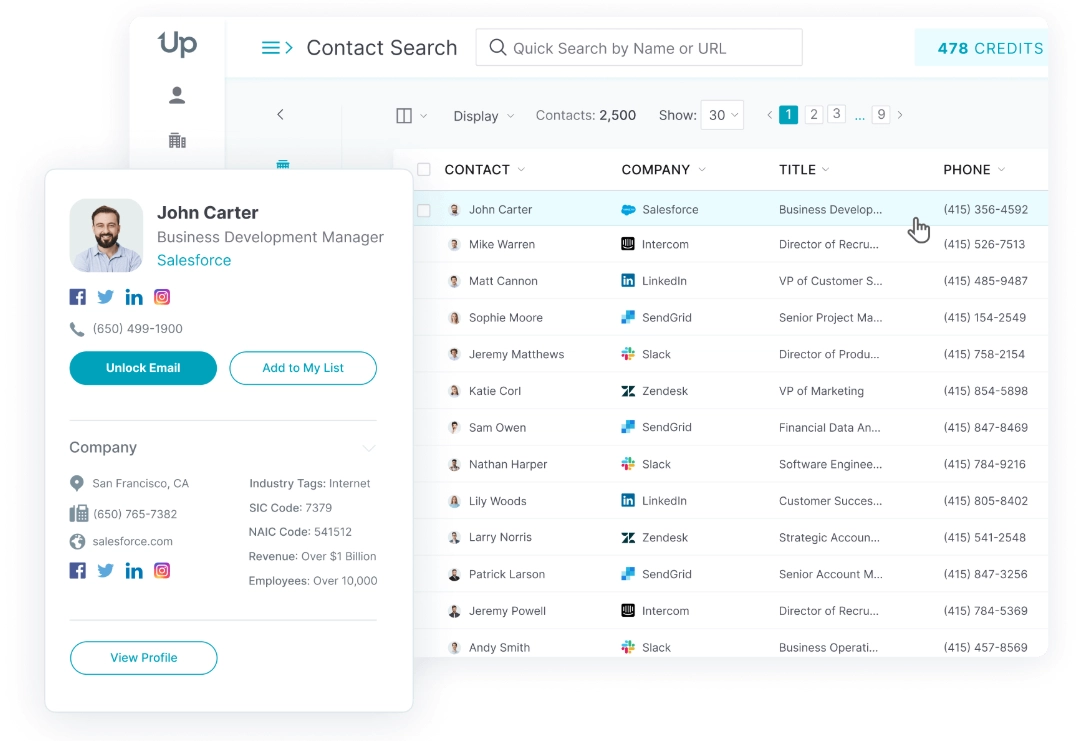

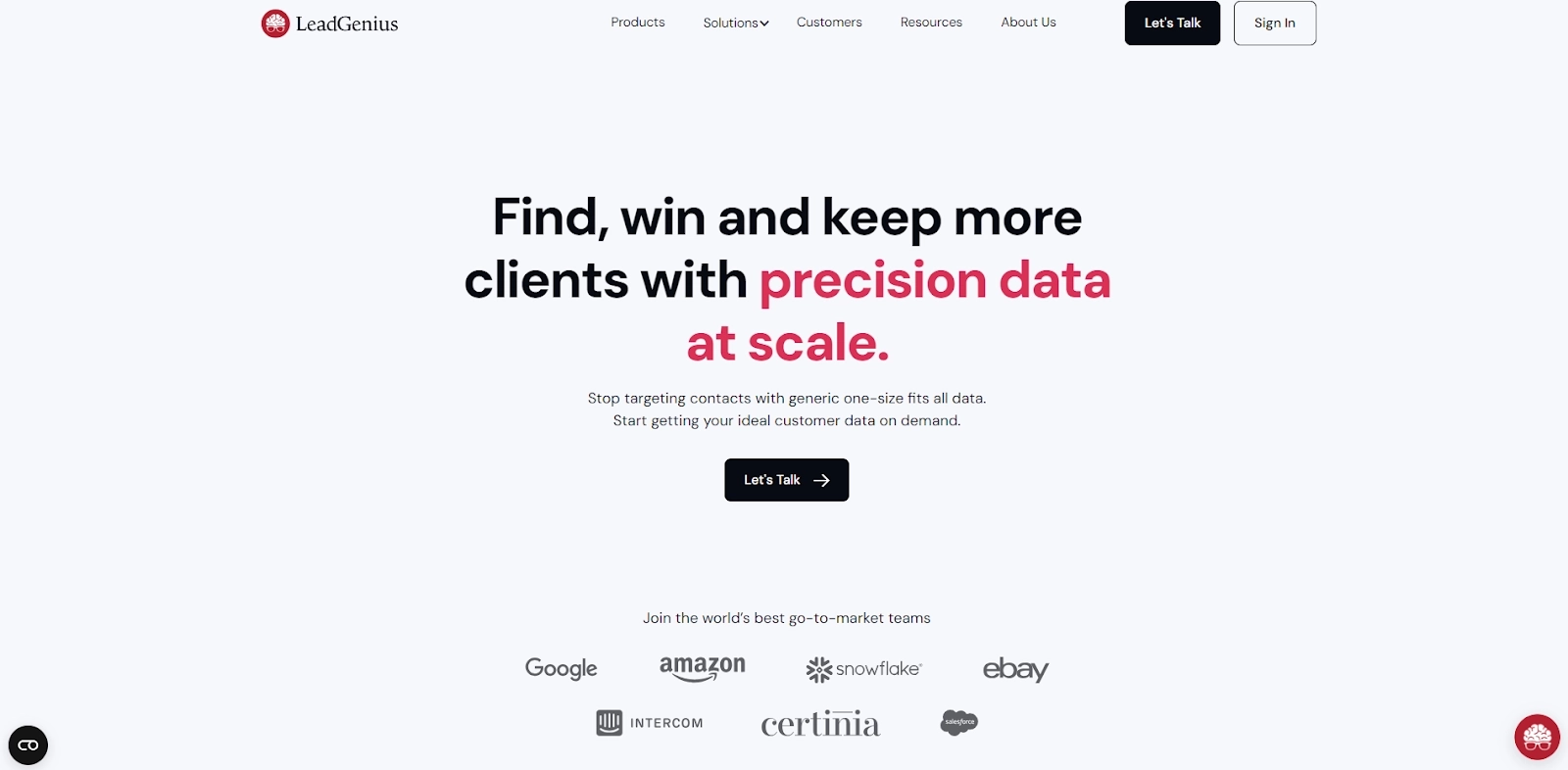


![10 Best Snov.io Alternatives & Competitors [2026]](https://cdn.prod.website-files.com/6506fc5785bd592c468835e0/6918cf68c6acbe6117e0a3d4_snov_io_alternatives.webp)
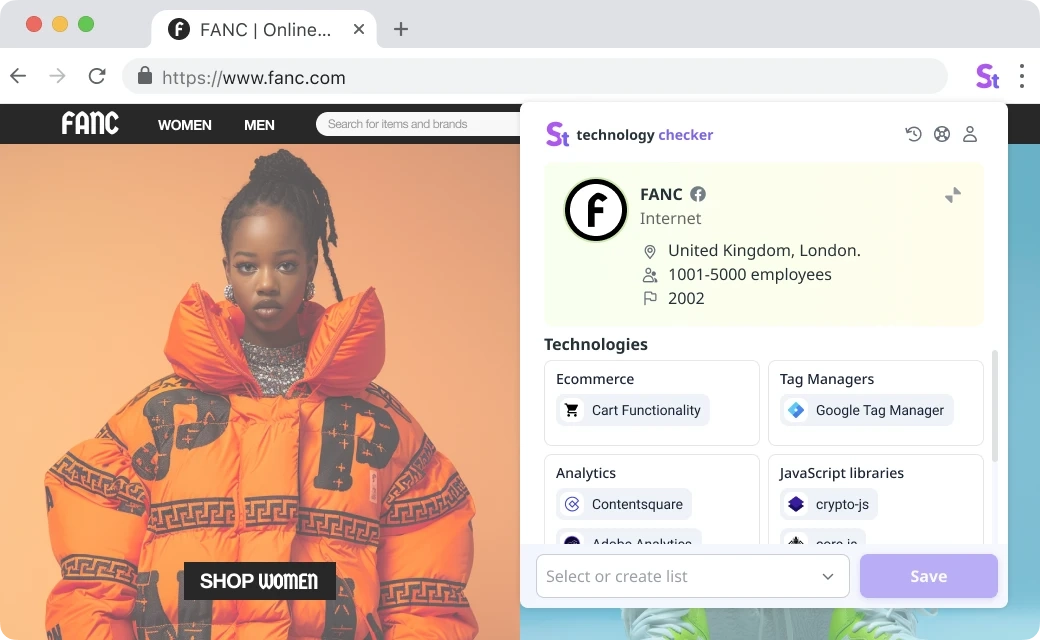
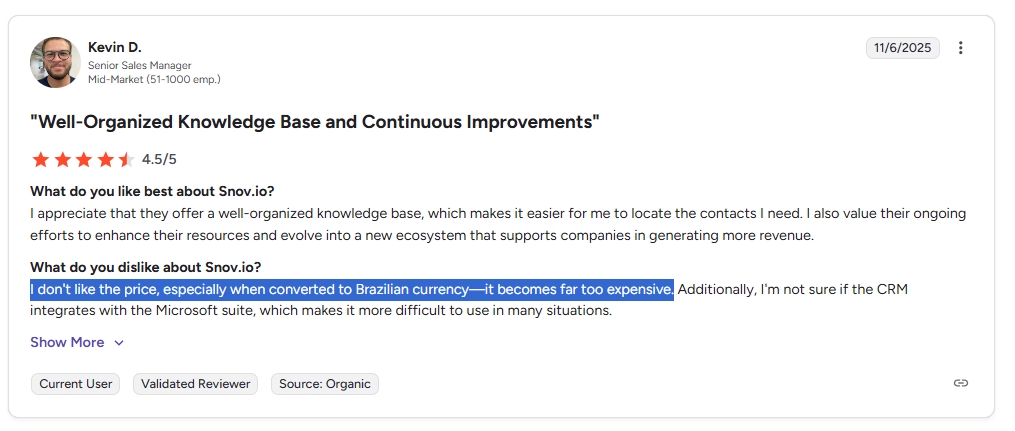
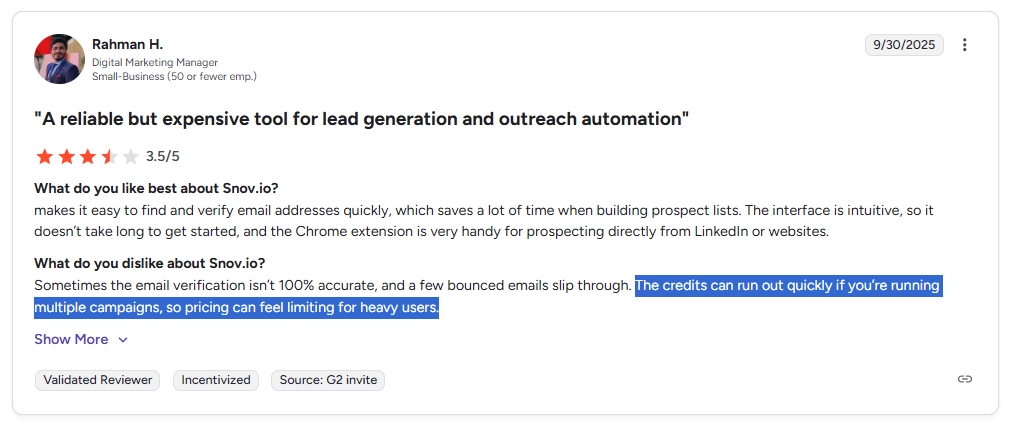
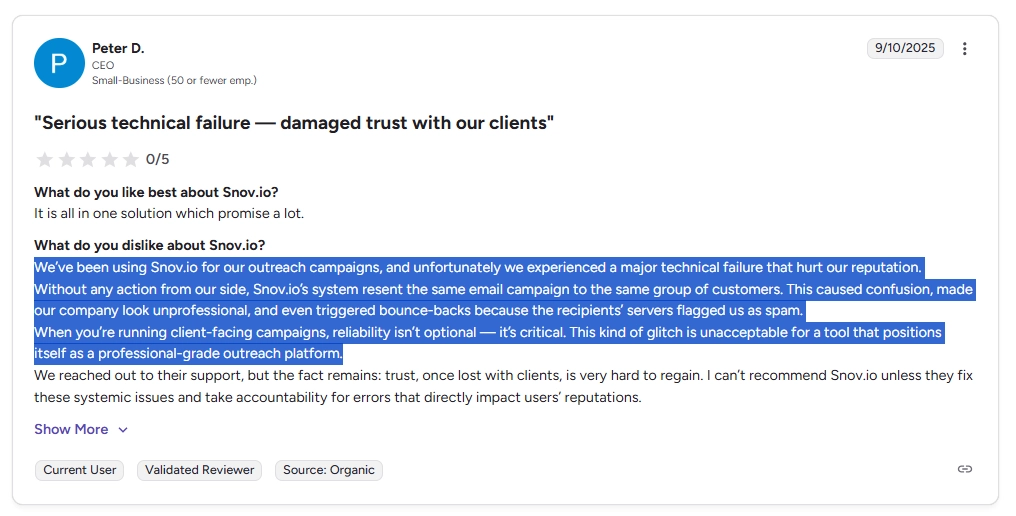
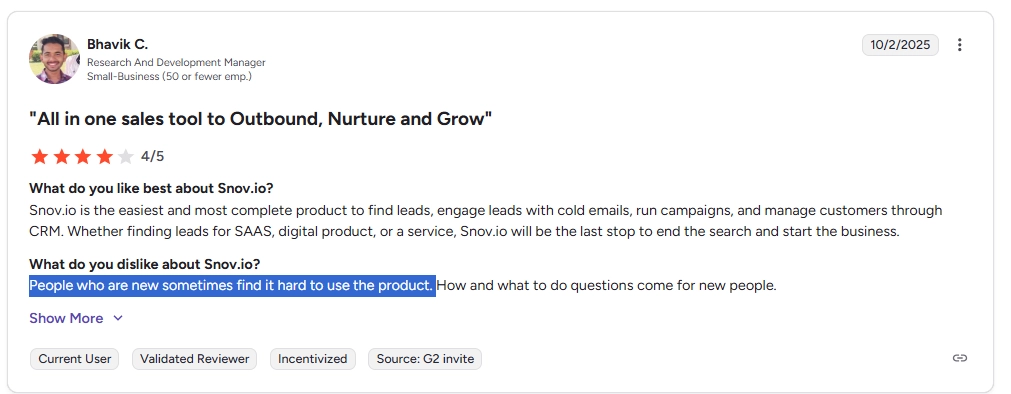



![10 Best Success AI Alternatives & Competitors [2026]](https://cdn.prod.website-files.com/6506fc5785bd592c468835e0/6918cae26f111a0f703b4aa9_success_ai_alternatives.webp)
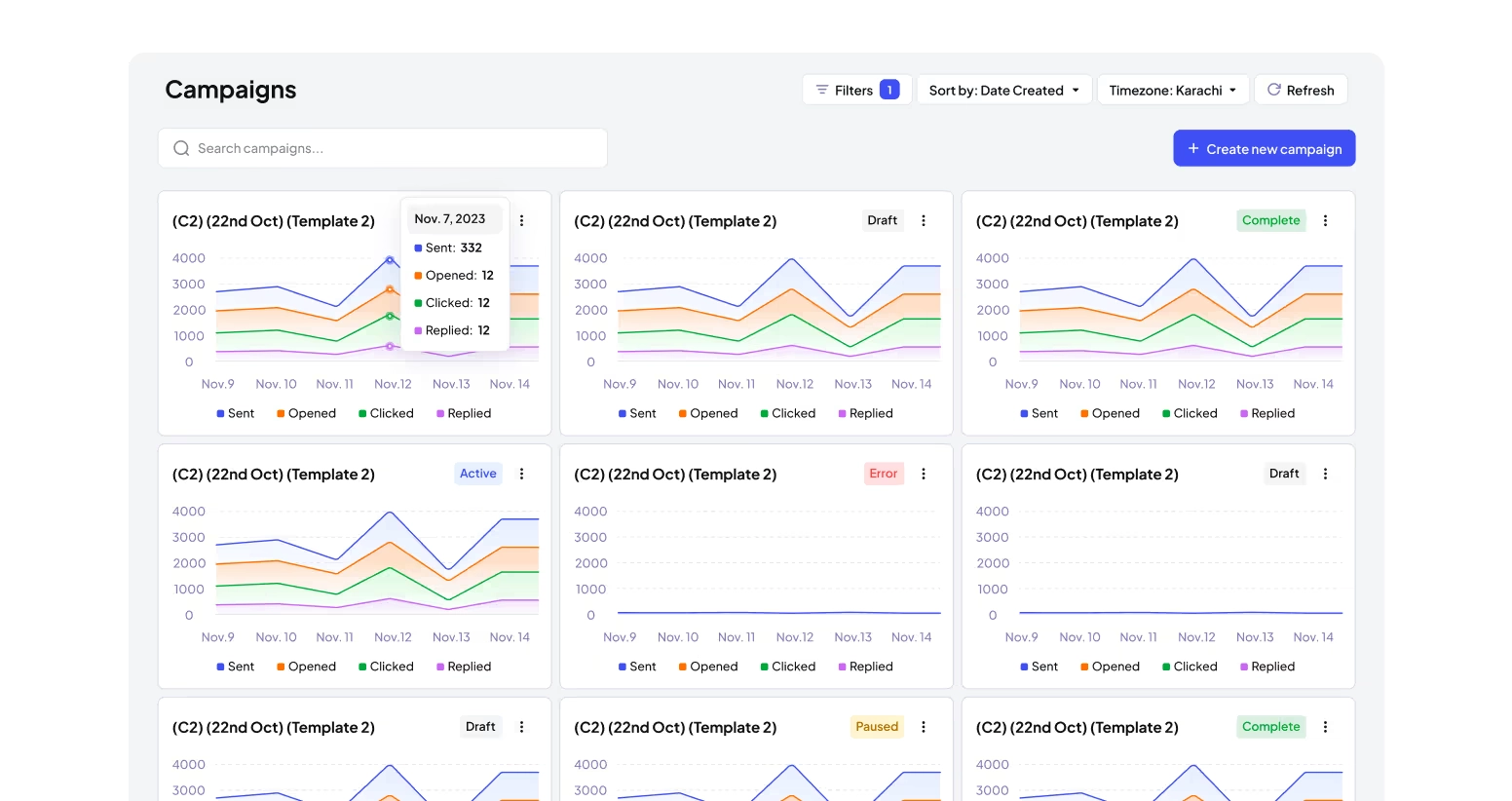
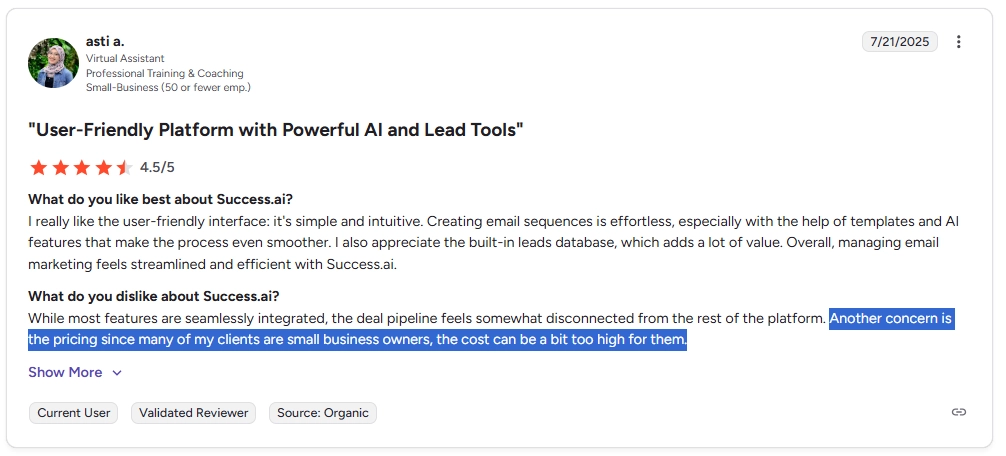

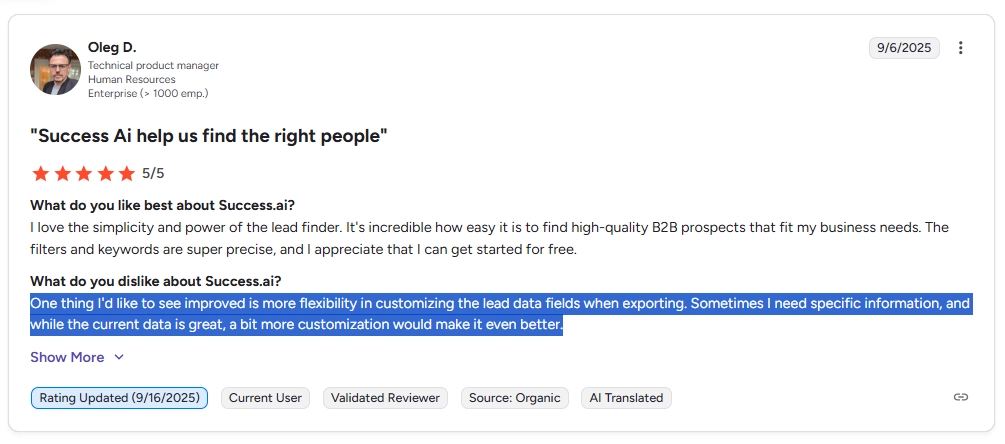
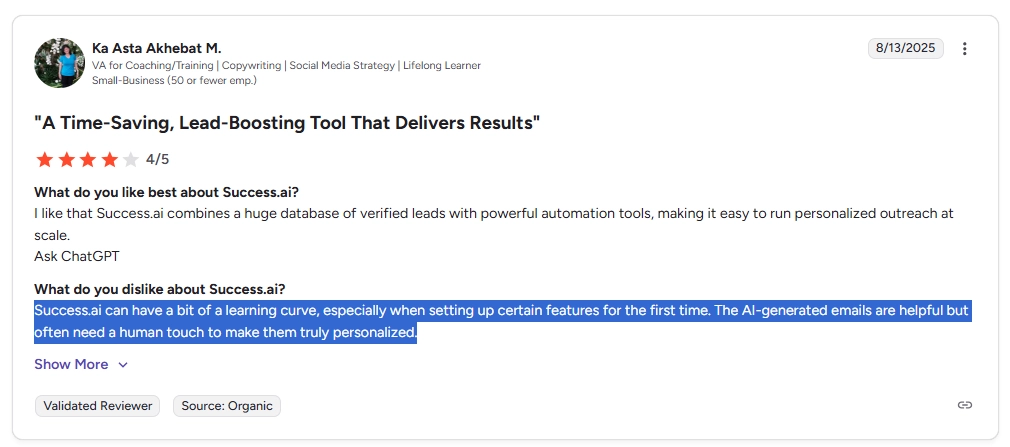



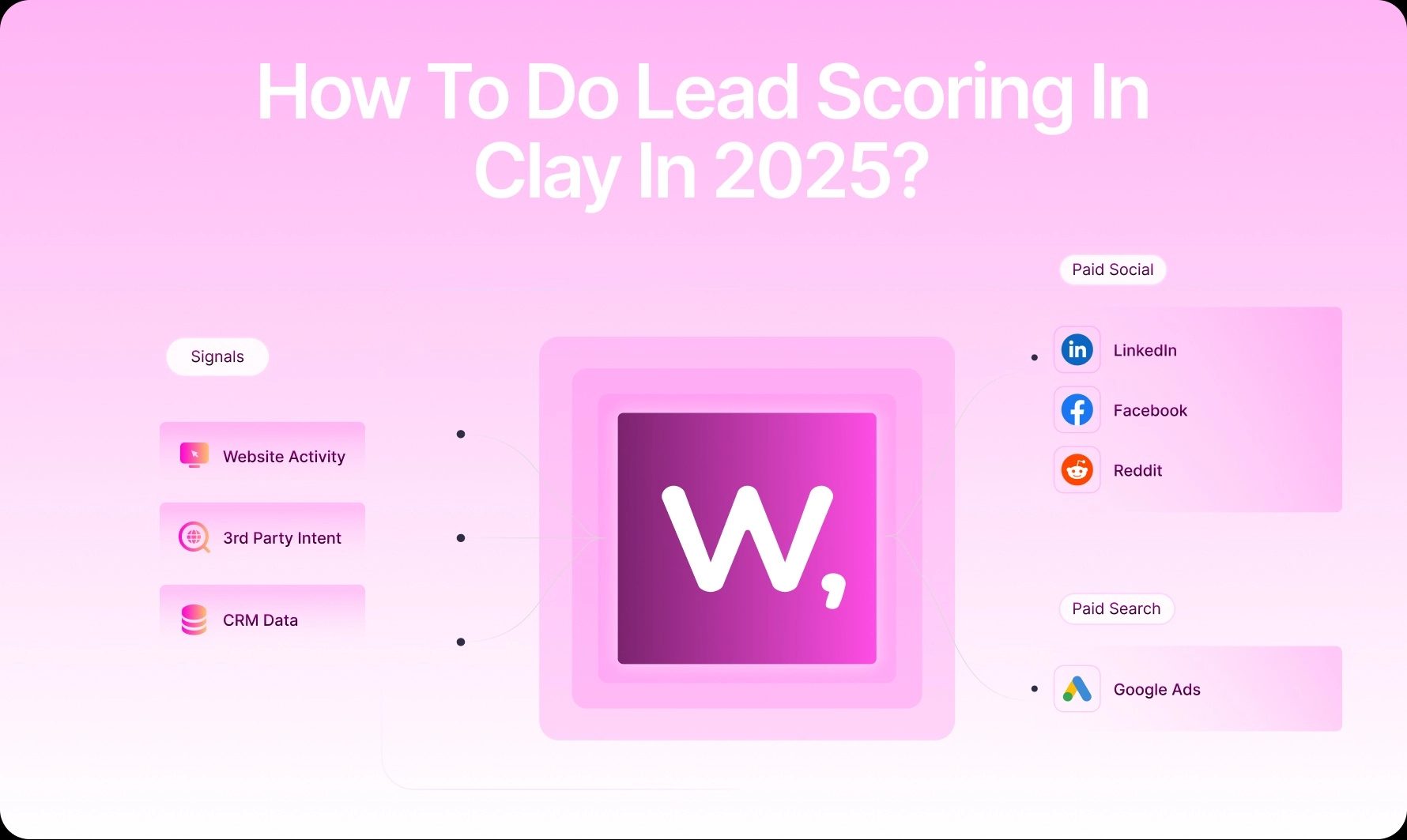
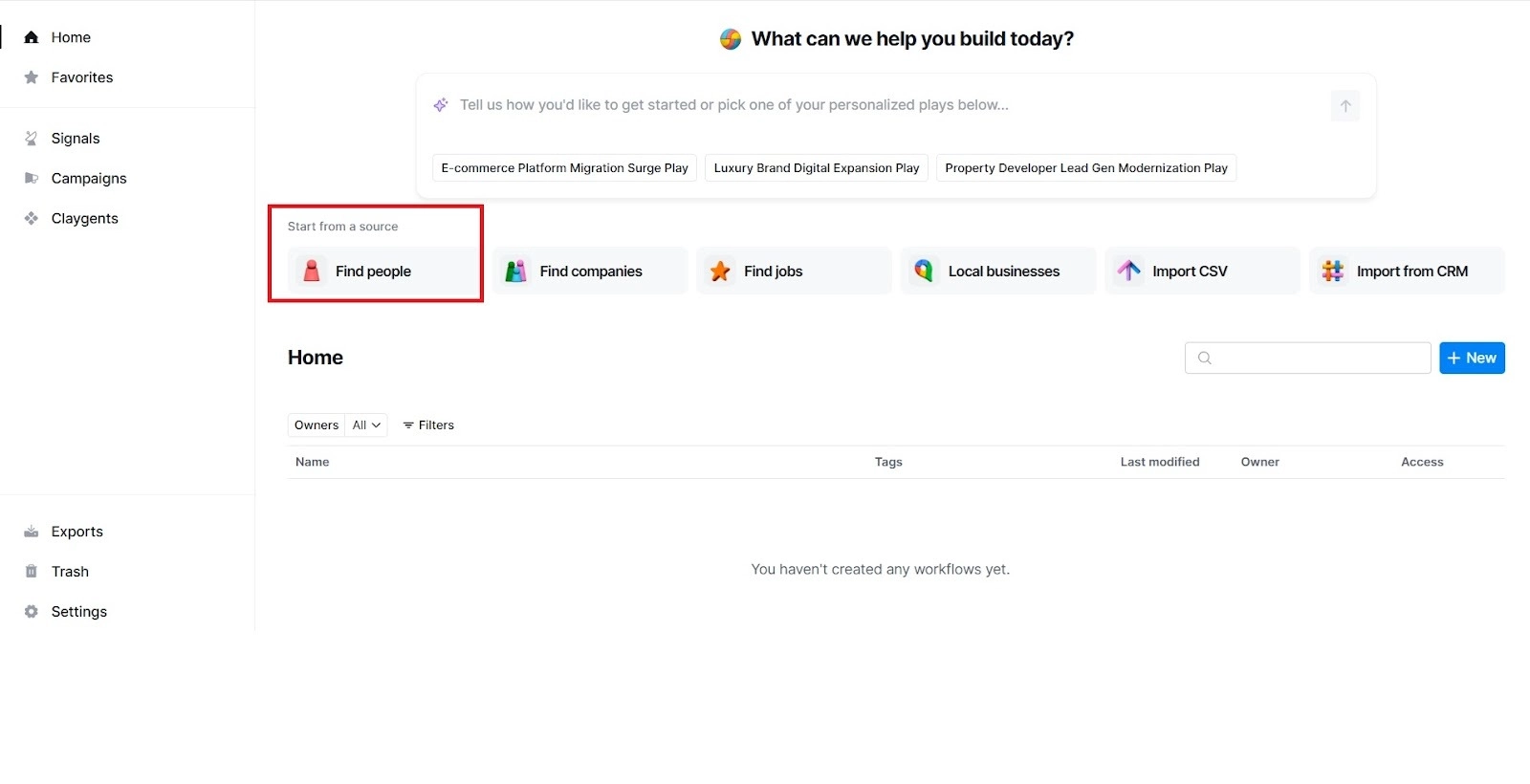

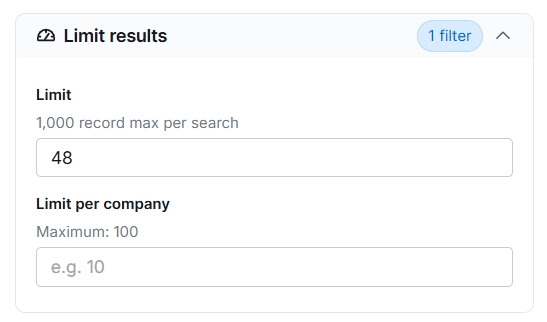
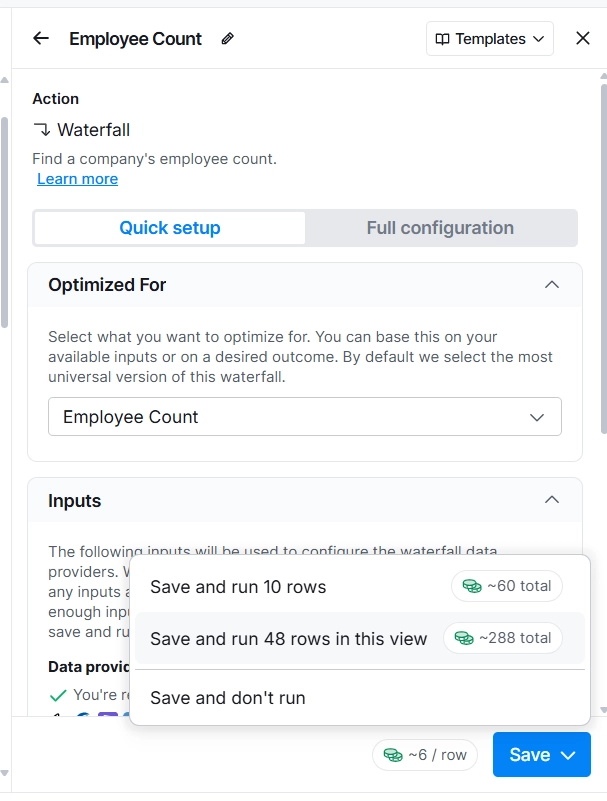
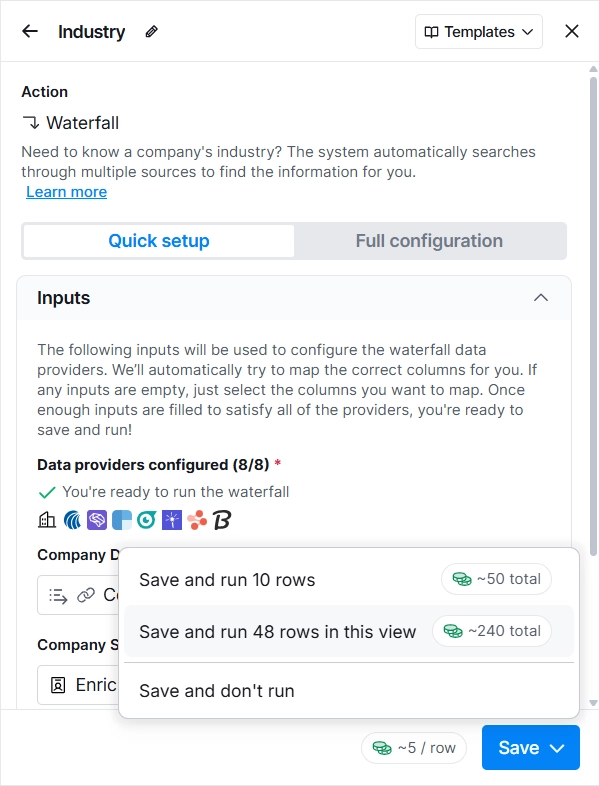
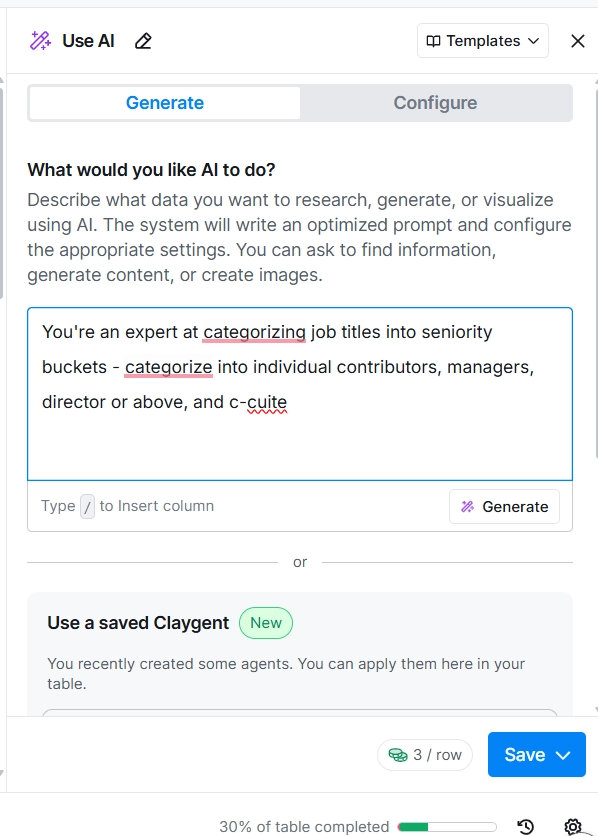
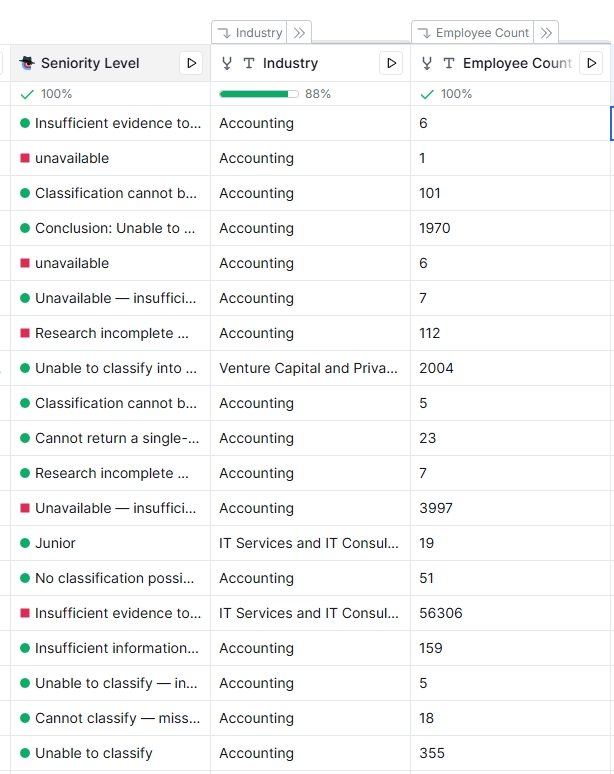
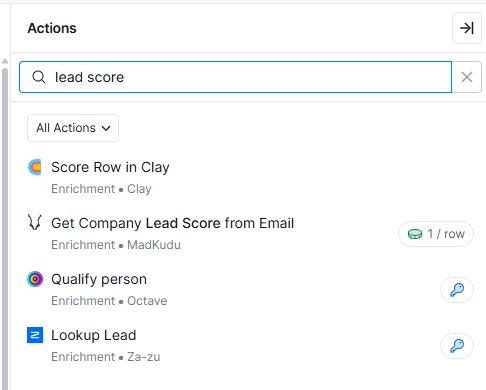
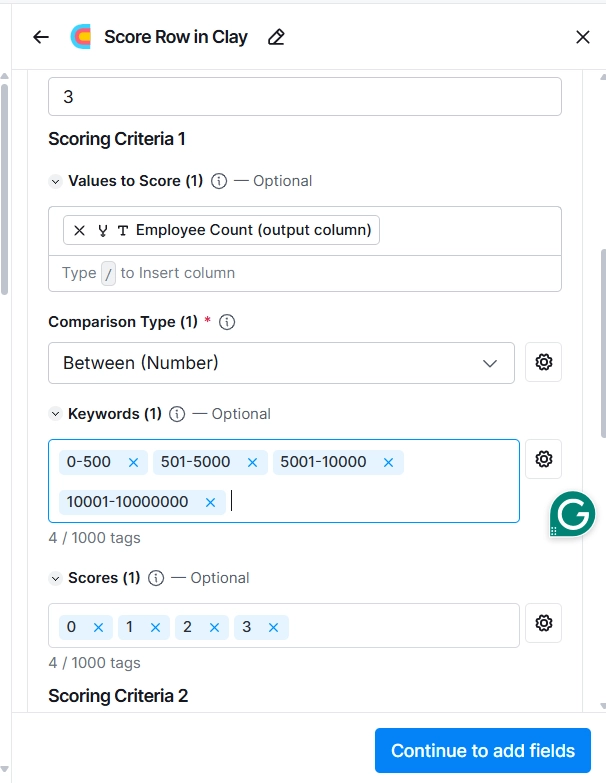
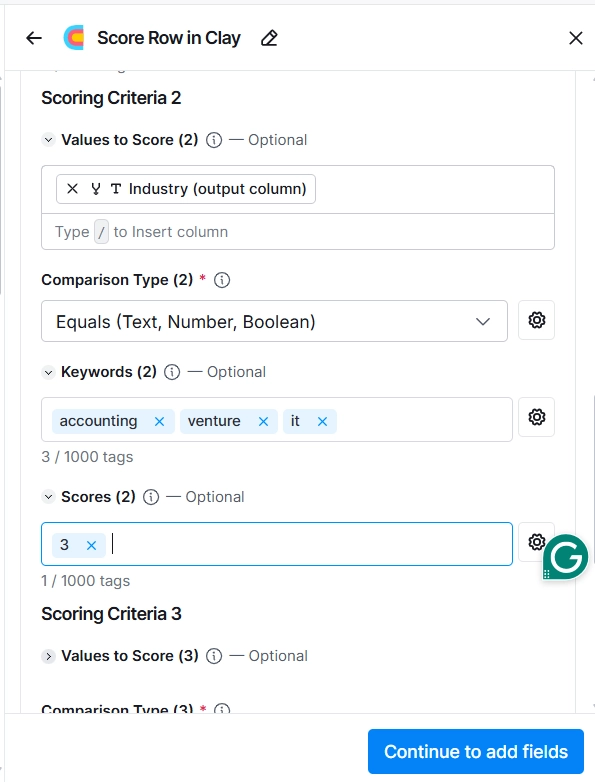
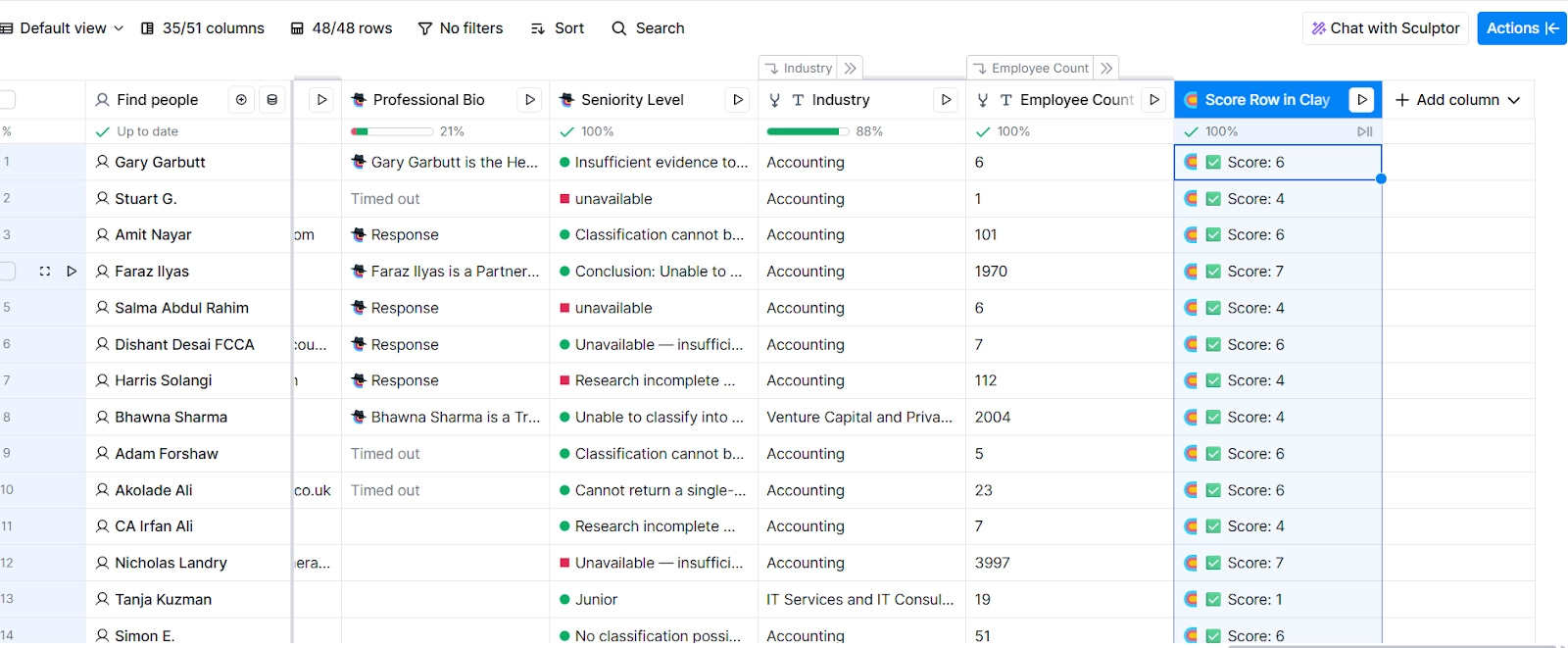
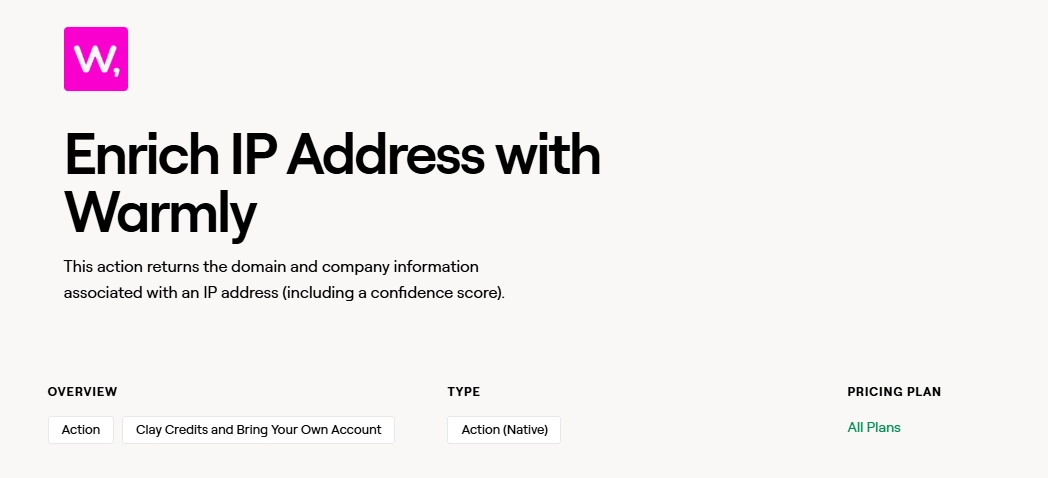
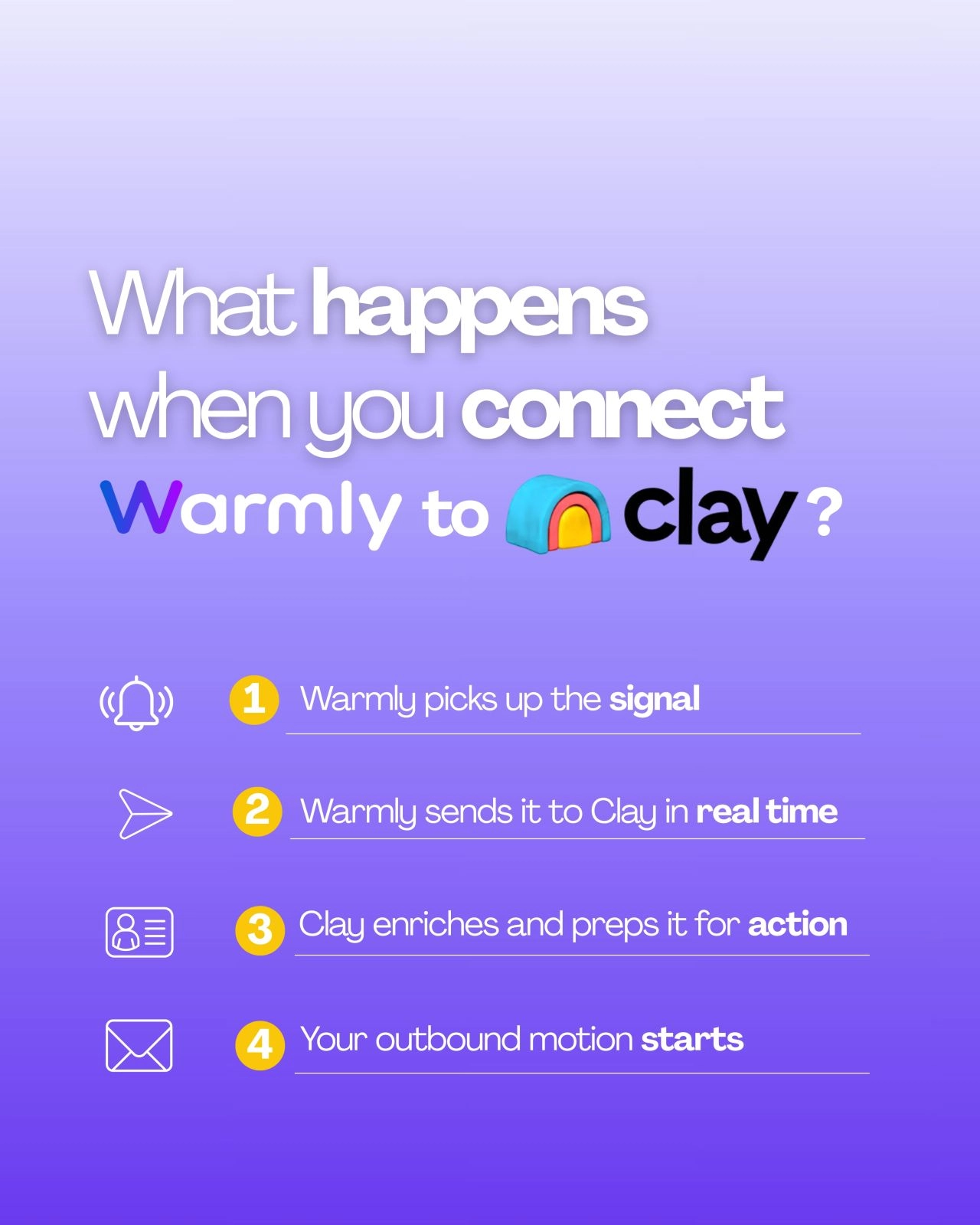
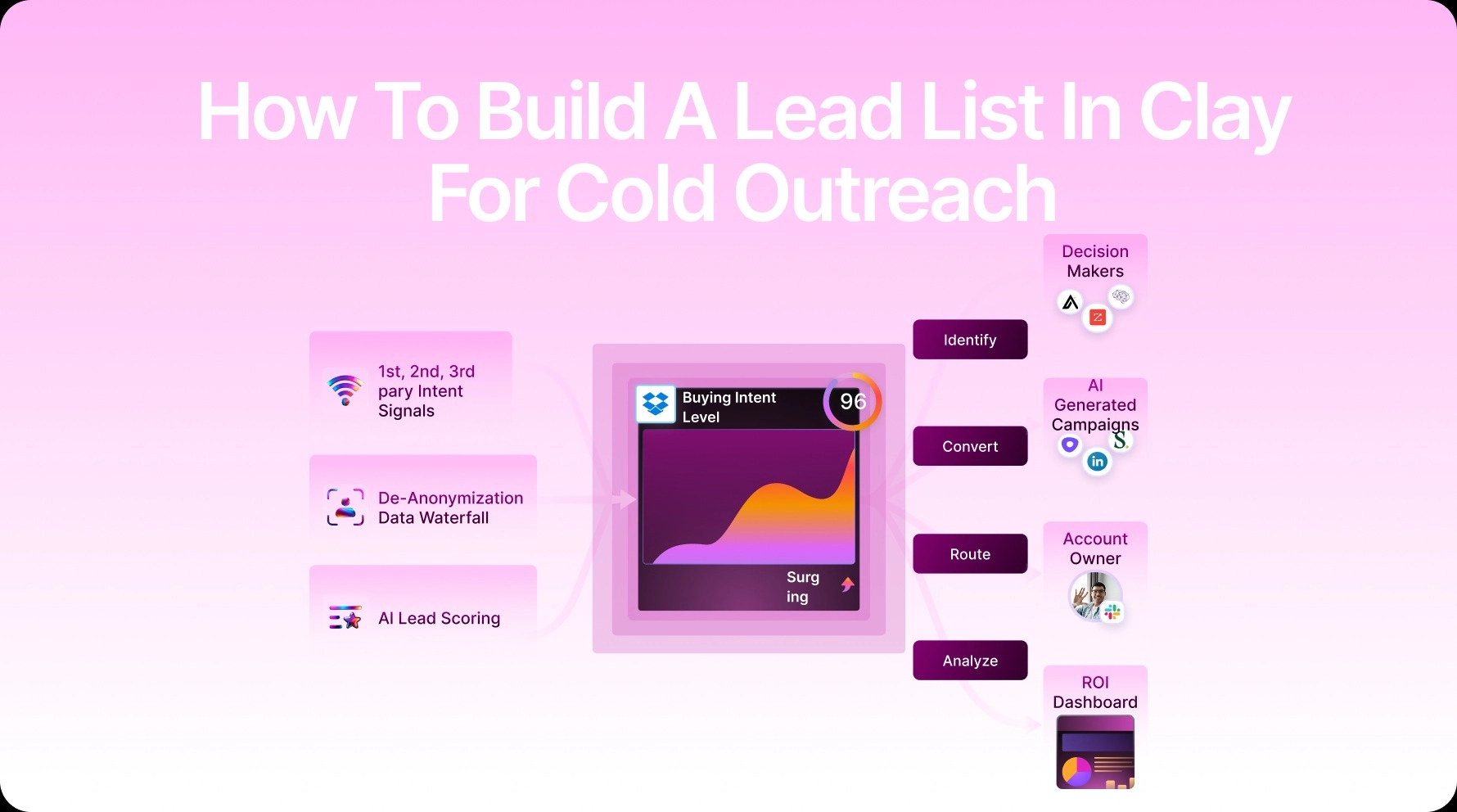
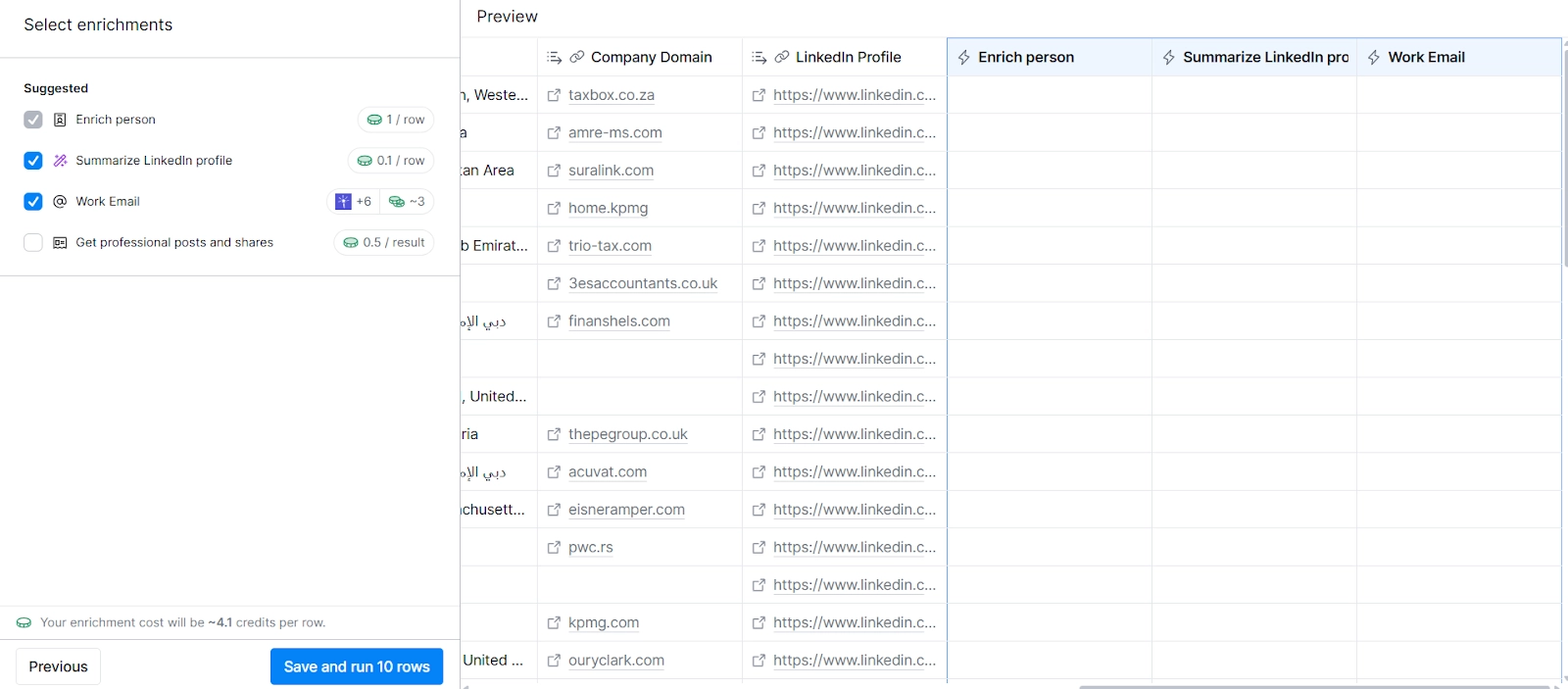


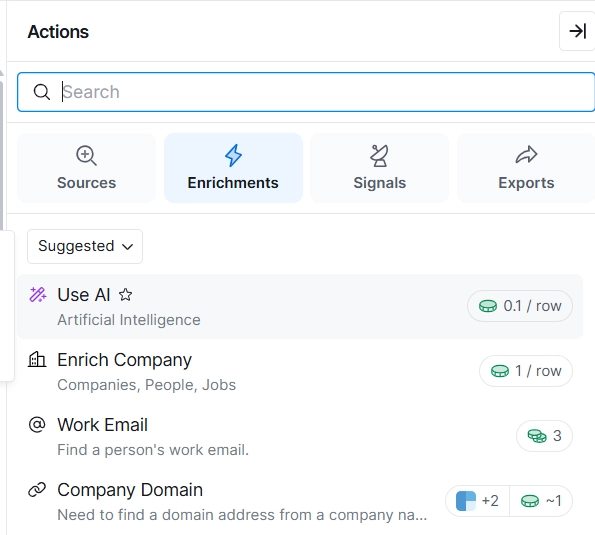
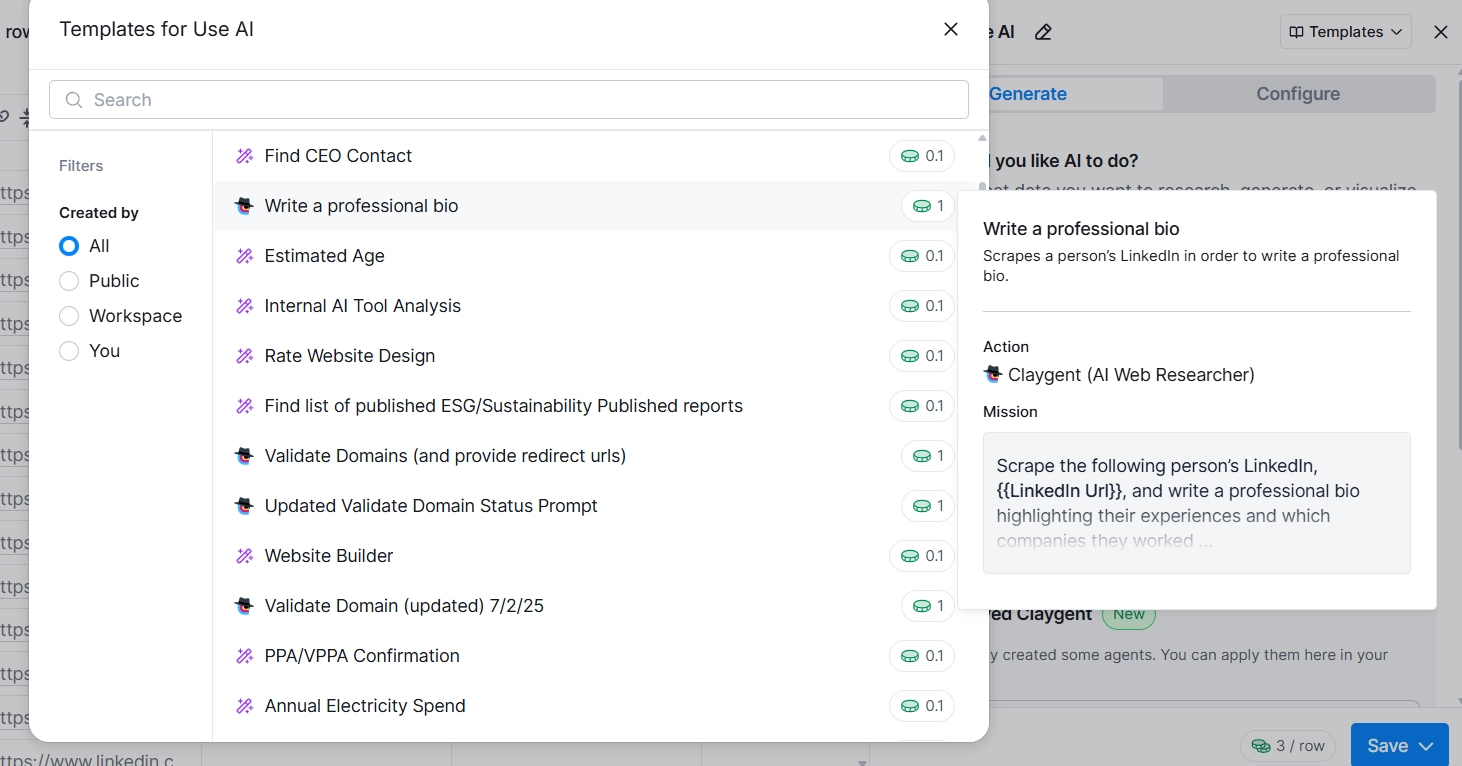



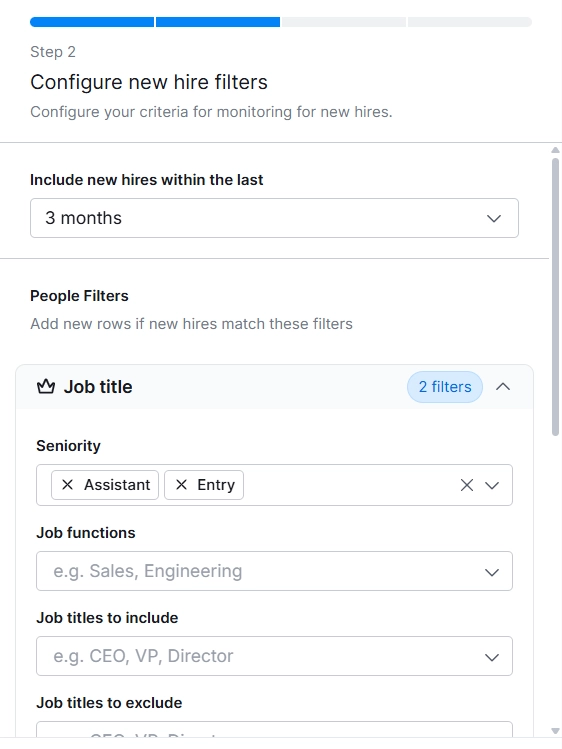
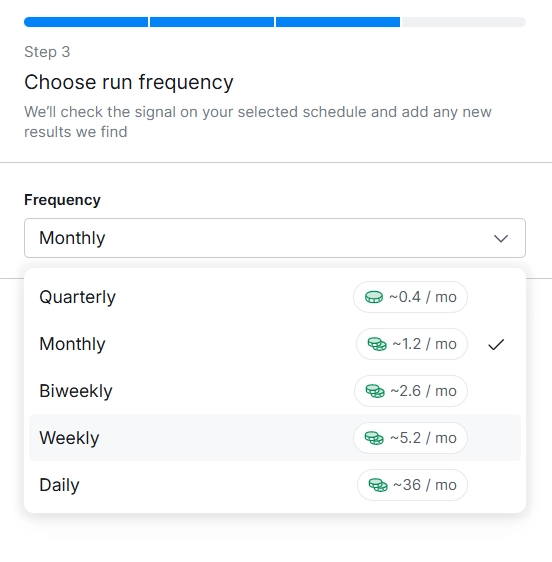
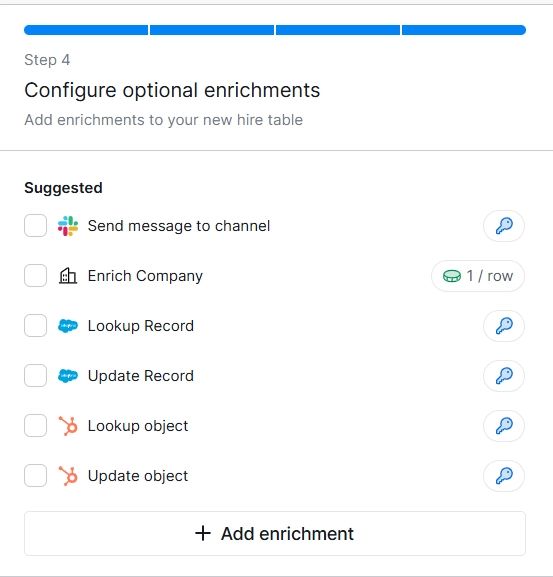
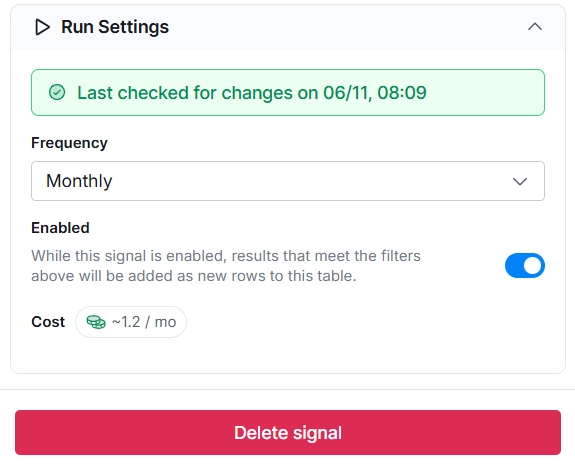
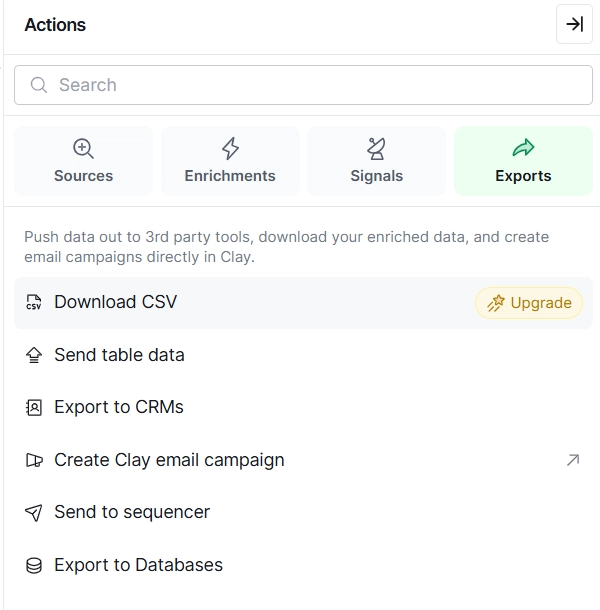
![10 Best ListKit Alternatives & Competitors for List Building [2026]](https://cdn.prod.website-files.com/6506fc5785bd592c468835e0/690dfed455c1fcd9d3bf97b2_listkit_alternatives.webp)
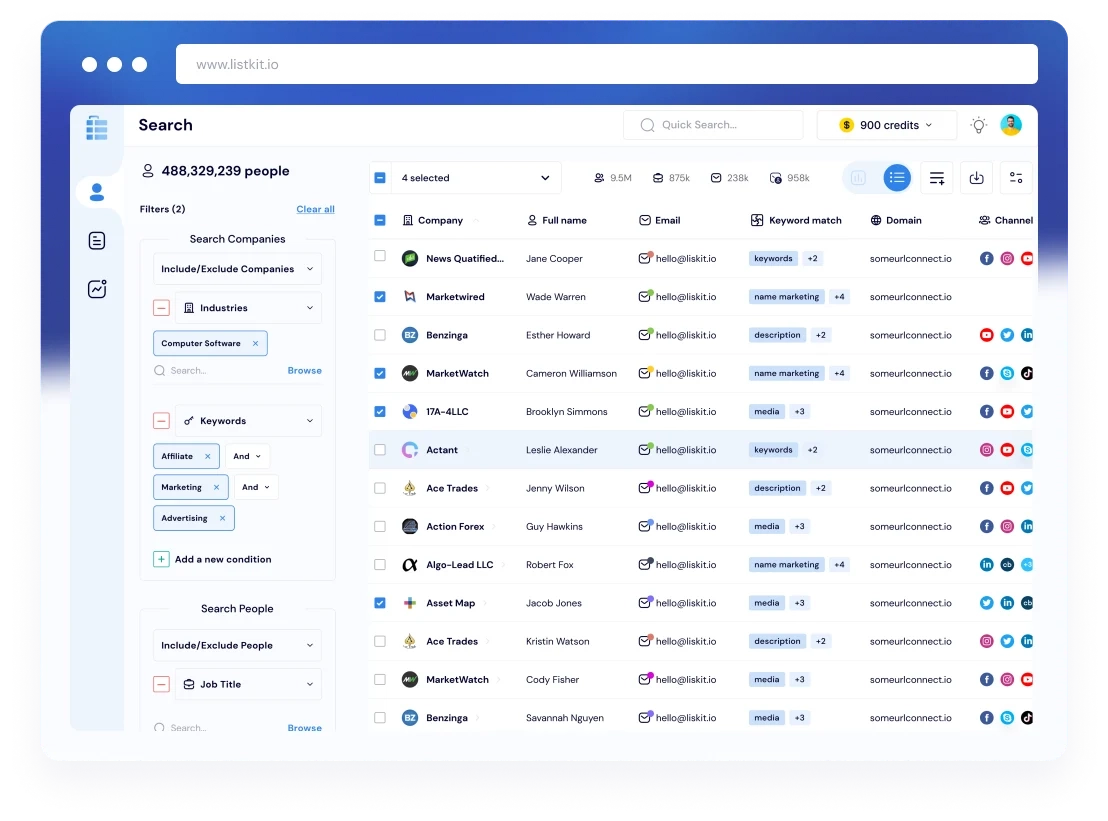
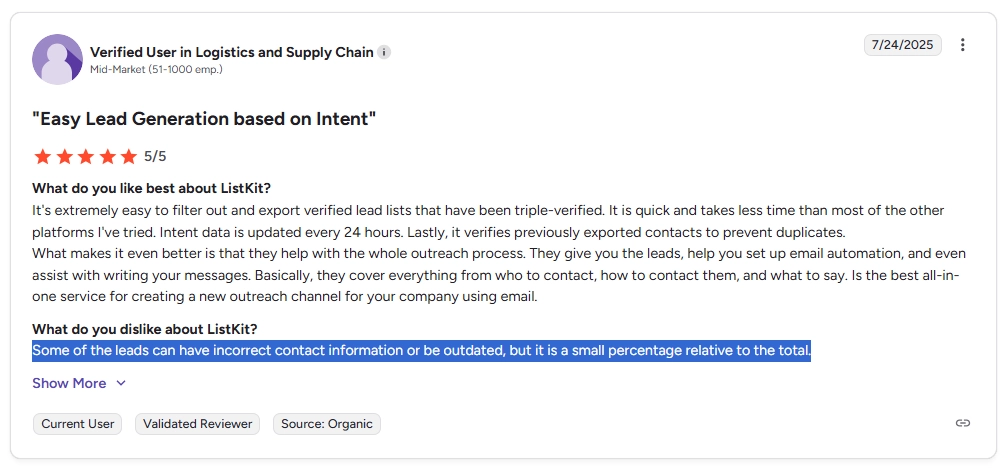
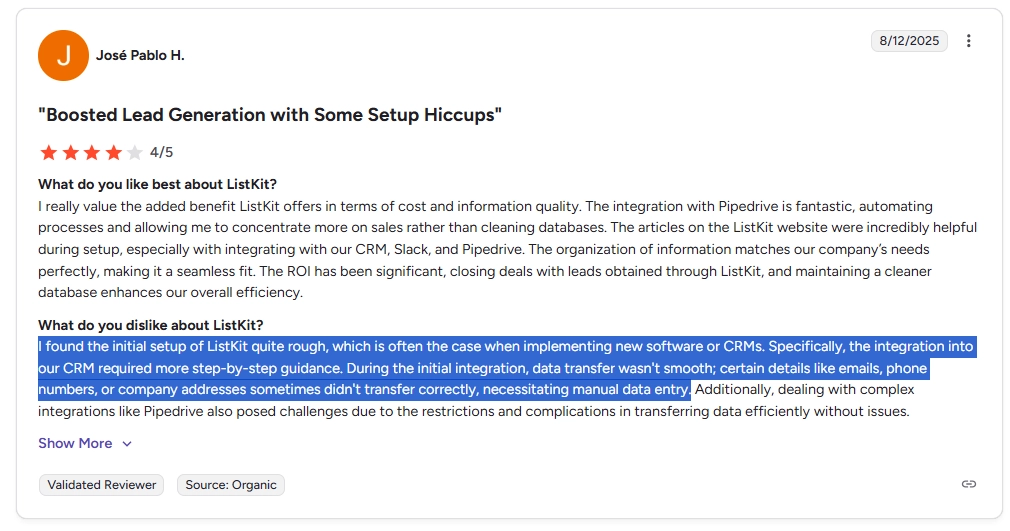
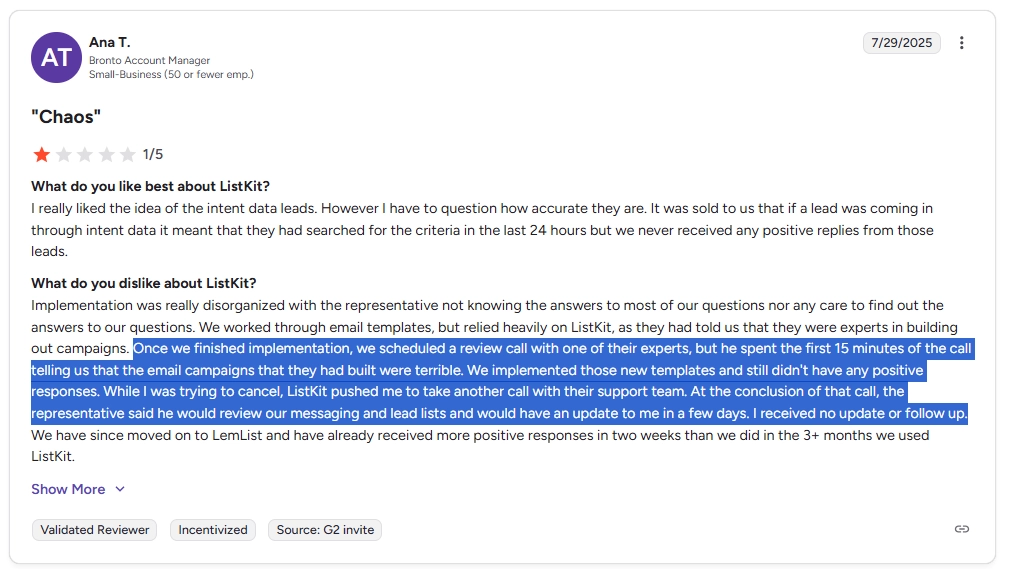
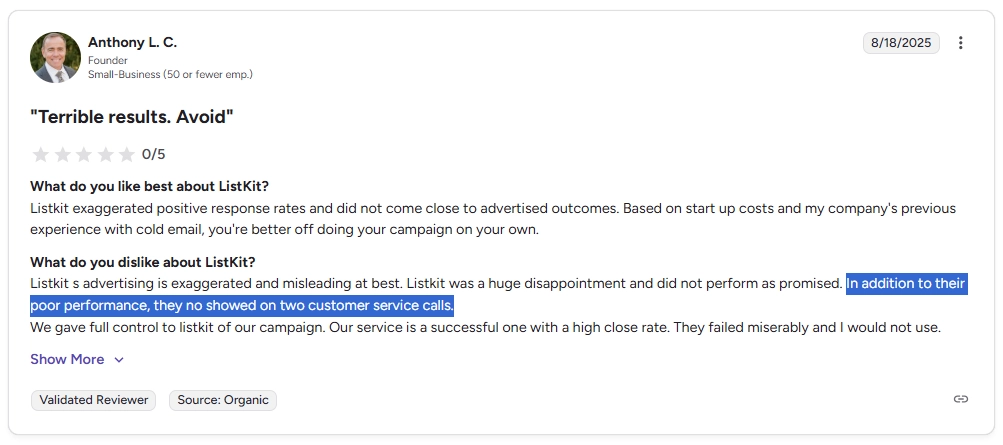
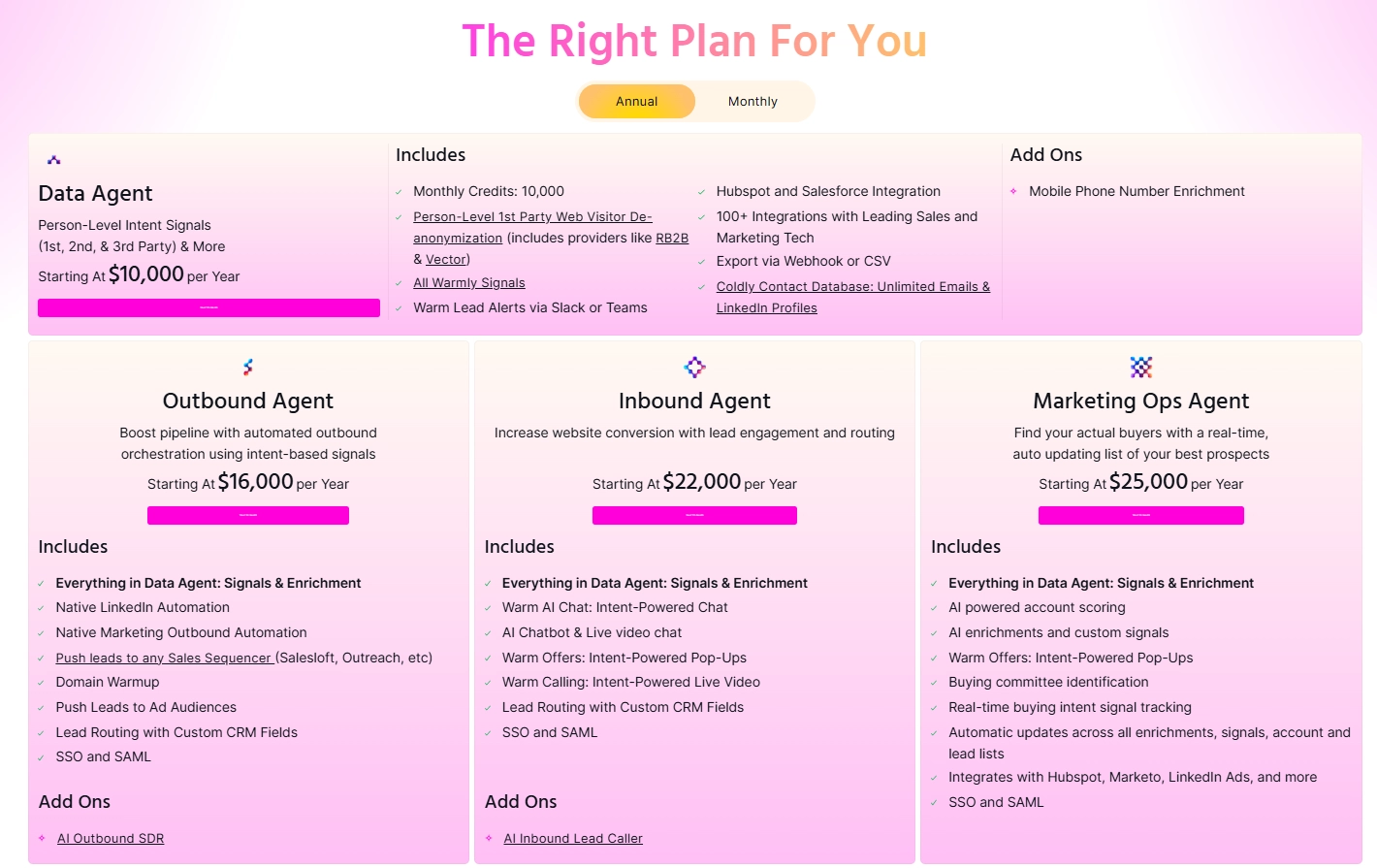
![10 Best UserMotion Alternatives & Competitors [2026]](https://cdn.prod.website-files.com/6506fc5785bd592c468835e0/690b0459892ff0fd3c6a24c0_usermotion_alternatives.webp)

